In my last night’s dream,
I settled down on the upper Ala-Too
And caught a young baarchin eagle.
When I took him hunting,
The sound of his flapping wings was heard,
Unable to withstand his wrath,
All the animals fell over in fright.
. . .
Reaching with my right hand,
I grasped the sun for myself.
Reaching with my left hand,
I caught the moon for myself.
My right hand held the sun,
My left hand held the moon,
I took the sun
And put it in place of the moon,
I took the moon
And put it in place of the sun.
Together with the sun and moon,
I flew high into the sky
This quote is from the epic poem of Kyrgyzstan, the Epic of Manas. It is the multi-generational story of Manas, the Kyrgyz hero, who unified the tribes. It is passed on by oral tradition (although there are some written versions now) and told publicly by Manasçıs, who tell the tale in a melodic chant unaccompanied by musical instruments, during festivities. It is quite fitting to this post which takes us to some of the most epic landscapes we see during our trip. It is also now on the UNESCO World Heritage List.
We visit the region around Ysyk-Köl, the second largest alpine lake in the world after Lake Titicaca in Peru-Bolivia. Ysyk-Köl means Warm Lake, as it never freezes completely during the harsh winters despite being located in a region with an extreme continental climate. This is due to the lake’s significant depth and the hot springs that feed into it. It’s been called the Pearl of Central Asia, and it is nestled in the Tian Shan Mountain range. At 182 kilometers (113 miles) long and up to 60 kilometers (37 miles) wide, Issyk Kul is the second largest saline lake after the Caspian Sea
The shores of Ysyk-Köl hold are more than 130 sacred sites. These places often blend elements of Tengriism, an ancient traditional belief system that centers reverence for nature, with Islamic spirituality introduced to the region between the eighth and 12th centuries. Ysyk-Köl and the sacred places in the area also play a central role in “kyrgyzchylyk,” or Kyrgyz traditional knowledge, which incorporates these spiritual elements into national identity.
It was an important stop along the ancient Silk Road trading route and has ruins from cities that once stood along its shores.
On one side, the highest peak, Jengish Chokusu culiminates at 7439 meters (24,406ft). In fact anywhere you look around the lake, you can see mountains, with snow and glaciers at the top. It’s a bit the adventure destination of Kyrgyzstan, reminiscent of Colorado or the Alps, but the infrastructure is not very developed so it definitely feels more wild. During the winter it is possible to ski with a few resorts, and during the summer there are endless possibilities of hiking, climbing, mountaineering, horse riding or just strolling.
We will be staying in yurts, driving up mountain passes up to 4000 meters (13,000 feet), seeing red canyons, and snow in the same day, visiting a nice mountain town, riding horses in remote gorges and staying in more yurts.
Our itinerary
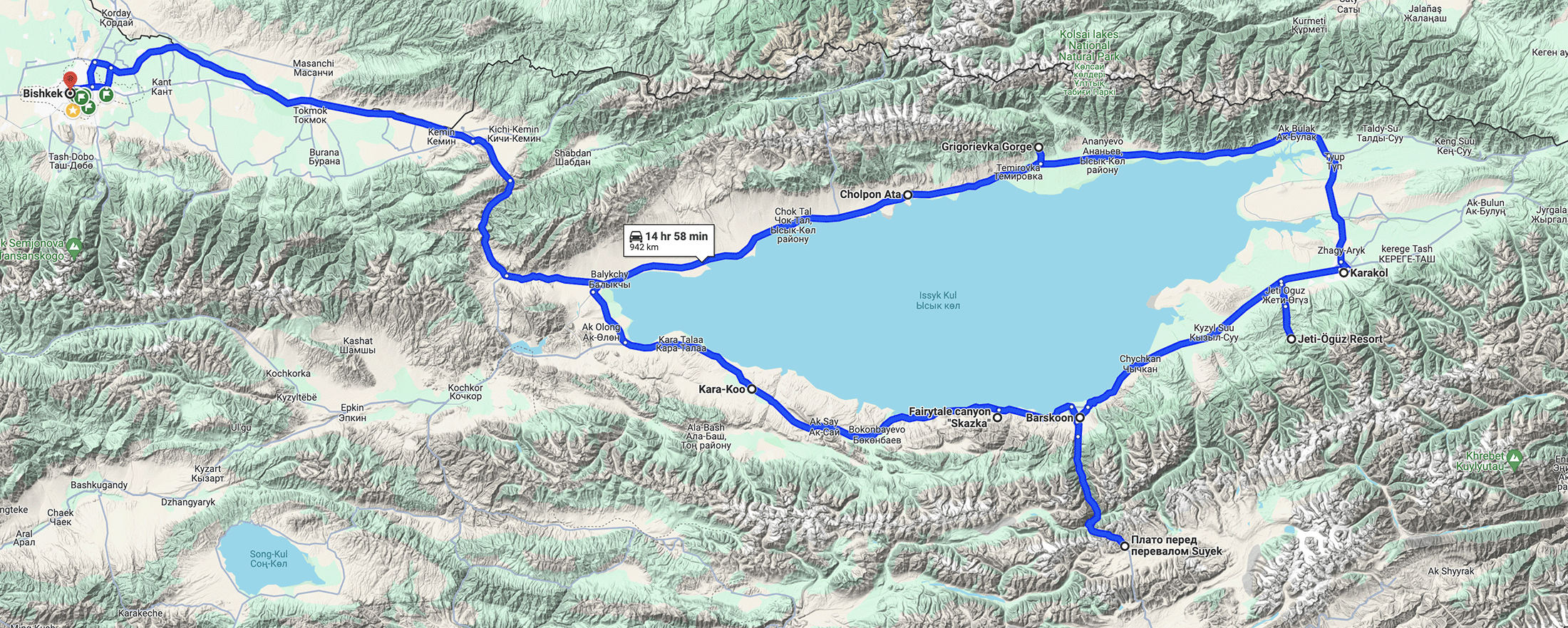
Bökönbaev
We drive to the south of the lake, which is the wild side. We pass through small villages which each have different specialities. For instance the village of Kyzyl-Tuu is a bit the Yurt making capital of the country, with each family making them.
Our first stop is near Bökönbaev. We stay in a little yurt camp next to the lake. After settling down, we go for a swim. The water is refreshing but not cold either.
The next morning, we meet with a traditional Eagle Hunter who takes us in the hills for a demonstration. He explains all about his activity, that has been also is father, grandfather, great grandfather’s trade. He raises a Golden eagle and gets its help to go hunting. He also gives us a demo of Kyrgyz archery, and has a traditional dog that helps also for hunting.
Nearby Abandoned Mine and meeting some Kyrgyz Youtubers
We hear about an abandoned facility on the outskirts of the city, that was part of a mining activity during the Soviet Union. We decide to go explore. As we are trying to find facilities, we run into two Kyrgyz content creators. They ask us if they can interview us for their Youtube channel about History and interesting places in Central Asia.
Skazka Canyon
The weather clears up when we reach the Skazka Canyon also known as the Fairy Tale Canyon. Formed as a result of thousands of years of ice, water and wind erosion, this magnificent desert-like landscape has transformed into an array of sculptures and formations, where red spires of rock rise out of the earth and into the sky. It truly is a fairy tale.
According to a legend, a beautiful woman lived in one of the cities around Issyk Kul. She was so beautiful that a dragon fell in love with her, and he cursed the valley with rage when she rejected him. The curse meant that Issyk Kul valley would flooded on every full moon until the woman changed her mind and agreed to marry the dragon.
The local people took turns covering the wells with golden lids to prevent the valley from flooding. This worked, until one day, the woman herself forgot to cover the wells, and Issyk Kul flooded, transforming into the lake you see today. When the dragon saw the lake, he was apparently so shocked that he turned to rock, and this rock is what makes up the canyon.
Barskoon Pass
After the Canyon we decide to drive up to the Alpine area. After a nice lunch, we take a bumpy road that turns into a dirt road to the Barksoon Pass. The road itself goes to a Gold Mine far away in the Kyrgyz Tian Shan Mountains. We won’t go that far, but we do go from about 1800m to 4000m in only half an hour. The road itself has so many switchbacks and we see large trucks coming down the mountain at pretty high speed.
We reach the Arabel Plateau. To say that the landscape we reach is quite breathtaking is an understatement. We can see sheperds in the distance, and a few rare yurts. The mountains surrounding the plateau are covered in glaciers. The alpine lakes look beautiful in the changing weather. We arrive in sunshine and we leave in snow.
Karakol Ski Resort
After getting to Karakol, a nice little mountain city, which is a bit the adventure capital of Kyrgyzstan, in winter and summer, we decide to go hike the nearby Ski resort and to see the view from the top.
We reach the station. The hike is quite steep as you would expect. The views from the top are pretty amazing and you can see the Lake very clearly.
Karakol
We explore the town of Karakol, visiting the Dungan mosque and the Orthodox Holy Trinity Cathedral. The Orthodox church was built around 1895 when there was a Cossack garrison based here.
The mosque we visit is for Dungan people which are an ethnic minority very present in this area. They are originally from the Xinjiang Province and are also sometims called Hui. They fled China during the 19th century and settled in various parts of Central Asia. For lunch, we go eat traditional Dungan food, Ashlan-Fu: This spicy, cold soup plays with texture and taste by using two kinds of noodles — thick rice noodles and thinner wheat noodles — mixed with a vinegar chili sauce and topped with a heaping spoonful of chopped herbs.
Jeti-Ögüz
For the sunset, we go see another geological point of interest, Jeti-Ögüz. The area is filled with really impressive red rocks. Some of the rocks are shaped like hearts, dragons and bulls. The views are quite impressive.
After this visit, we end the day at local hot springs (not pictured here).
Grigorevka Gorge
Next stop on our trip, is to visit the Grigorevka Gorge on the North side of the Lake at the foot of the Küngöy Ala-Too mountain range. We have to go completely offroad to reach it and this is where the all-wheel-drive car comes in handy. We reach a beautiful valley, covered in yurts, shepperds and horses. We go horseback riding with some locals. We have a delicious lunch made with fresh trout and various Kyrgyz specialities. They also serve us kumis, the fermented mare’s milk which is supposed to be have many health benefits.
Aitmatov Museum of Cholpon Ata
On the way back, we stop in the town of Cholpon-Ata and visit Rukh Ordo. This cultural museum is quite interesting as it is quite unconventional. It is a “Spirit Center” which contains 10 “mini-museums”:
- the «Aitmatov’s museum house», about Chinghiz Aitmatov, the famous Kyrgyz writer and influential figure),
- the «Kyrgyz art and culture Hall»
- «Sayakbay Karalayev’s arbor», a famous Kyrgyz storyteller and manaschi
- and five chapels, each of them represents one of the world’s confessions , namely: Islam, Catholicism, Orthodoxy, Buddhism and Judaism.
The museum is a bit like walking in a dream, exploring different things, jumping from one idea to the next. It is in a very nice location on the lake.
End of the trip at the beach
After this long and bumpy road, we decide to relax by the beach, which is a perfect way to end the trip.
Thanks for reading if you’ve made it this far! You can revisit the two first parts if you’ve missed them:
Bishkek & Chüy, A Place below the Mountains and Jalal-Abad, Seductive, like the steppe, Your soul is great, You are good
Let me know what you thought in the comments! And please share!
Did you like this post? Please share!
Never miss a post! Subscribe by email
You might also like
2 Comments
Add comment Cancel reply
This site uses Akismet to reduce spam. Learn how your comment data is processed.
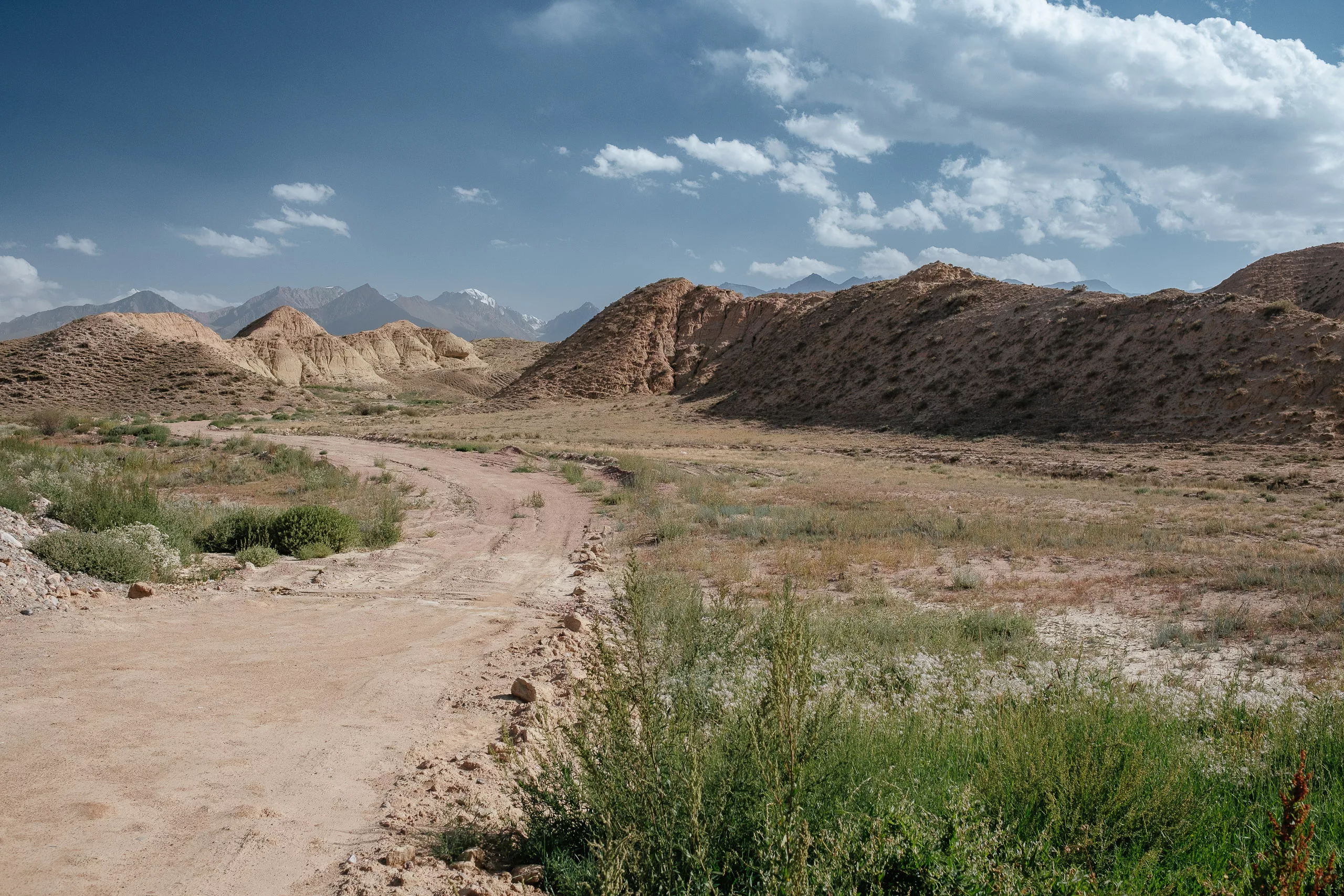
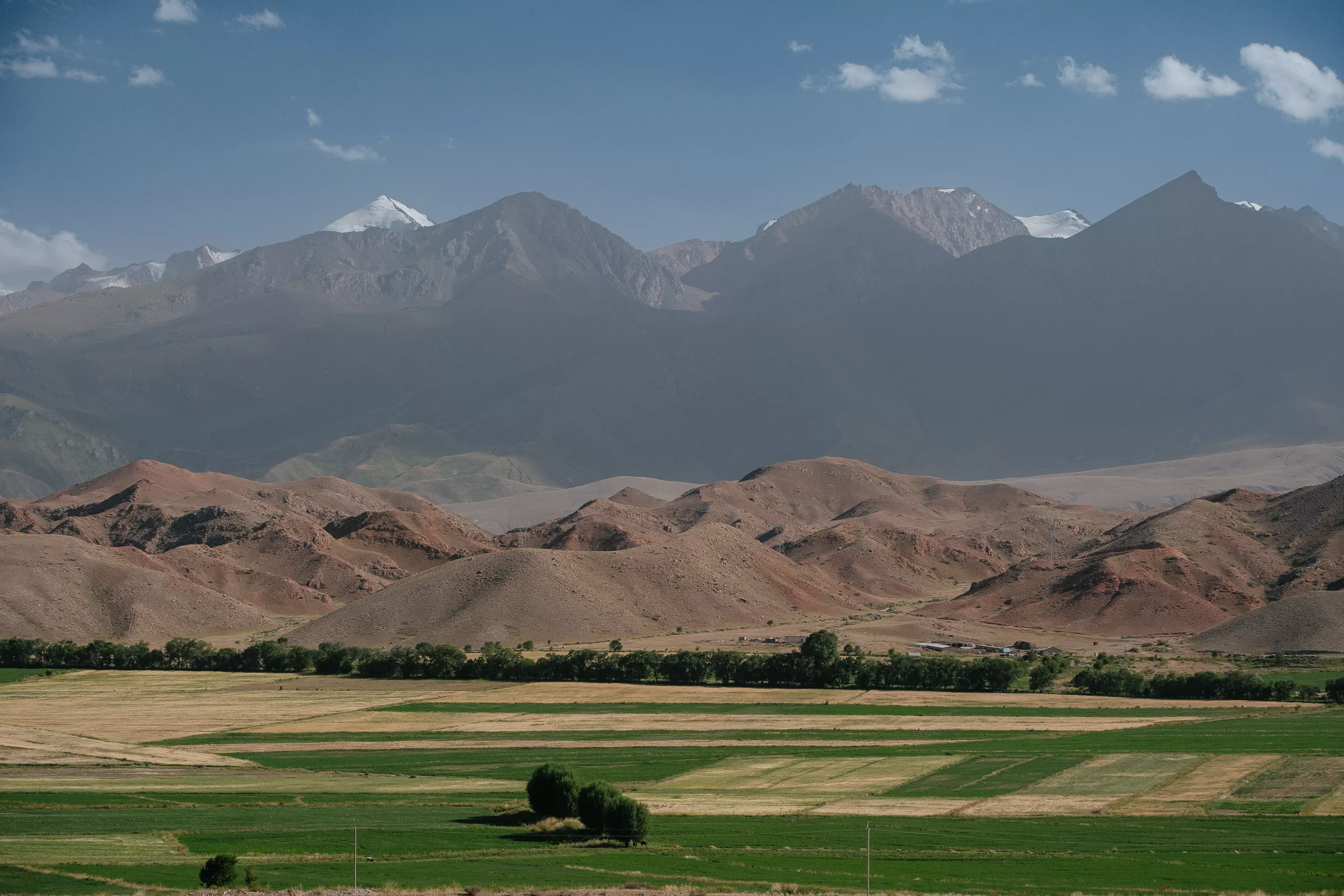
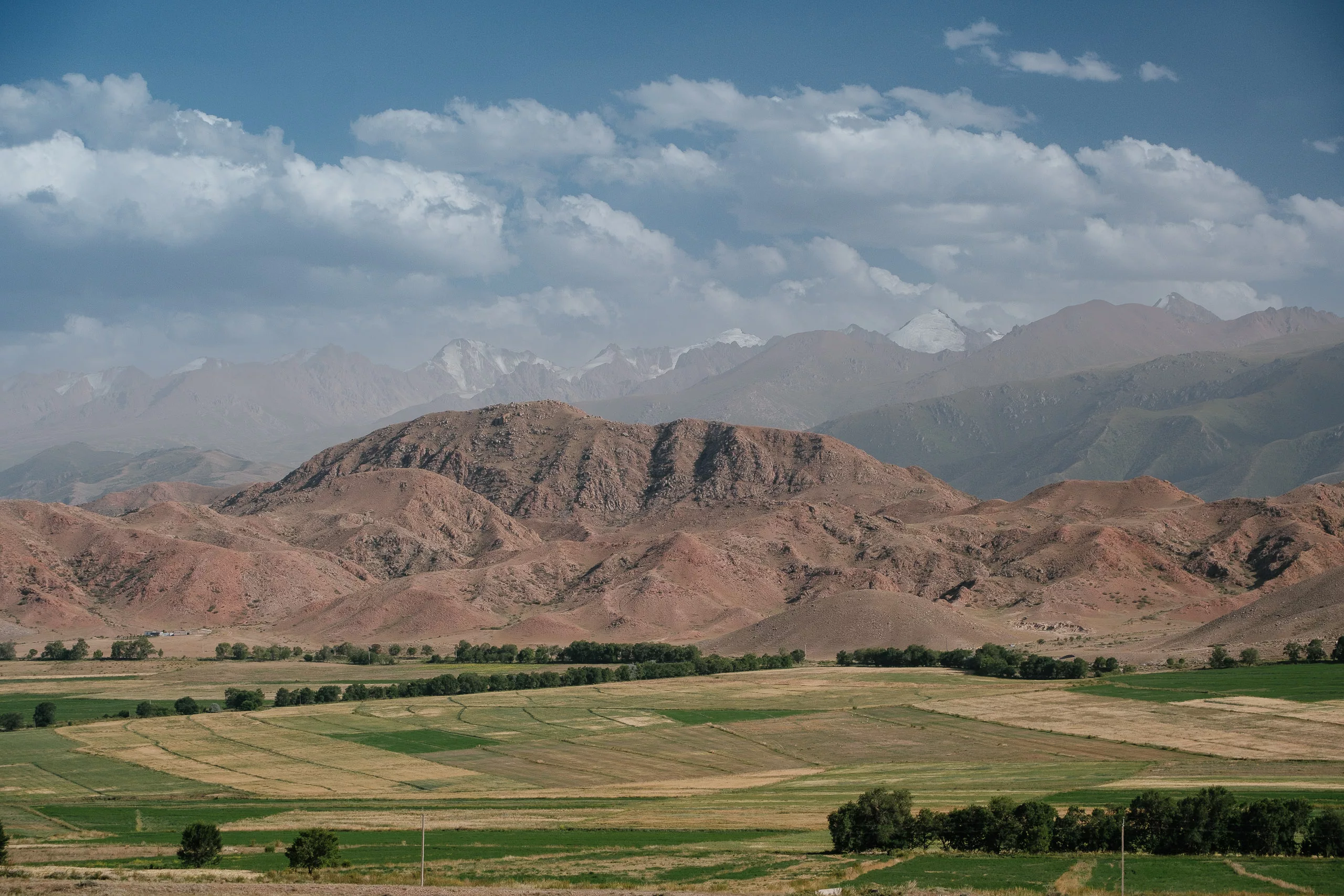
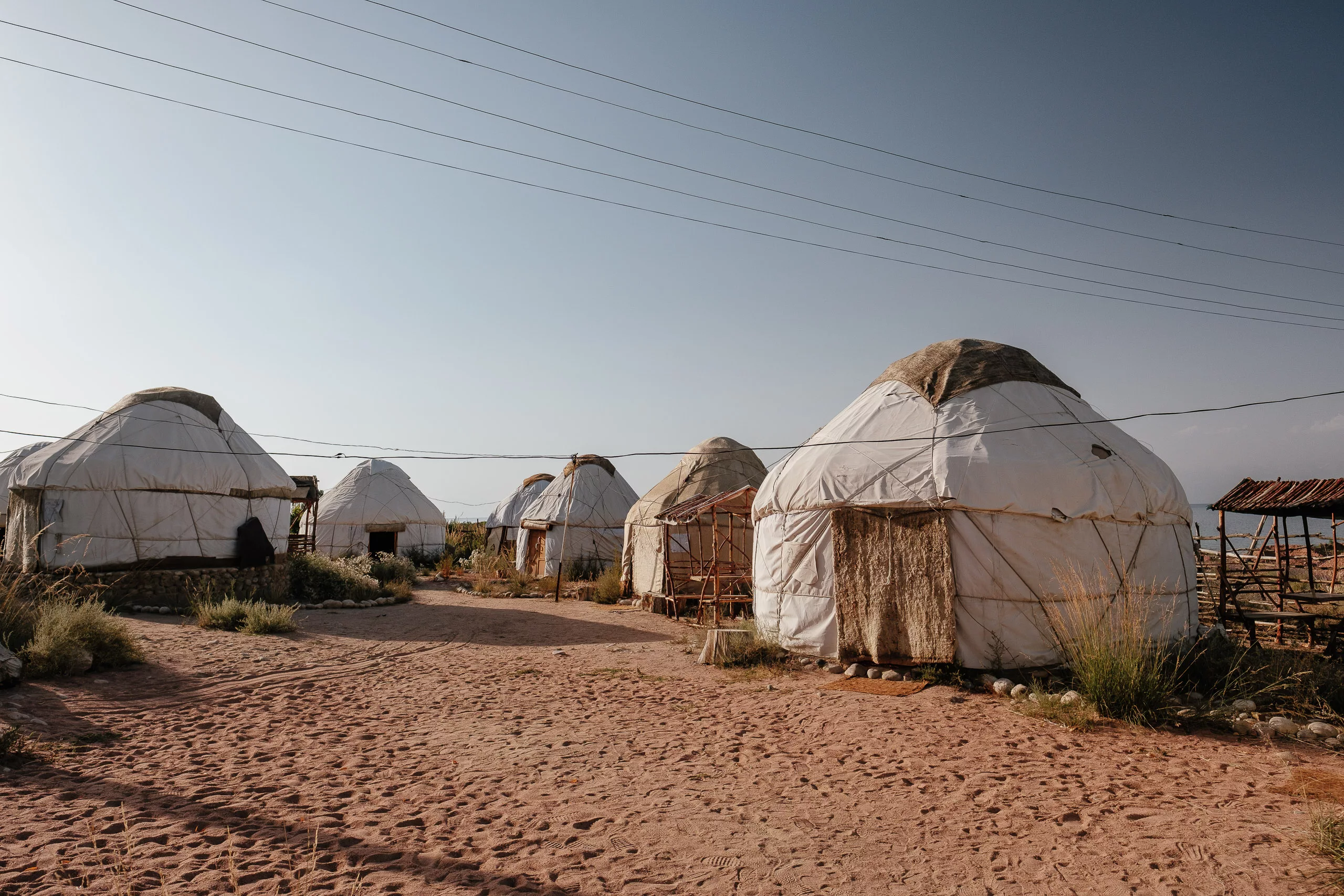
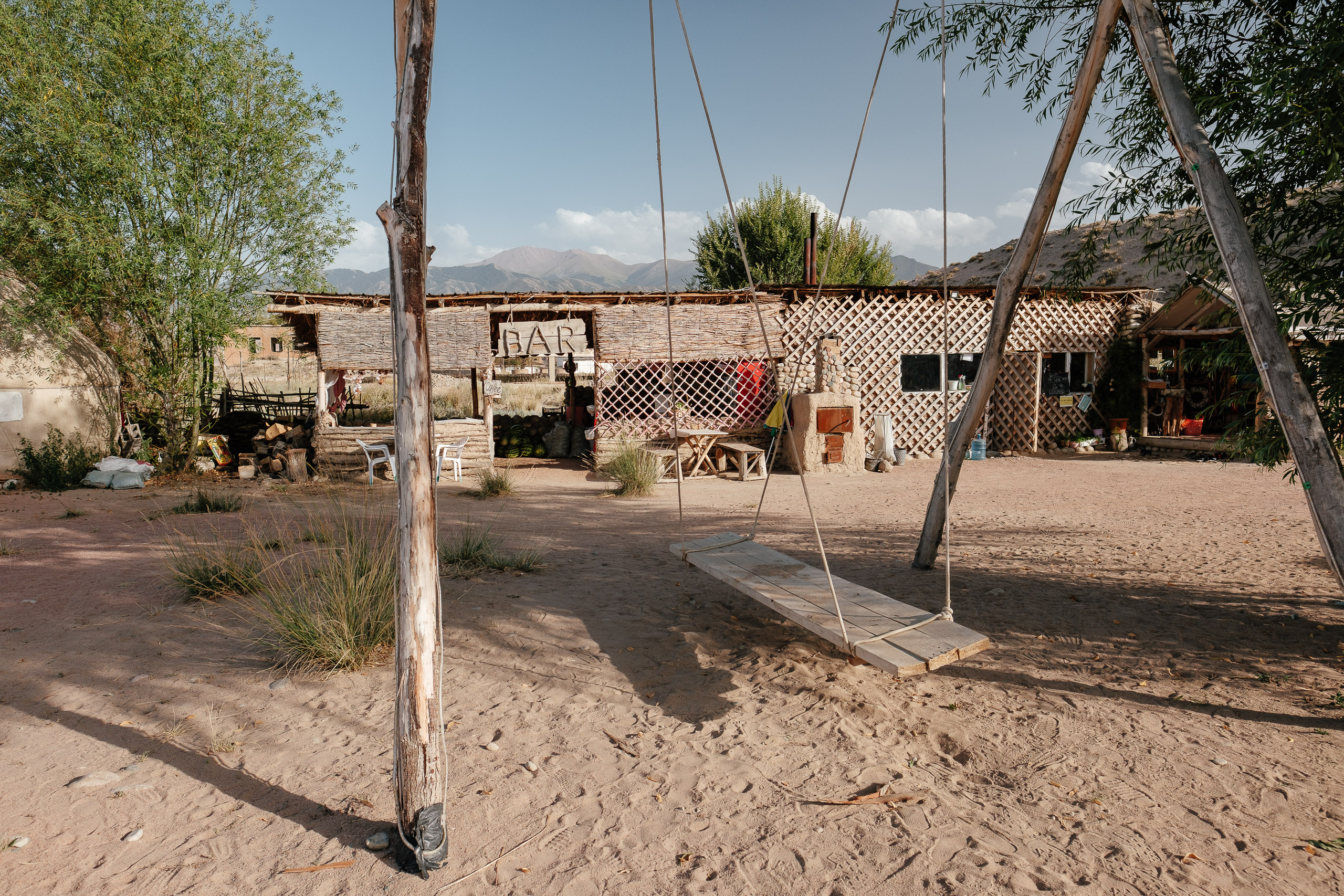
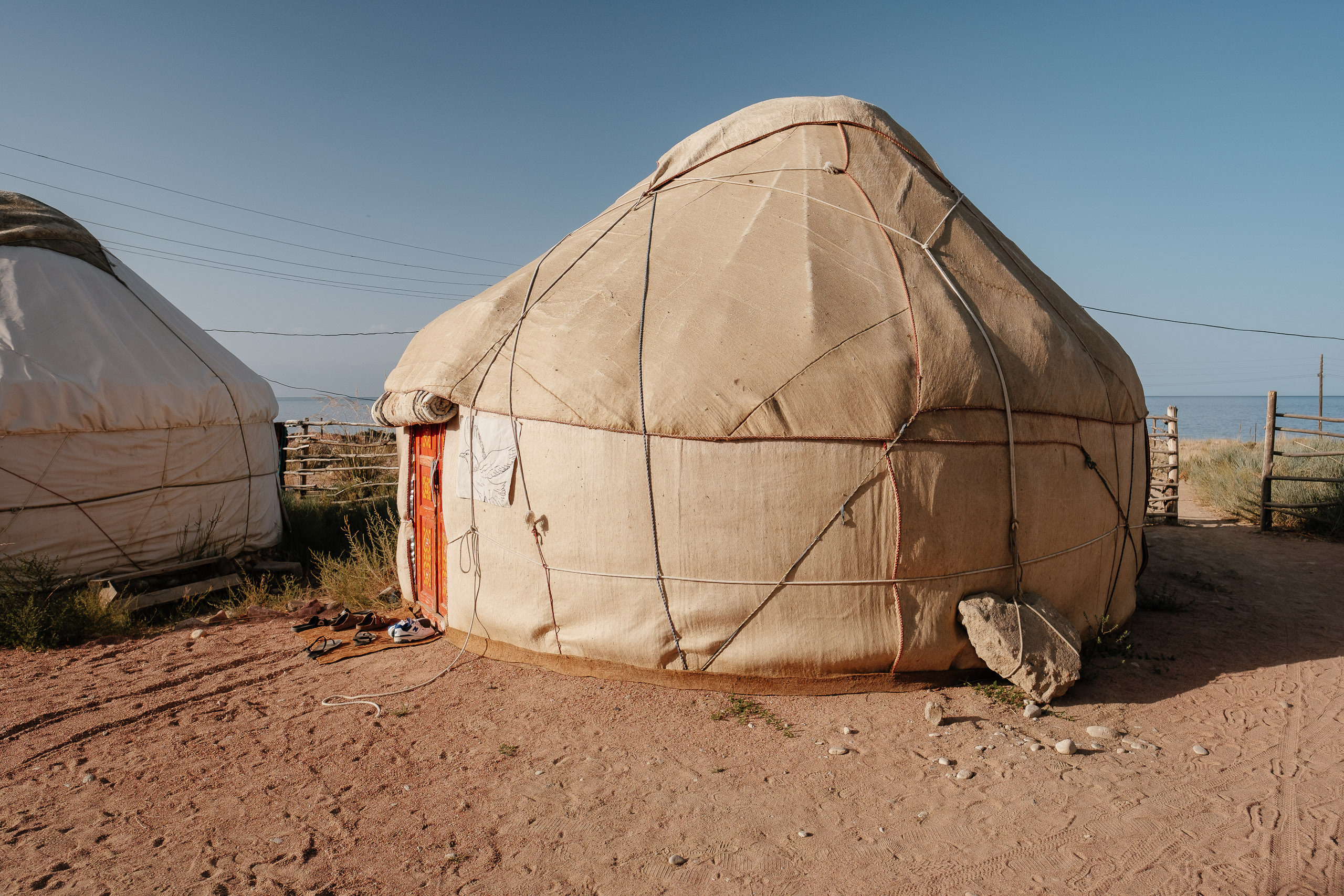
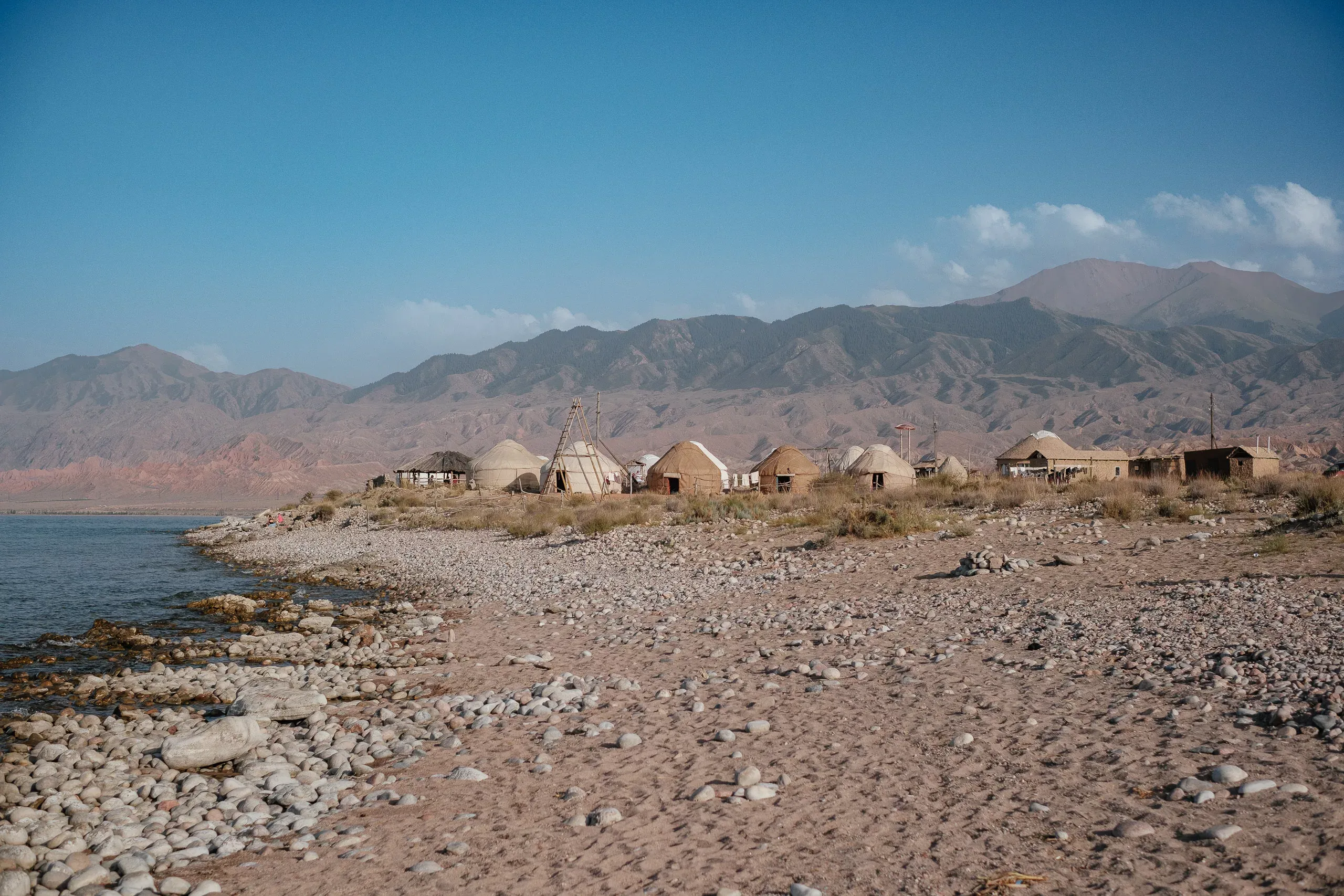
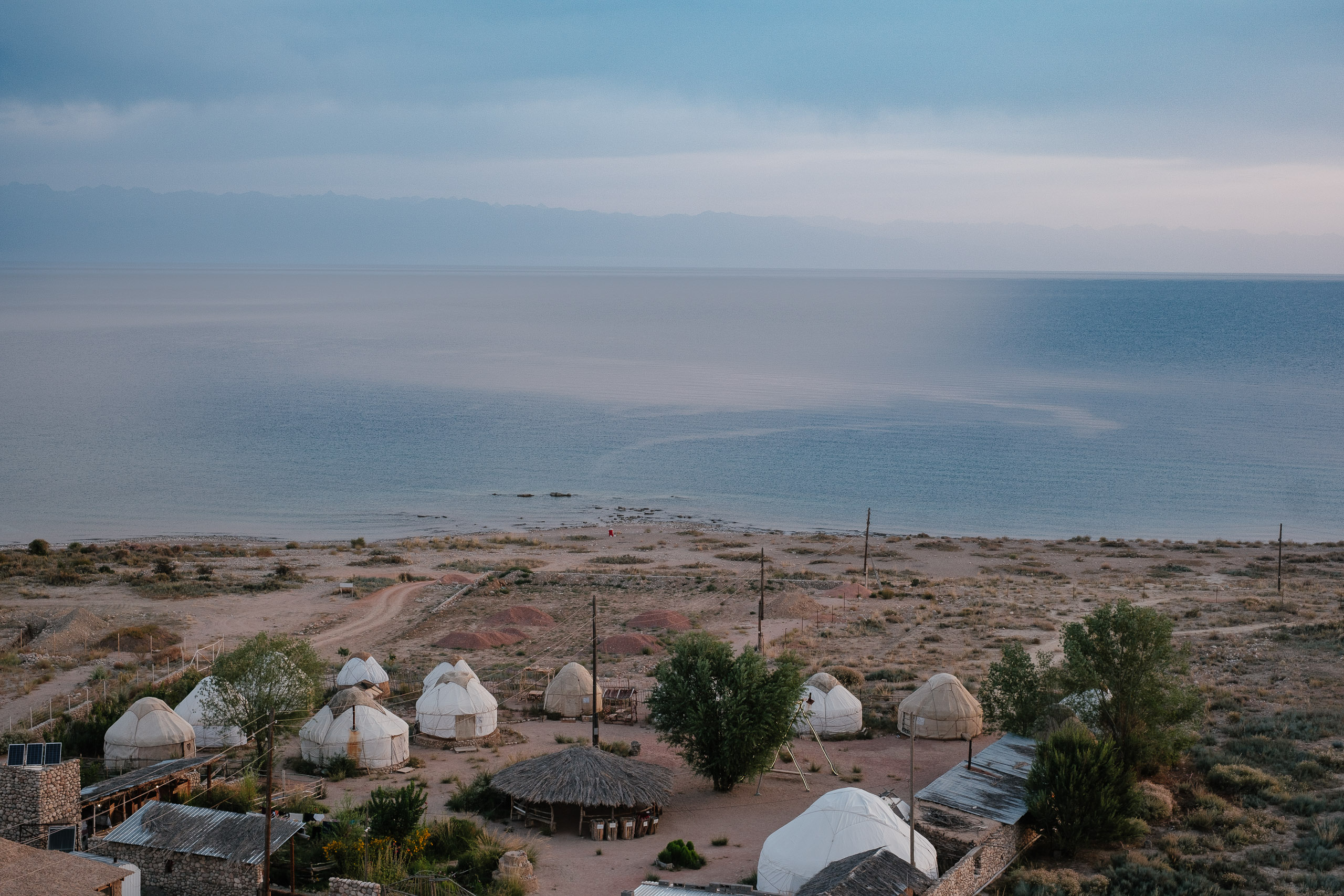
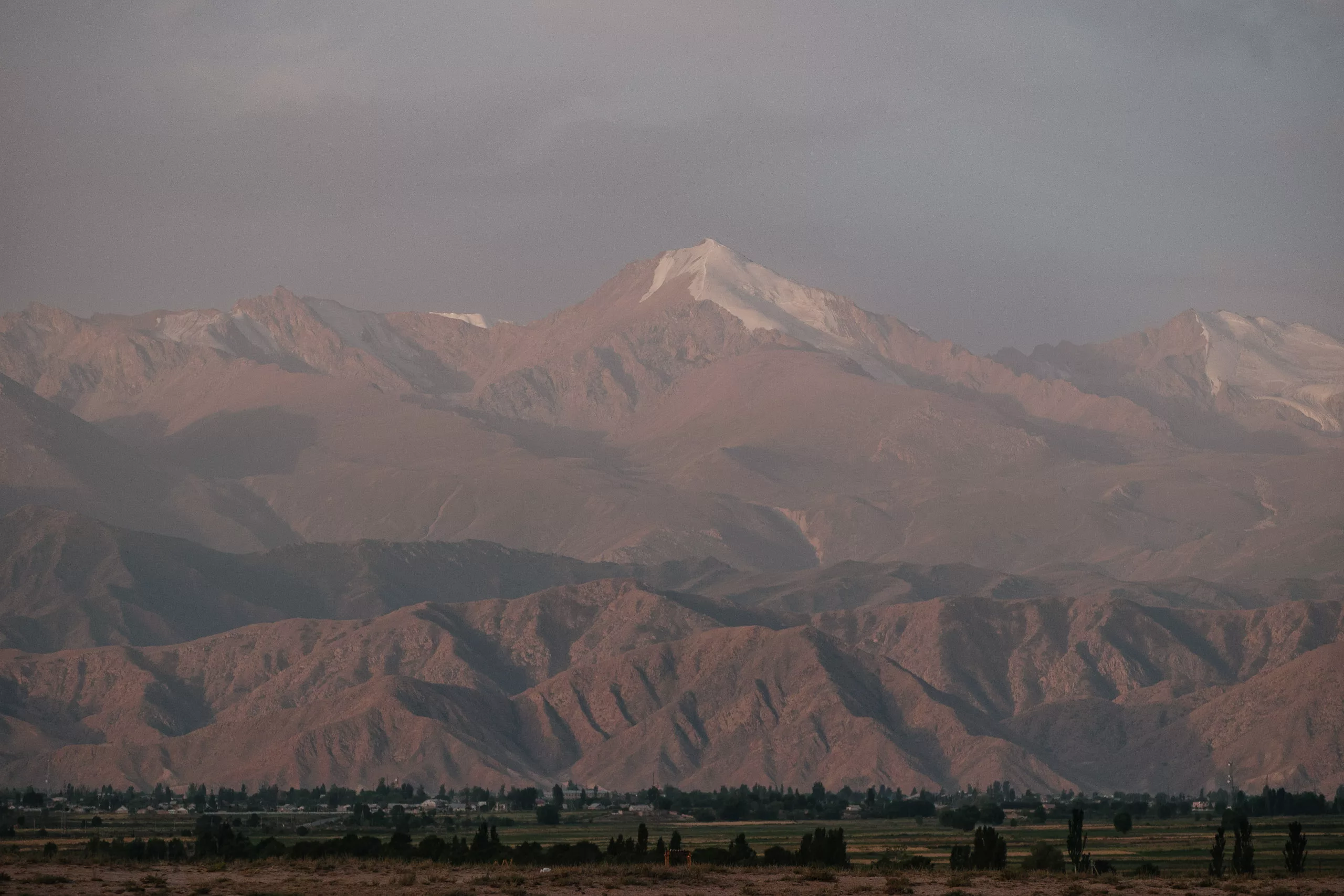
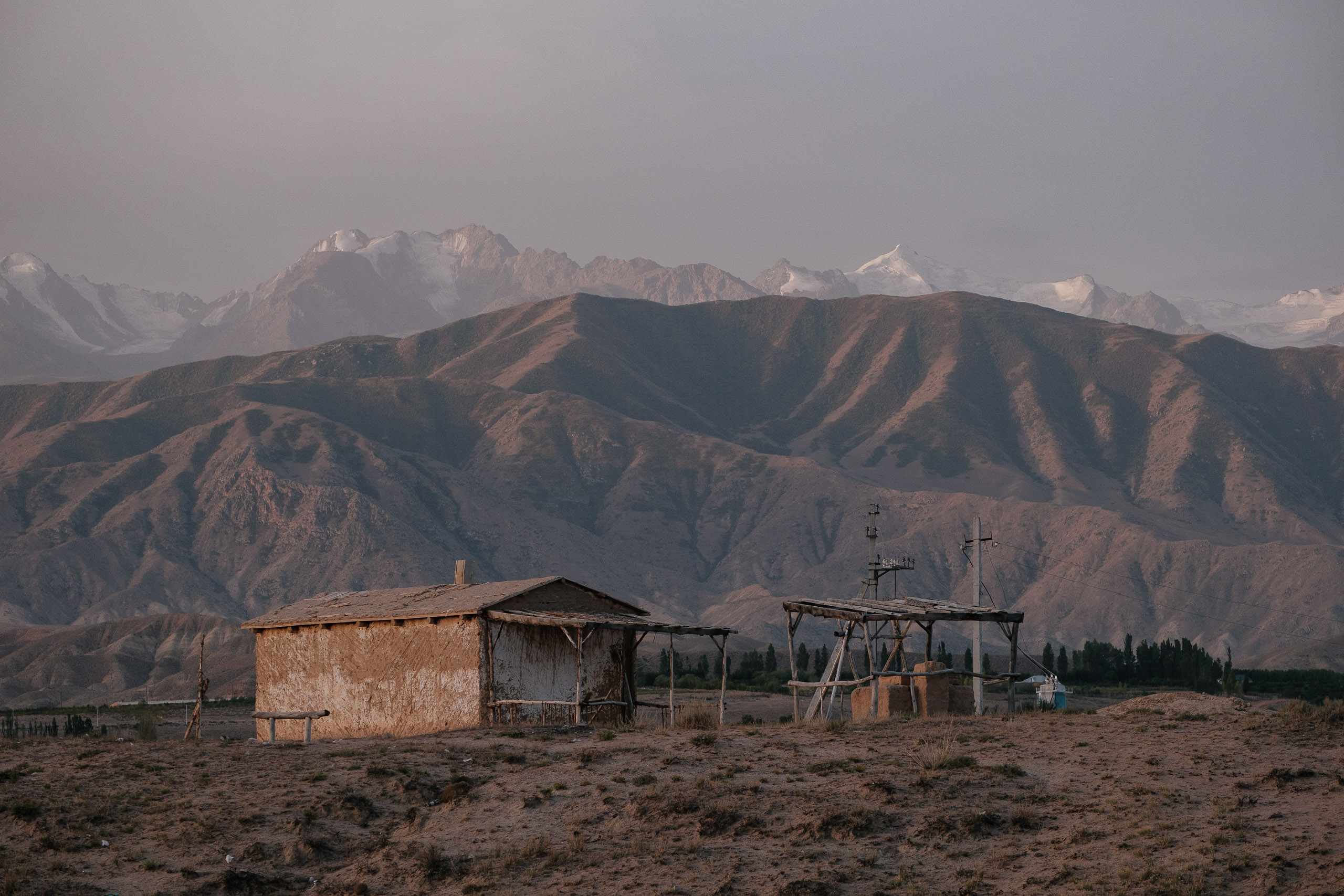
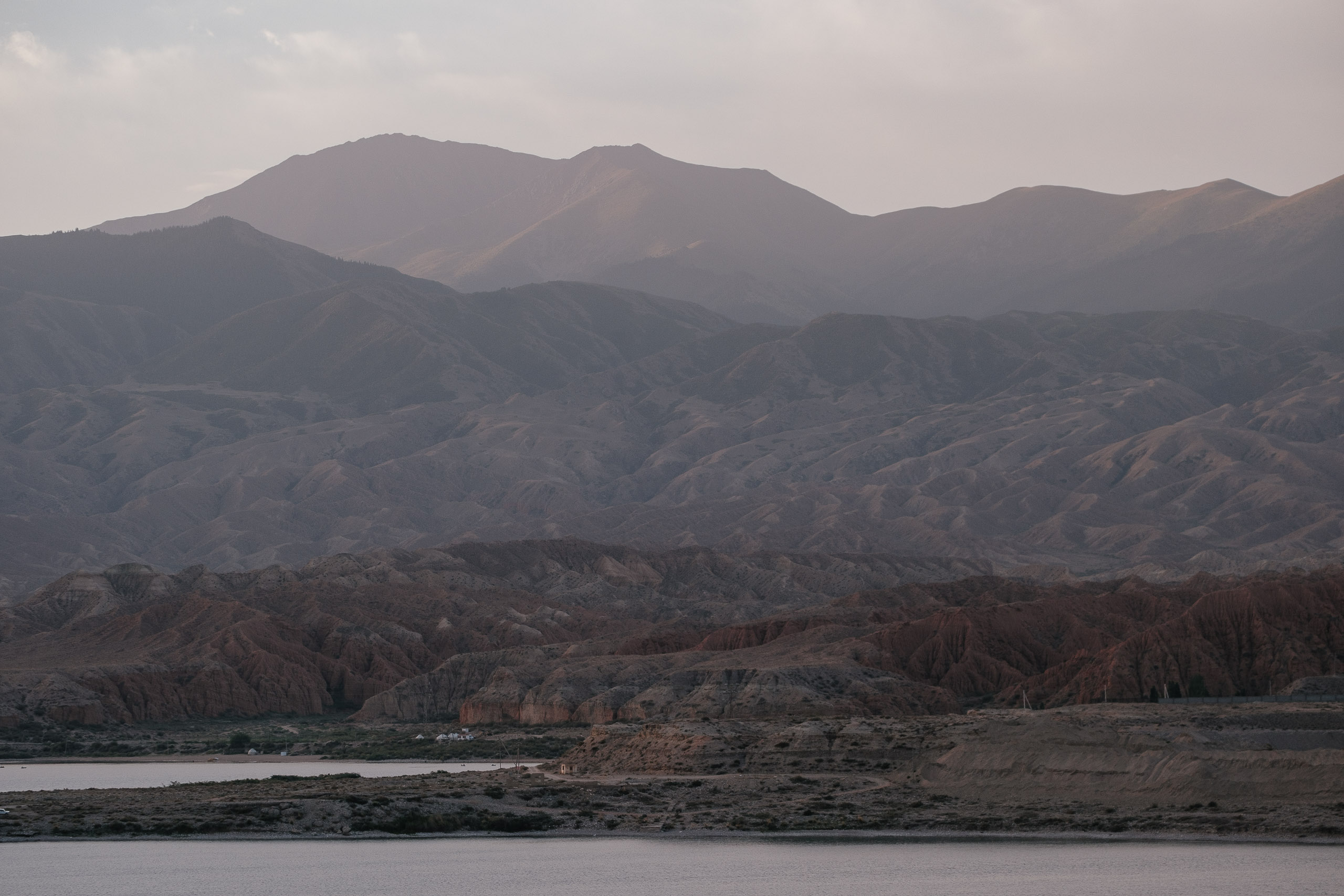
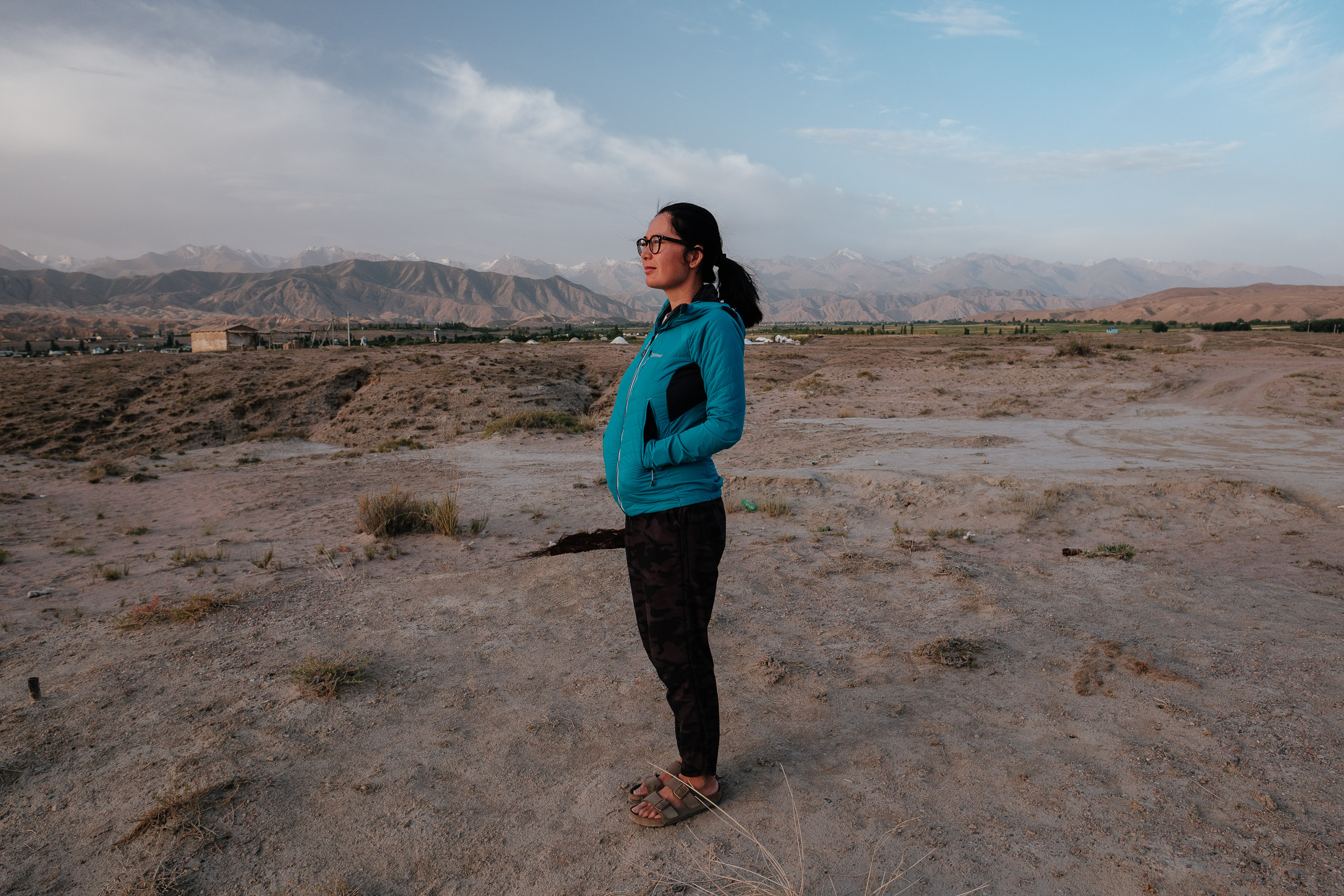
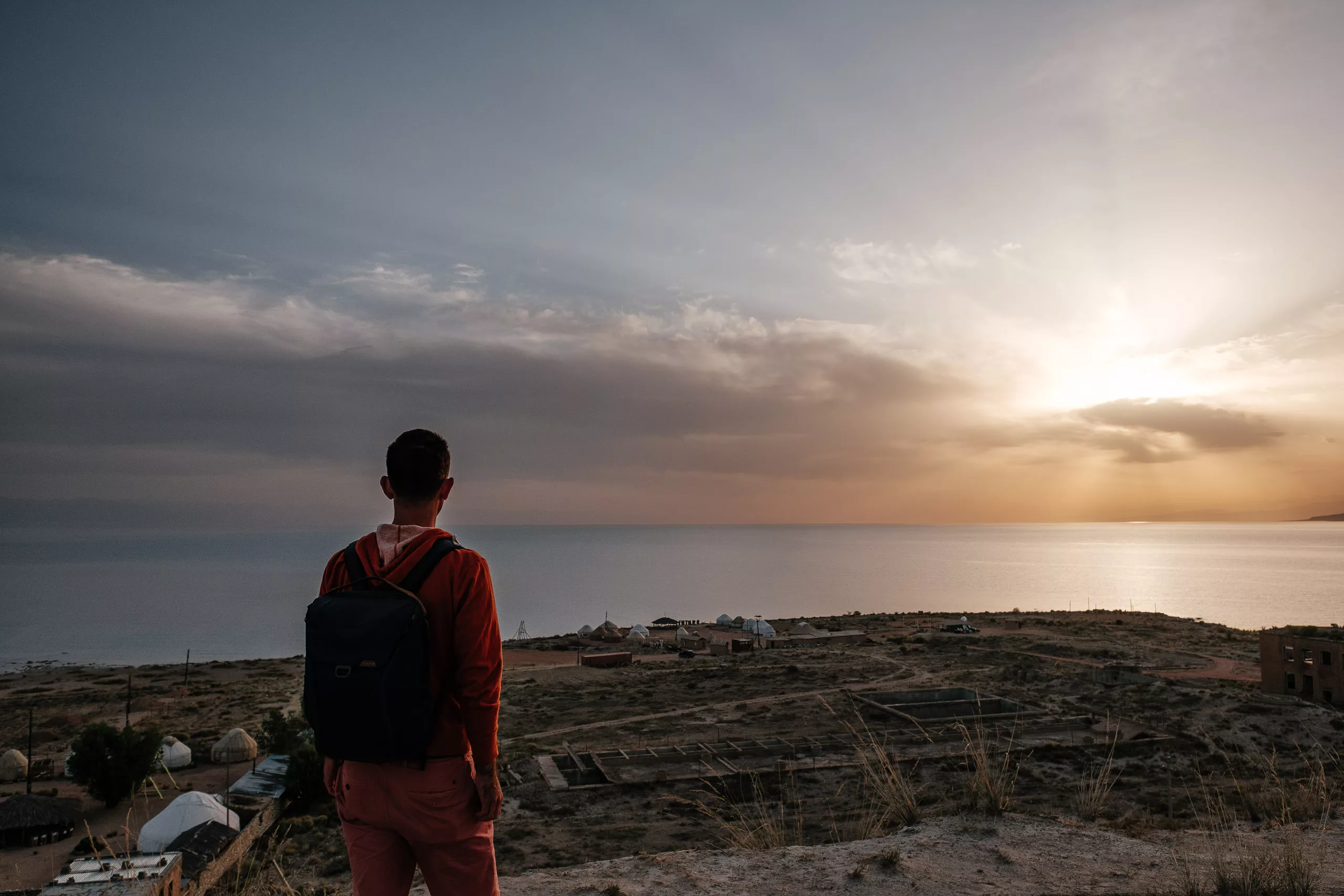
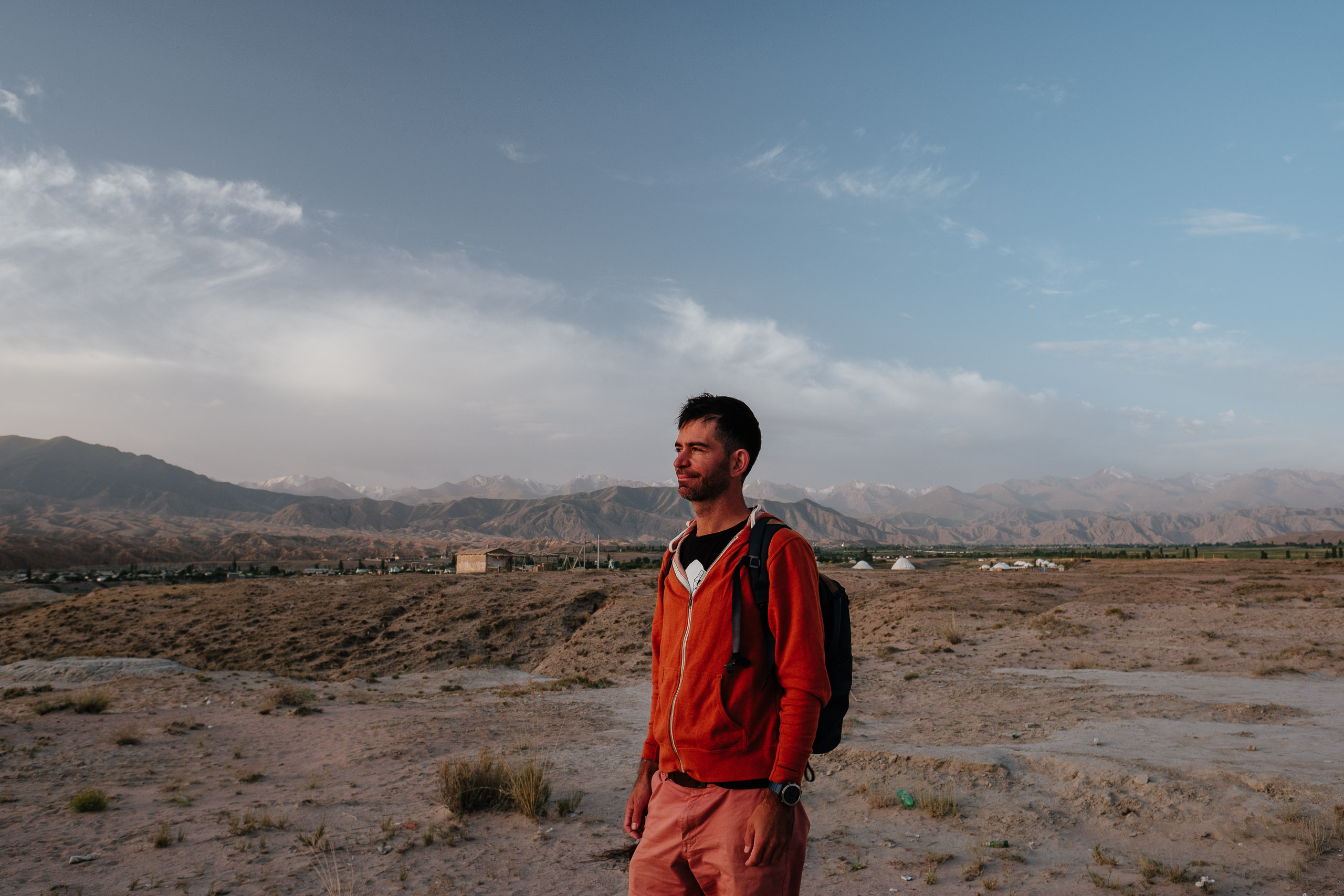
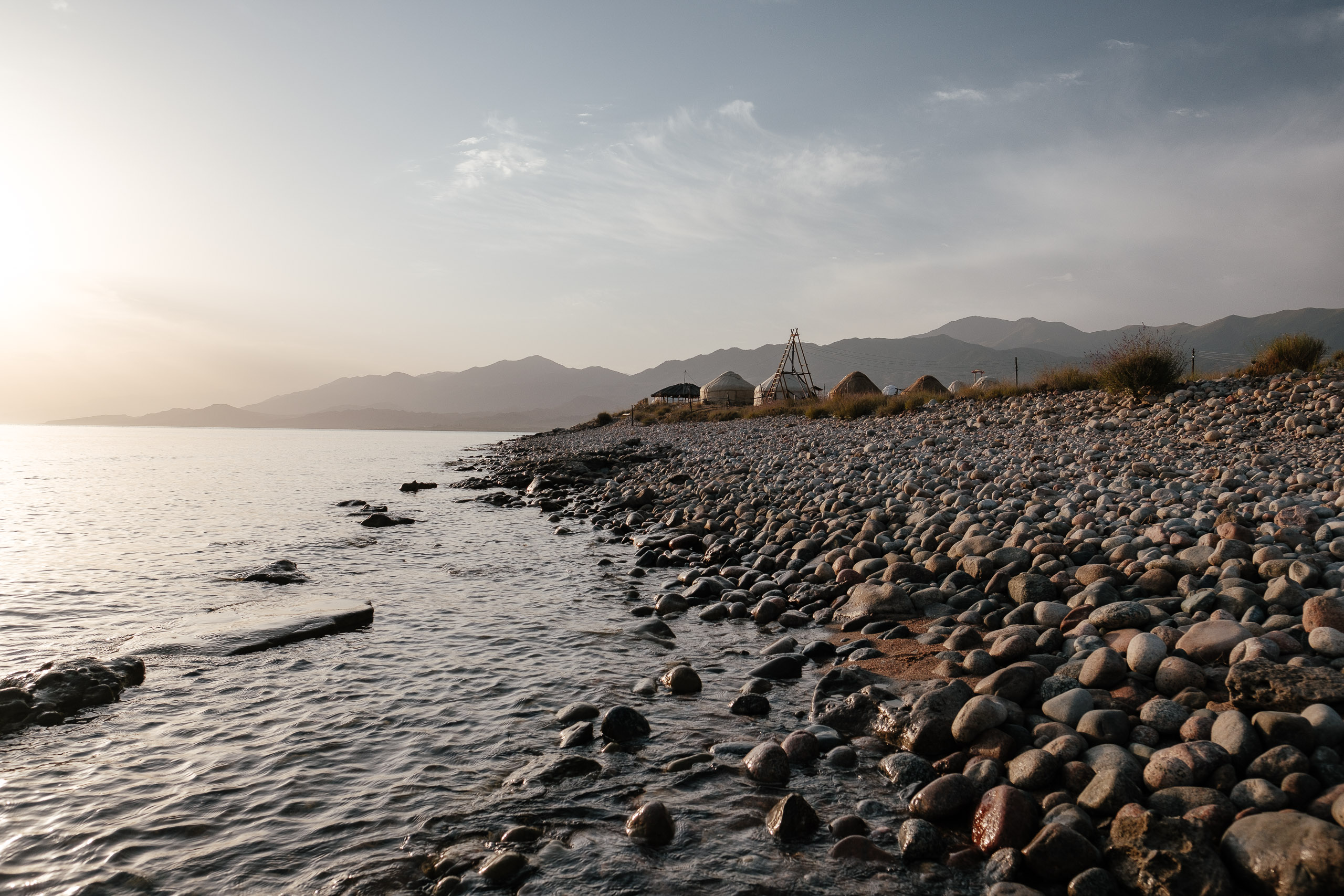
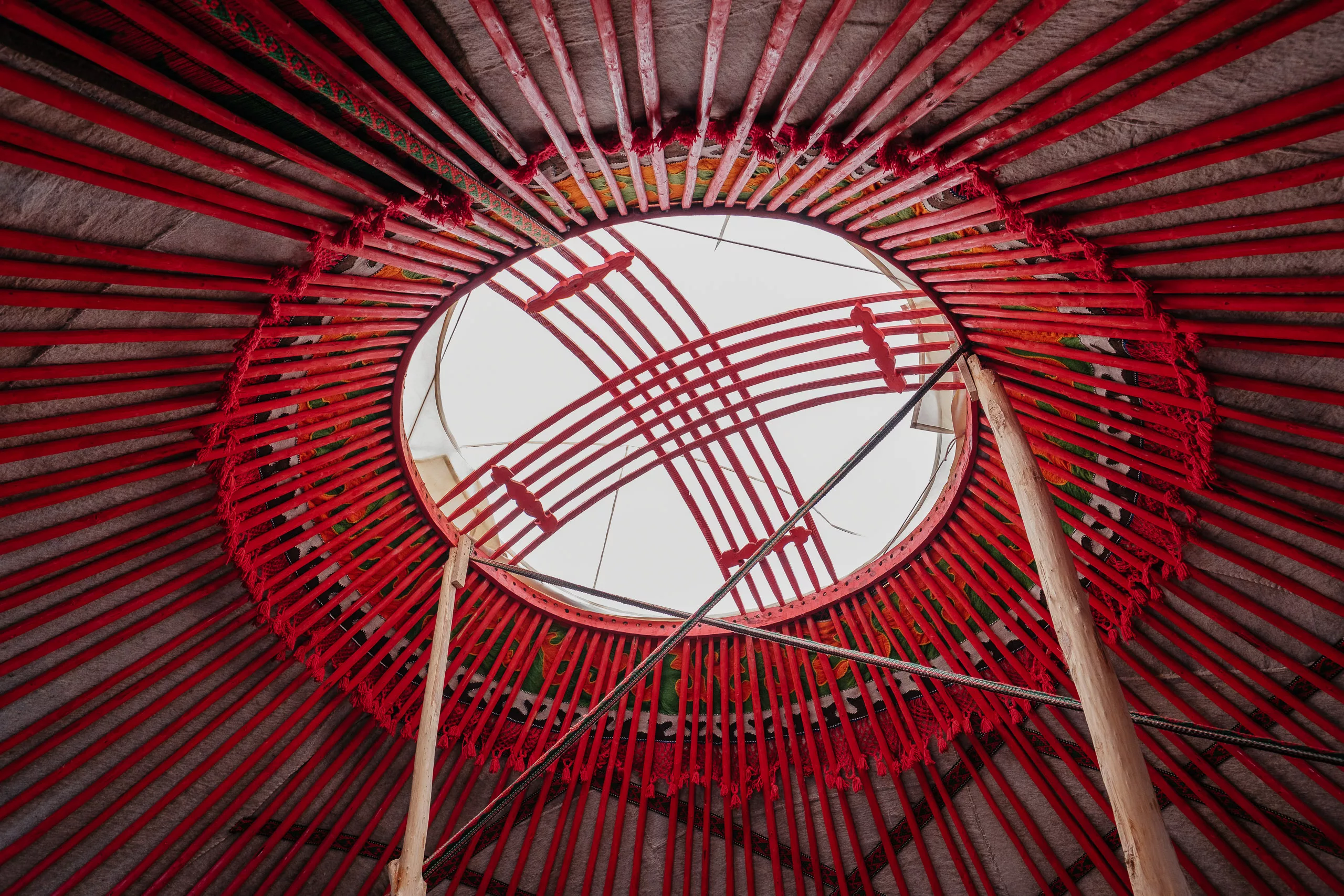
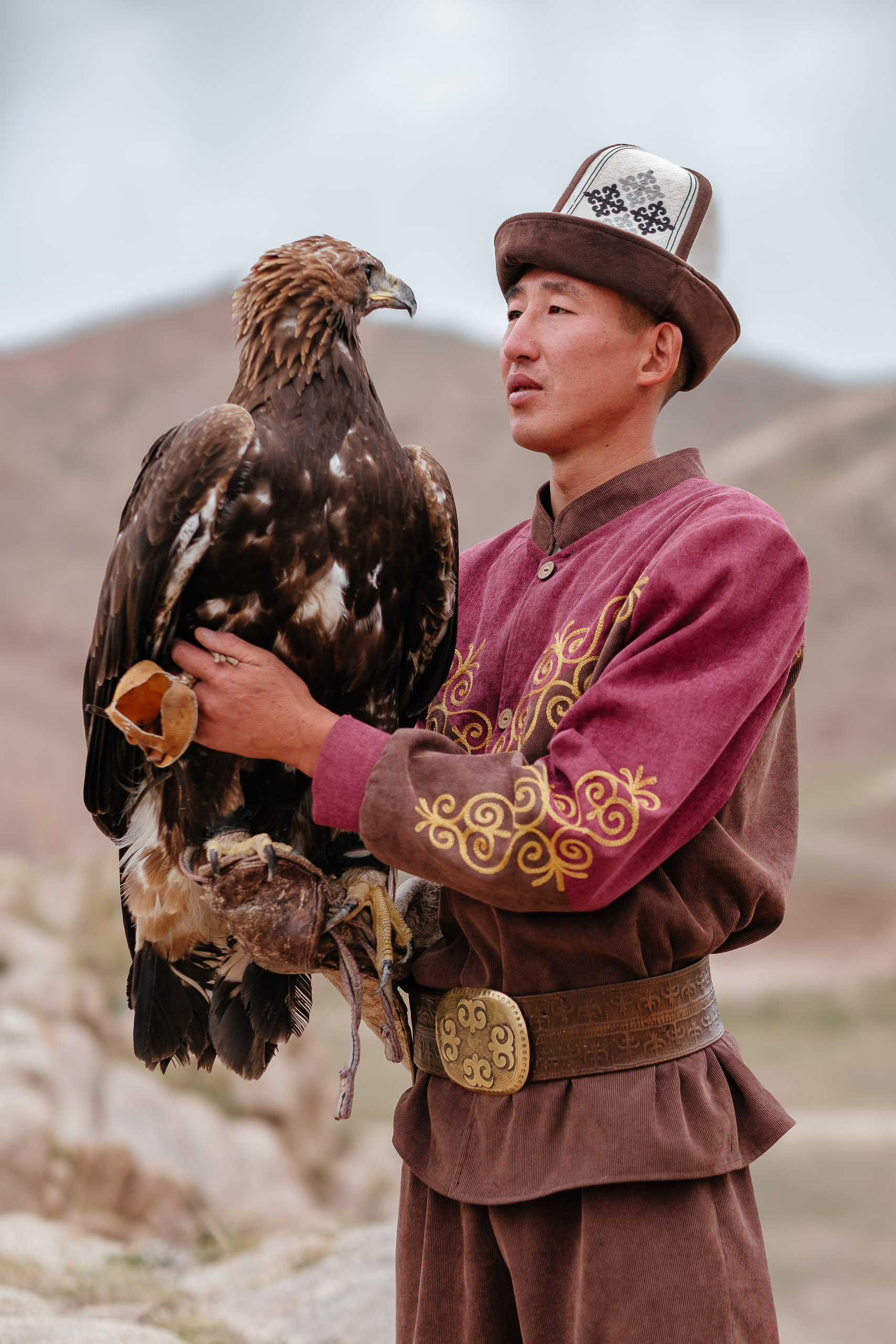
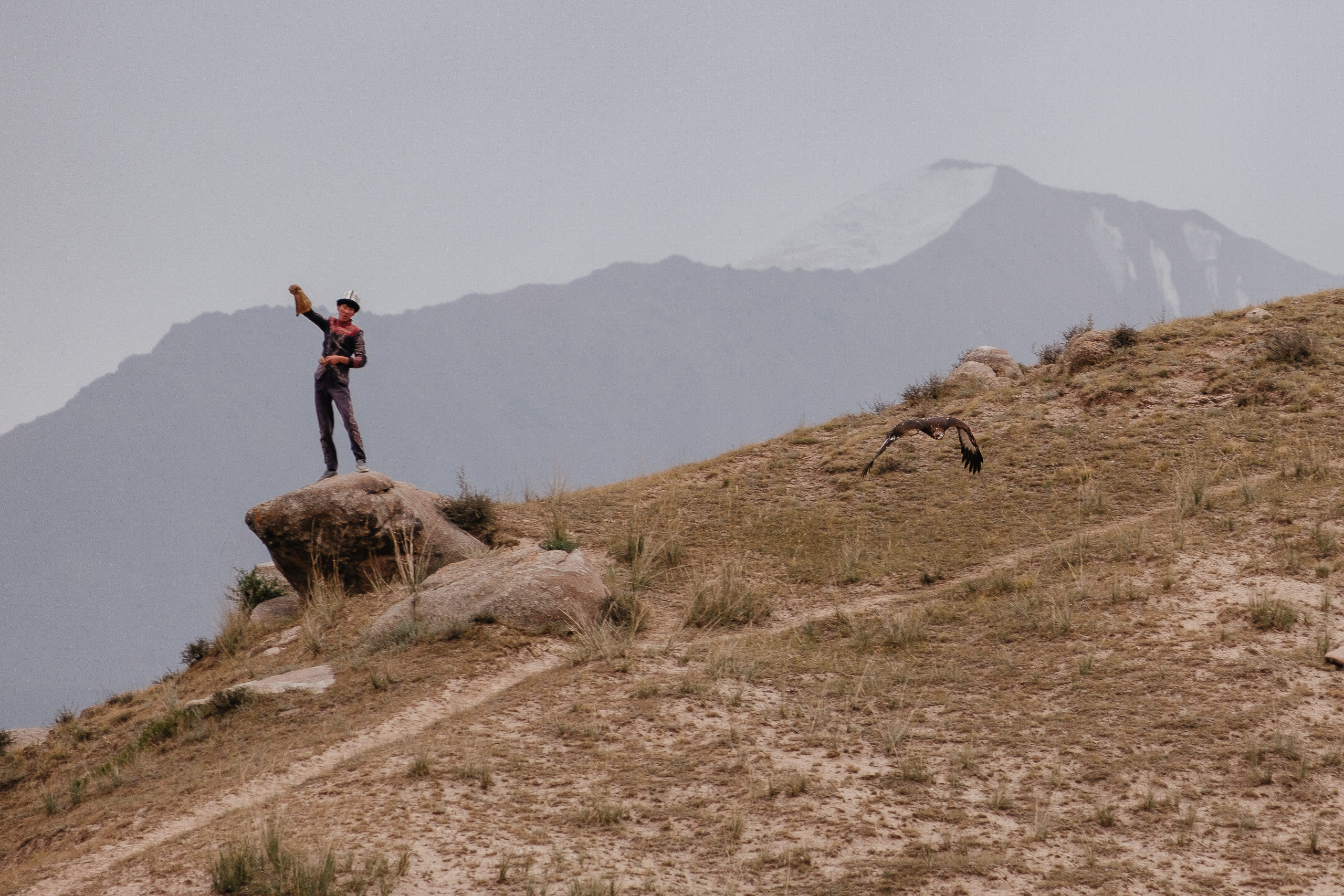
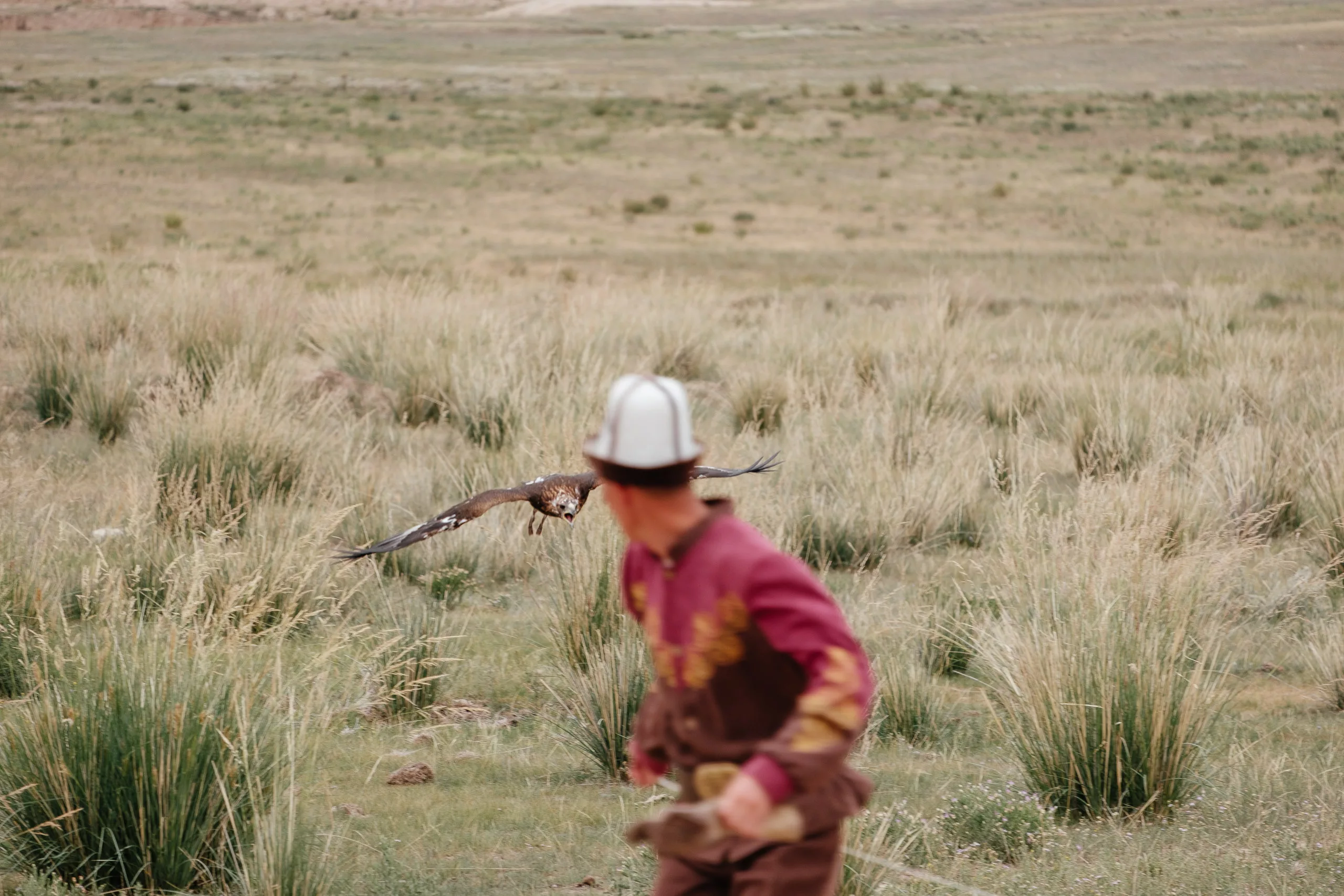
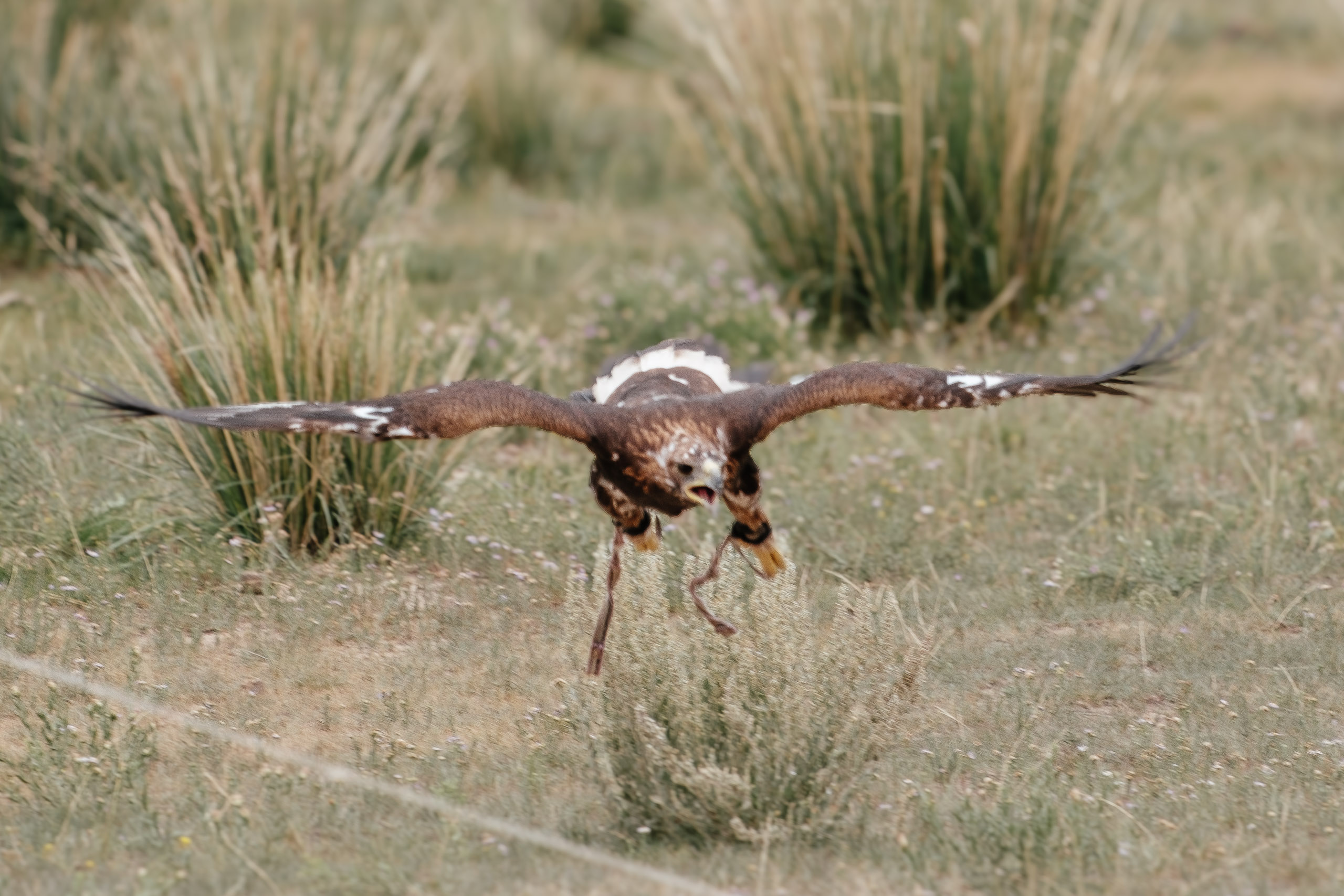
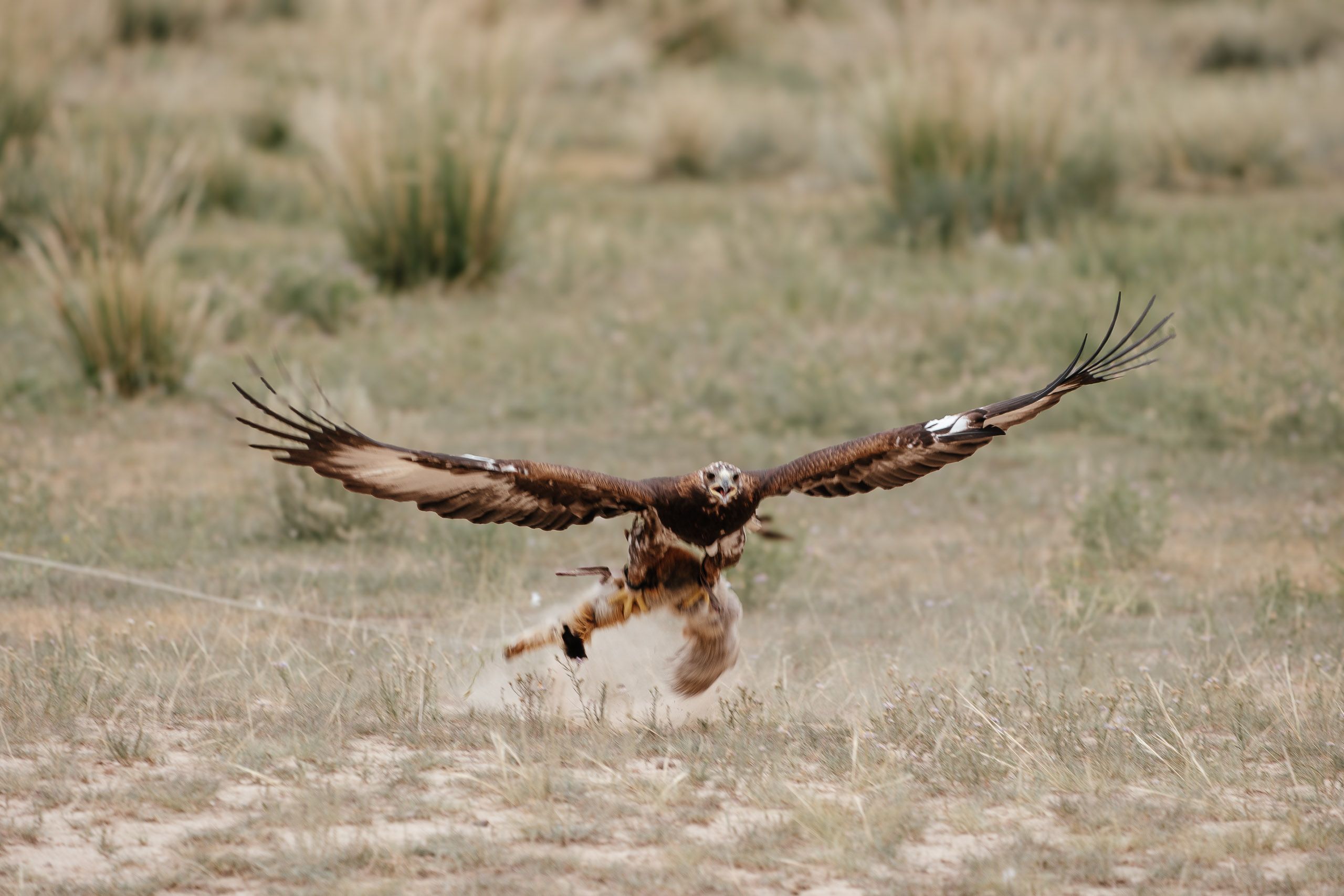
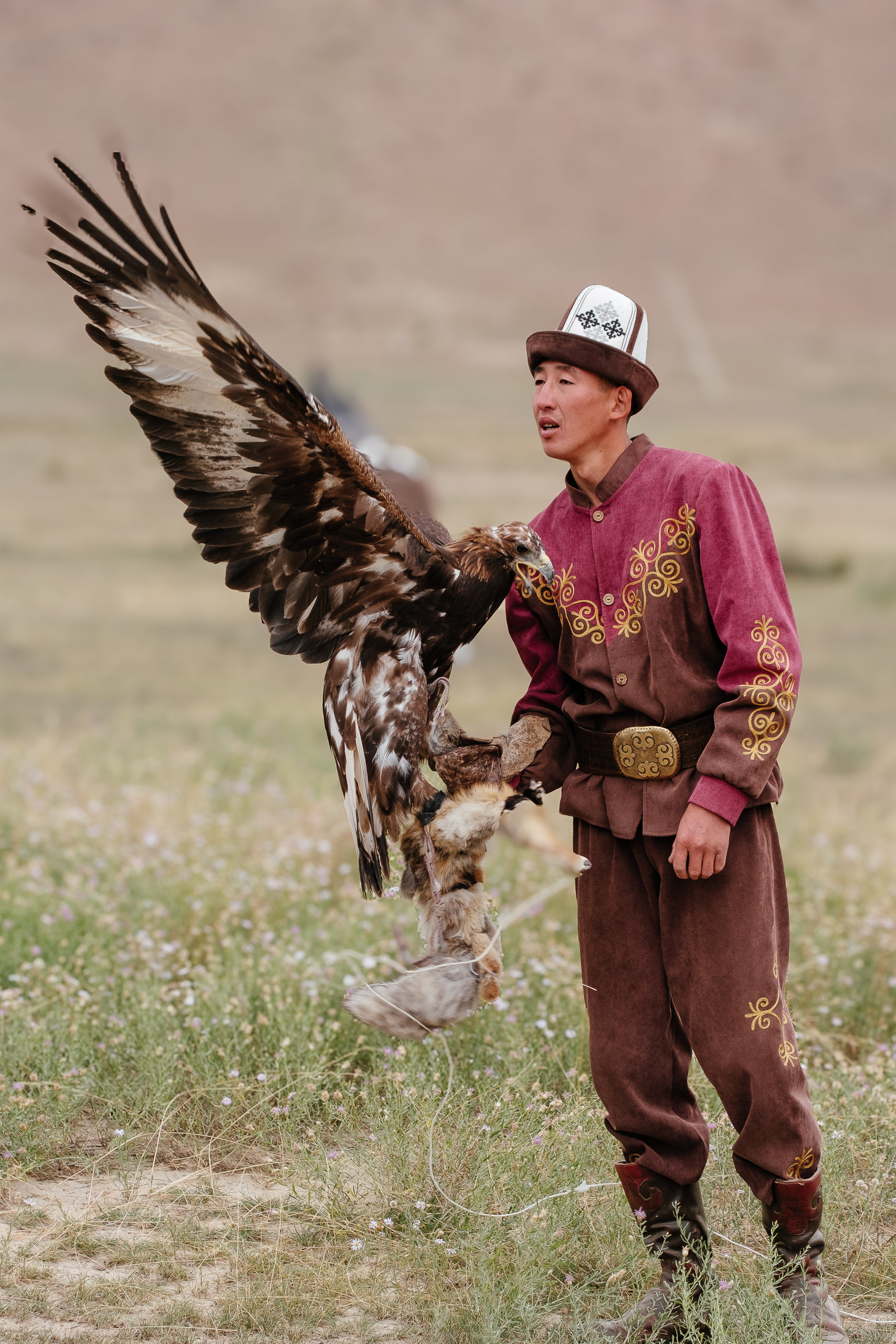
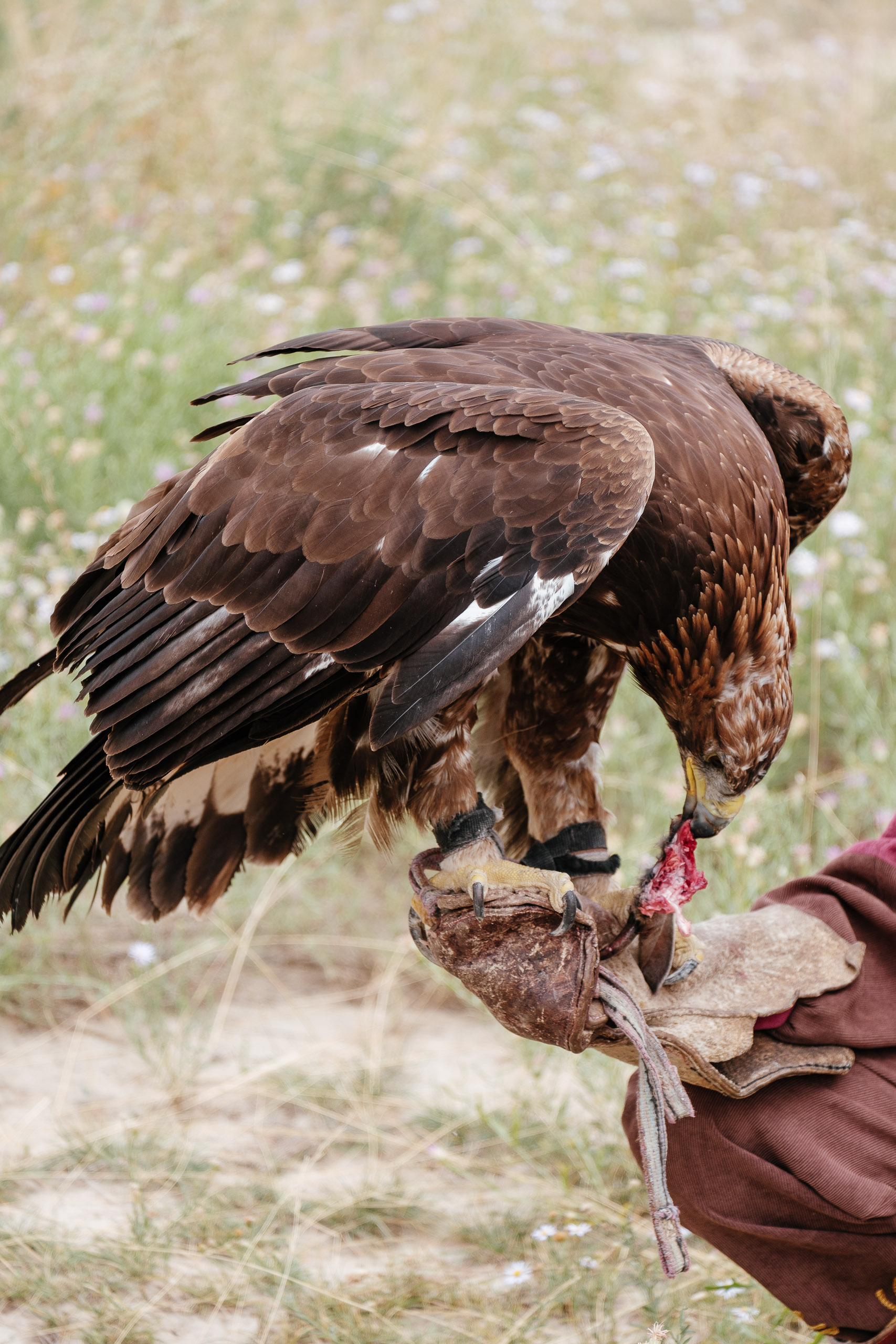
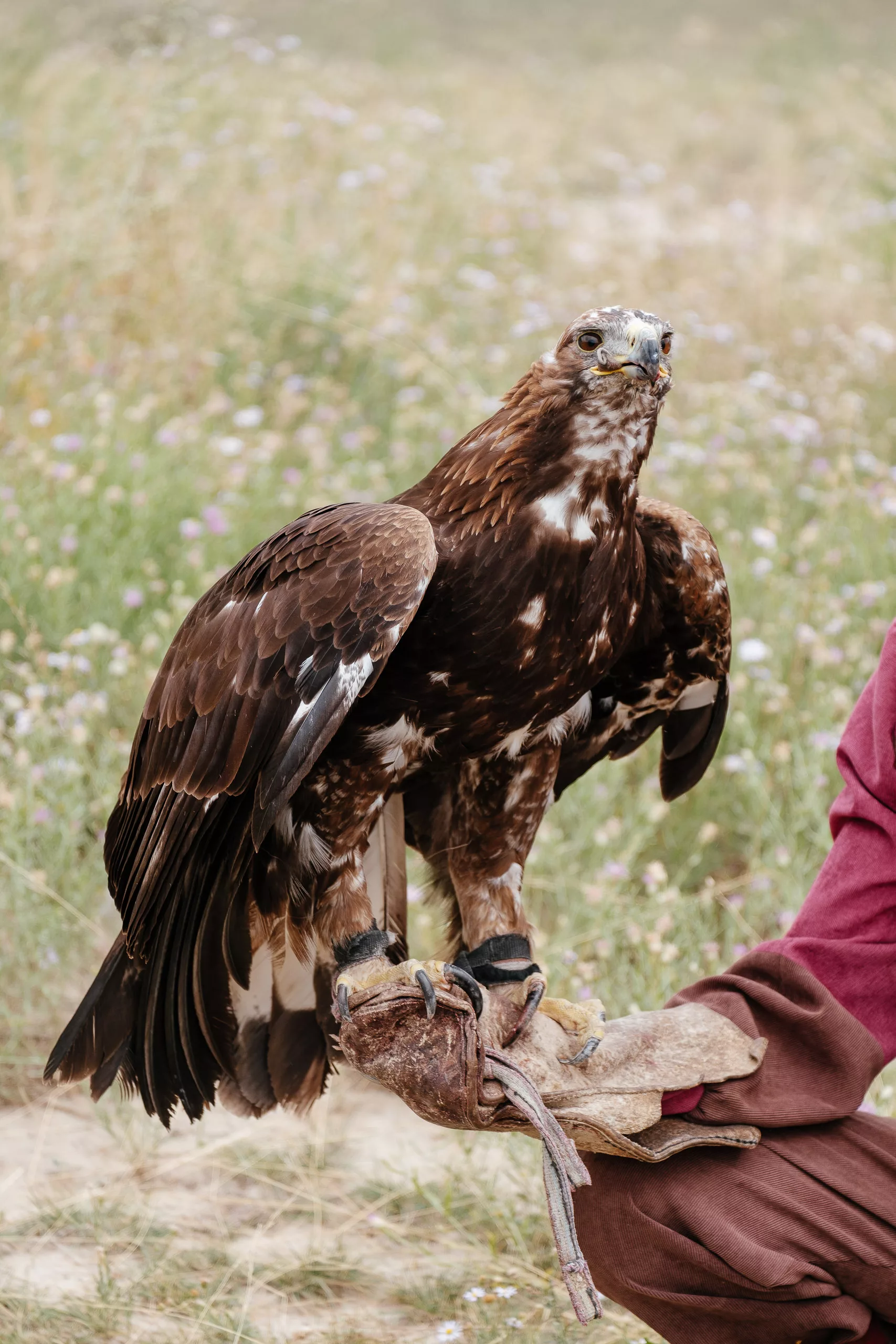
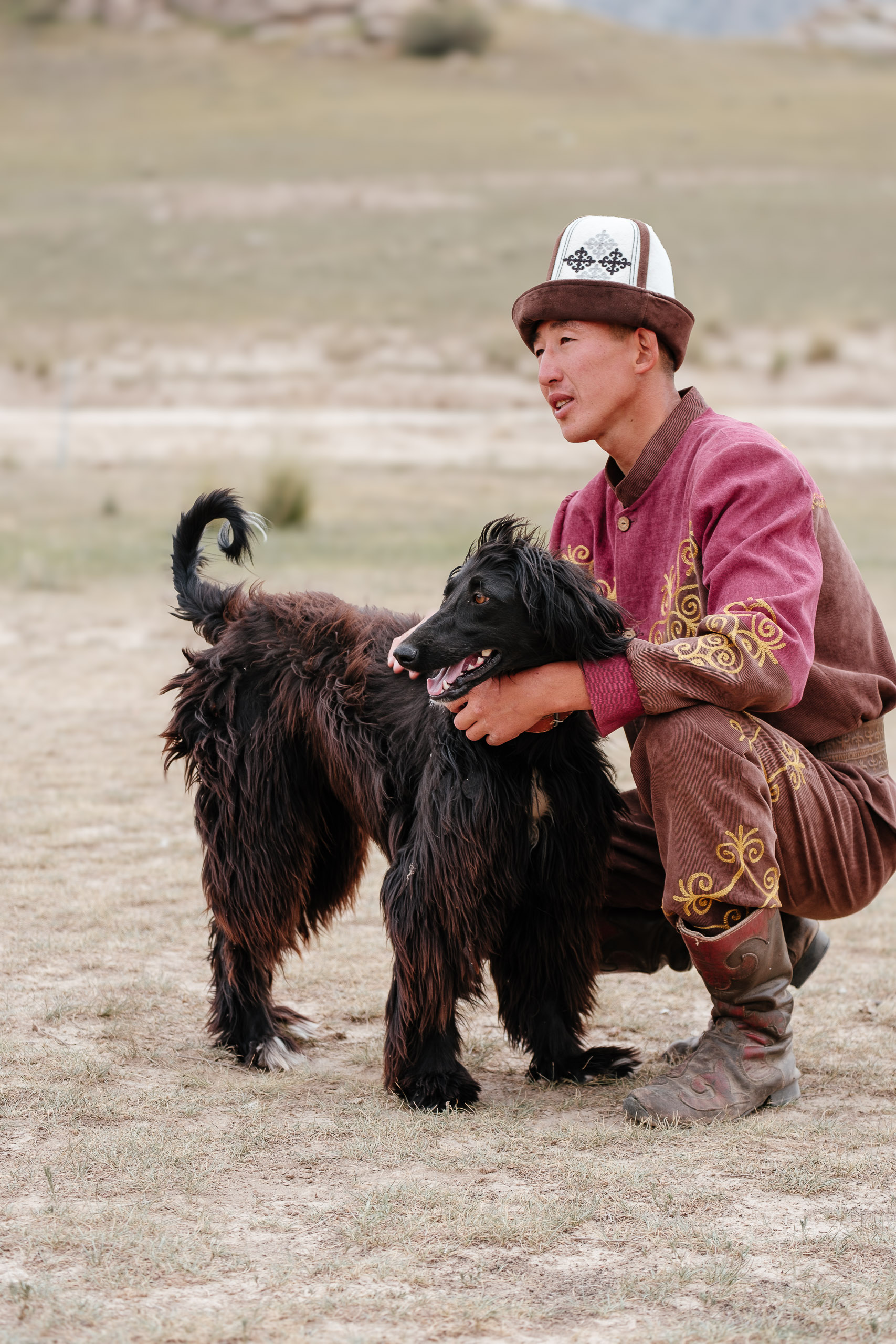
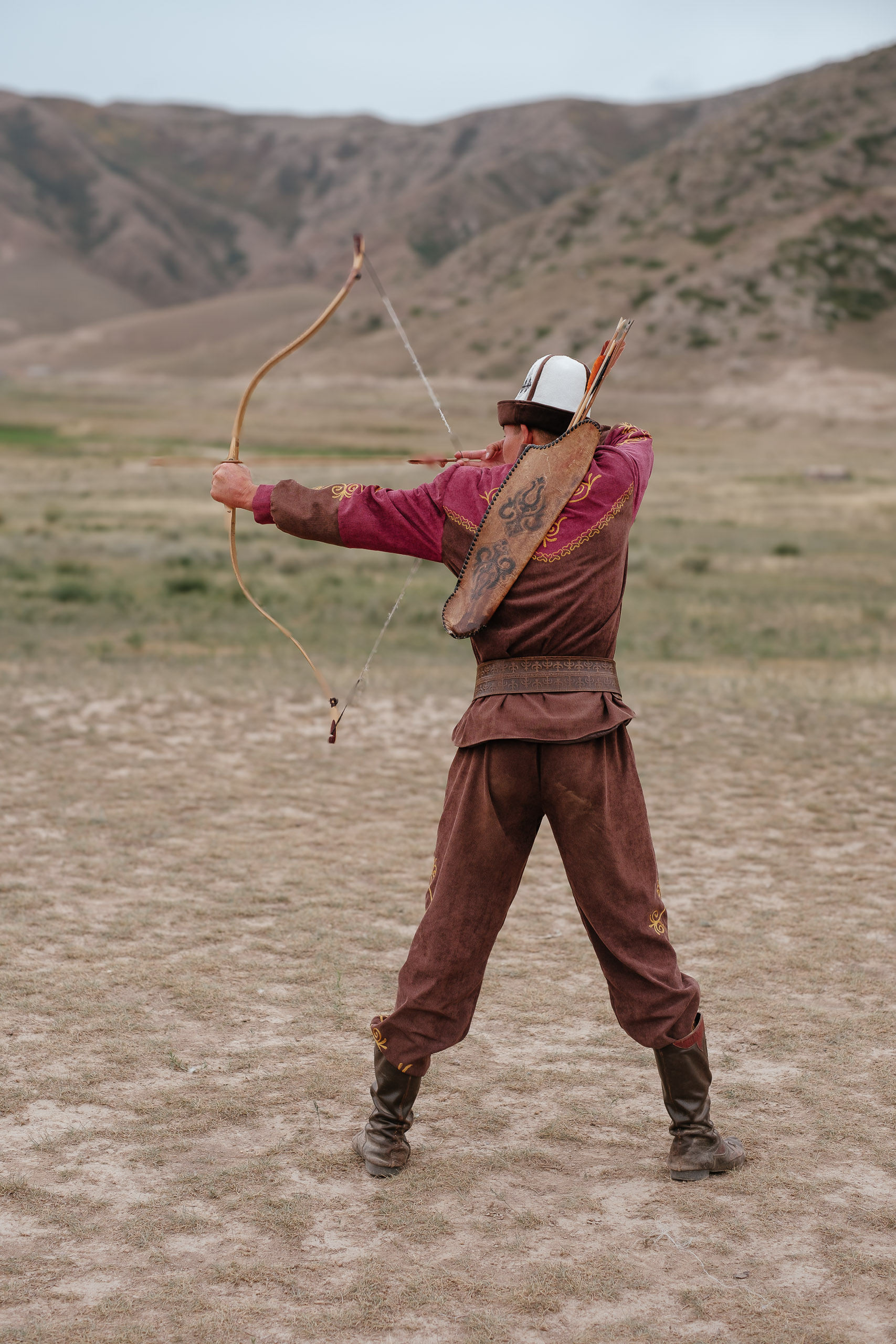
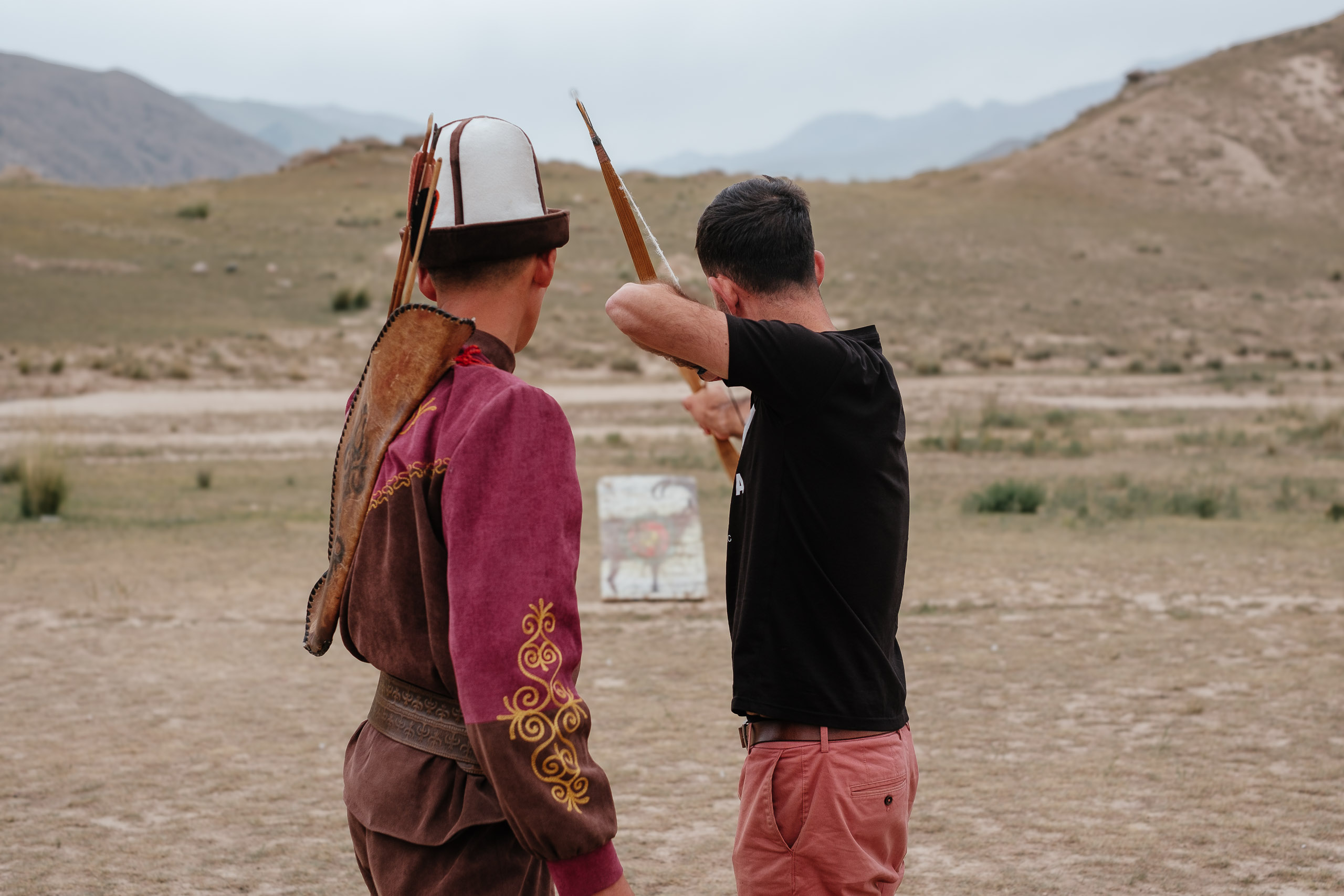
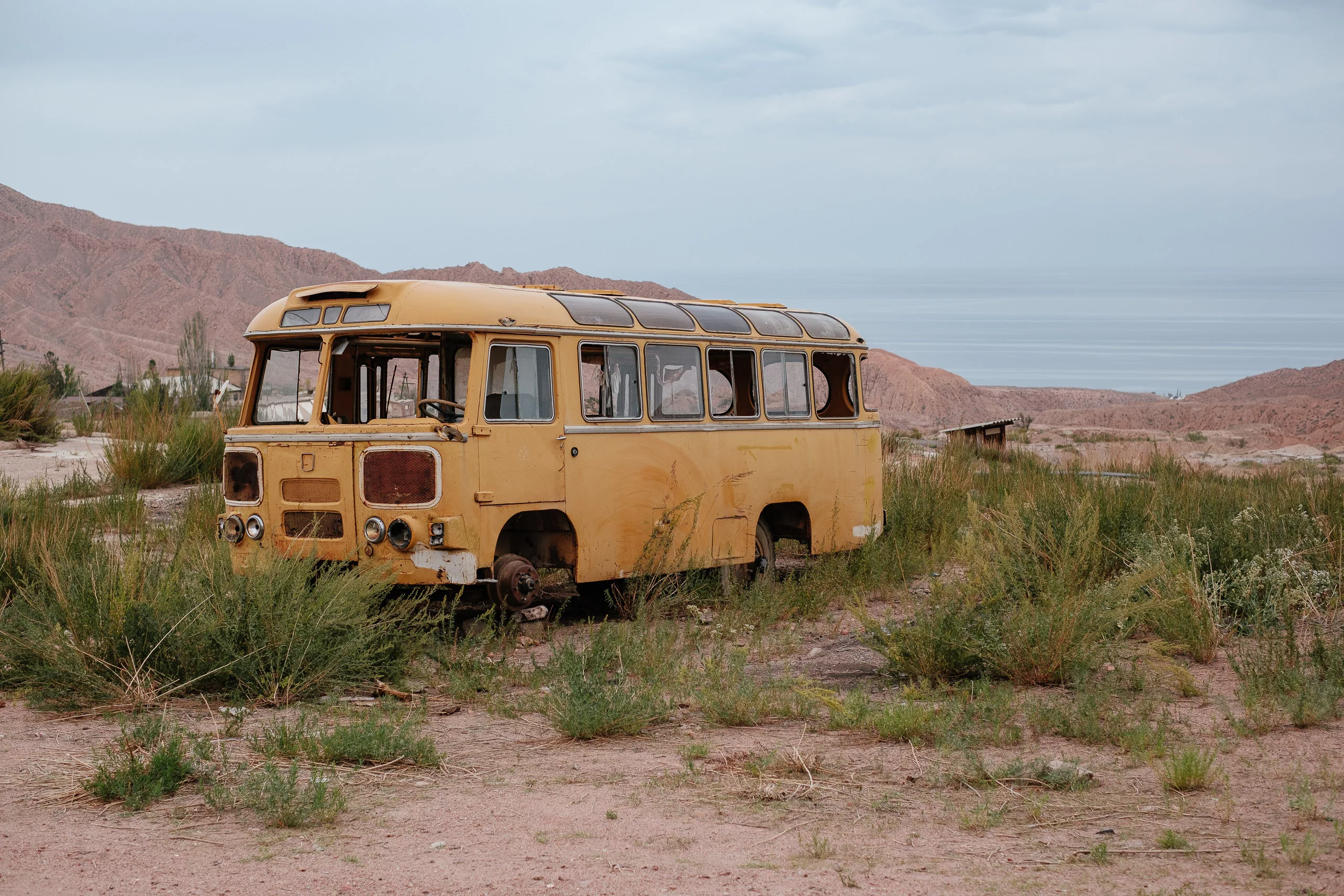
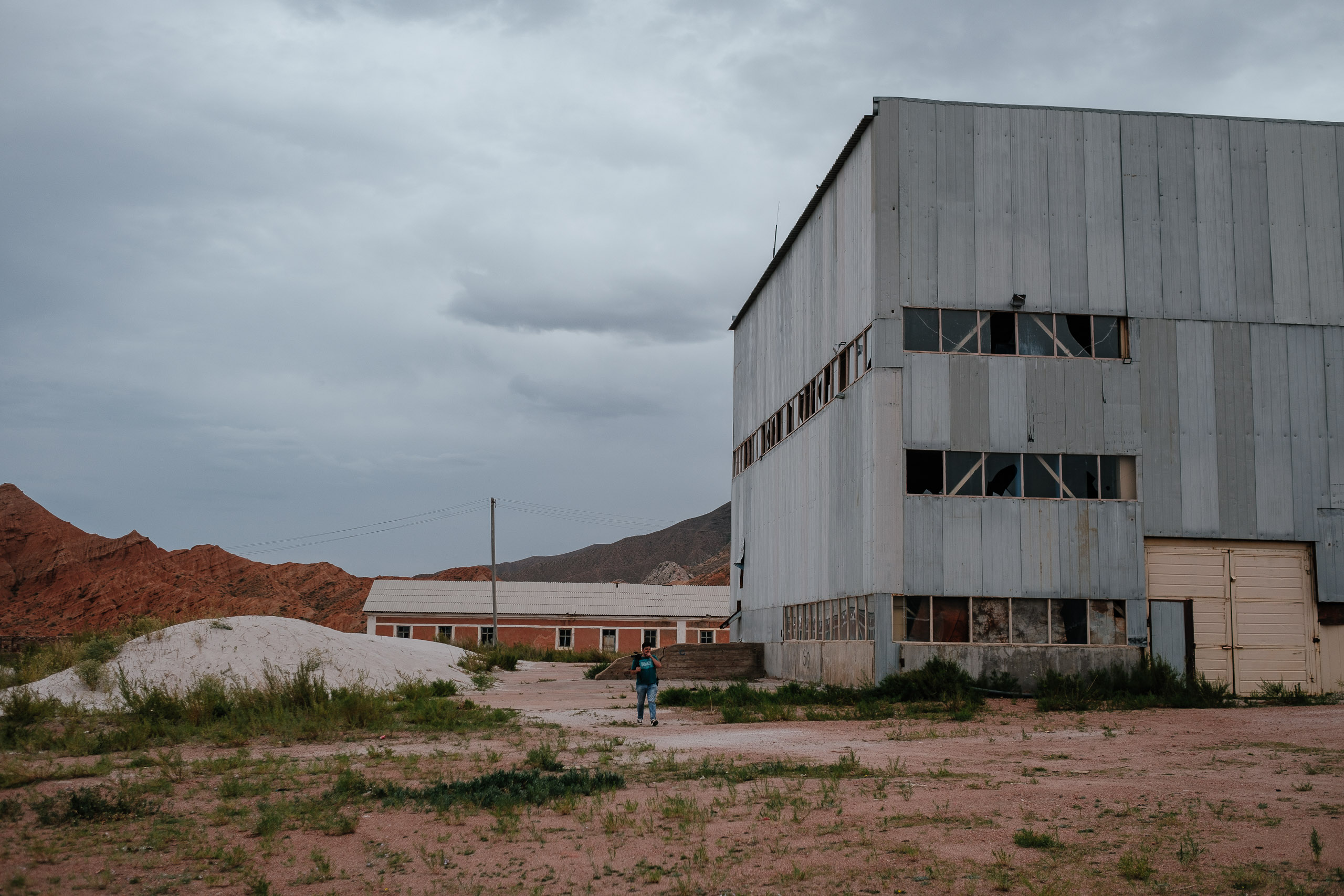
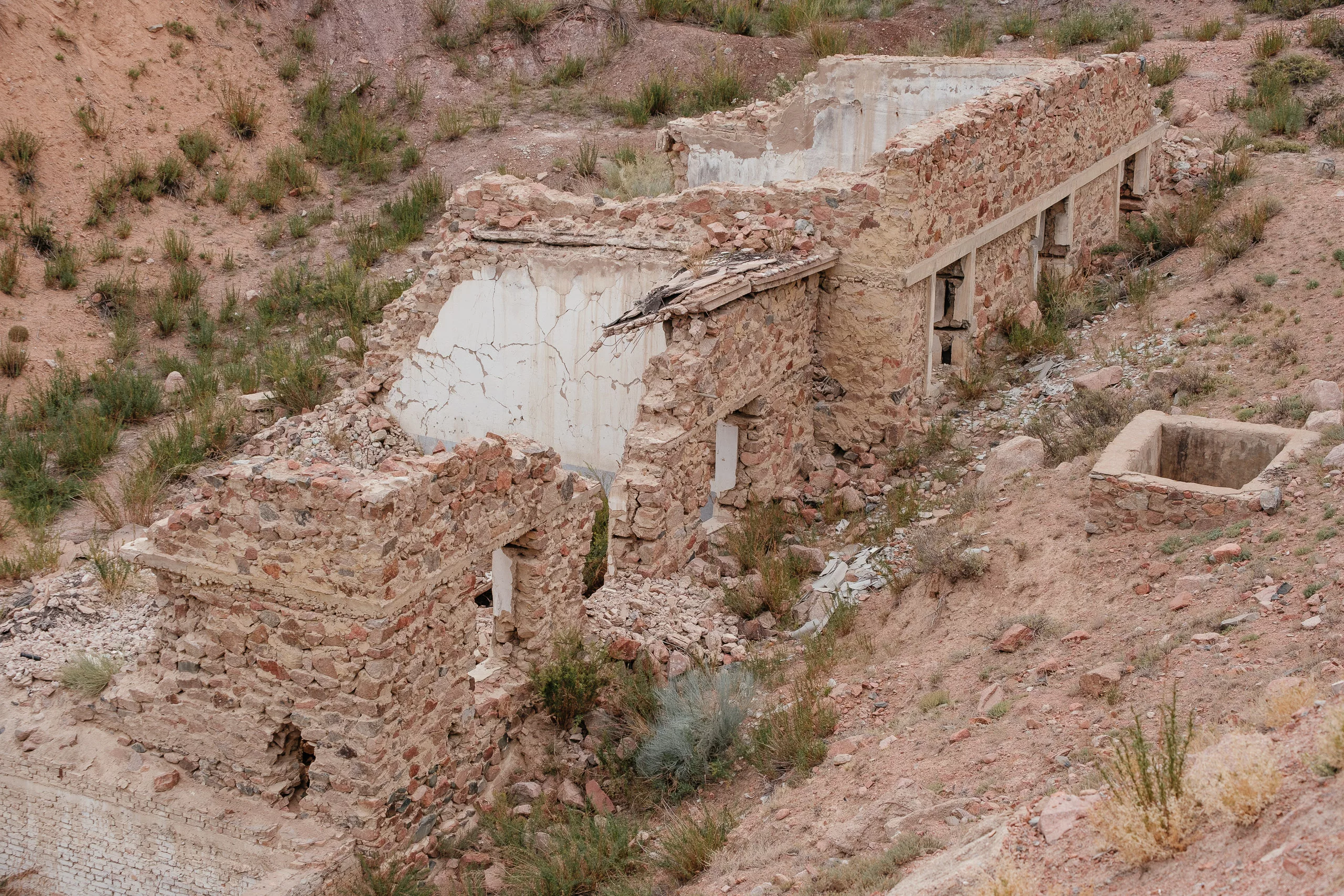
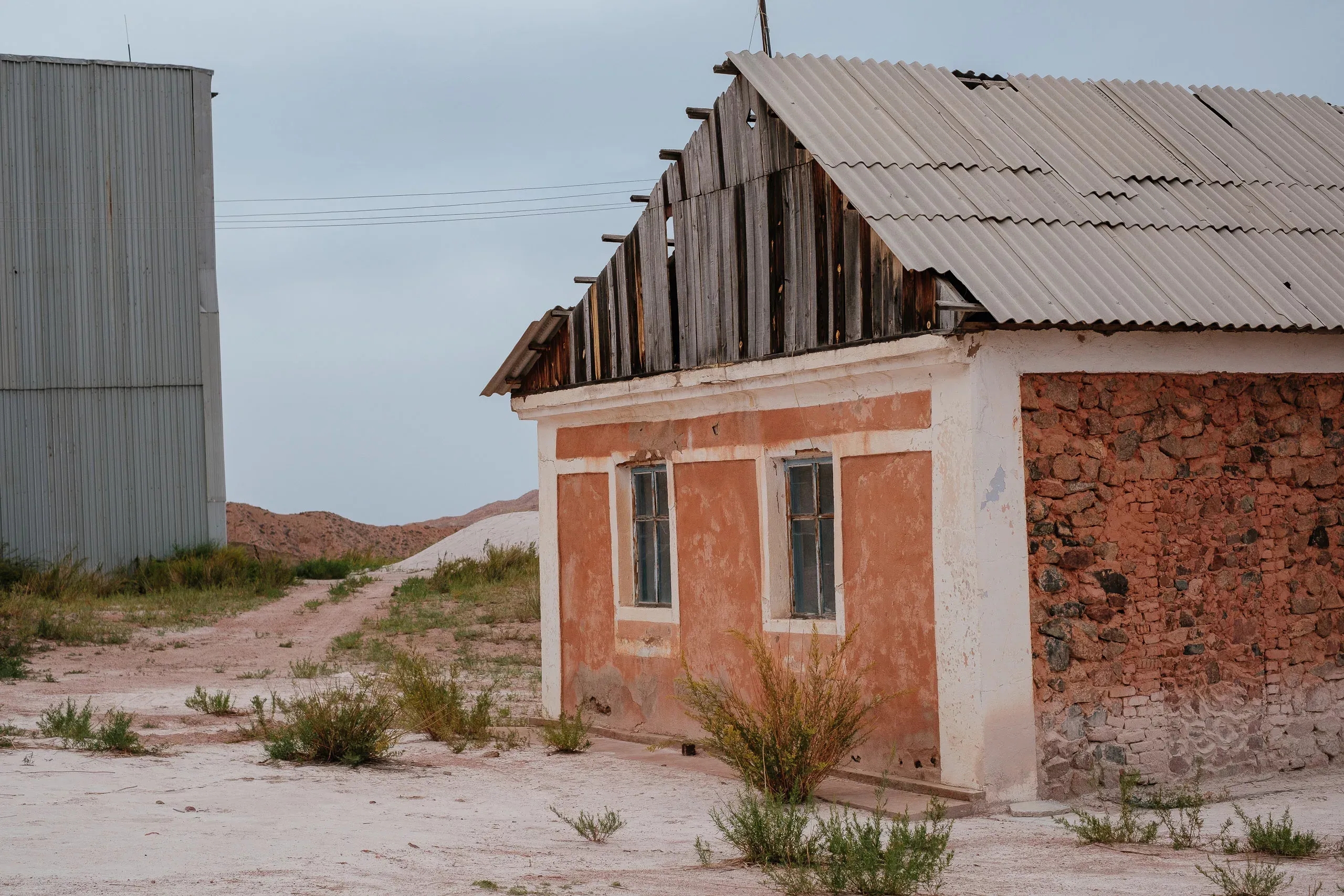
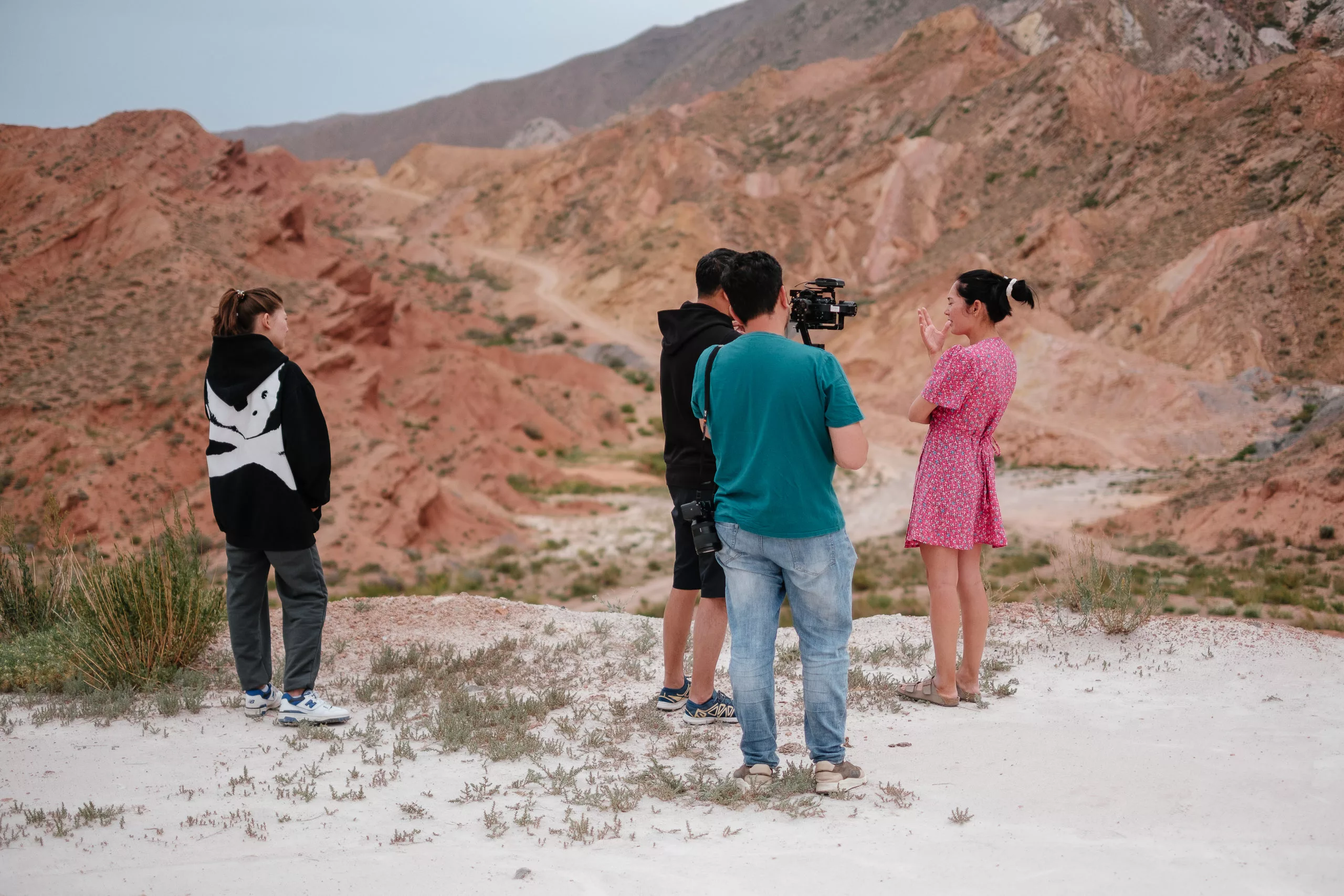
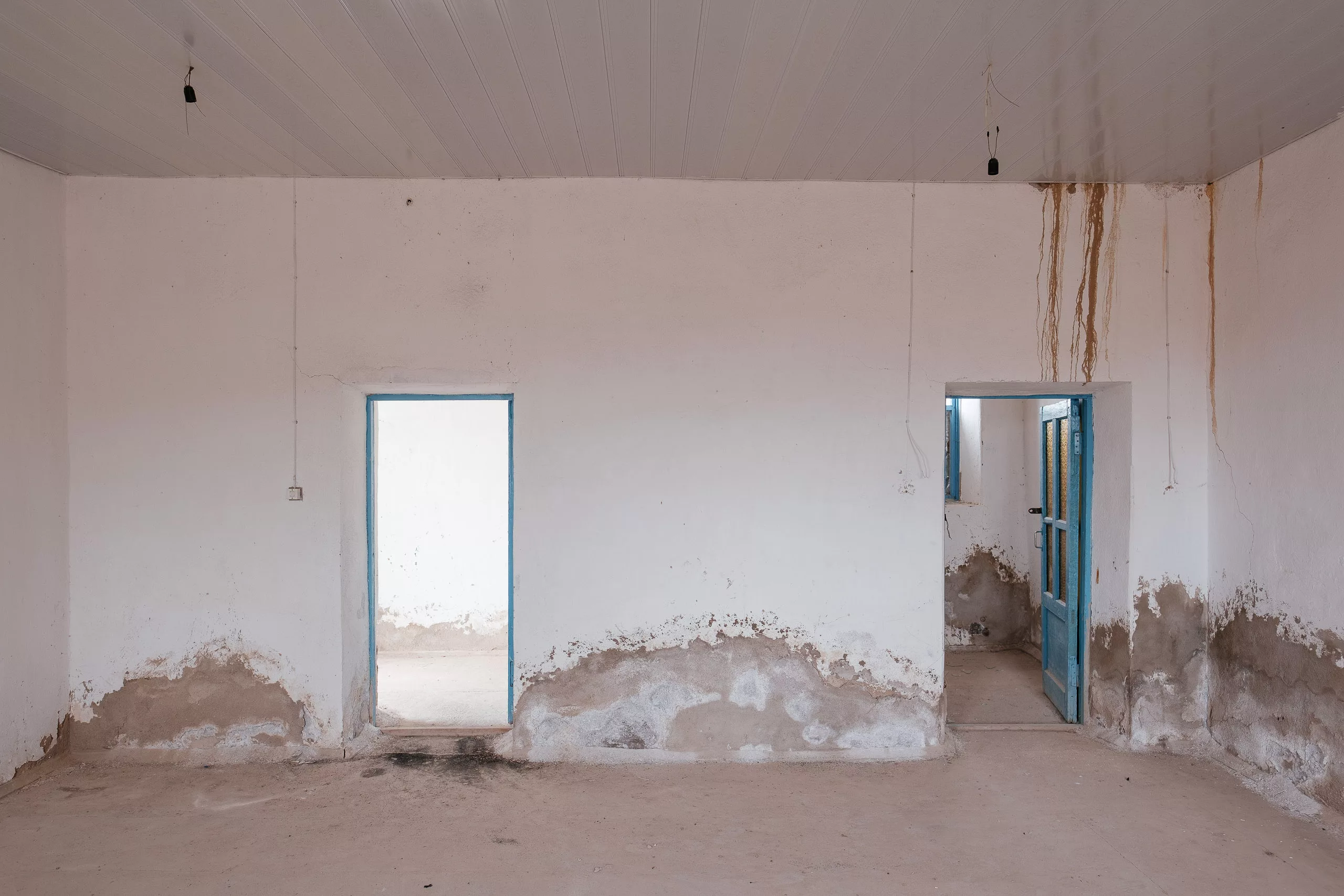

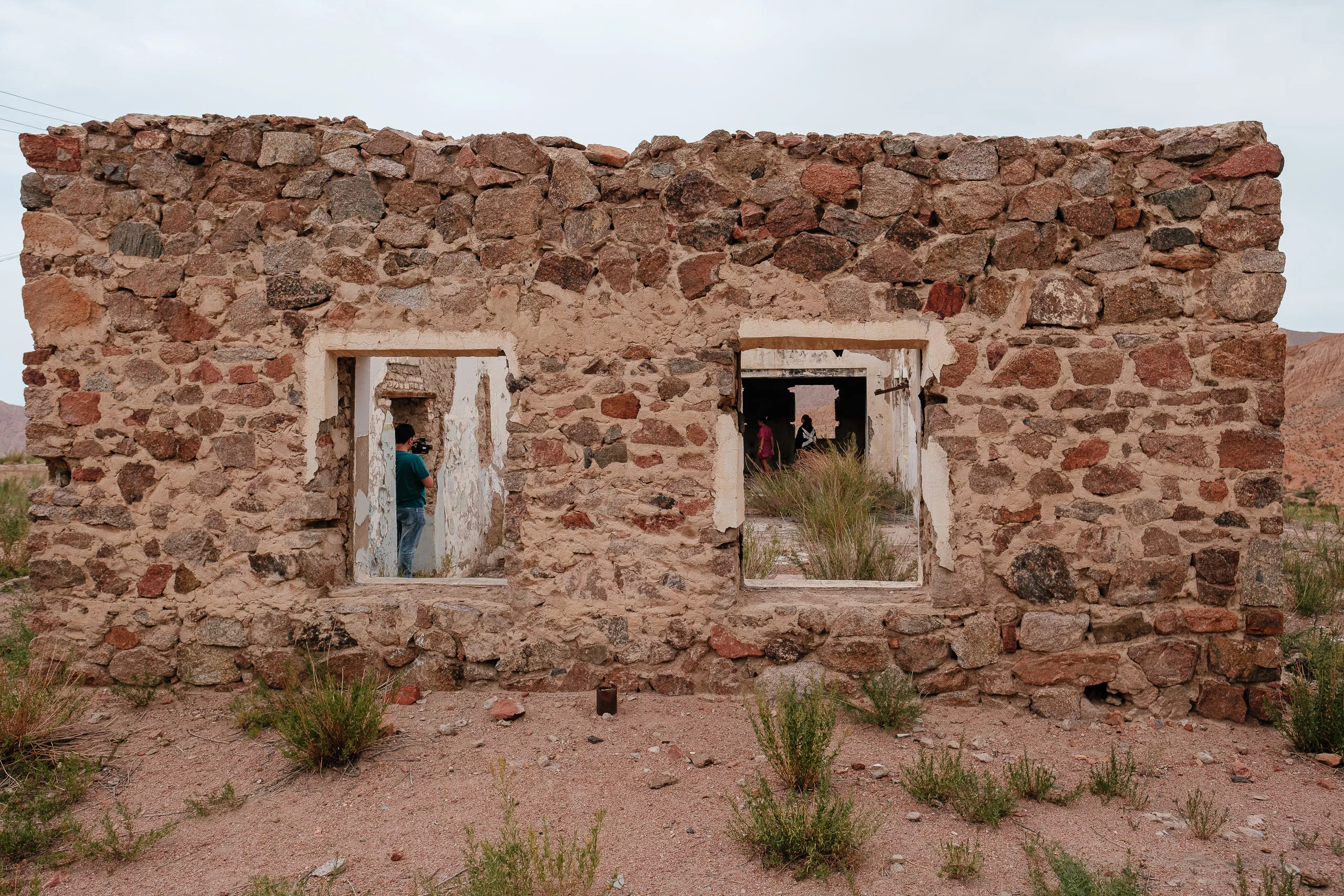
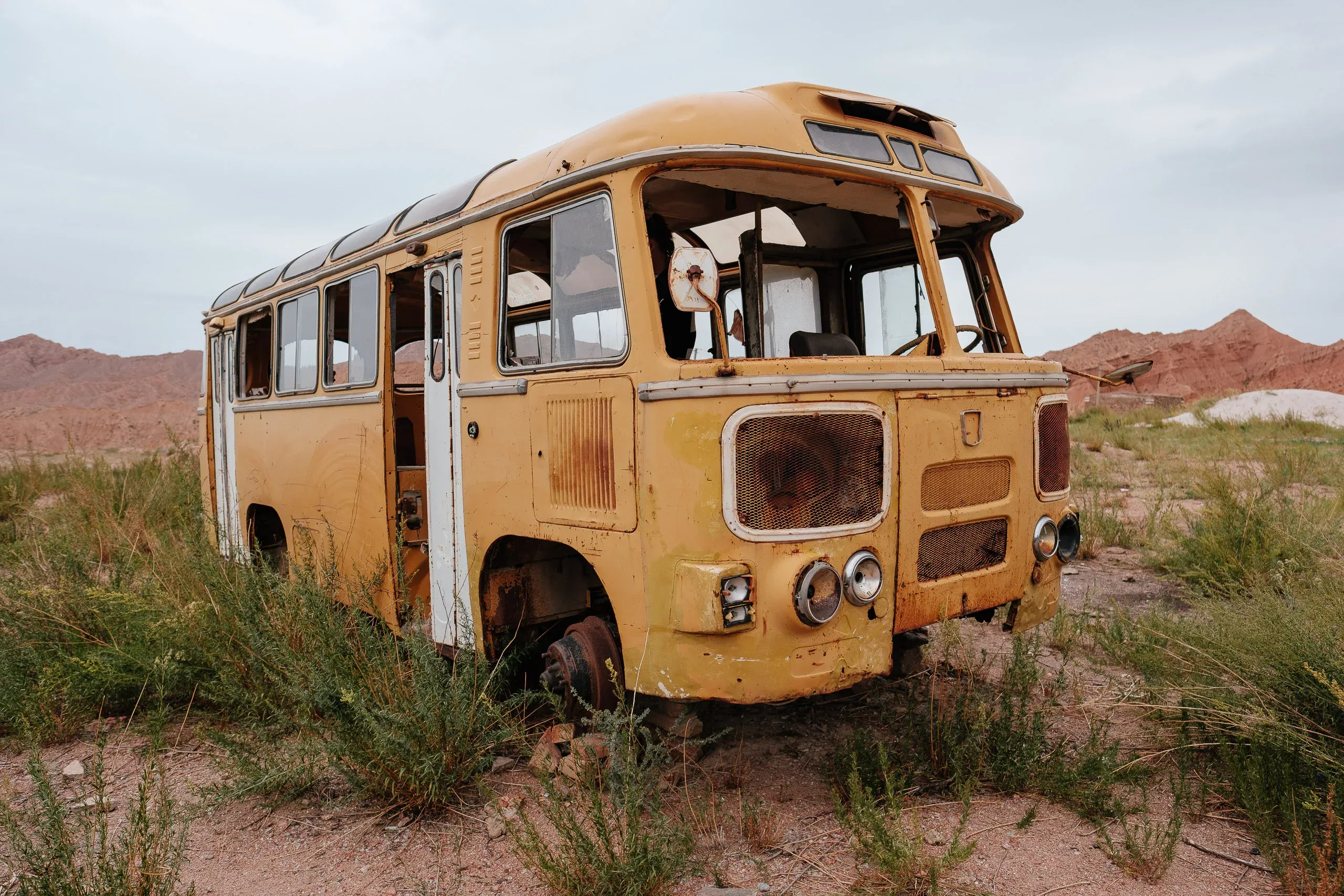
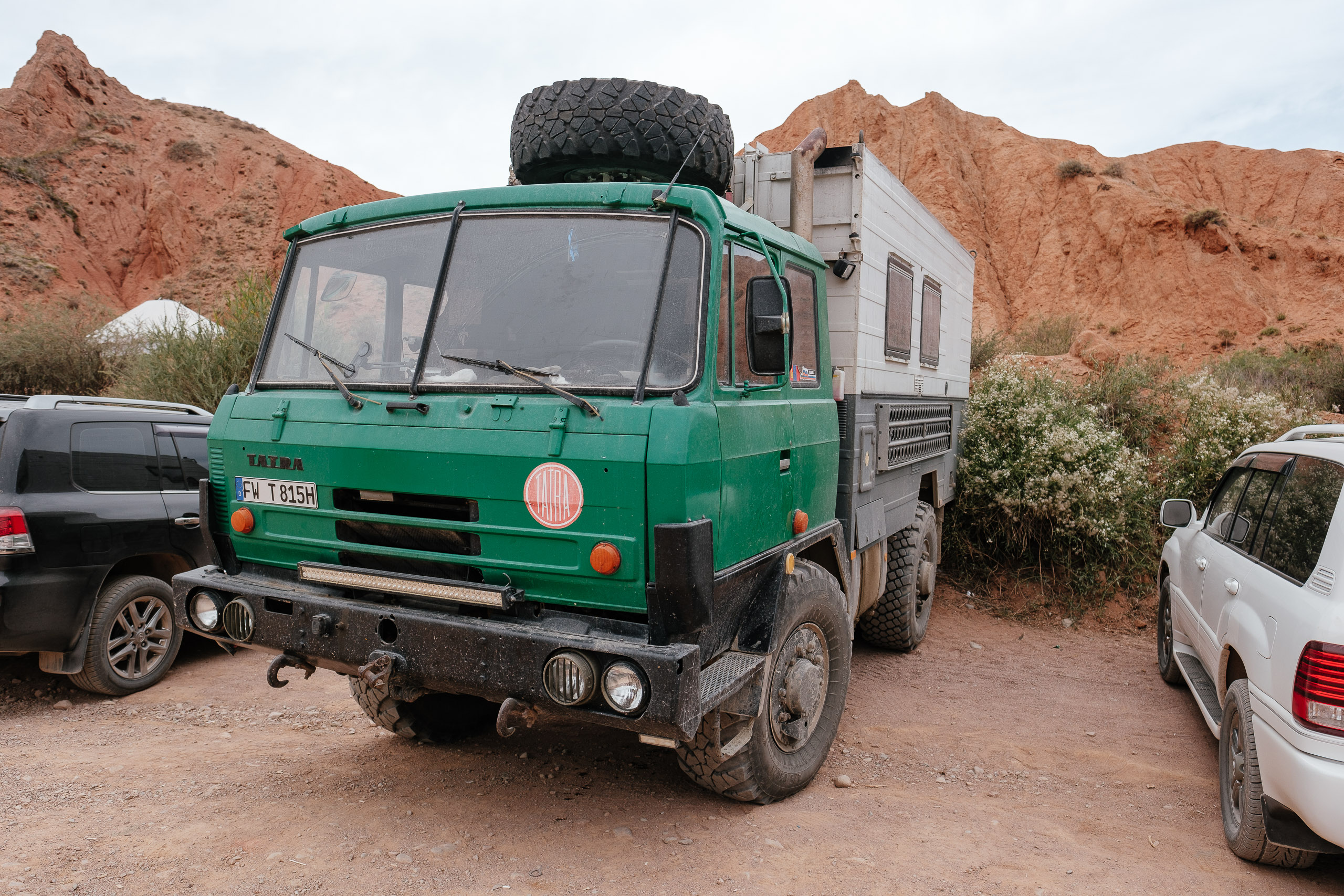
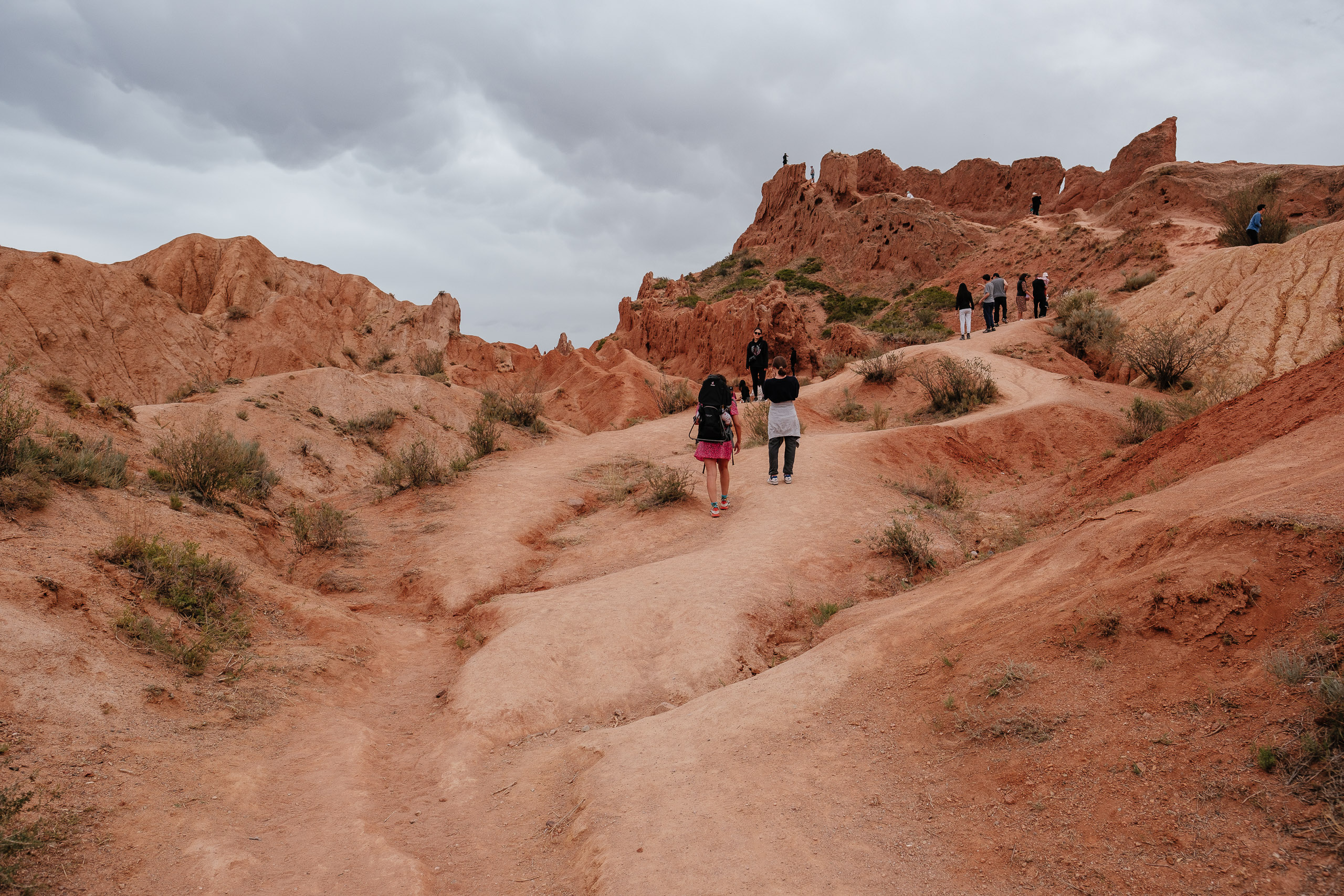
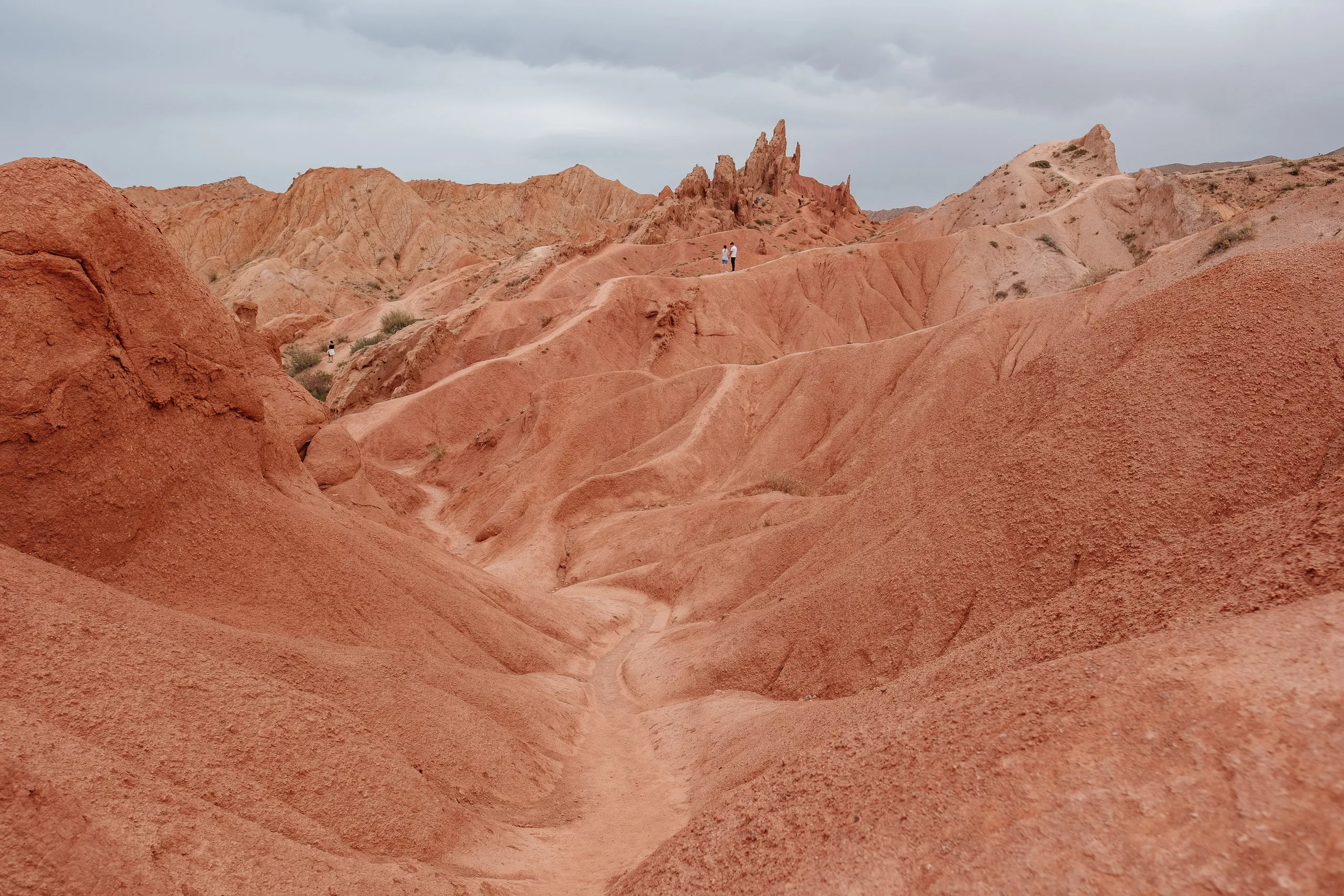
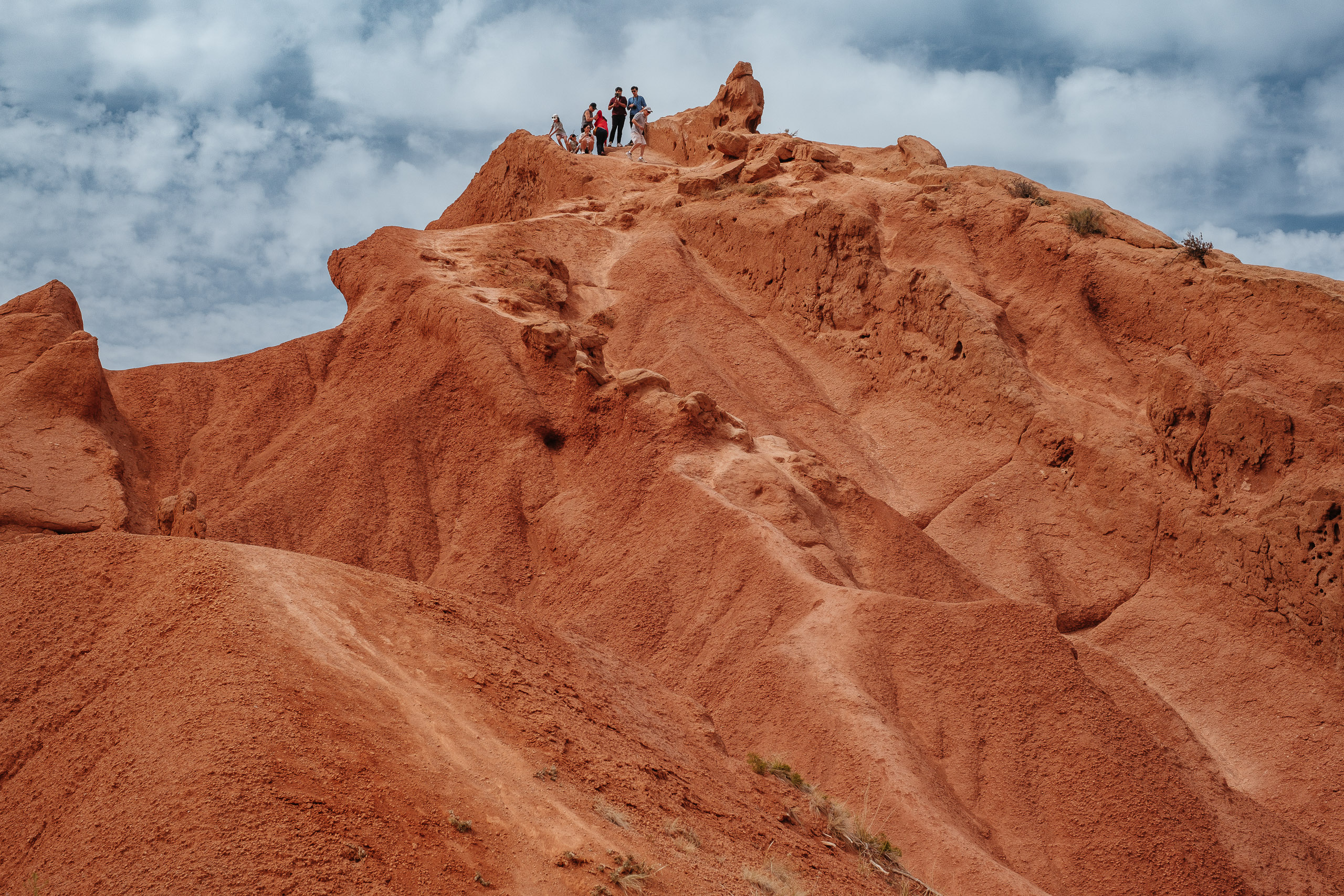
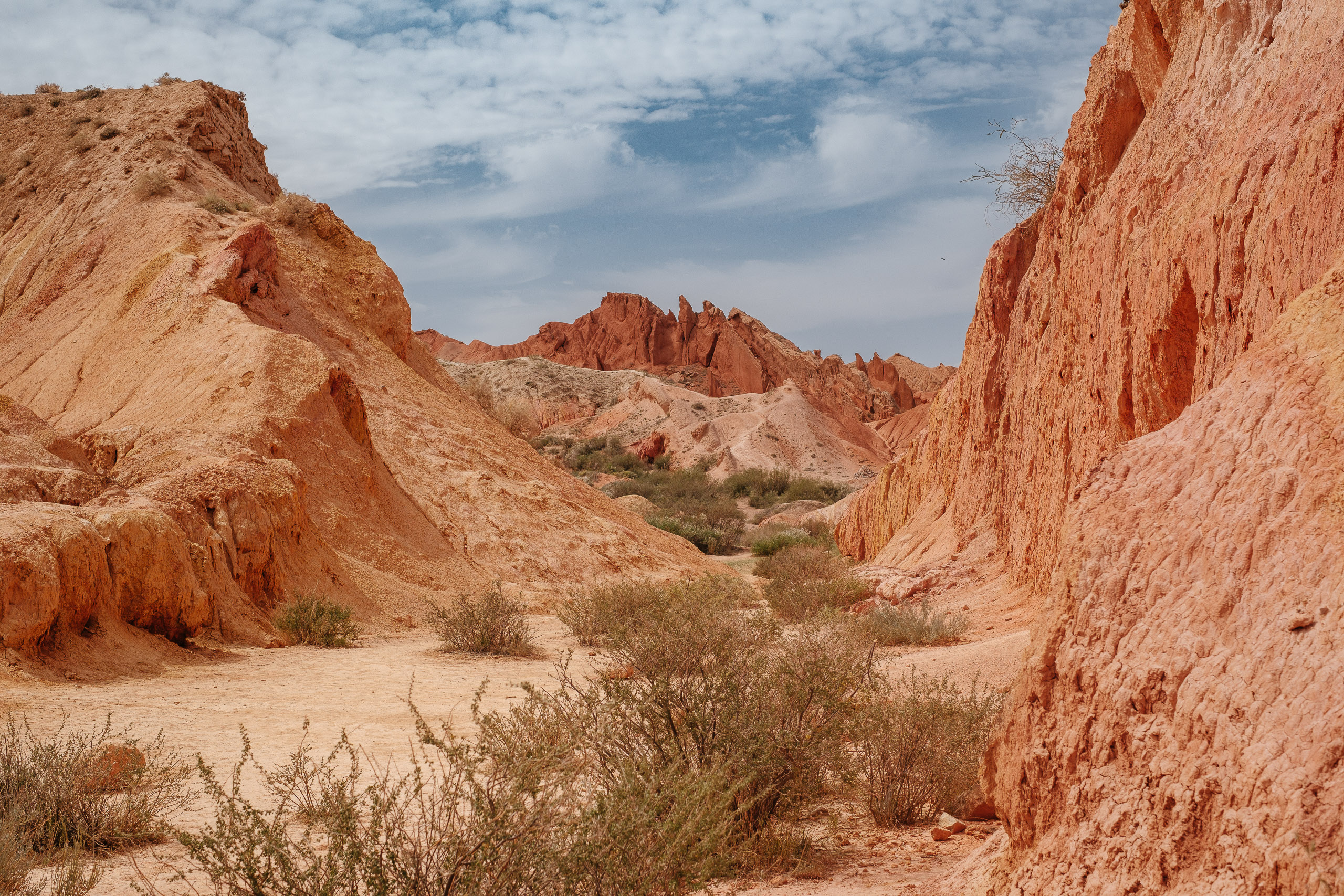
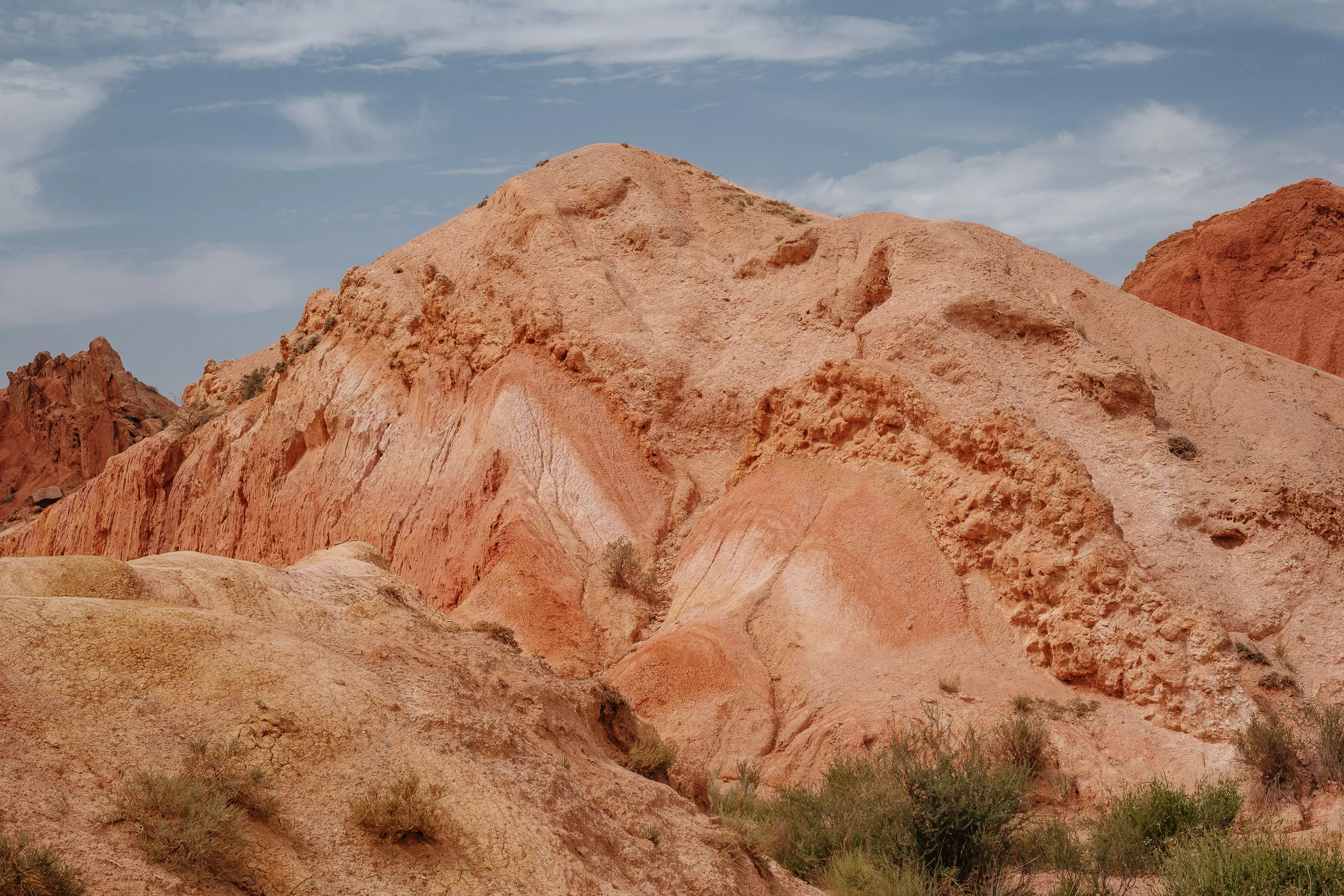
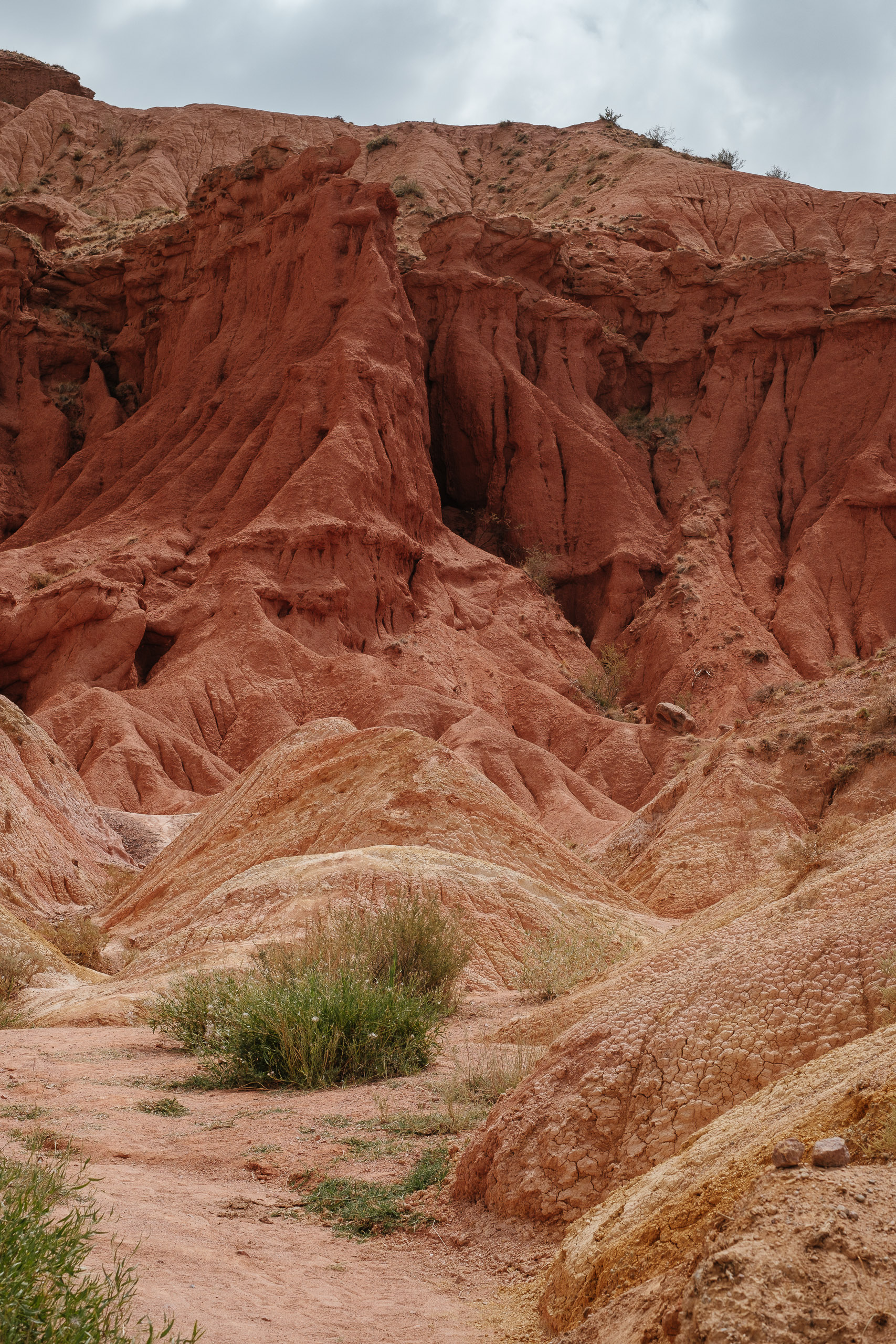
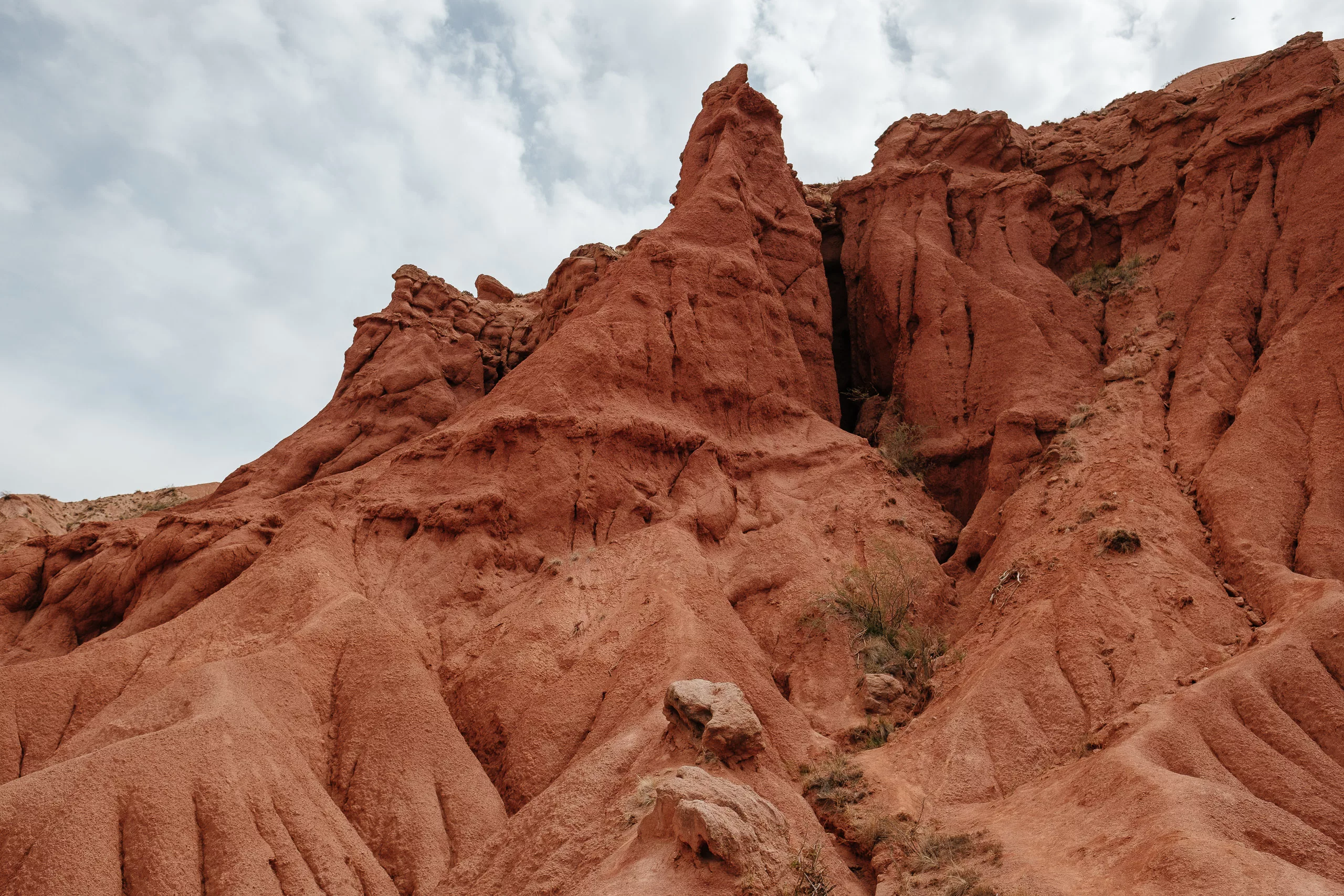
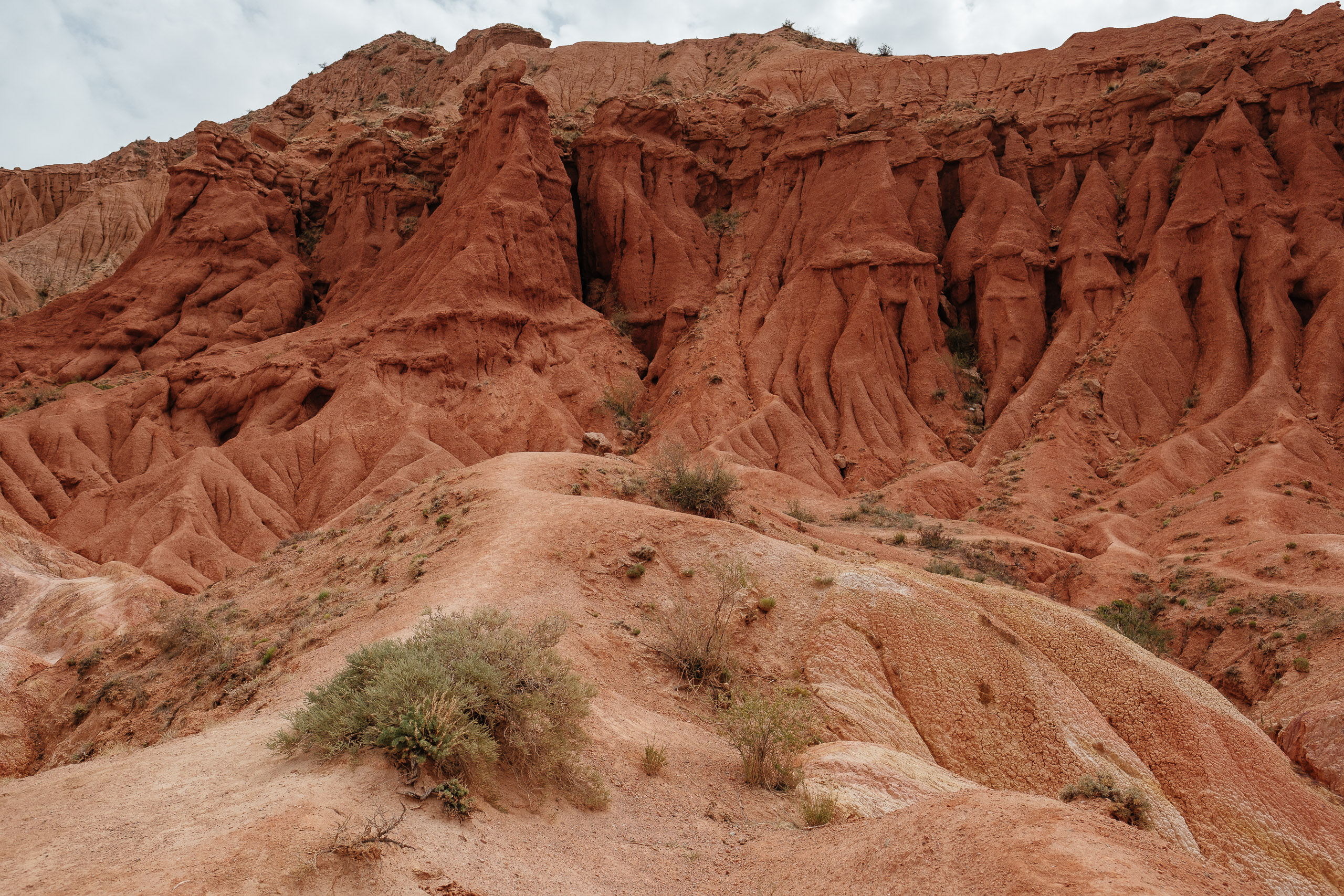
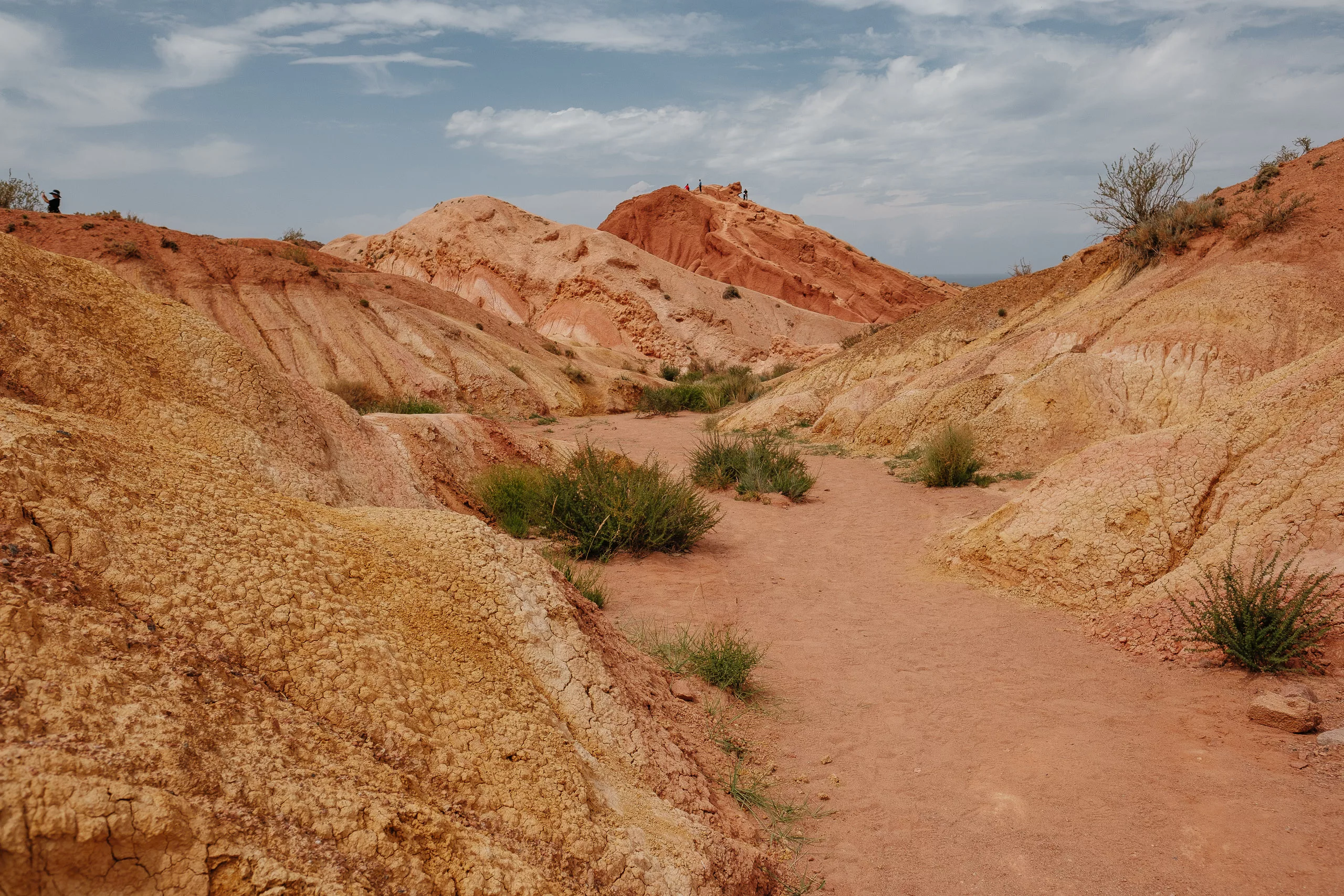
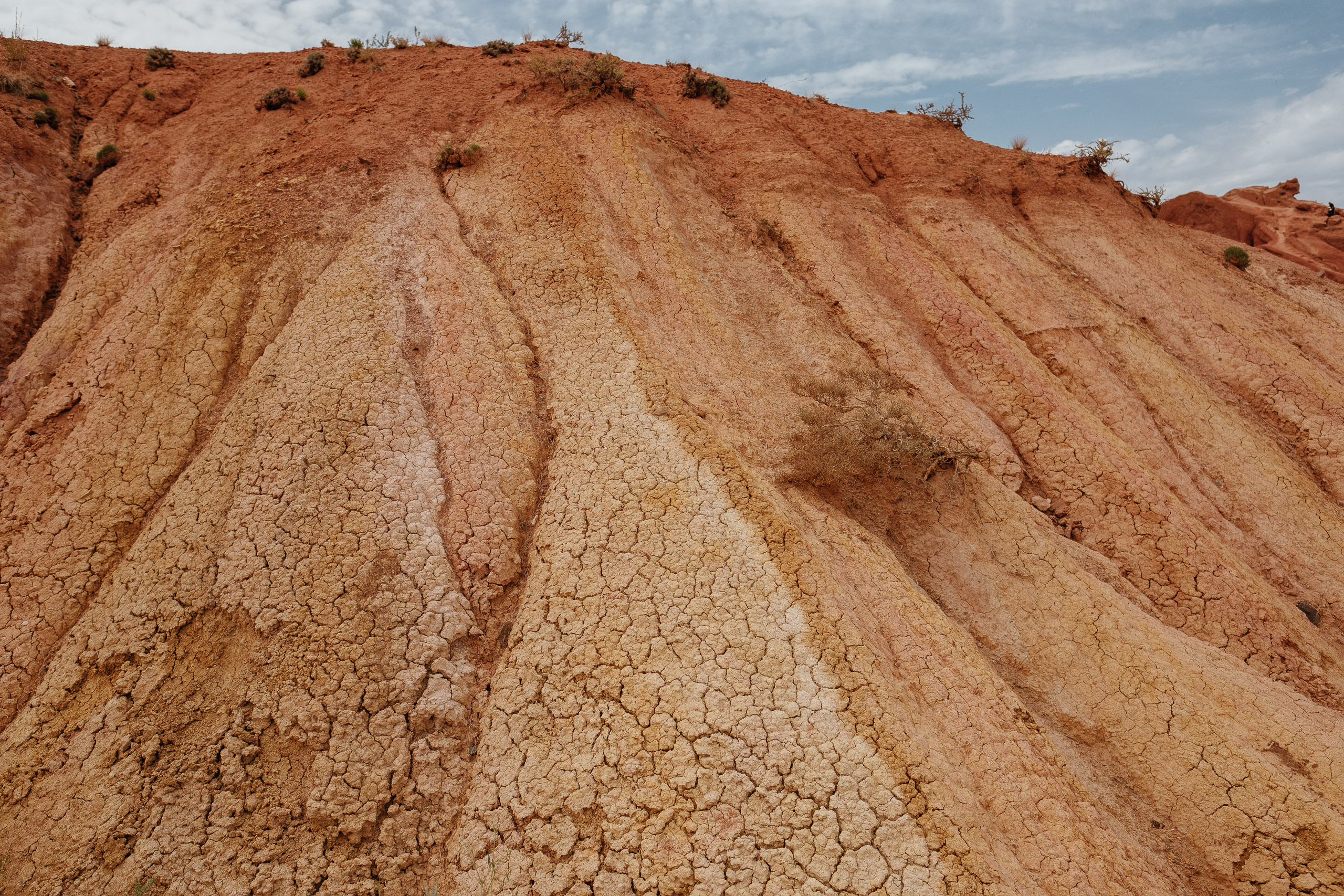
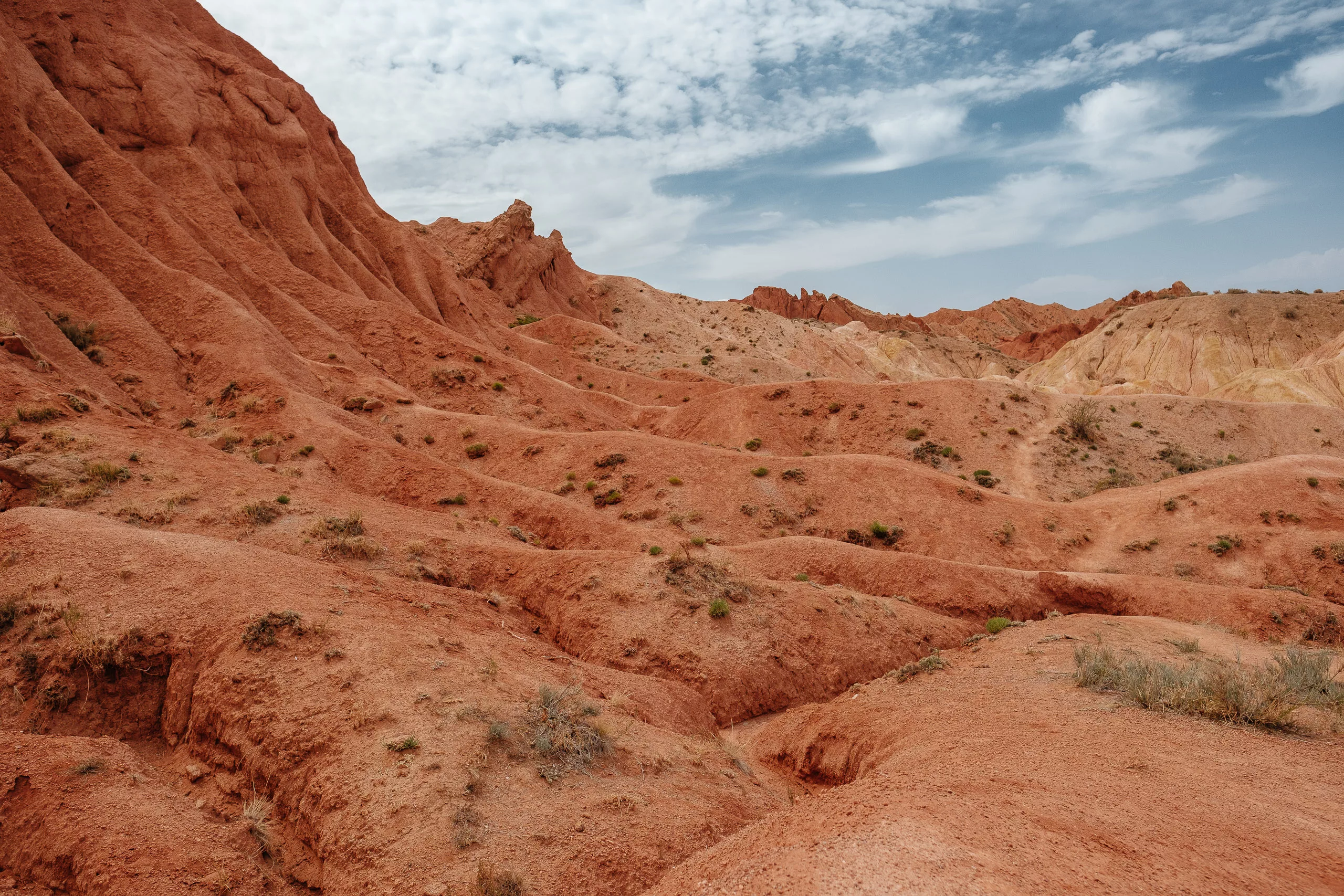
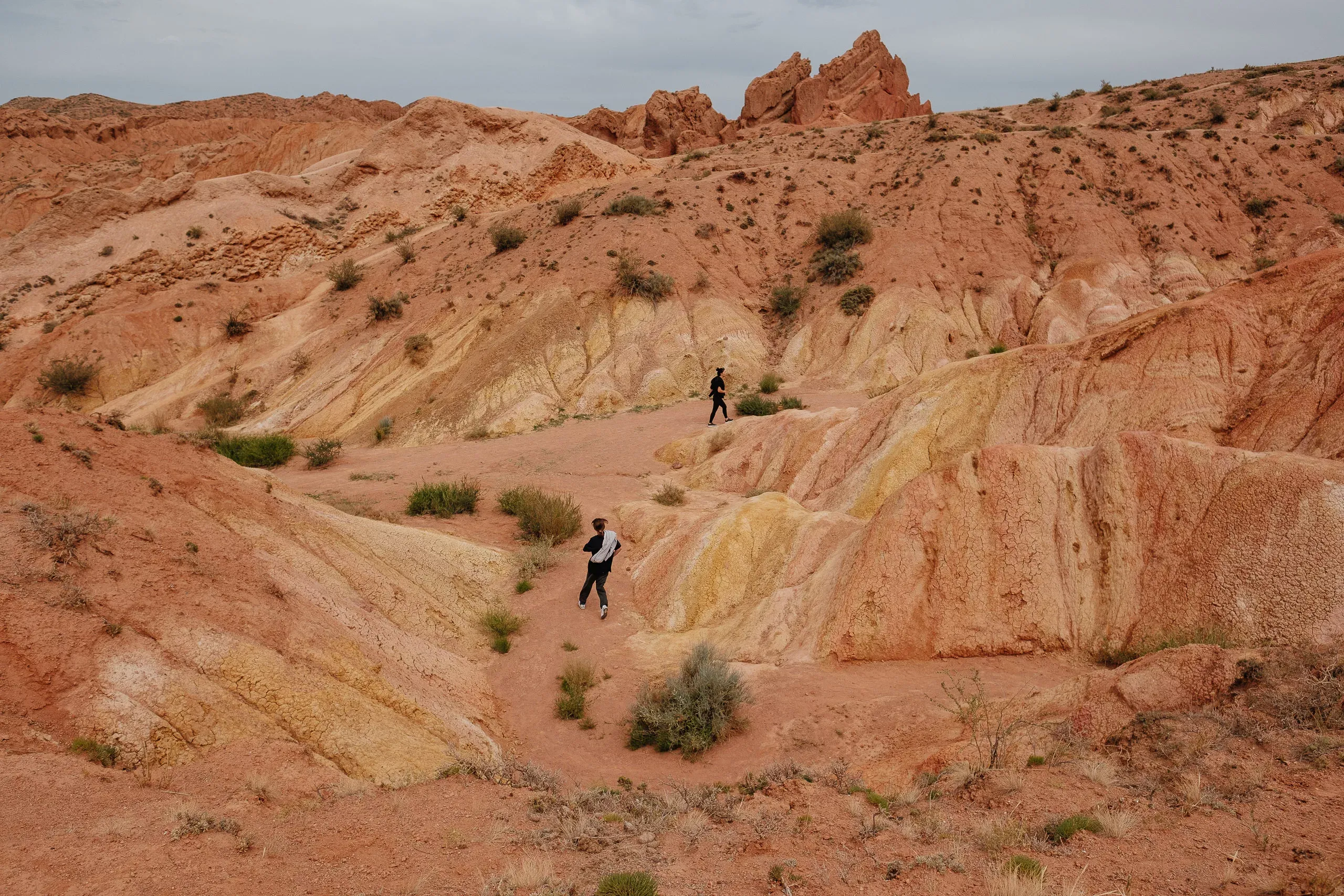
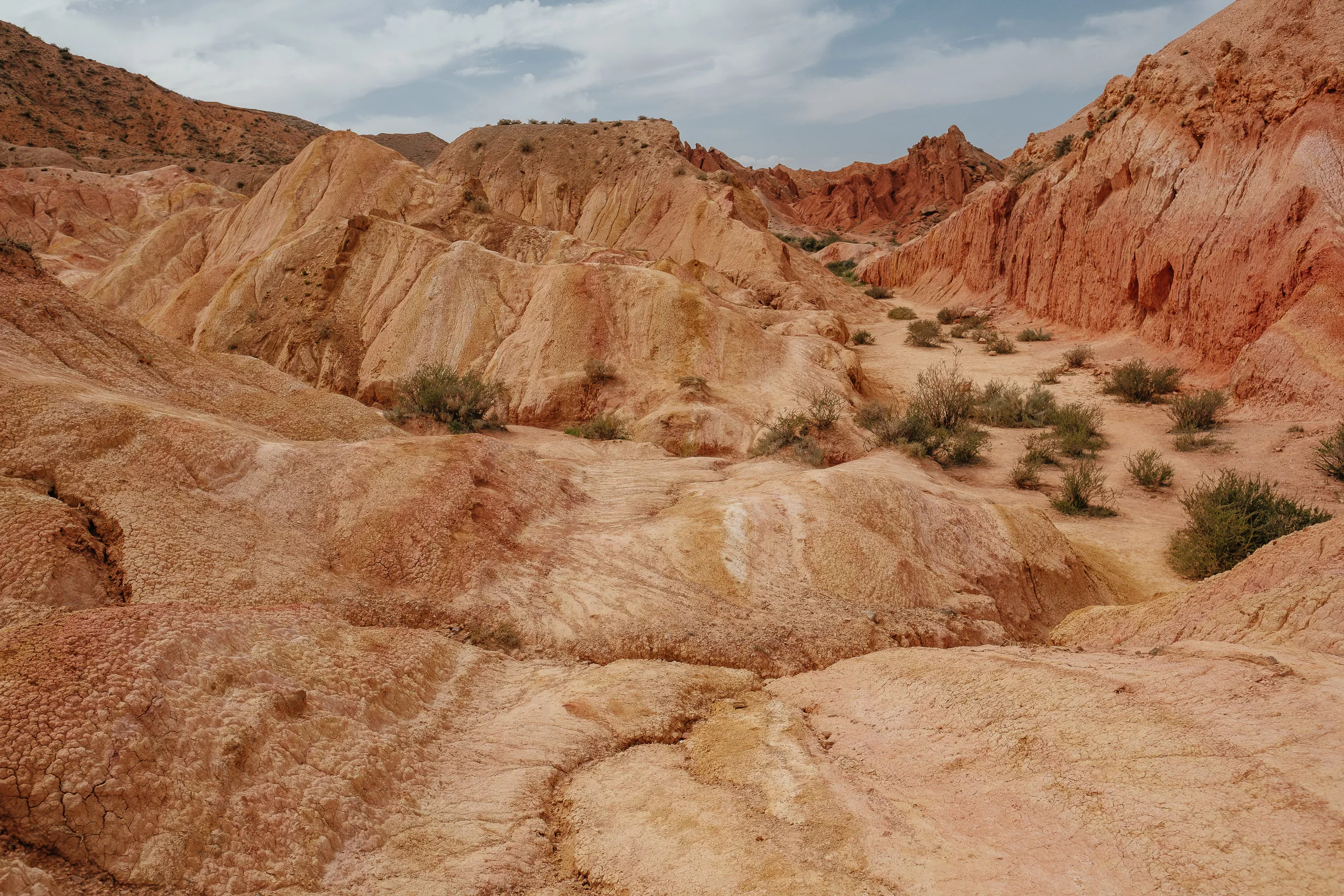

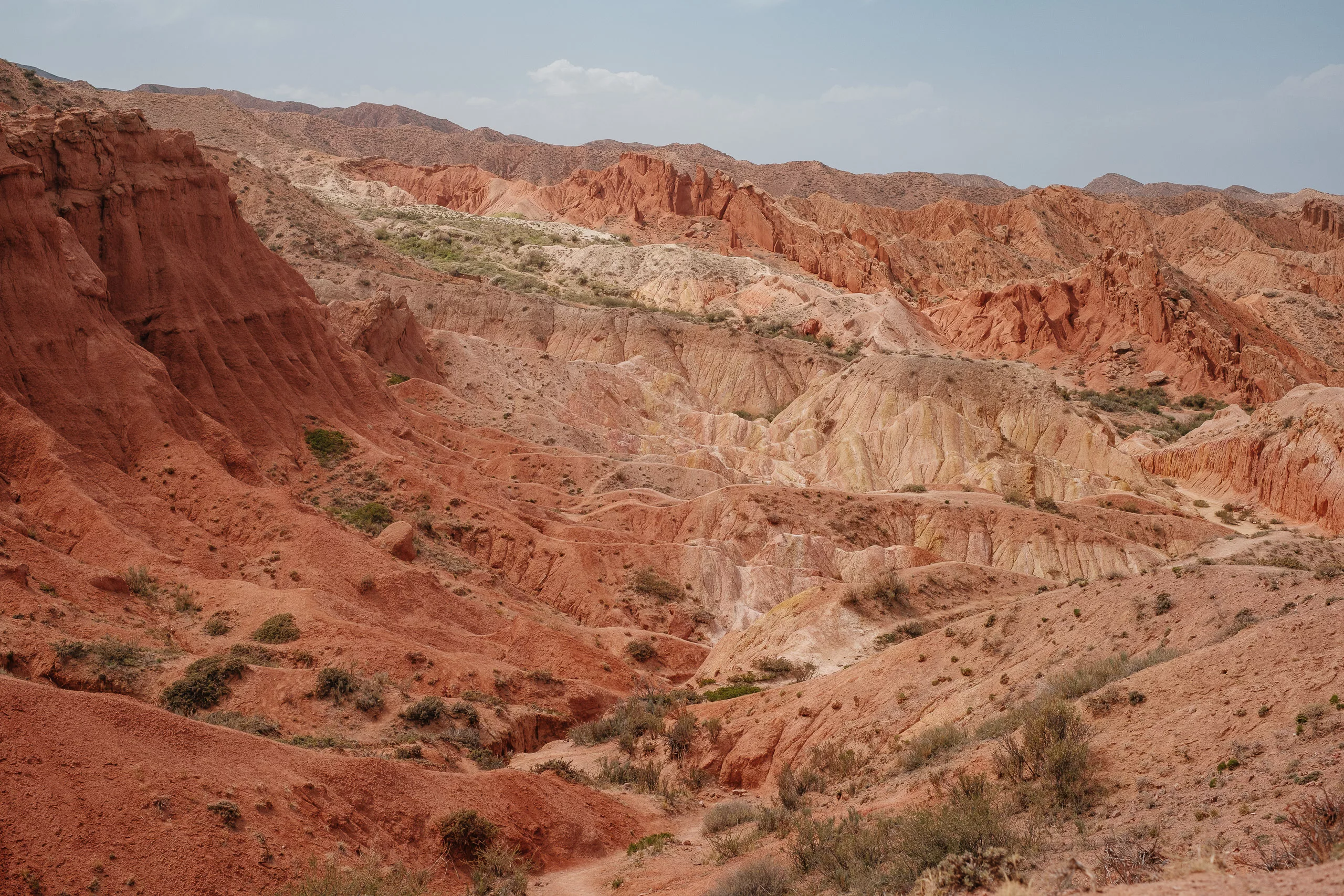
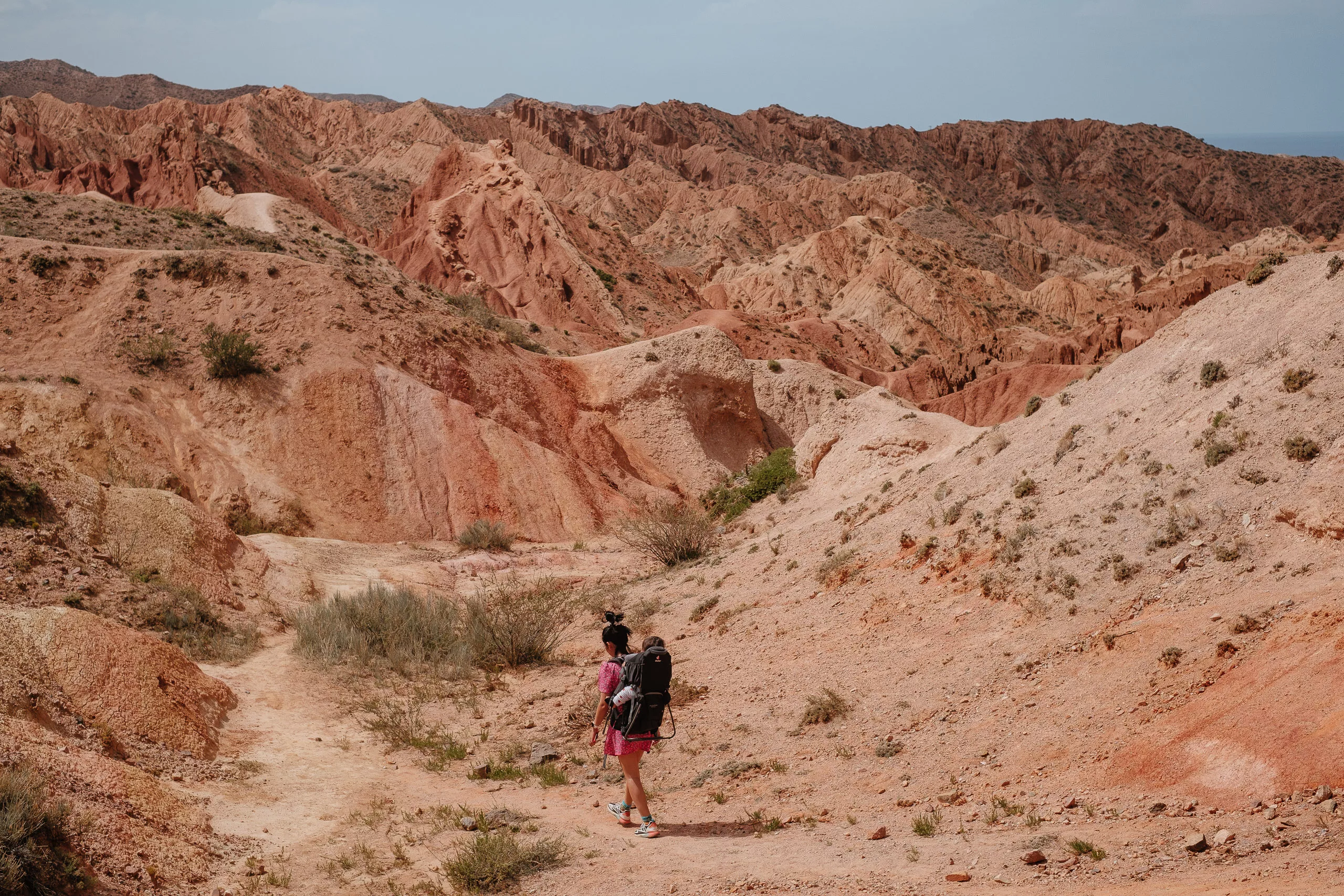
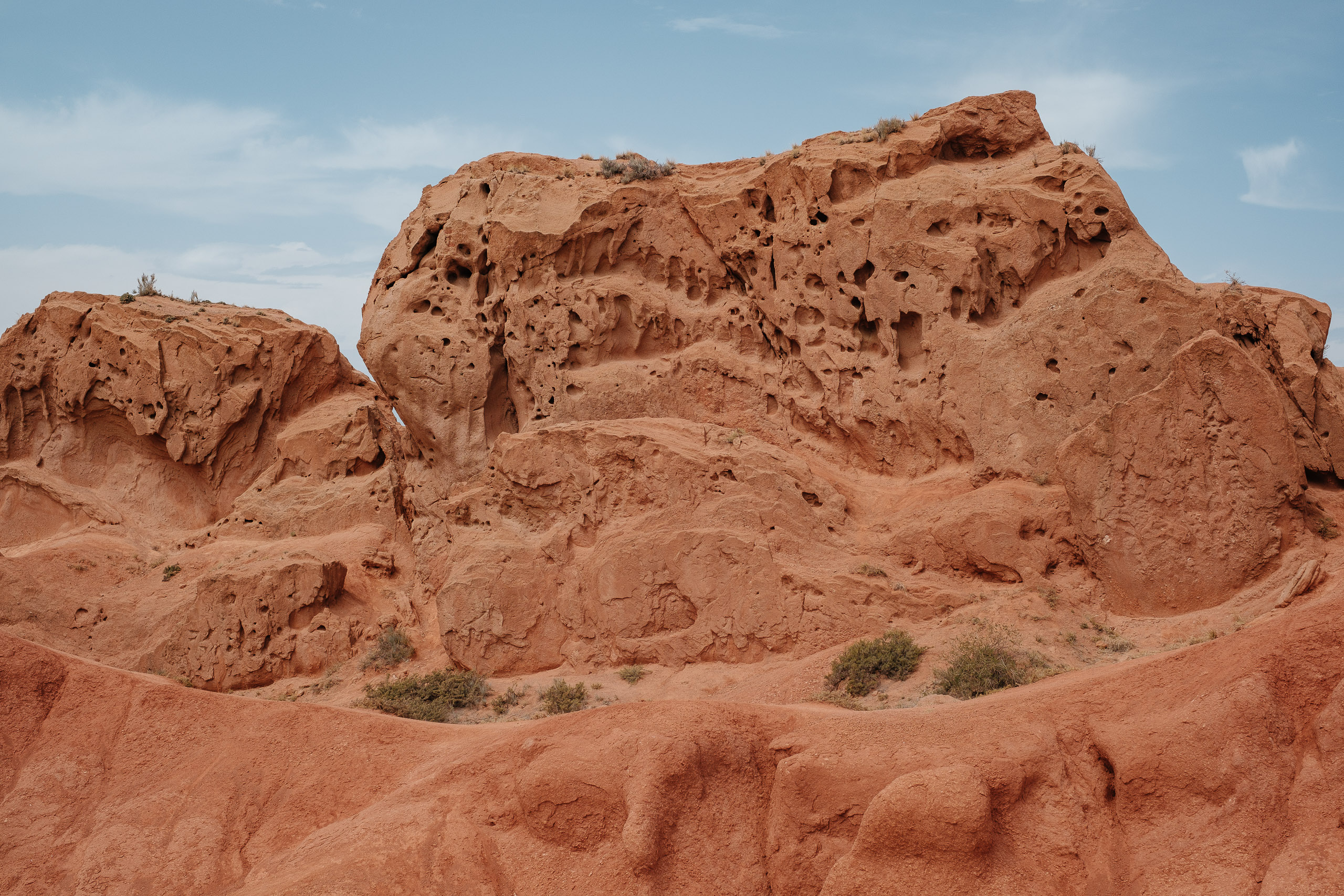
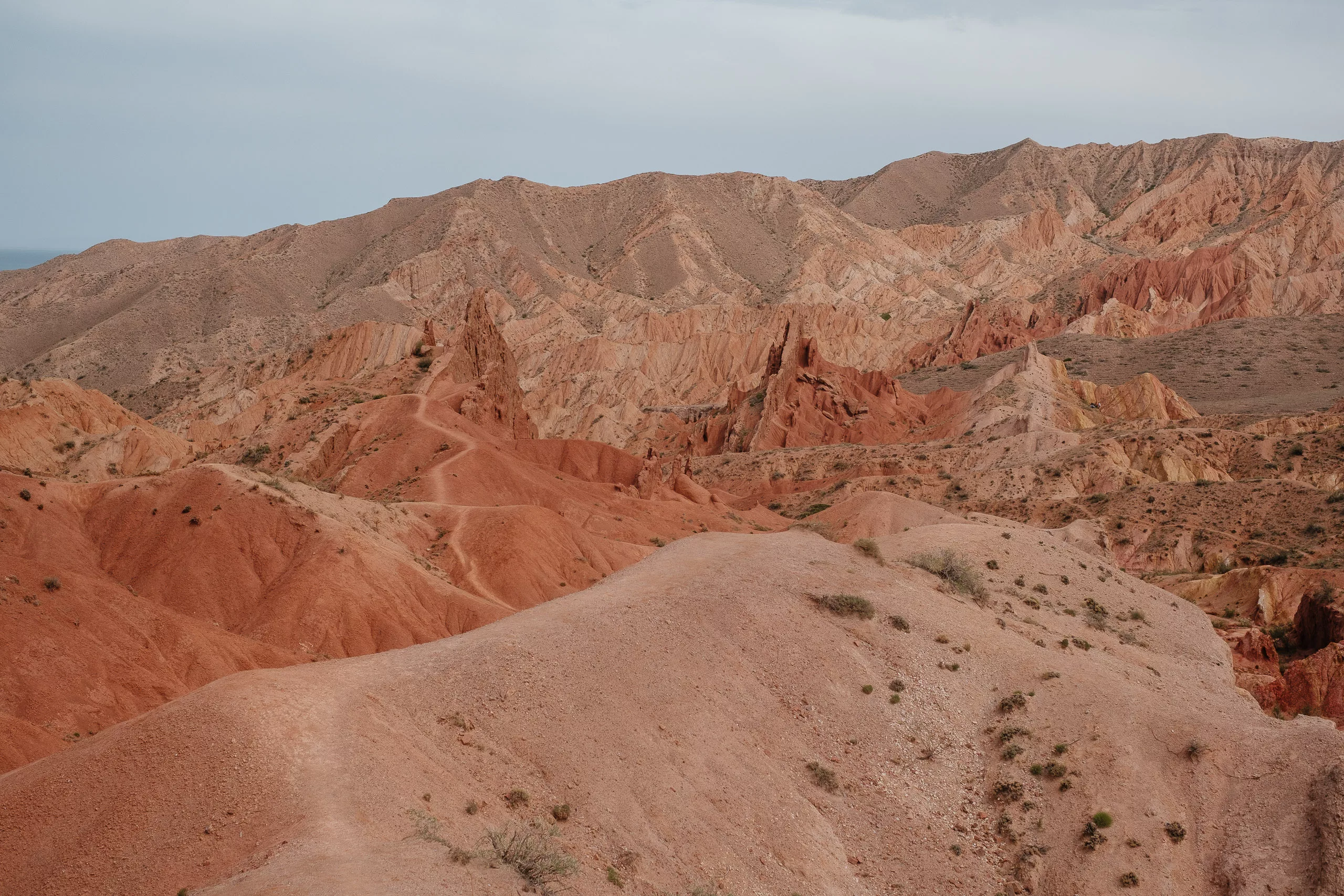
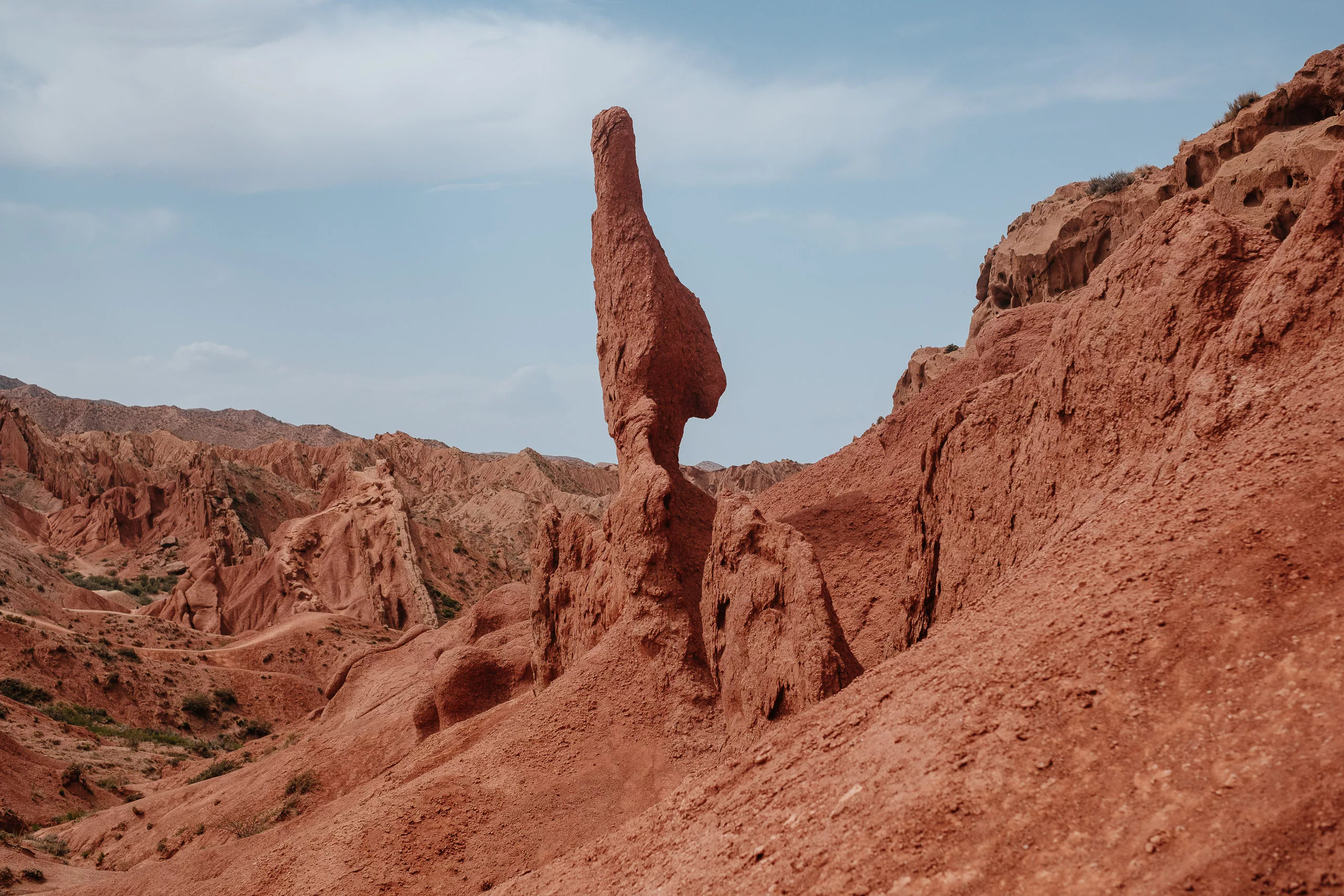
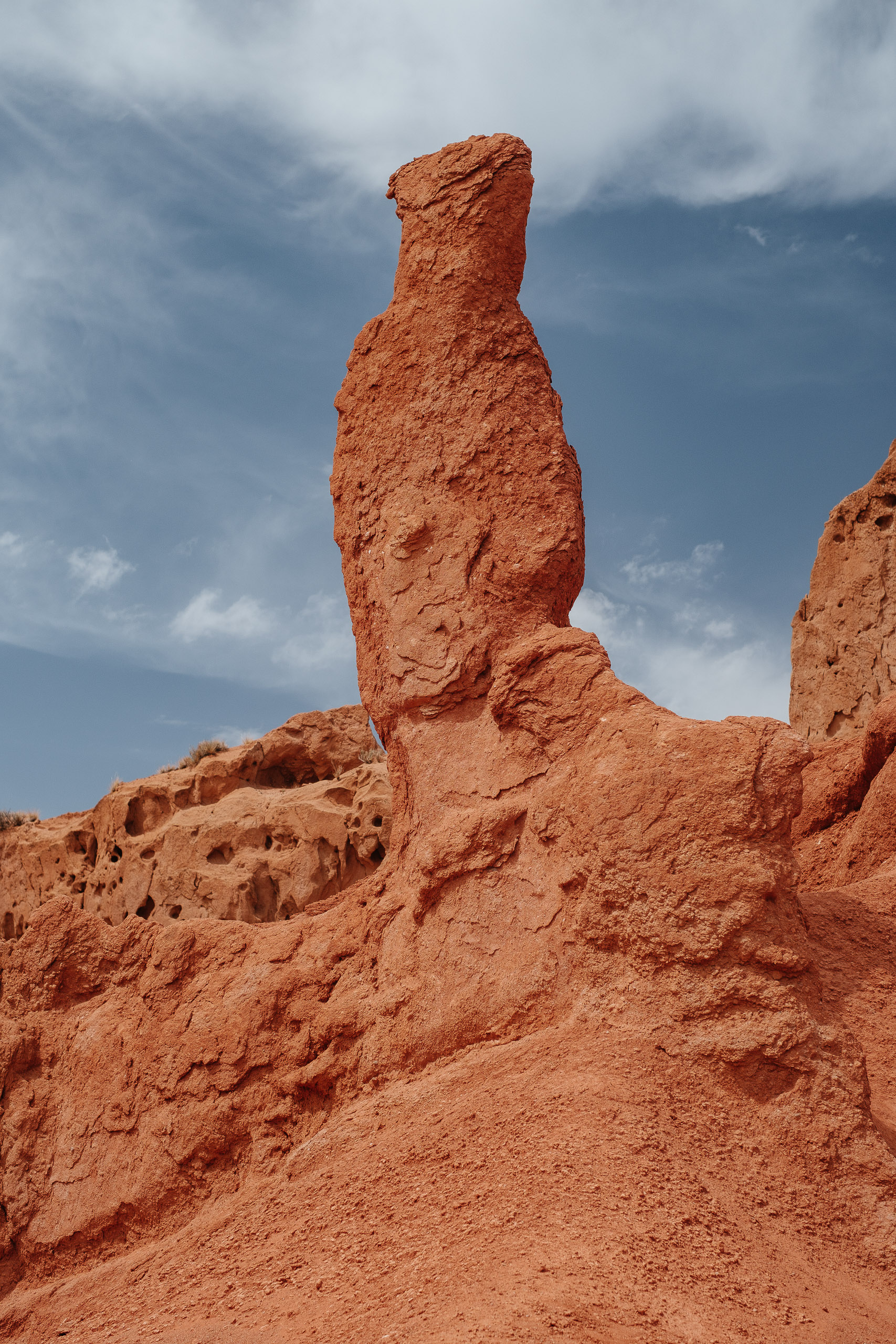
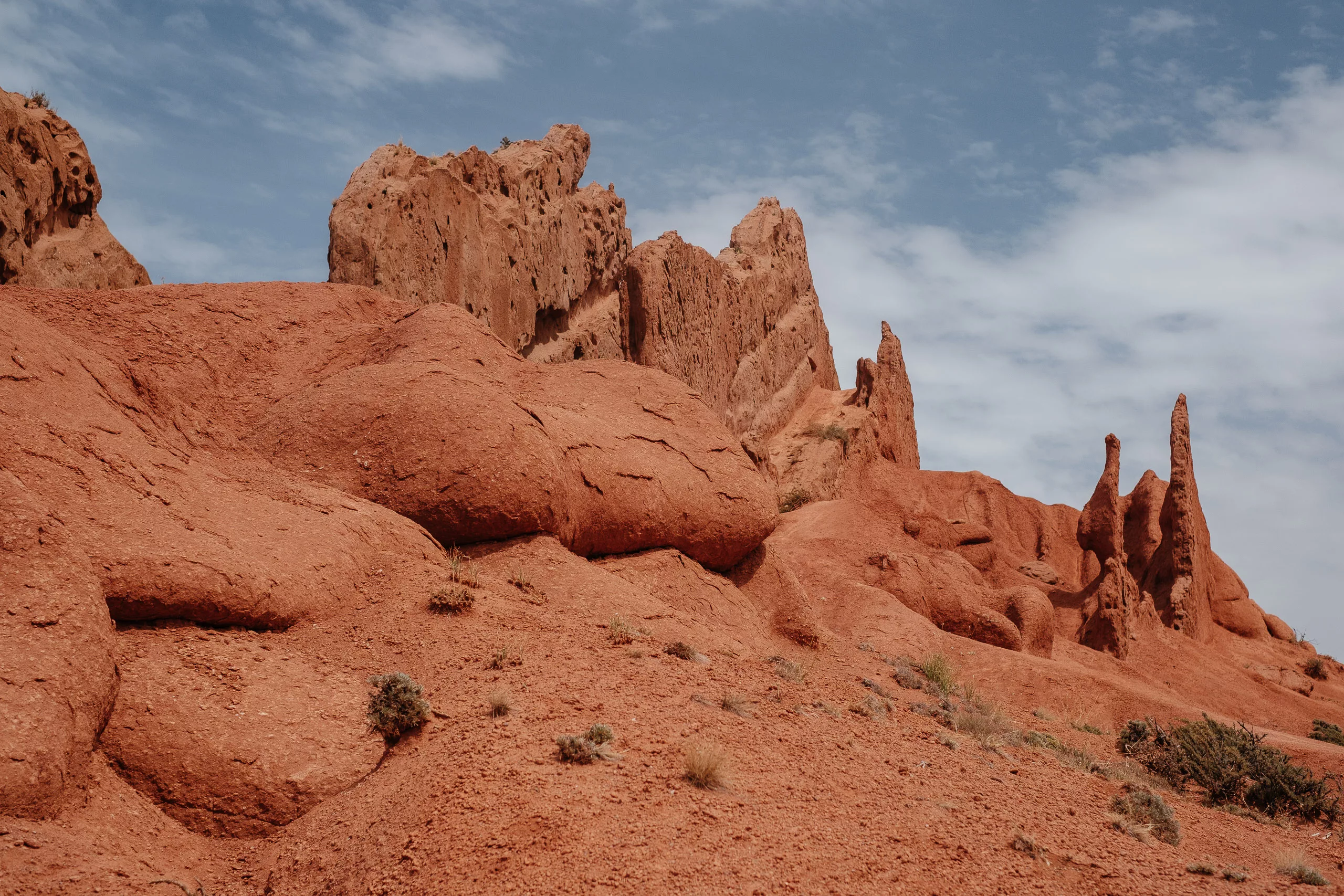
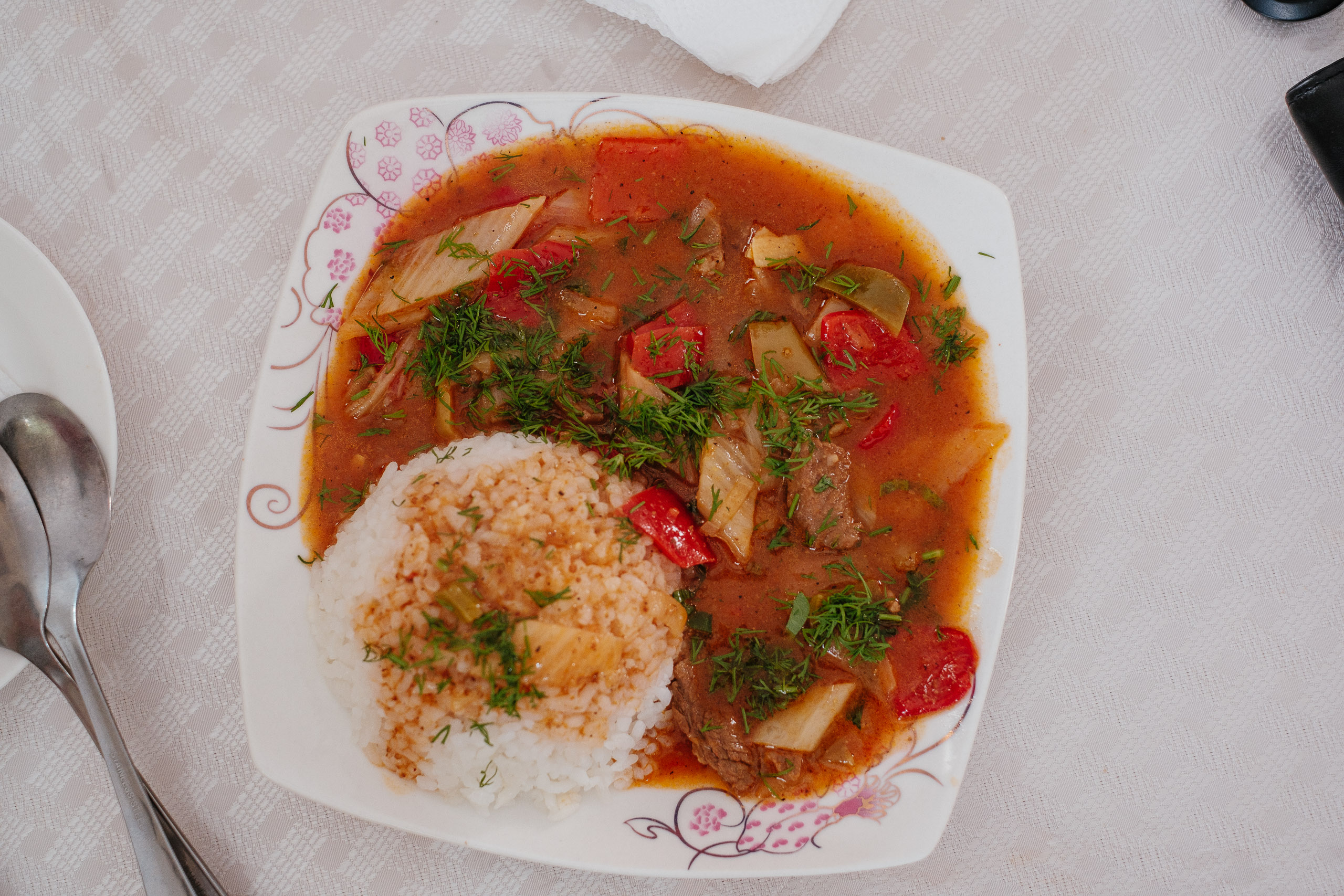
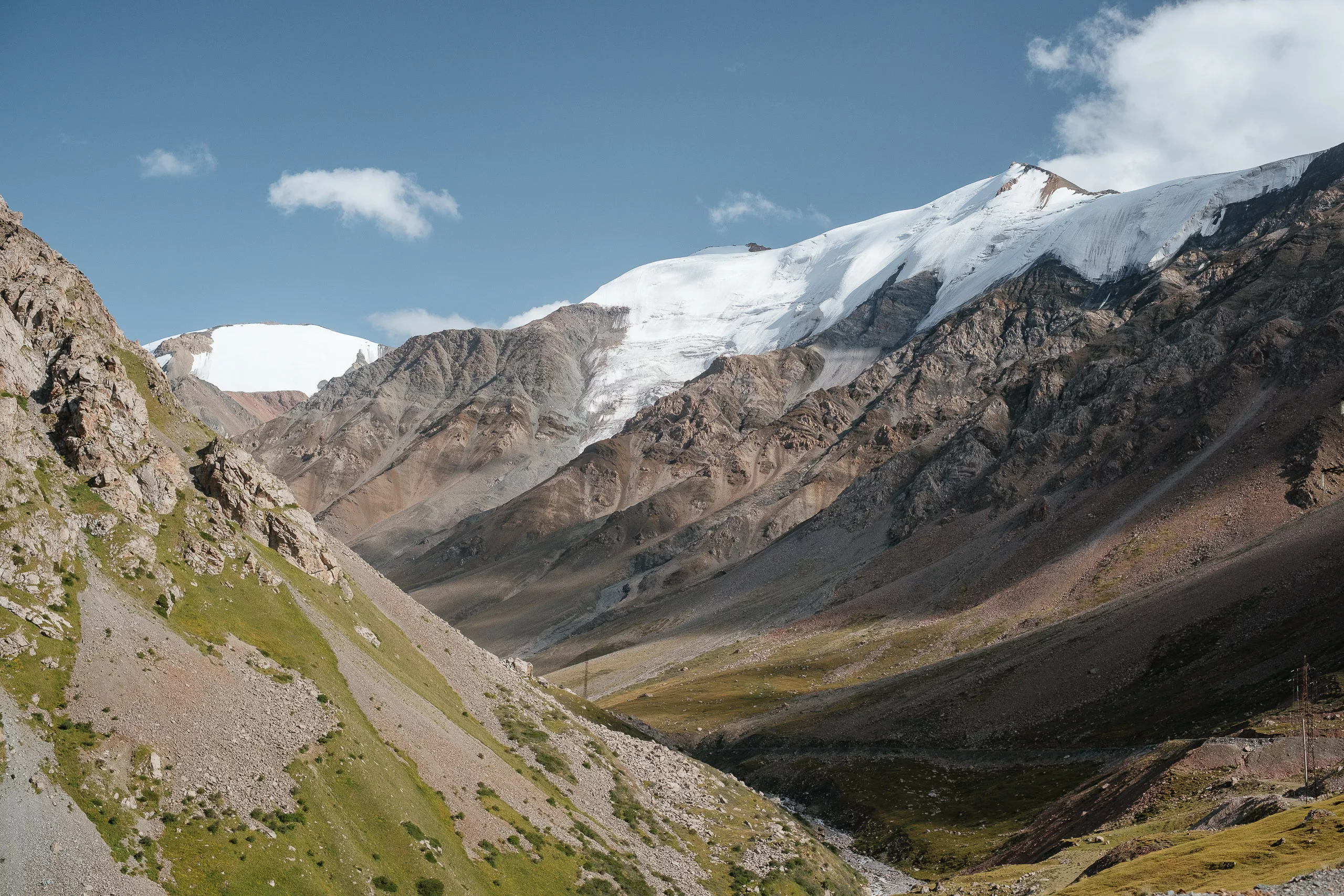
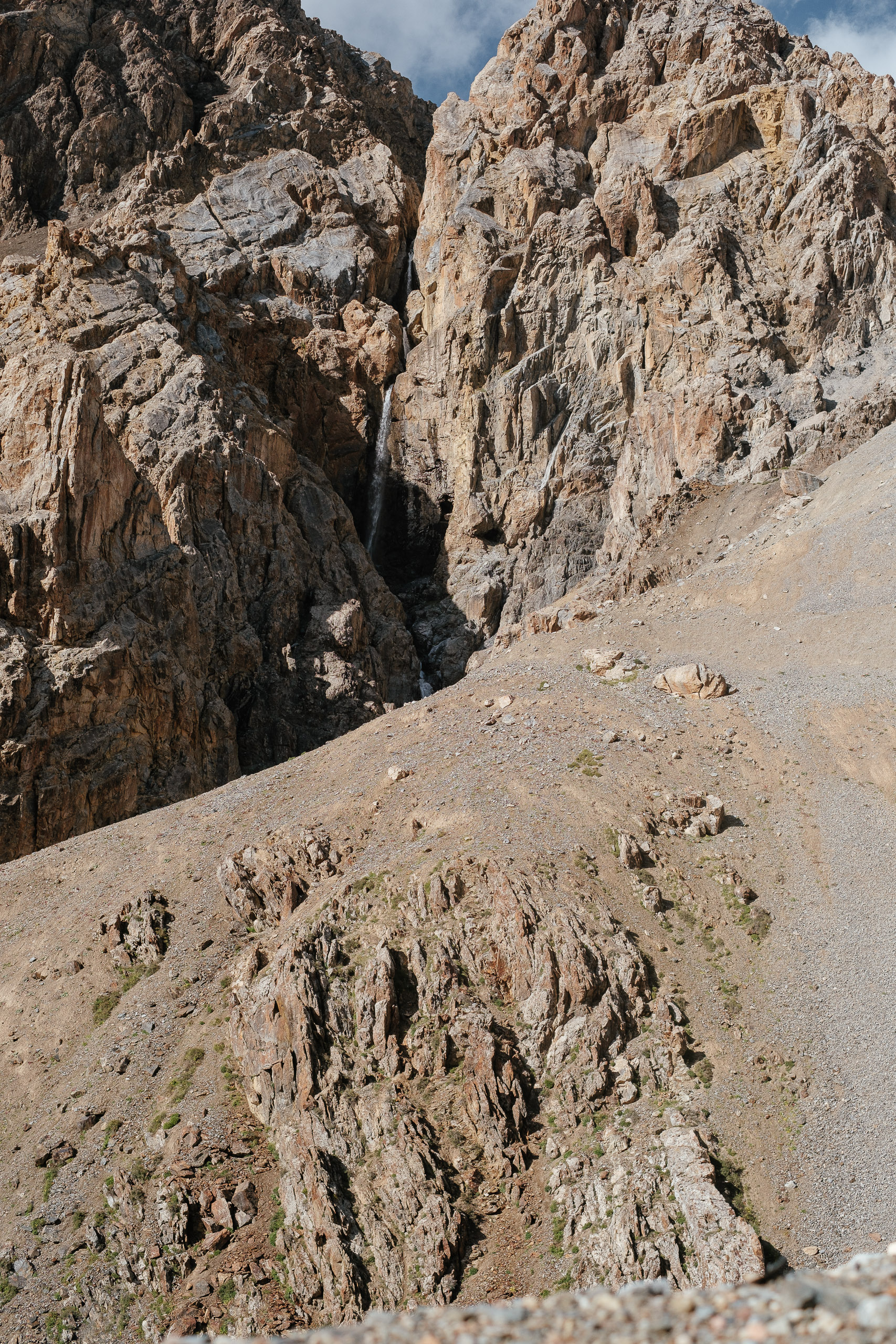
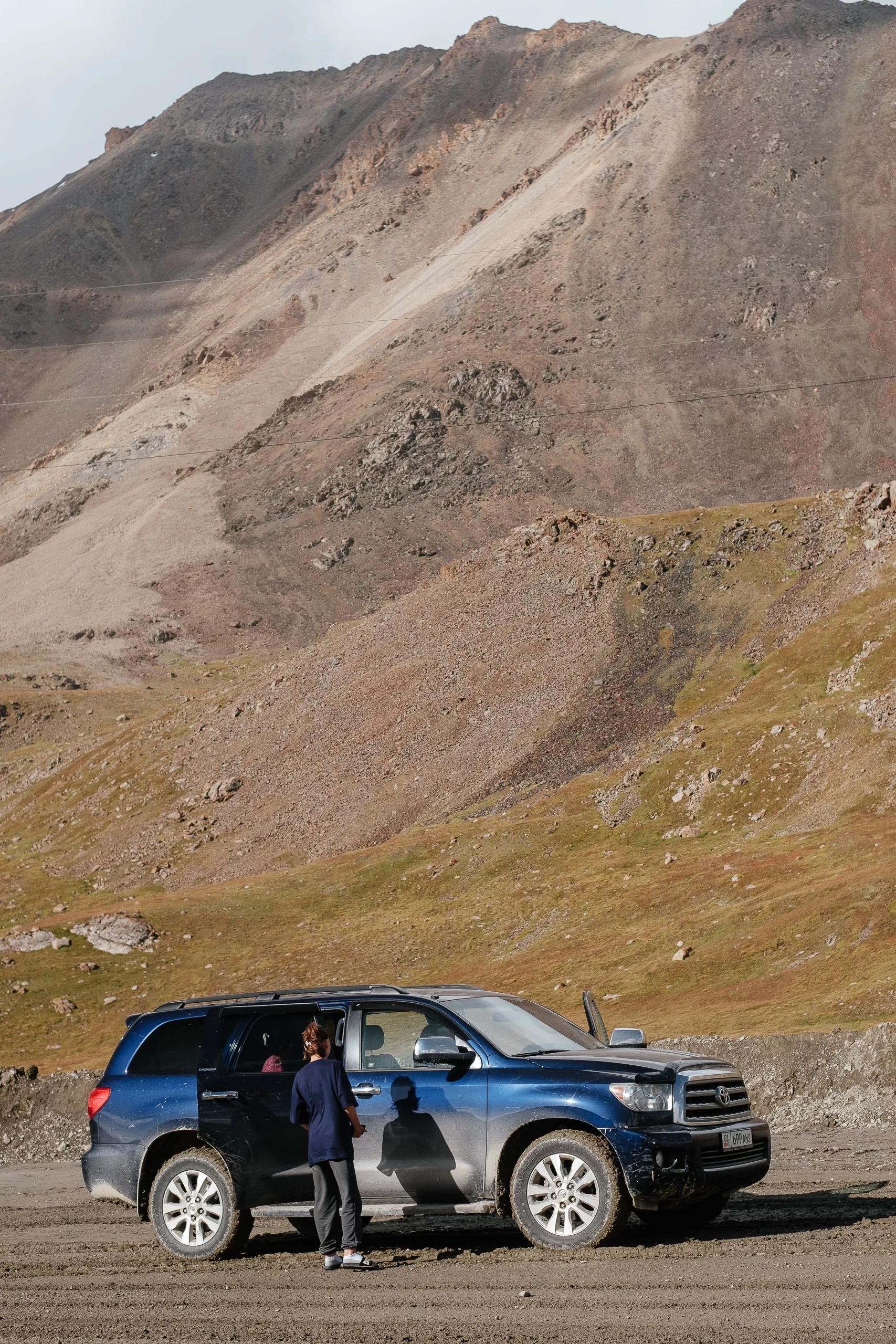
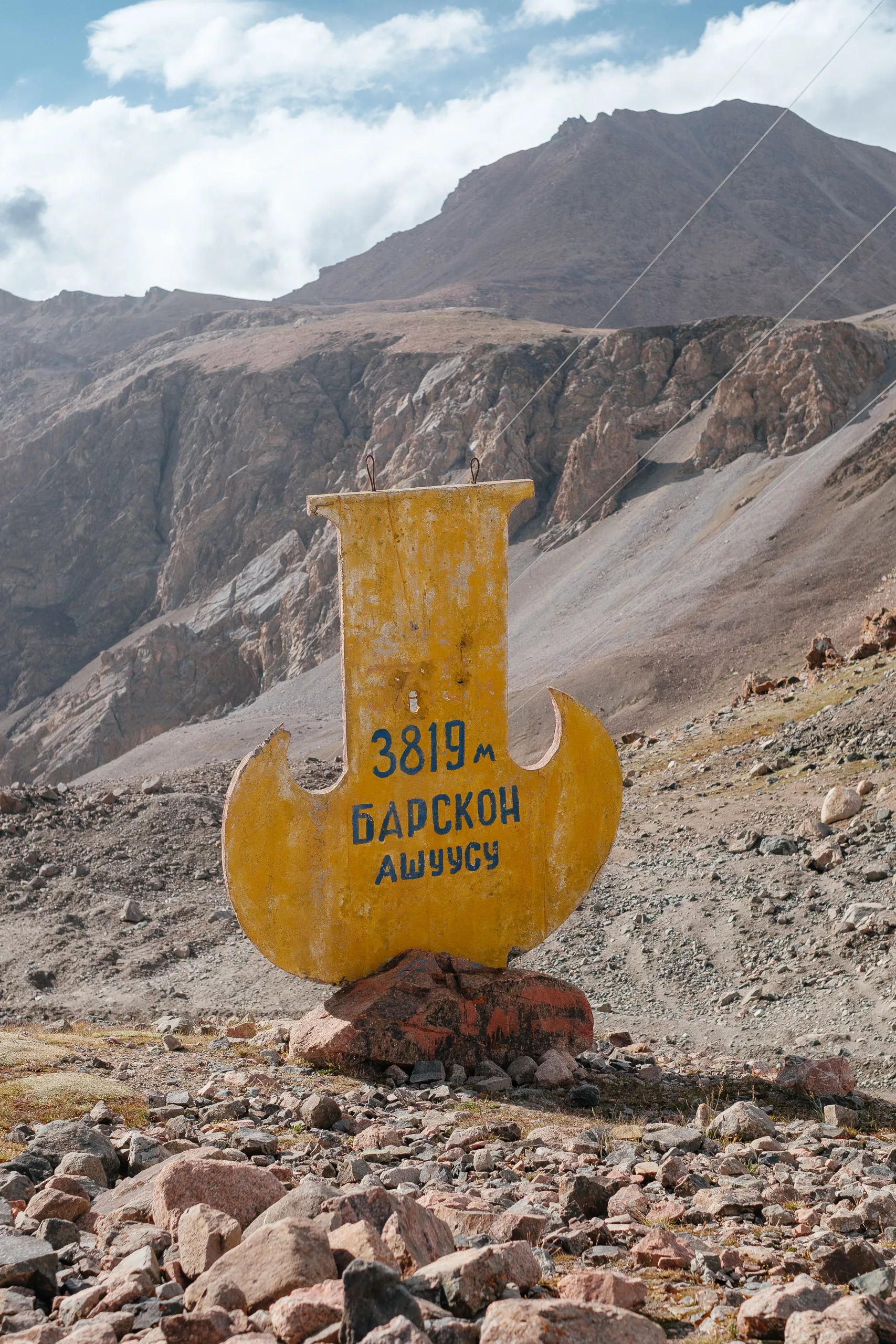
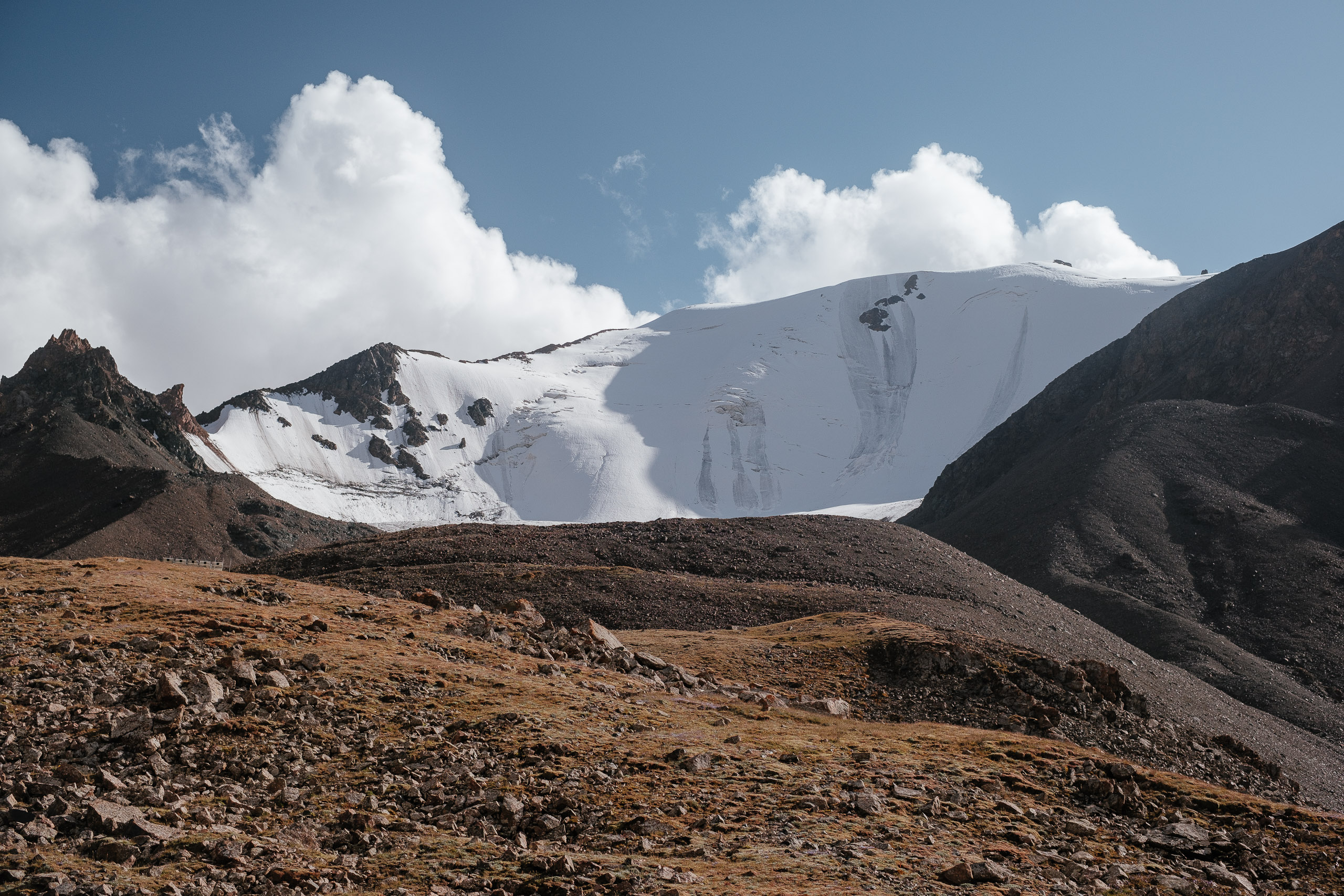
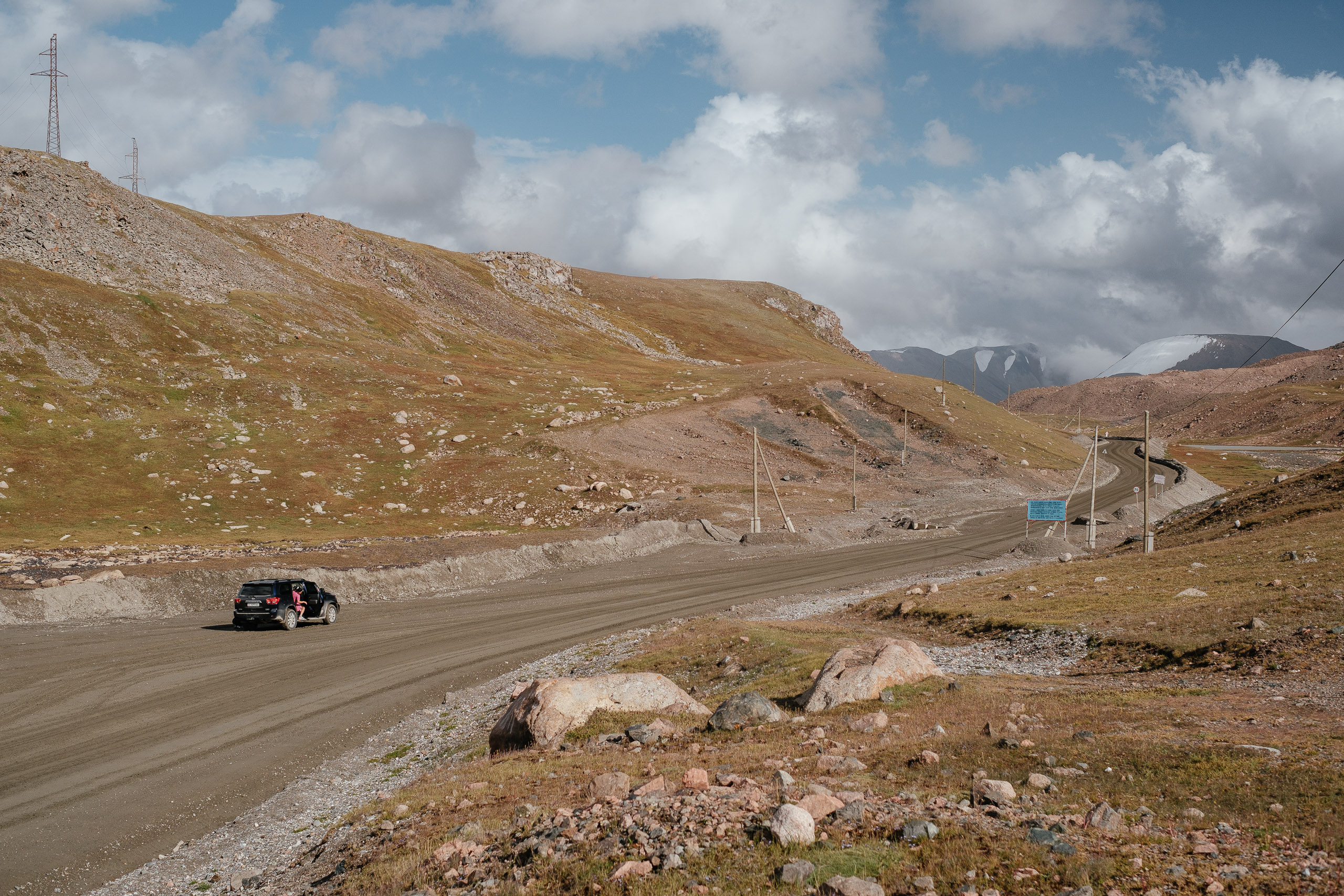

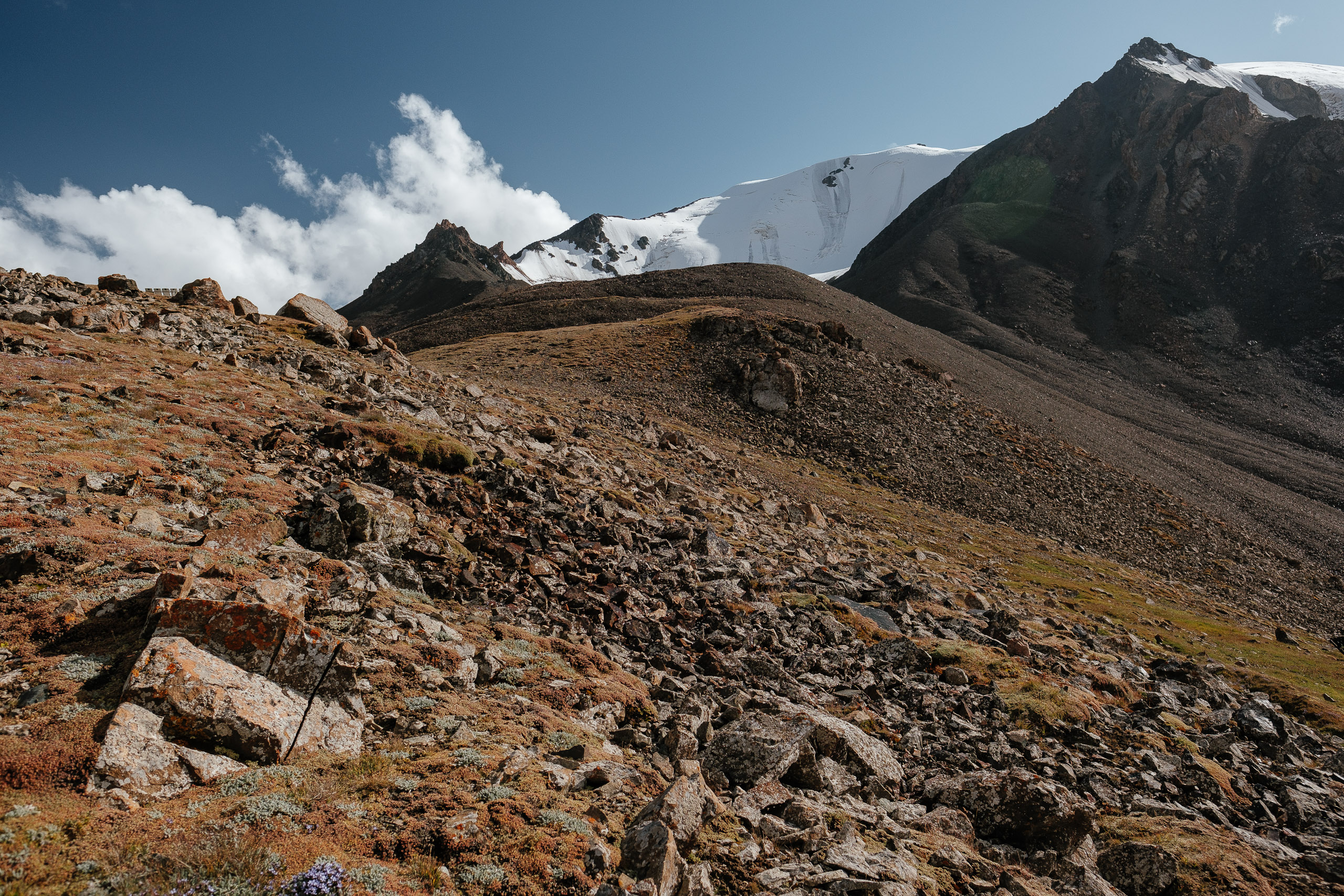
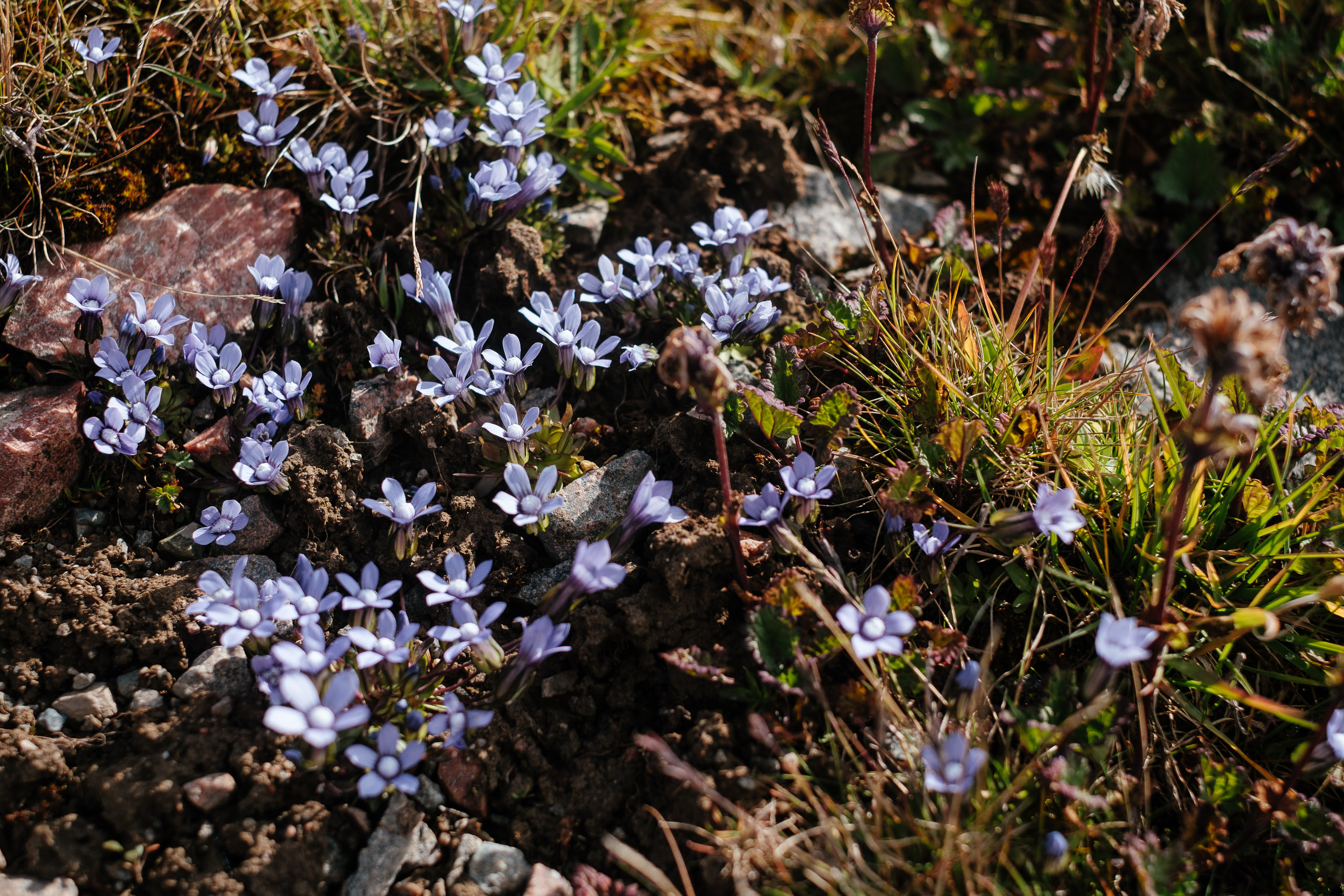
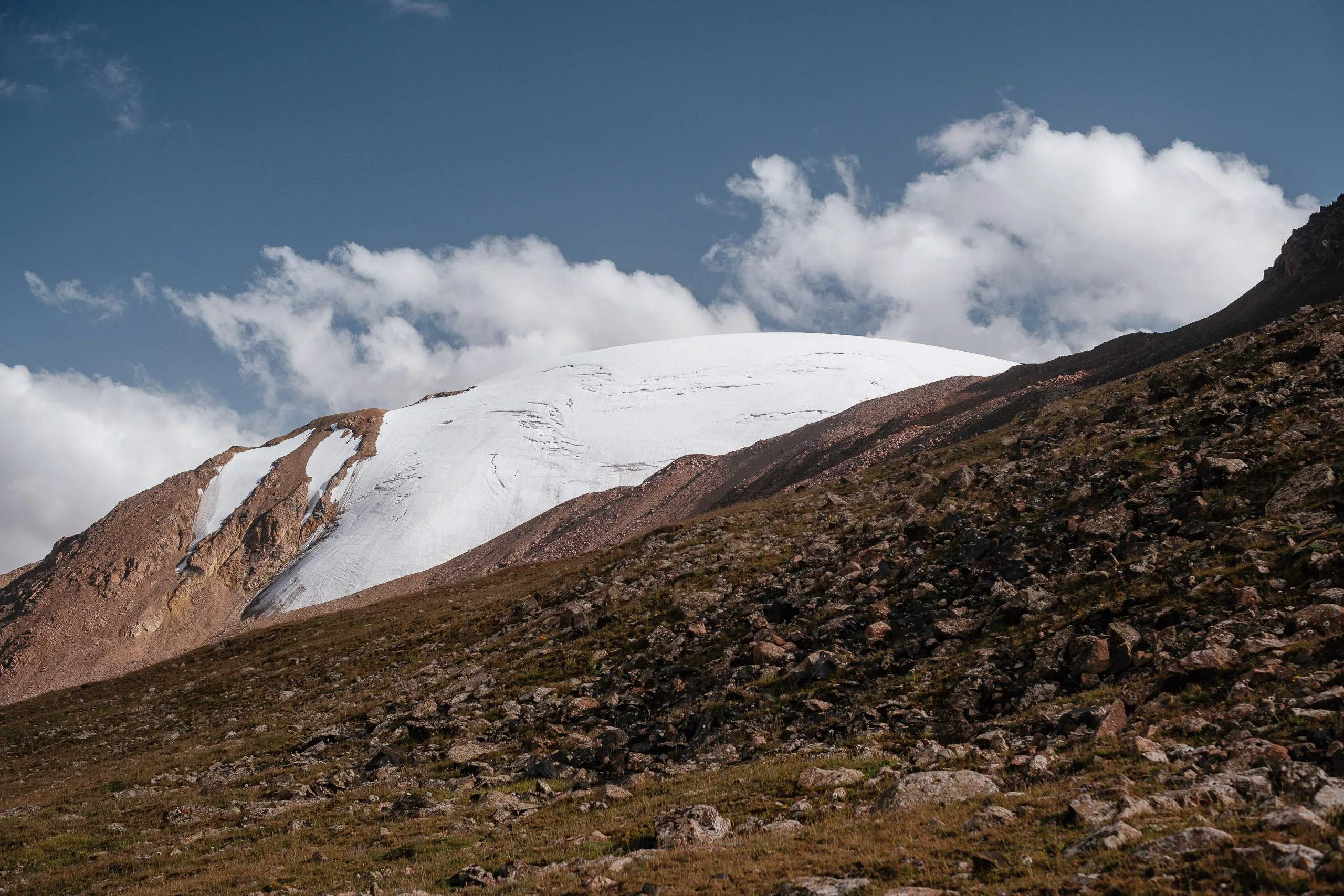
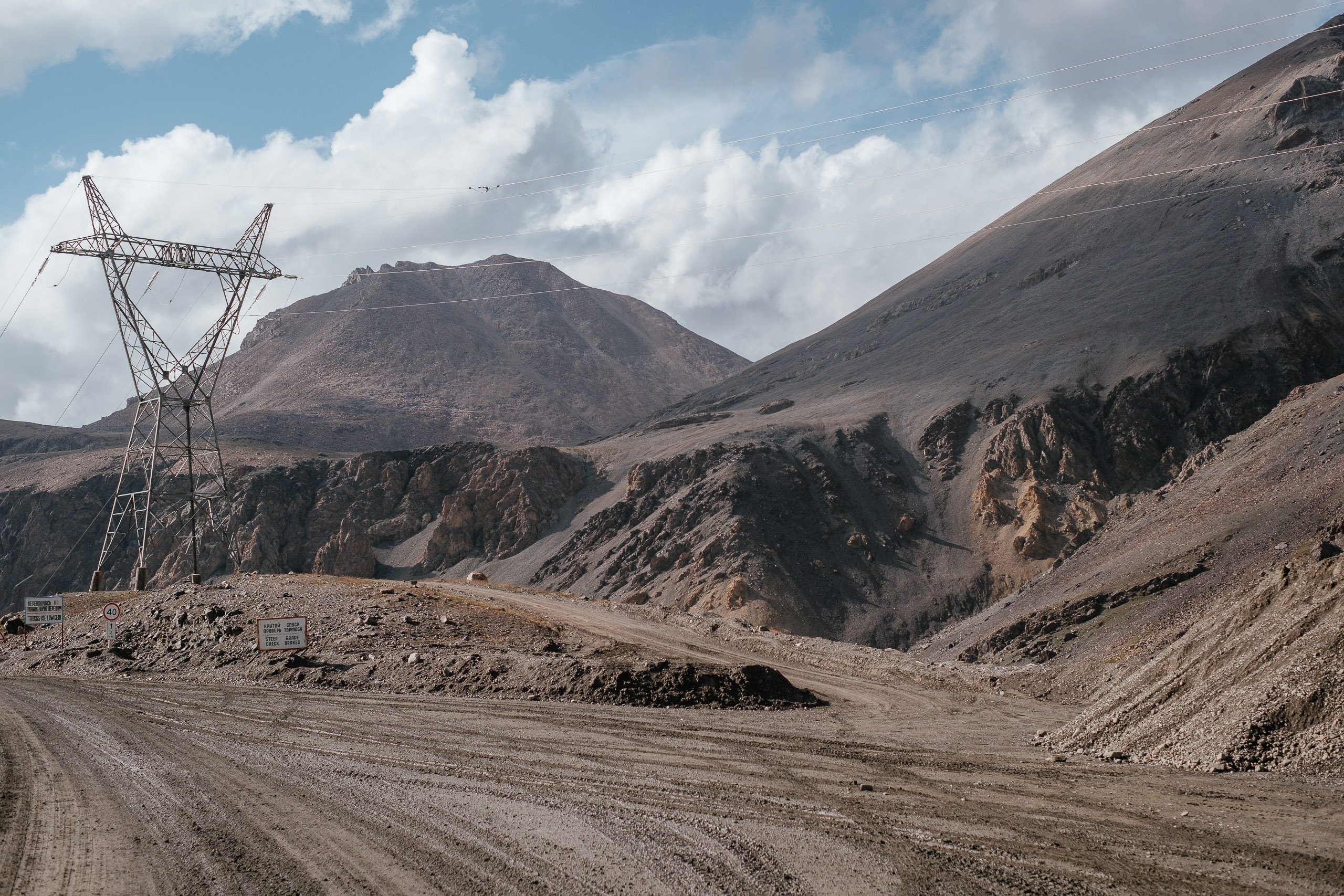
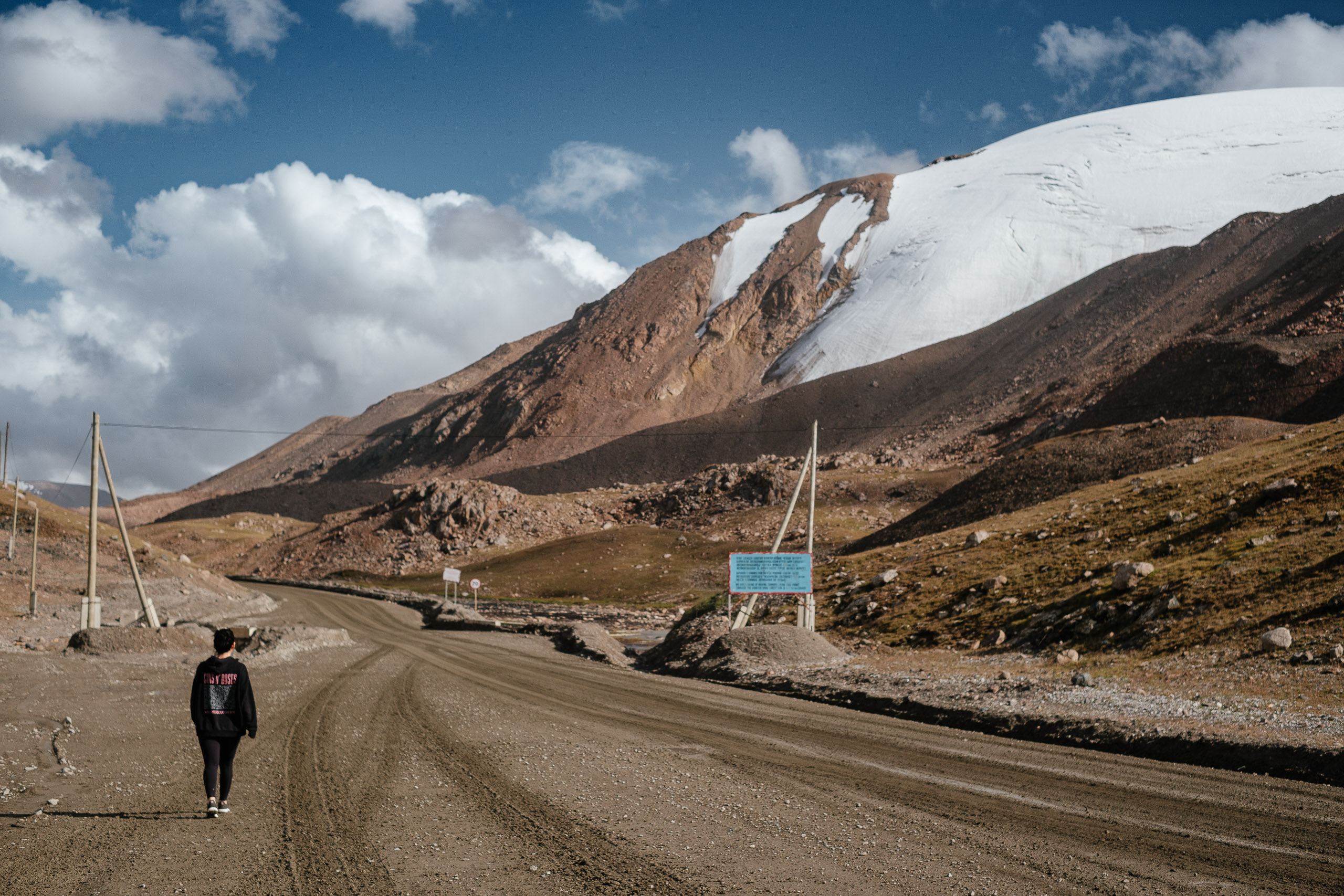
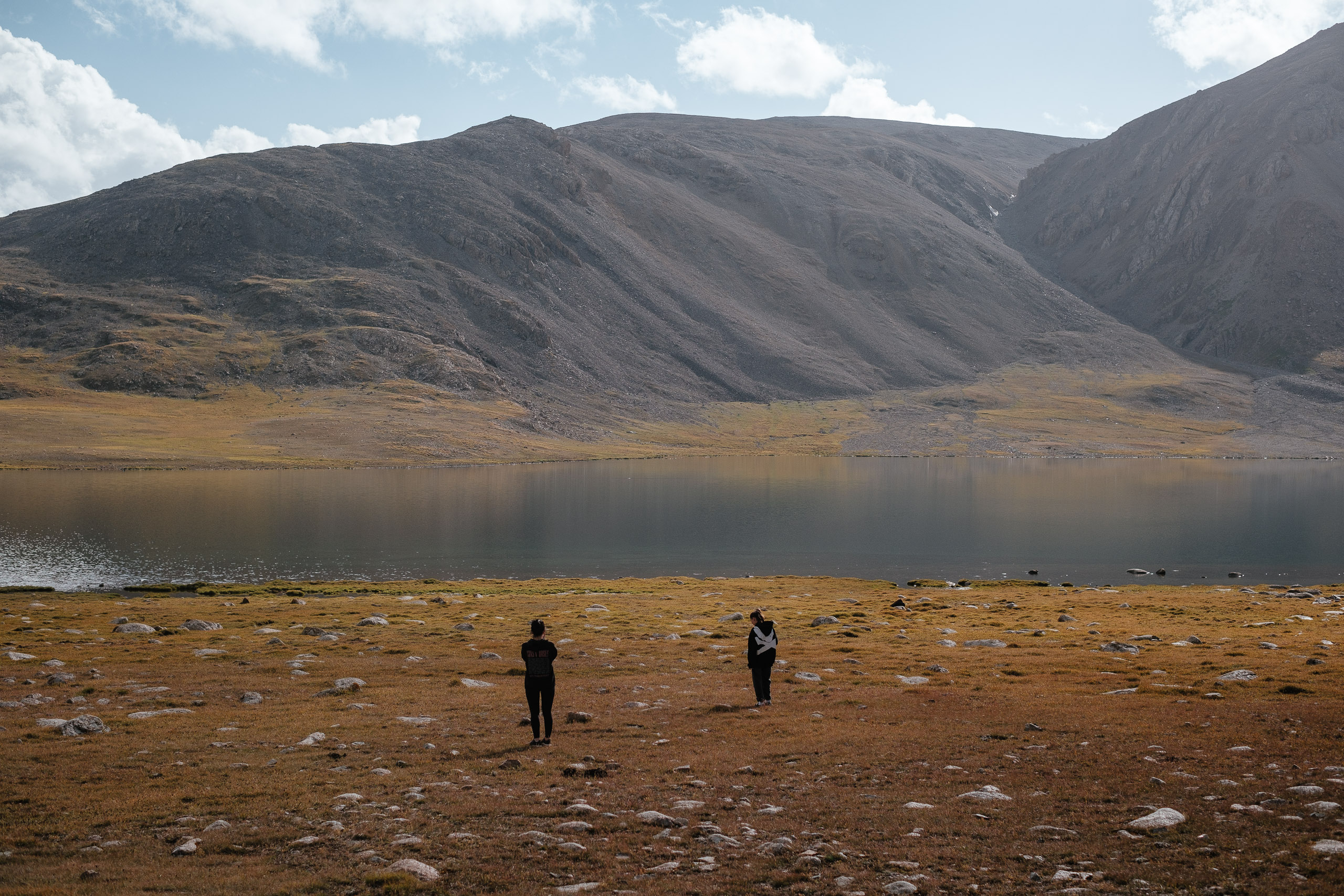
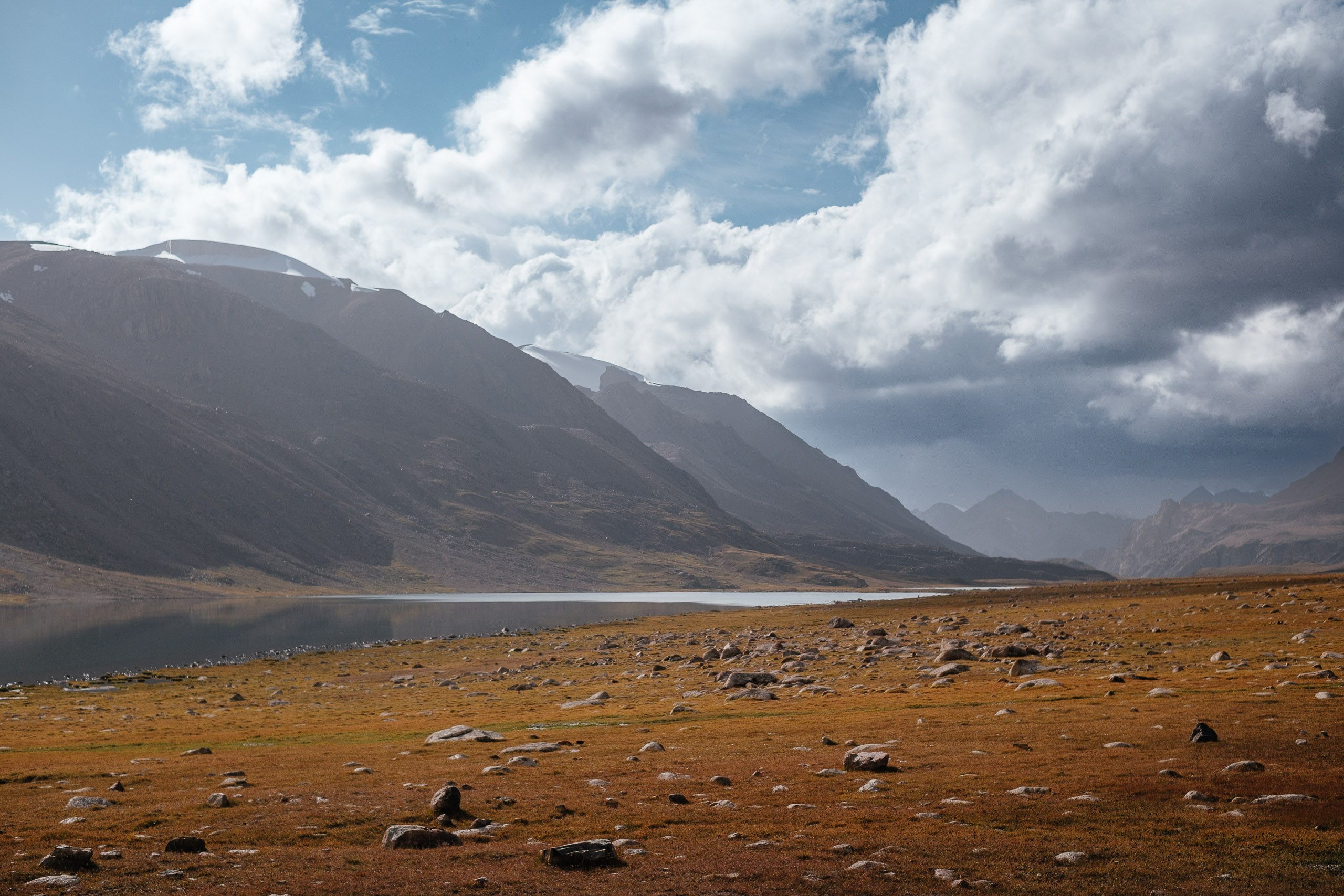
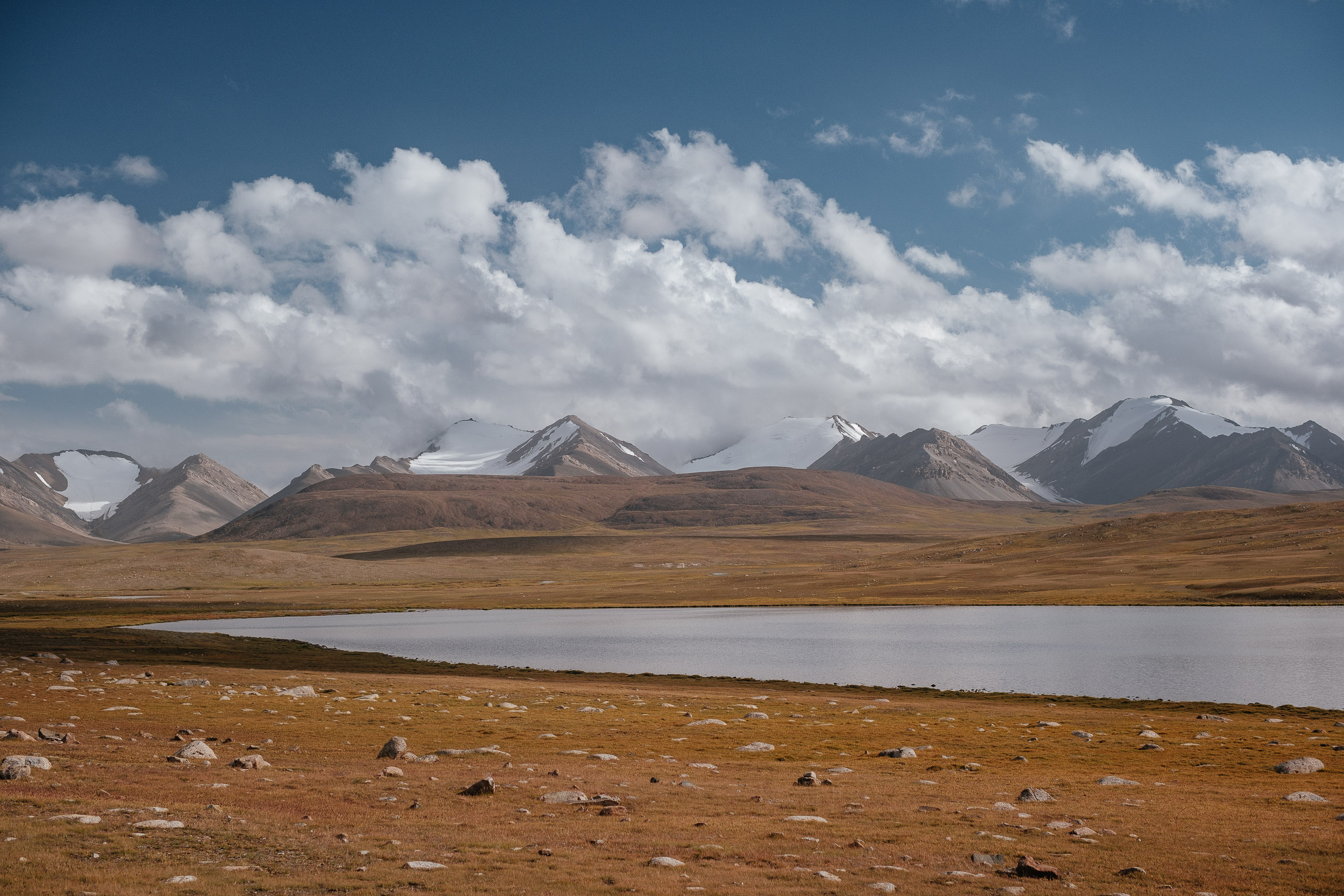
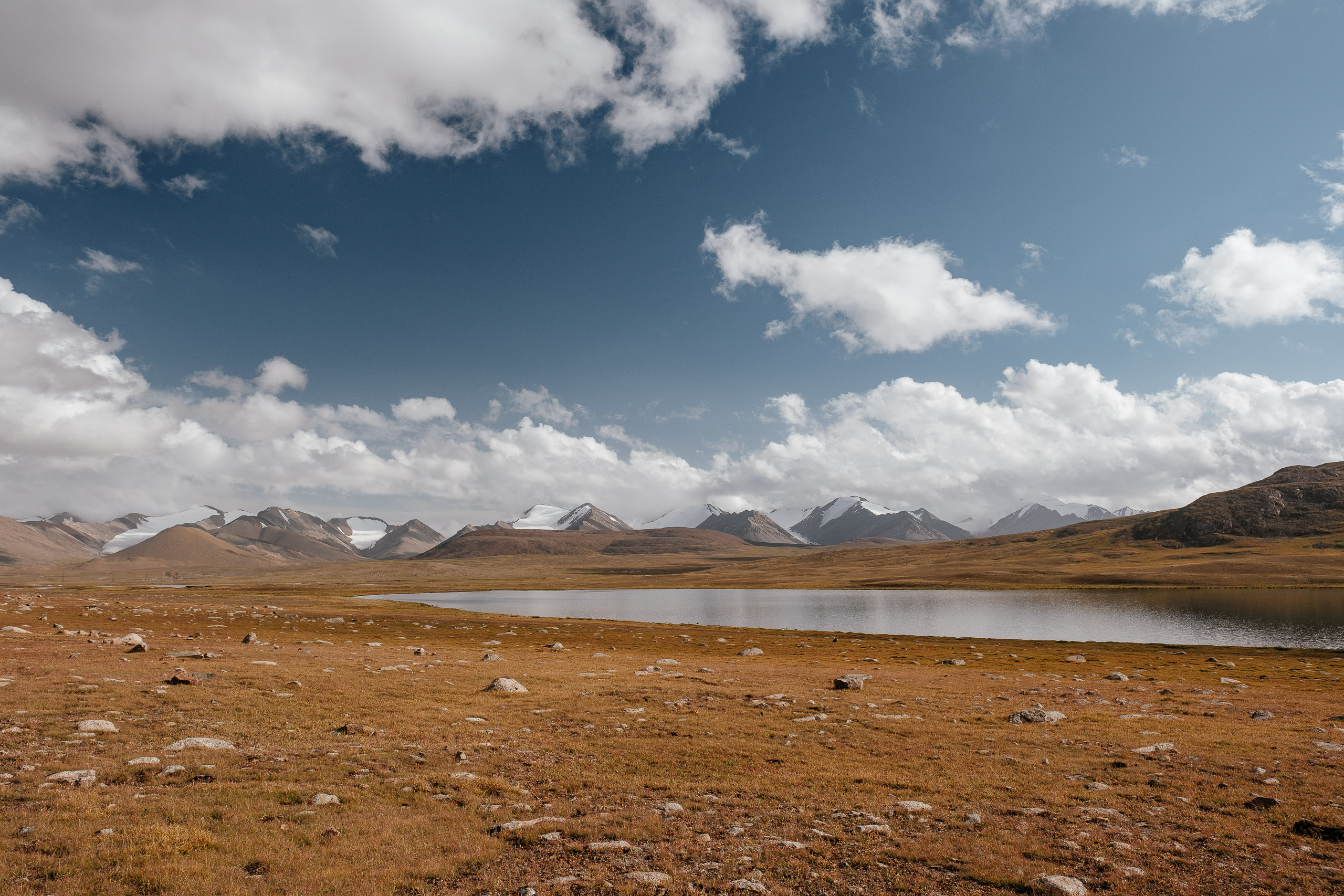
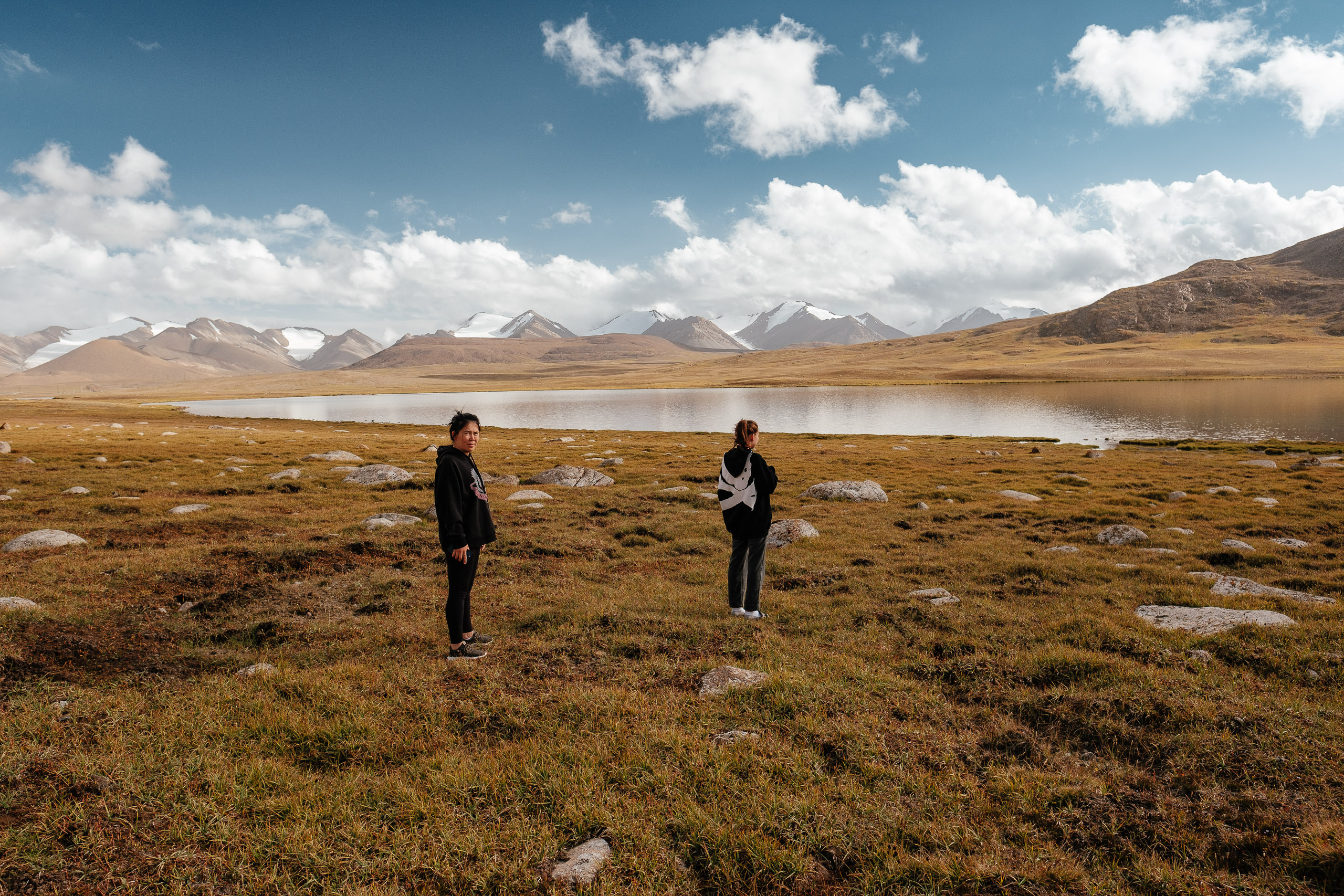
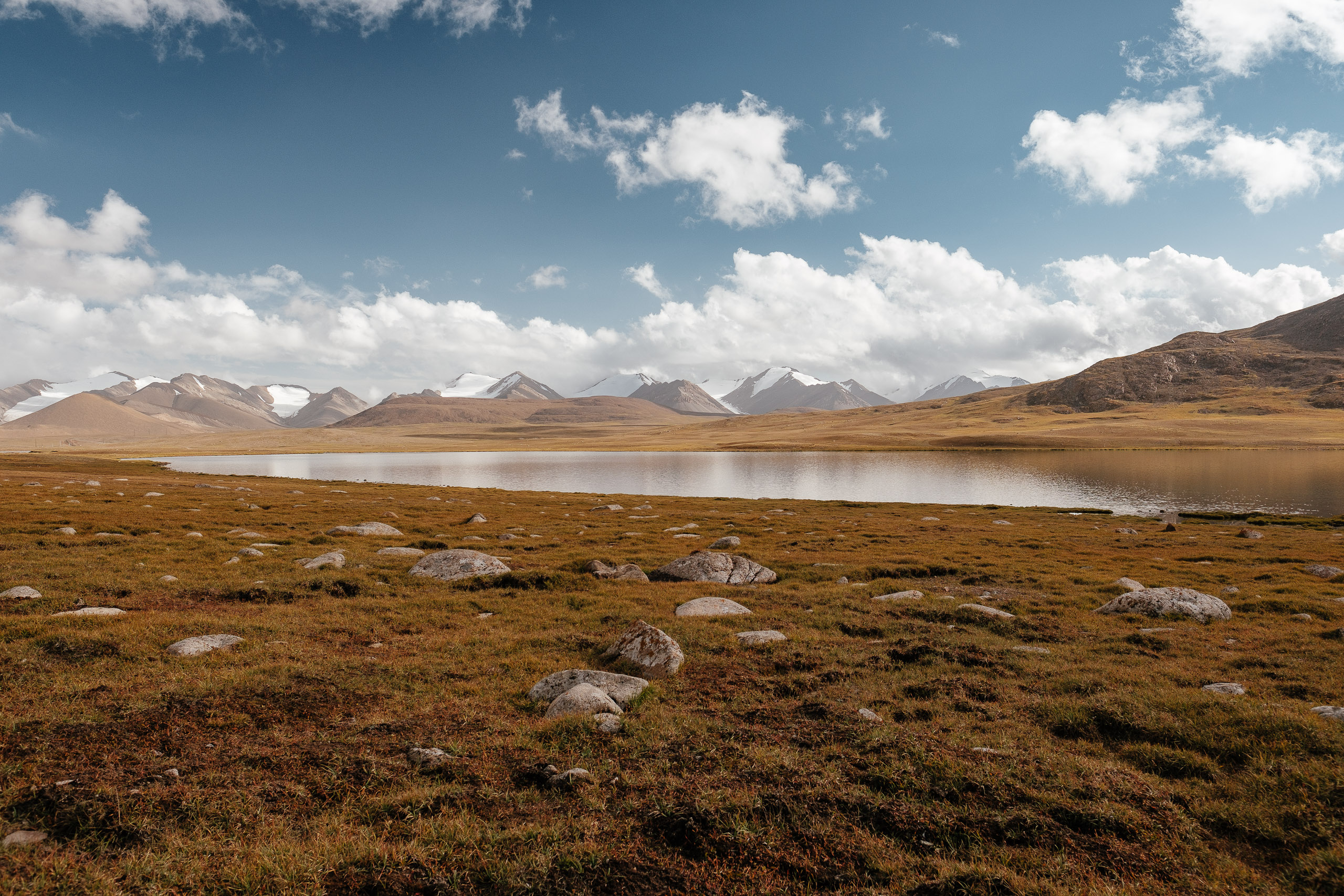
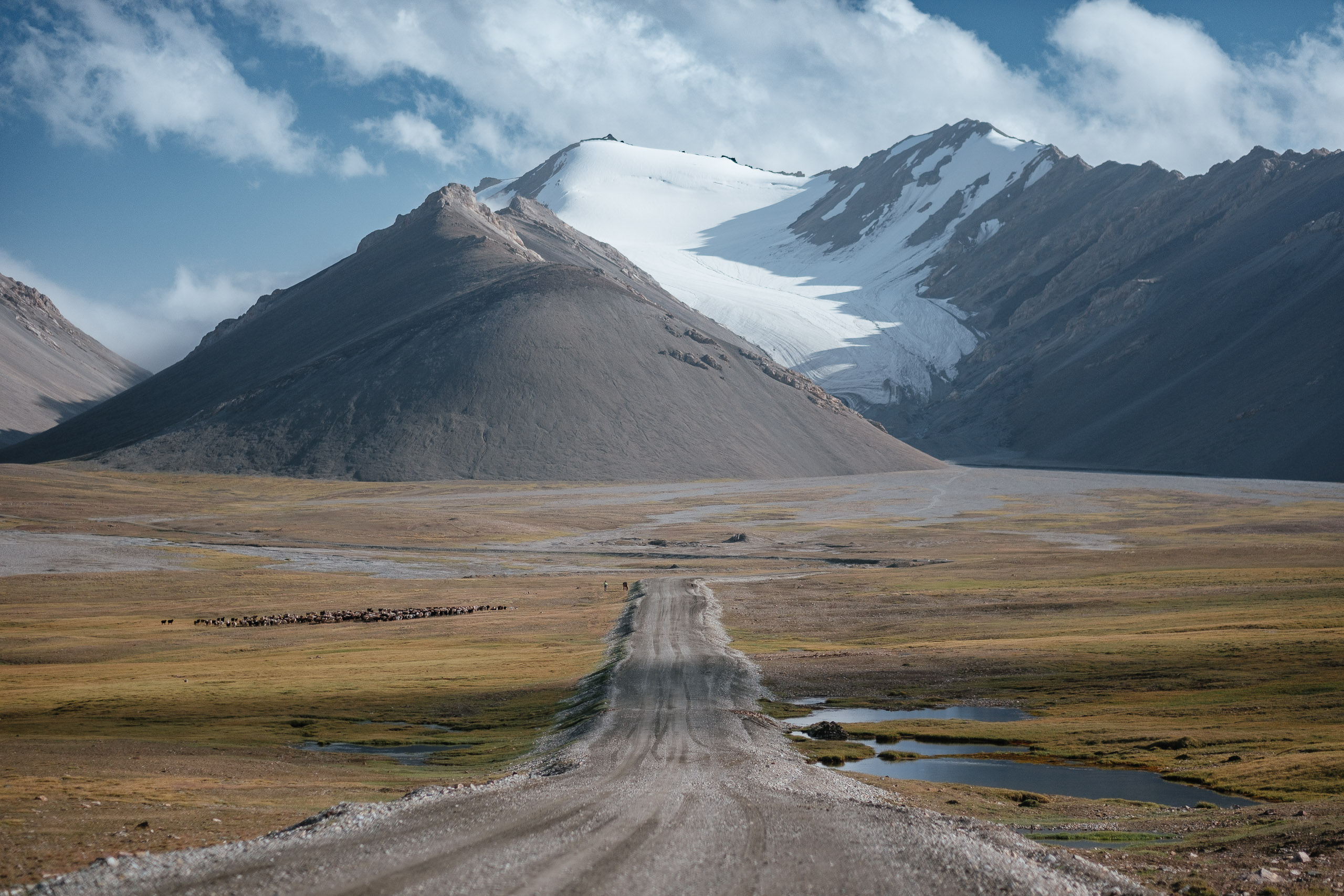
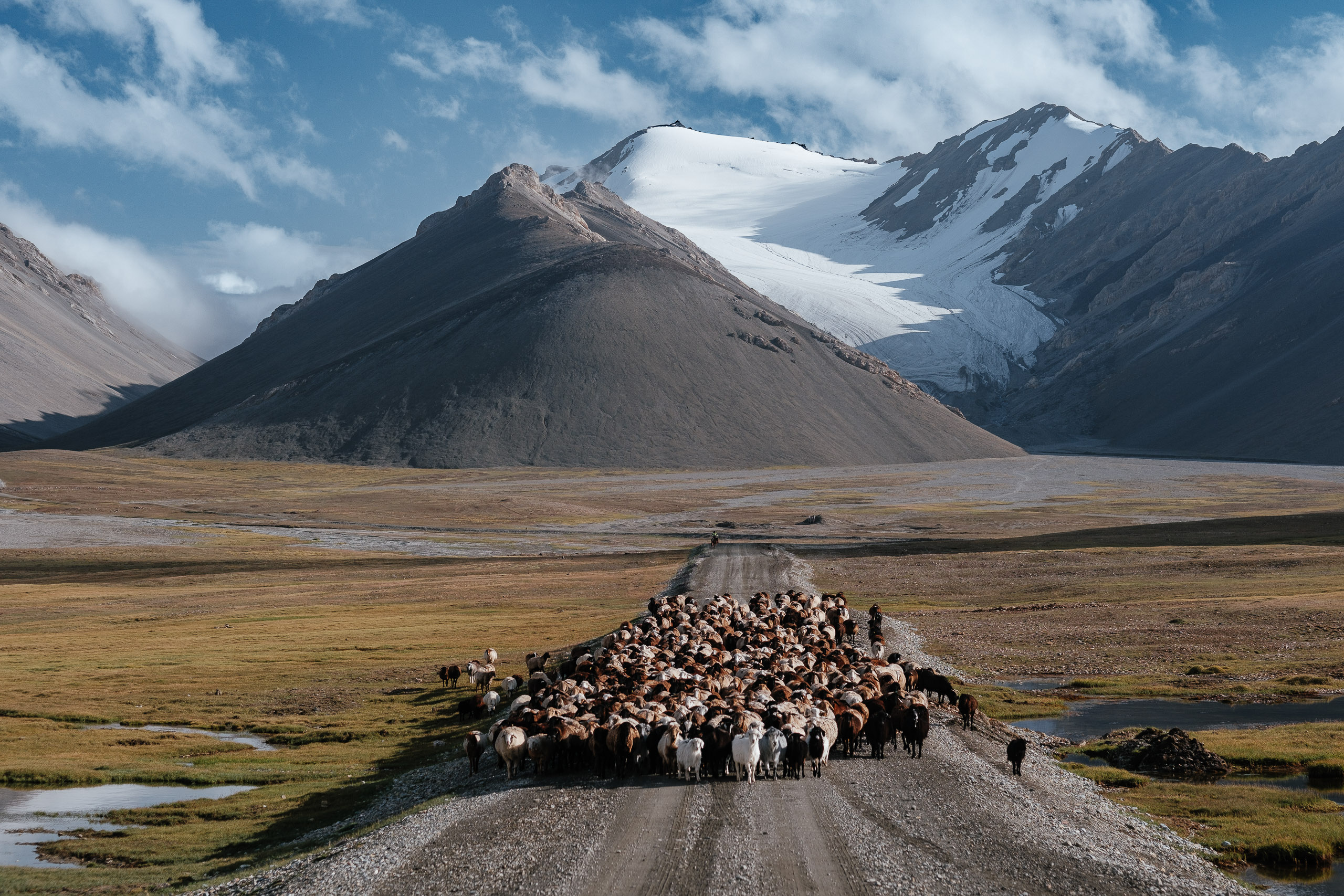
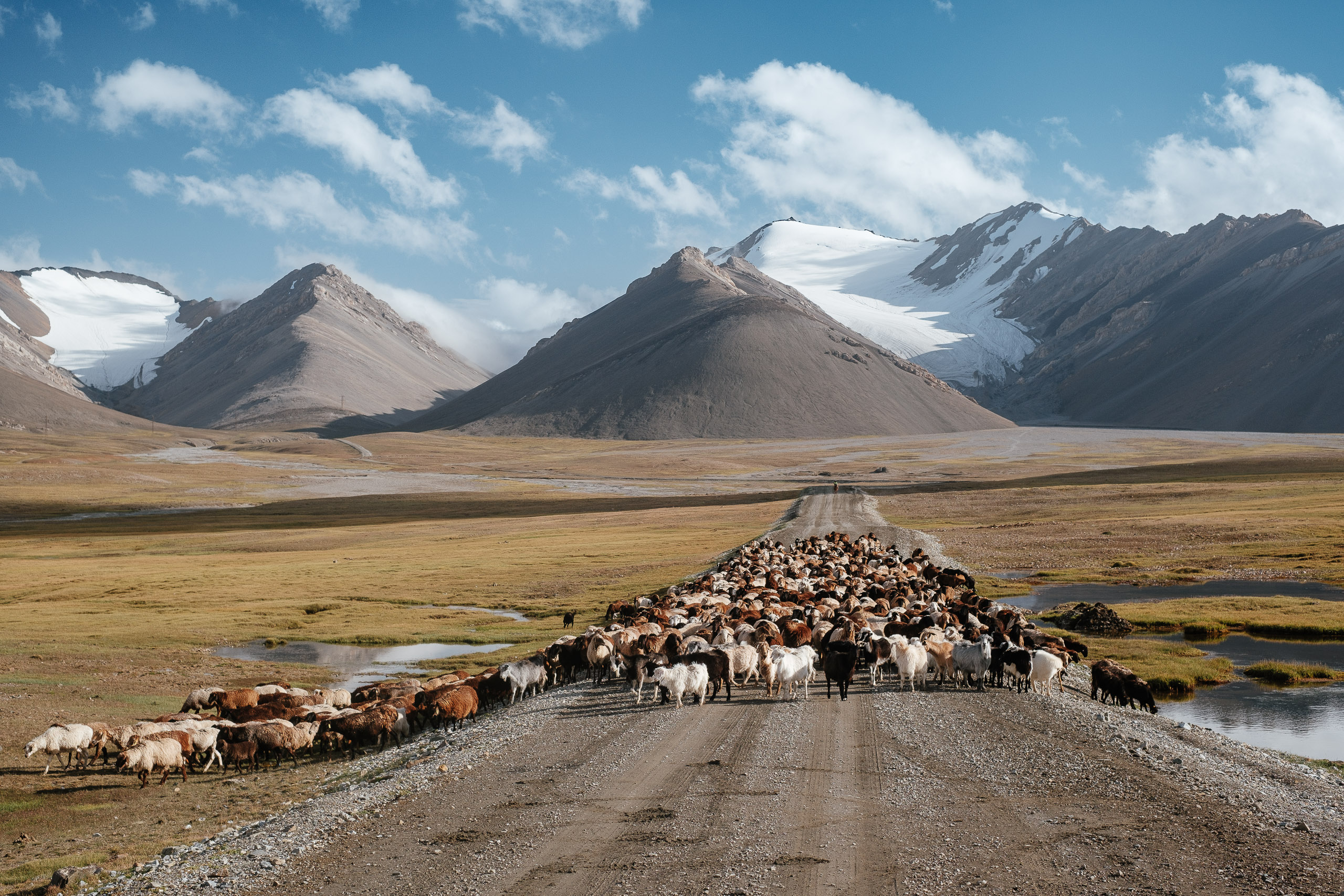
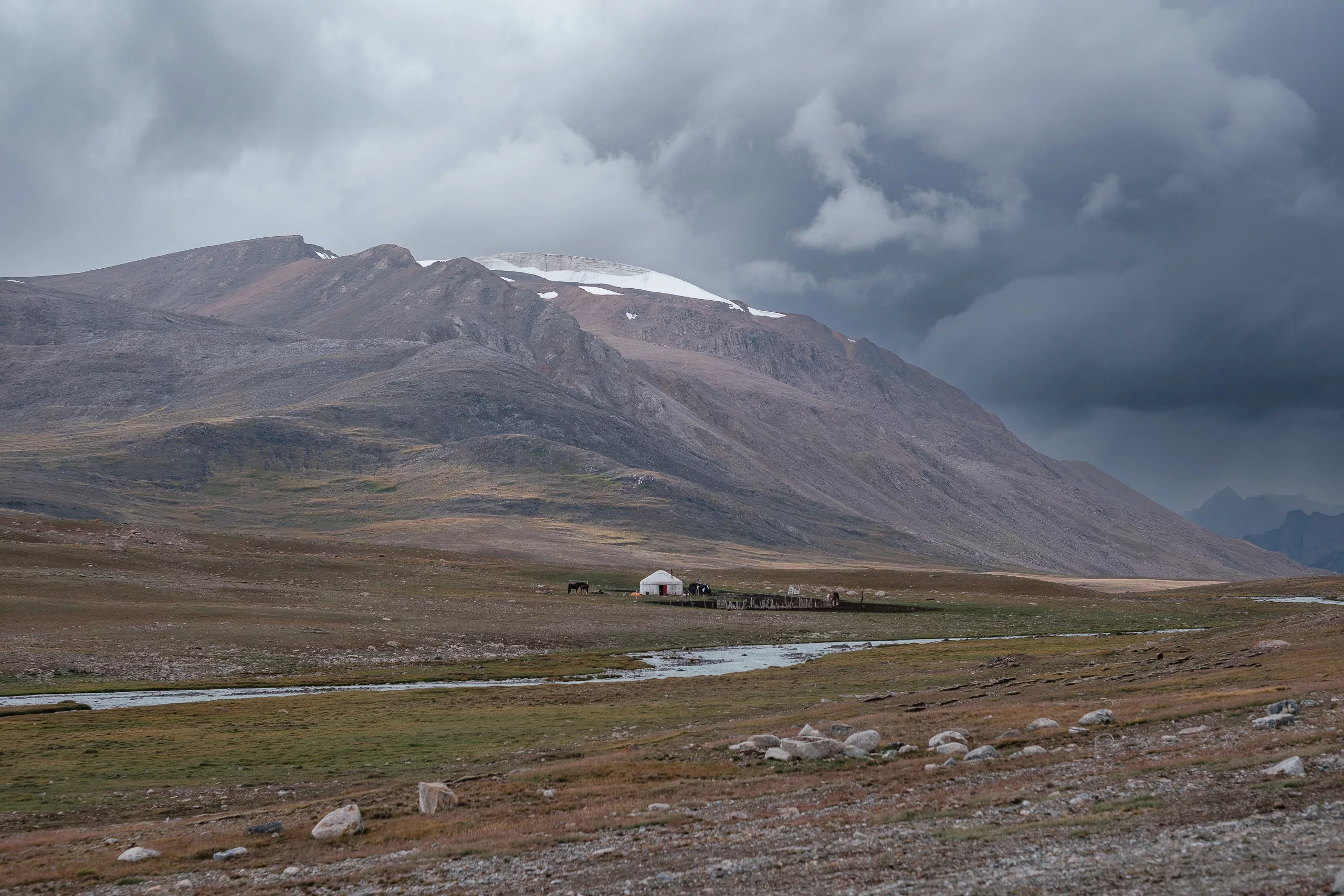
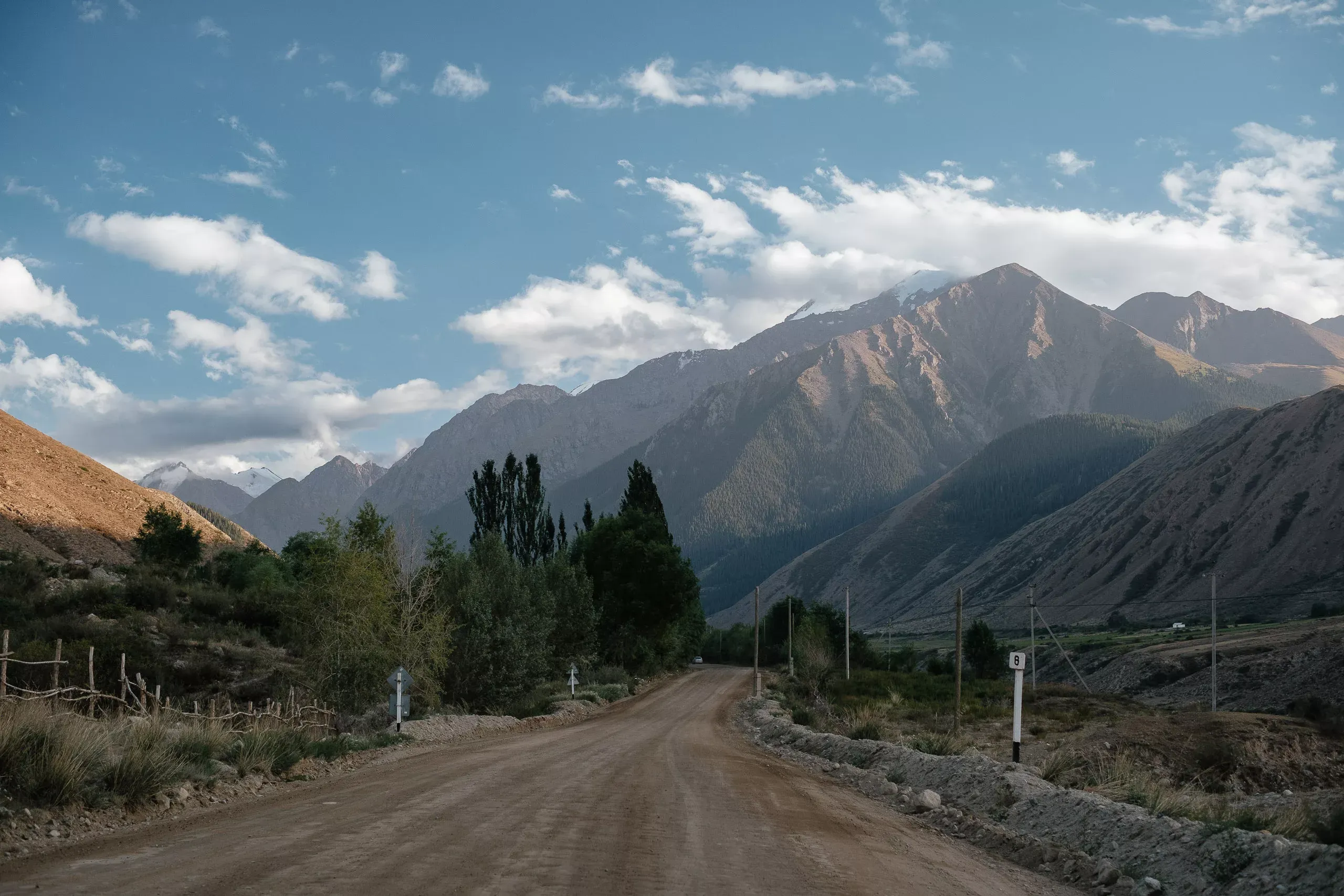
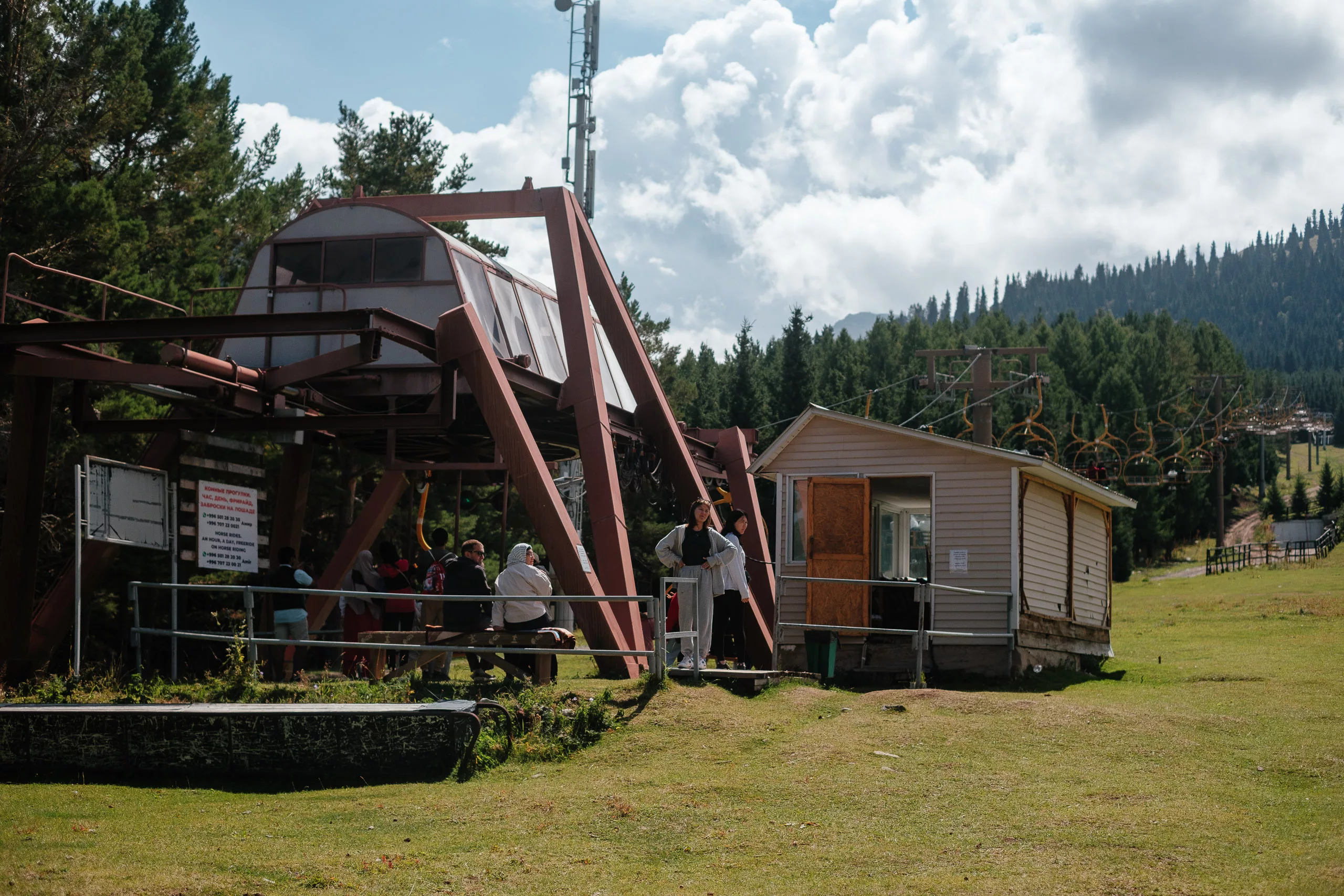
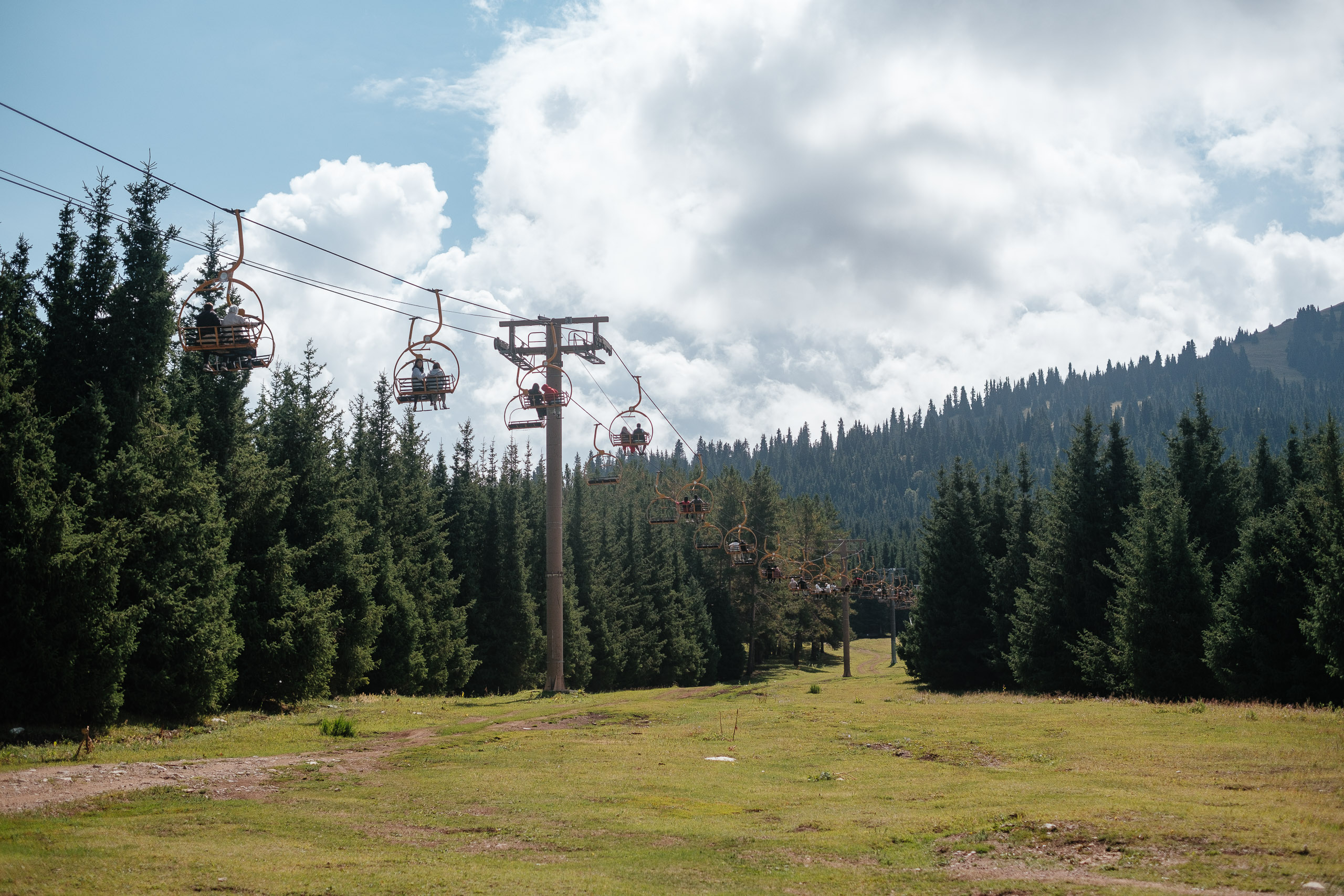

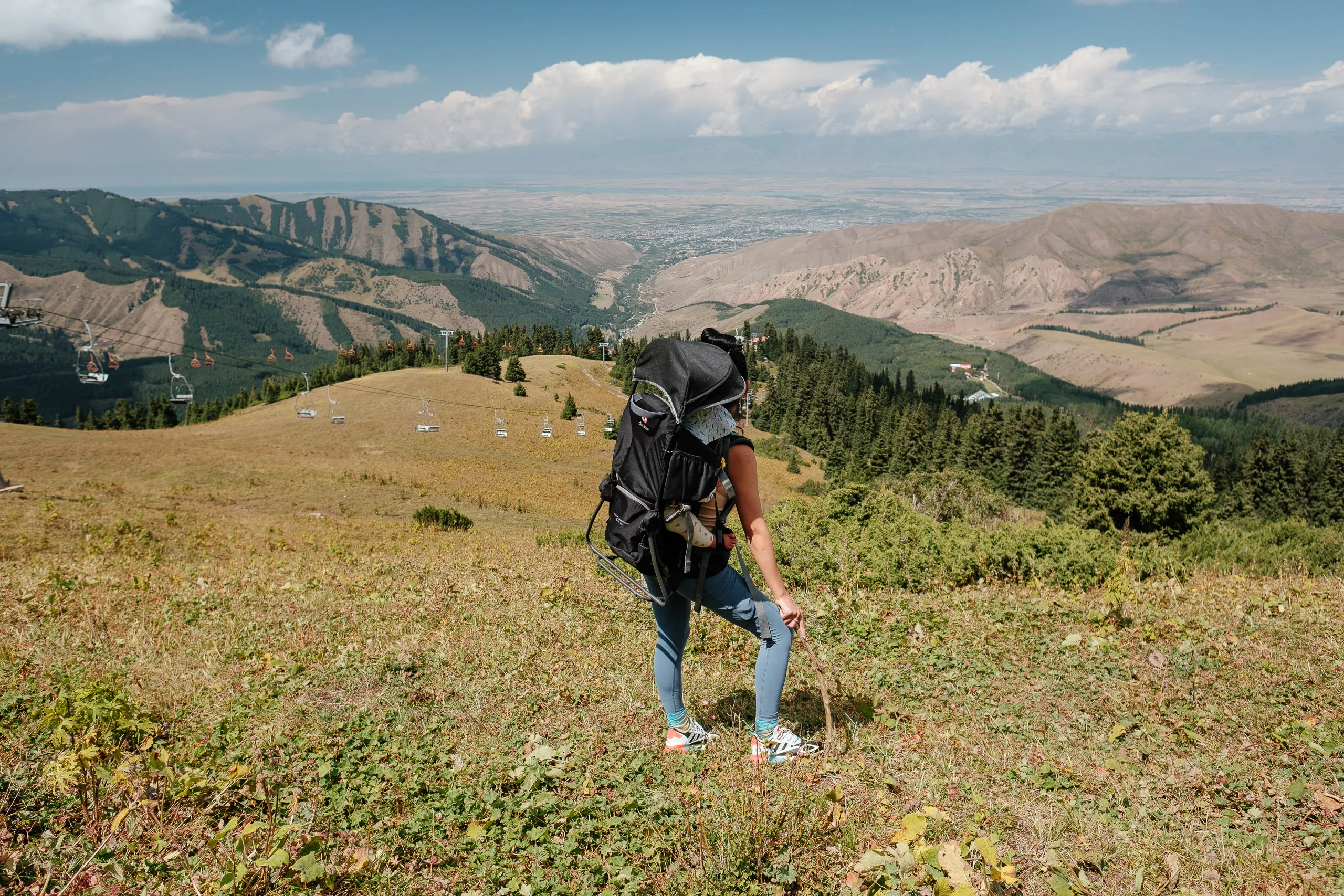
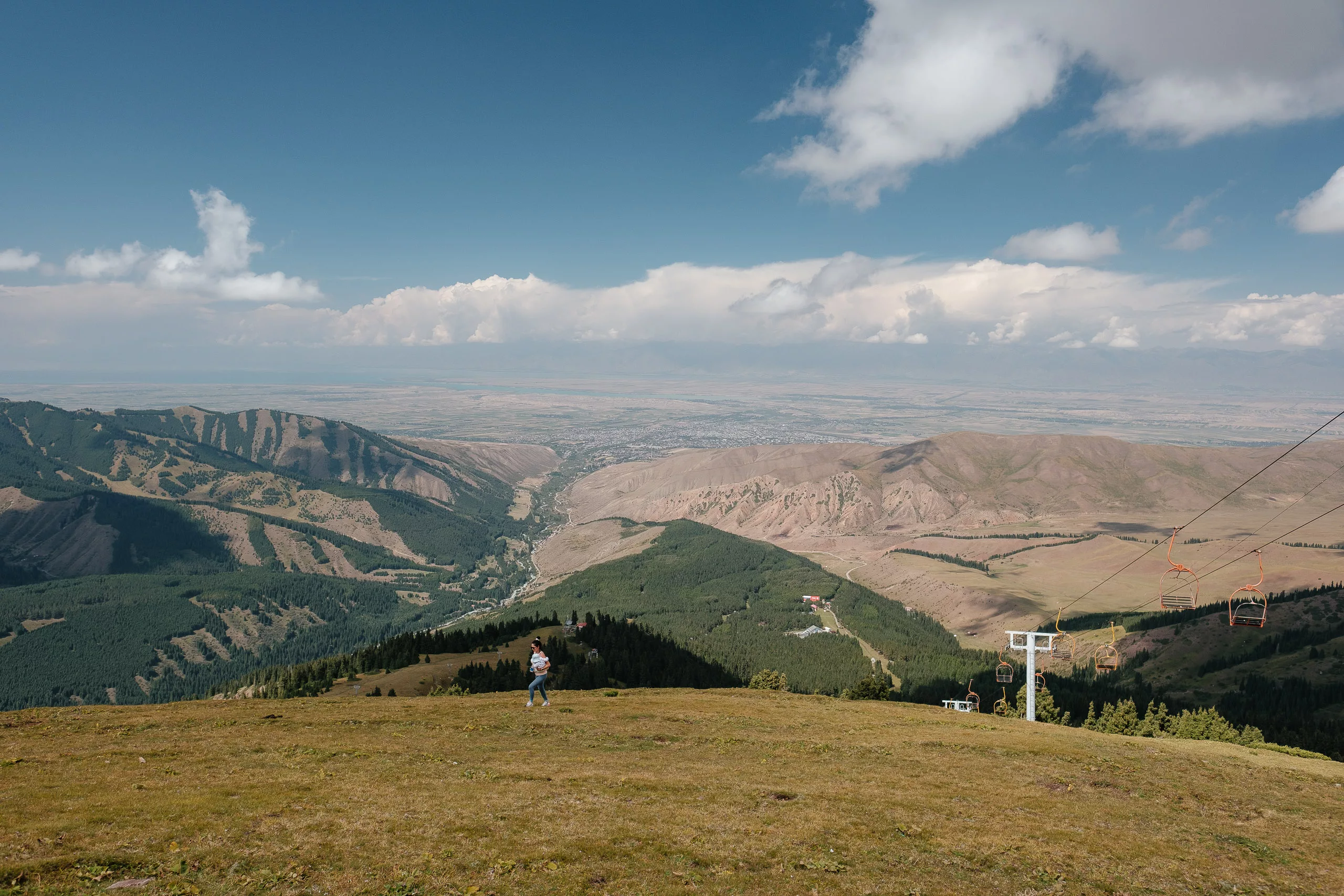
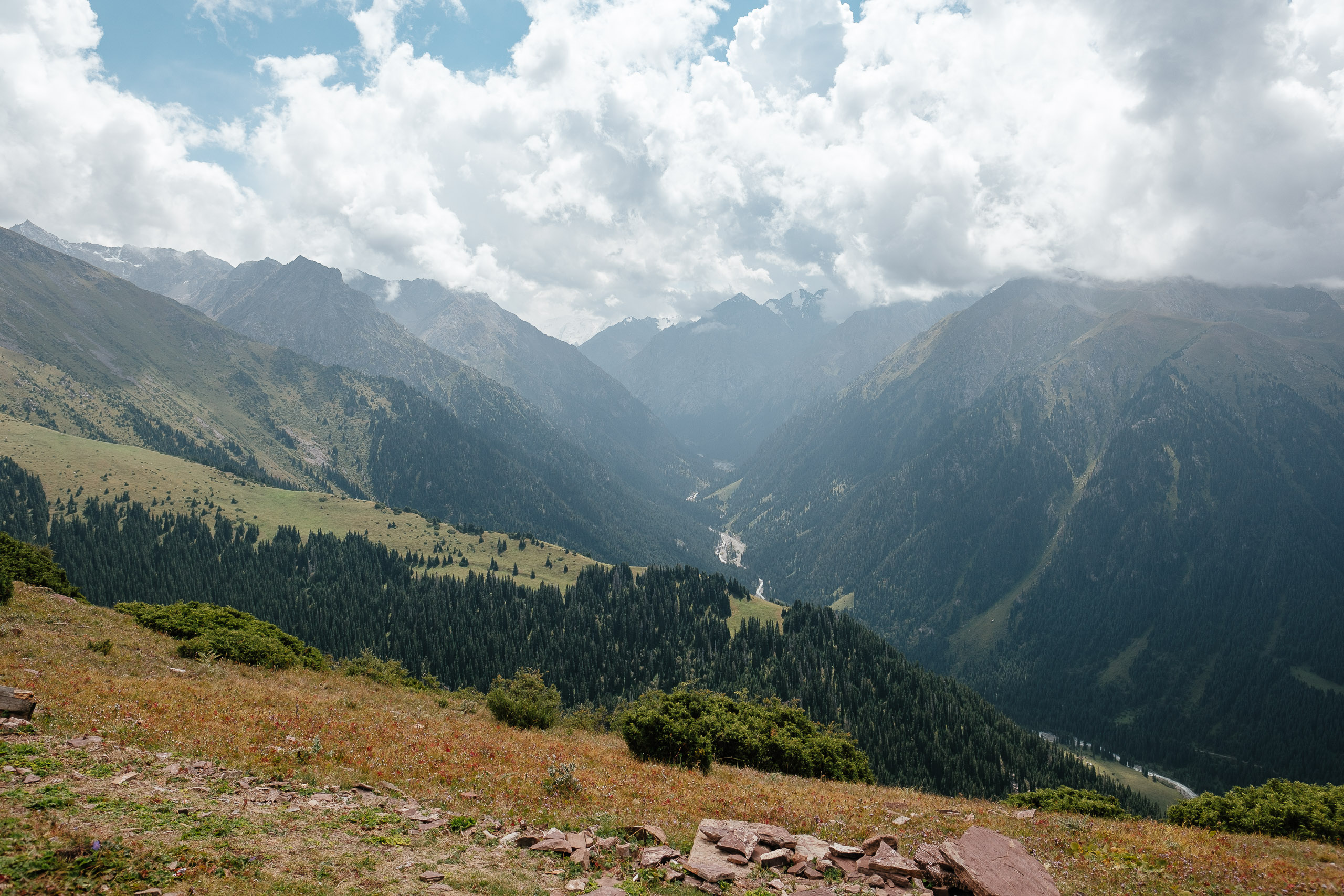
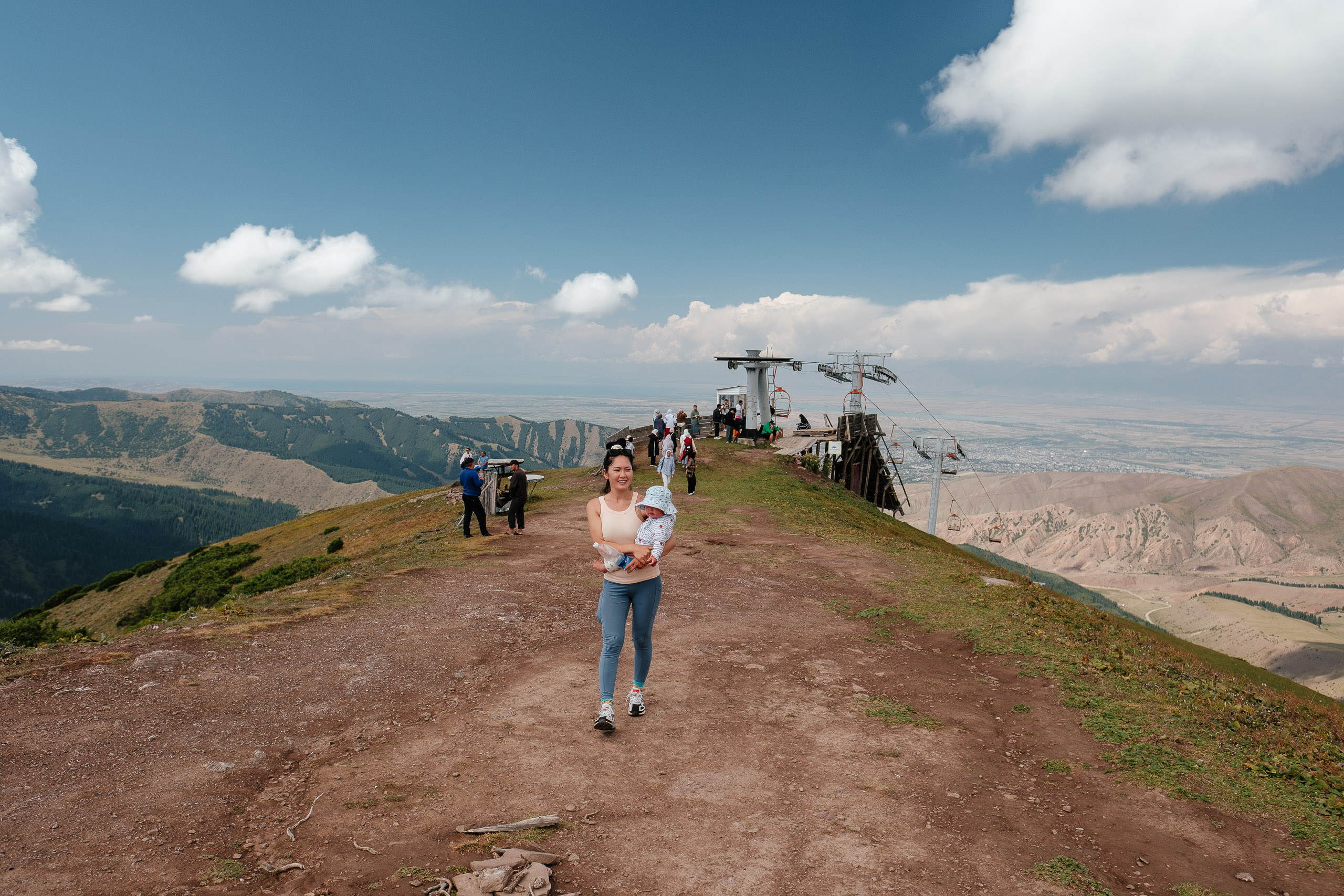
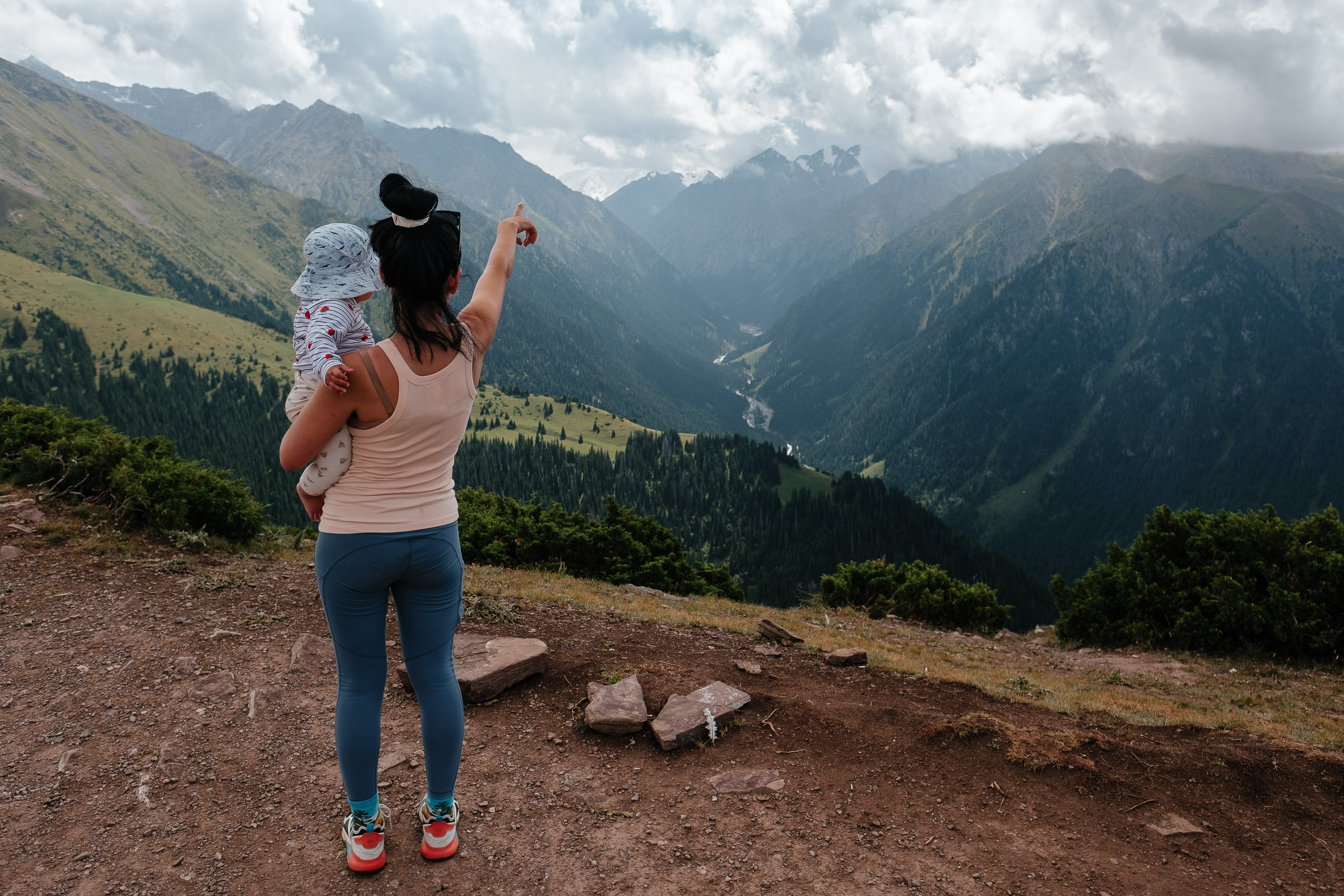
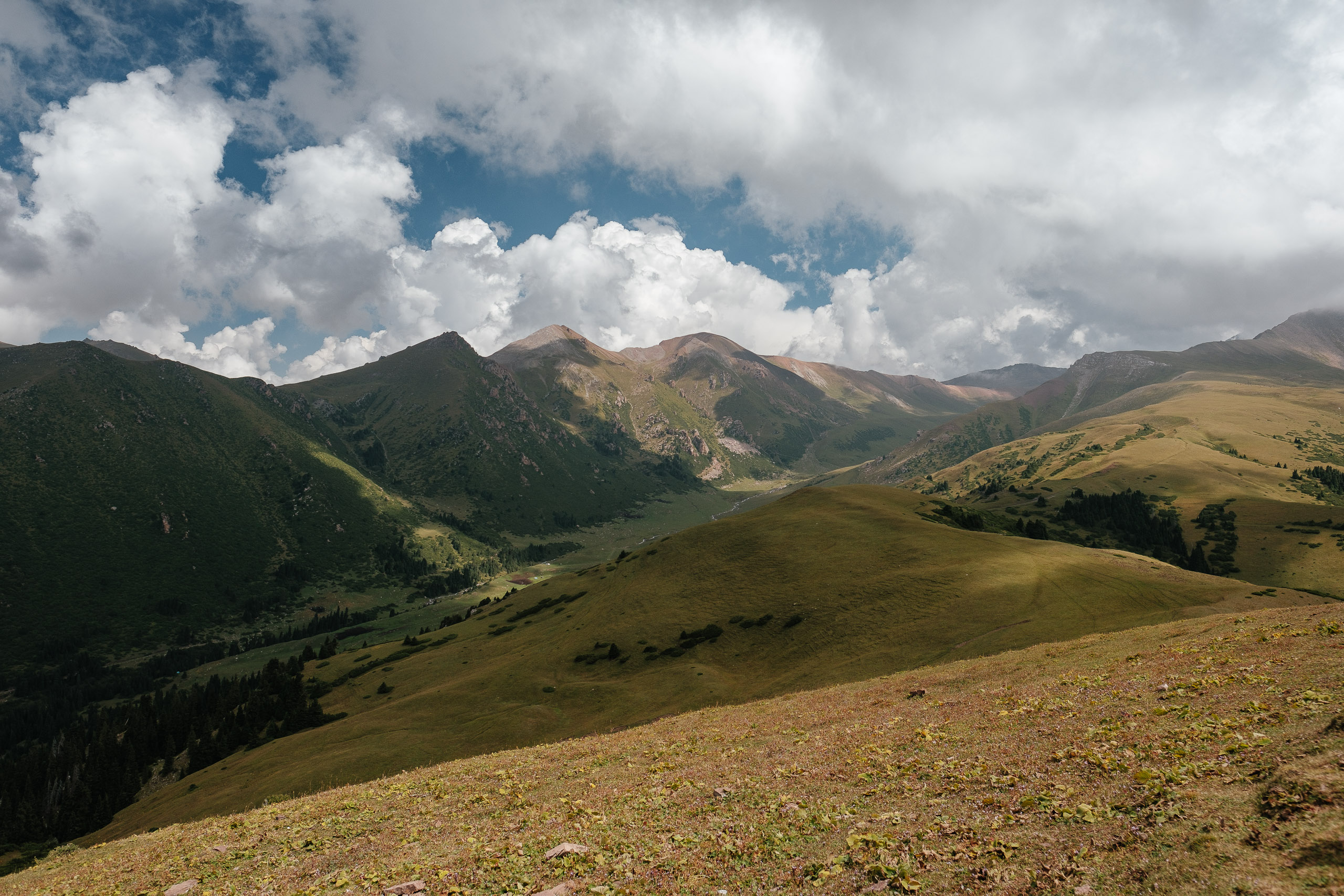
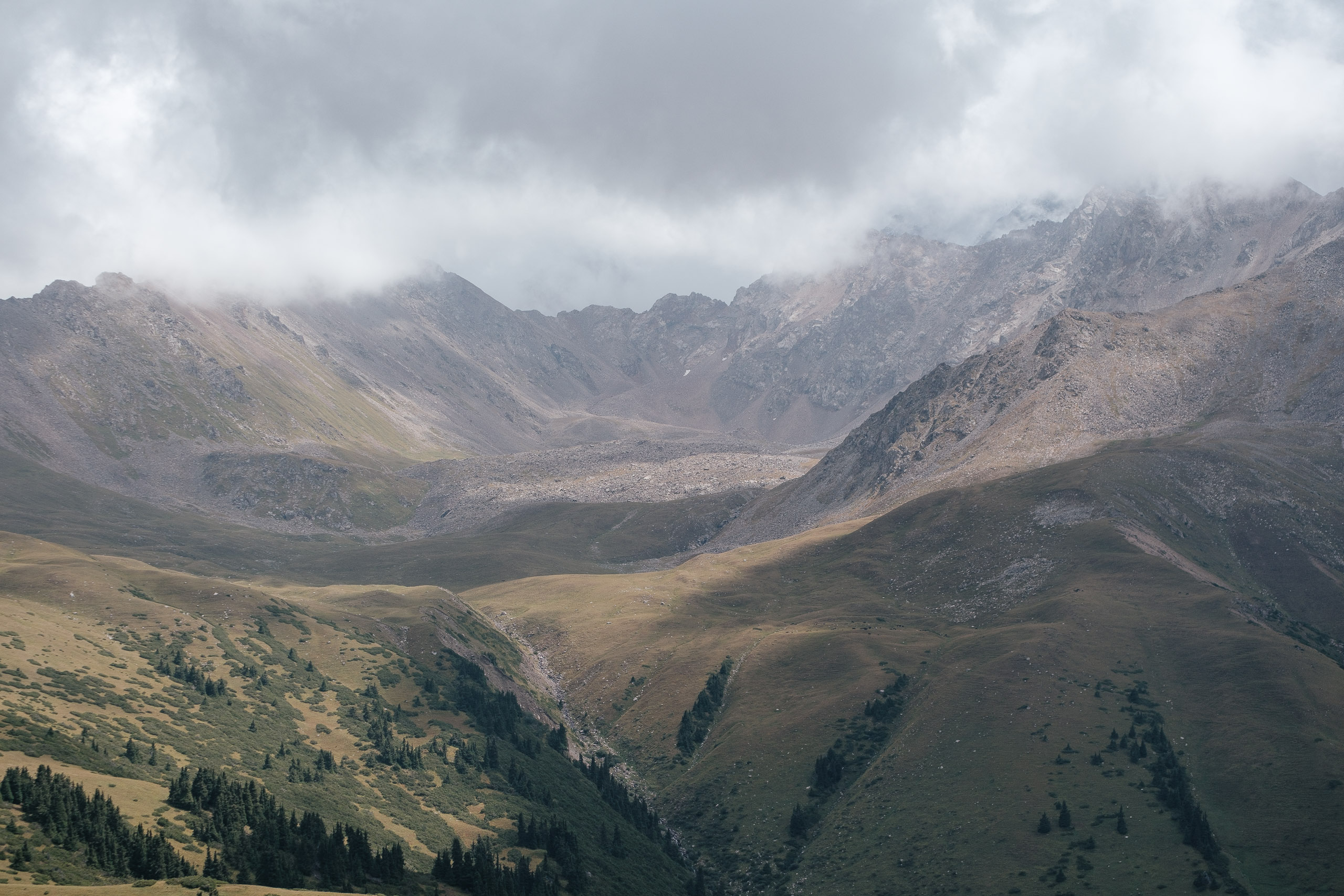
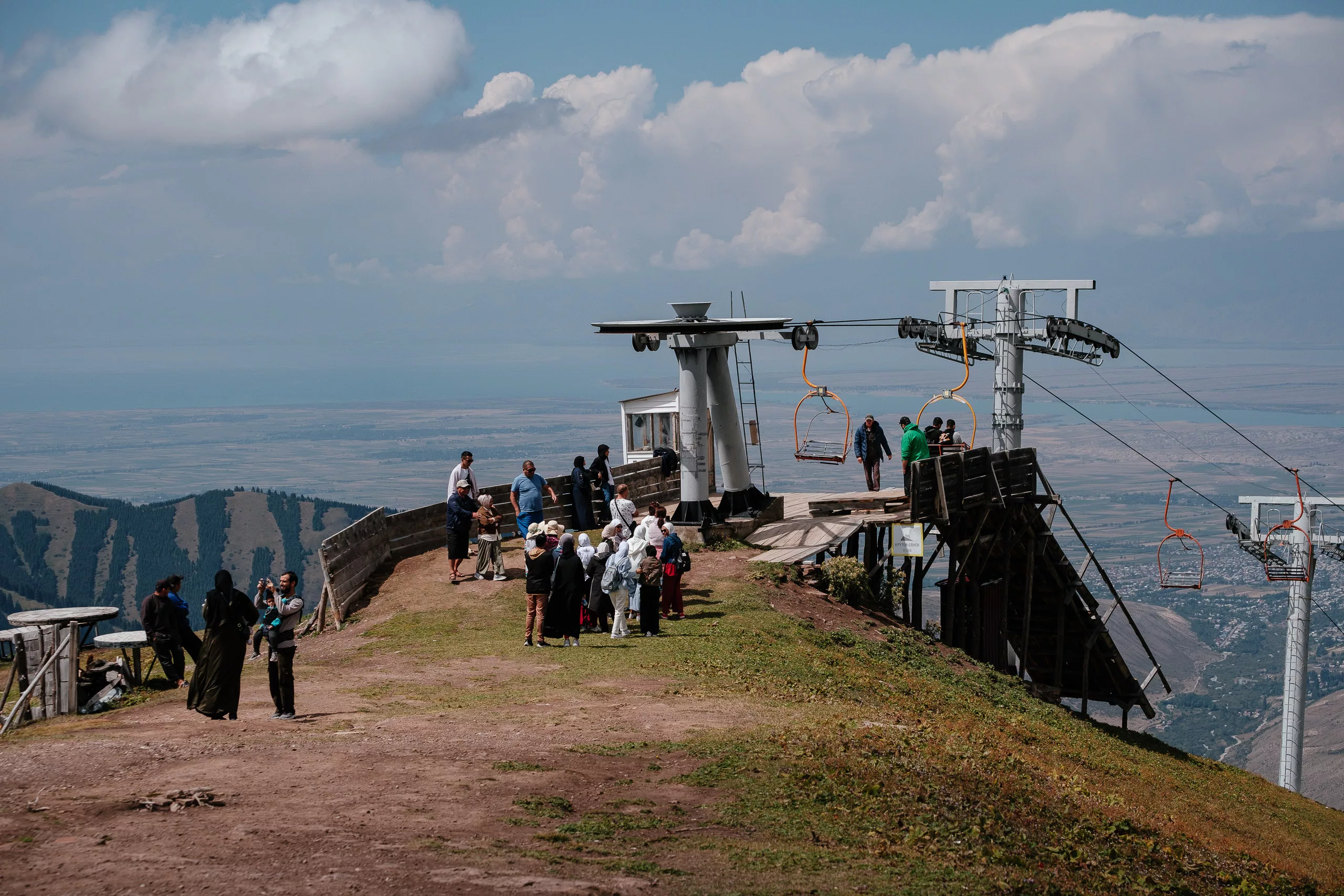
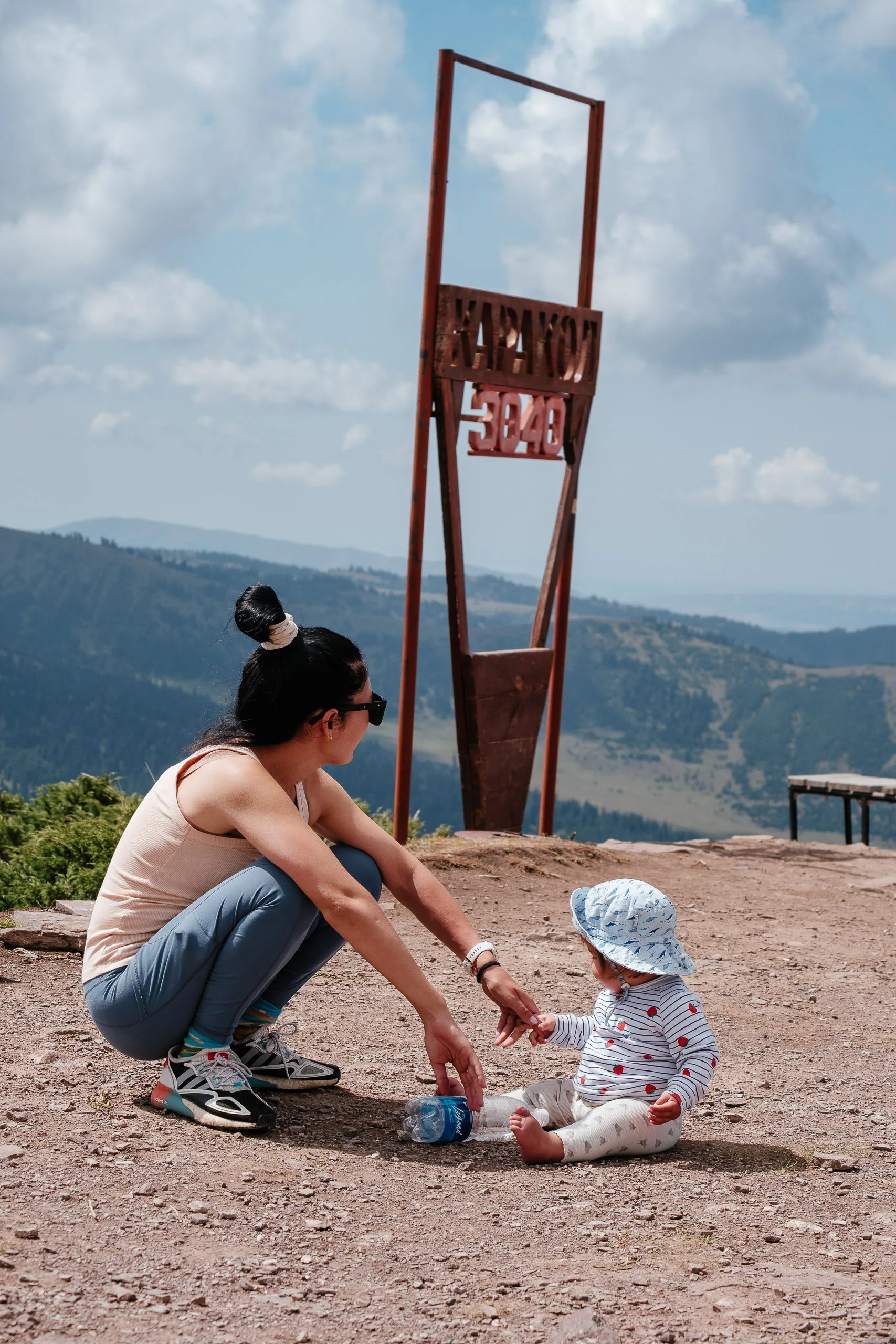
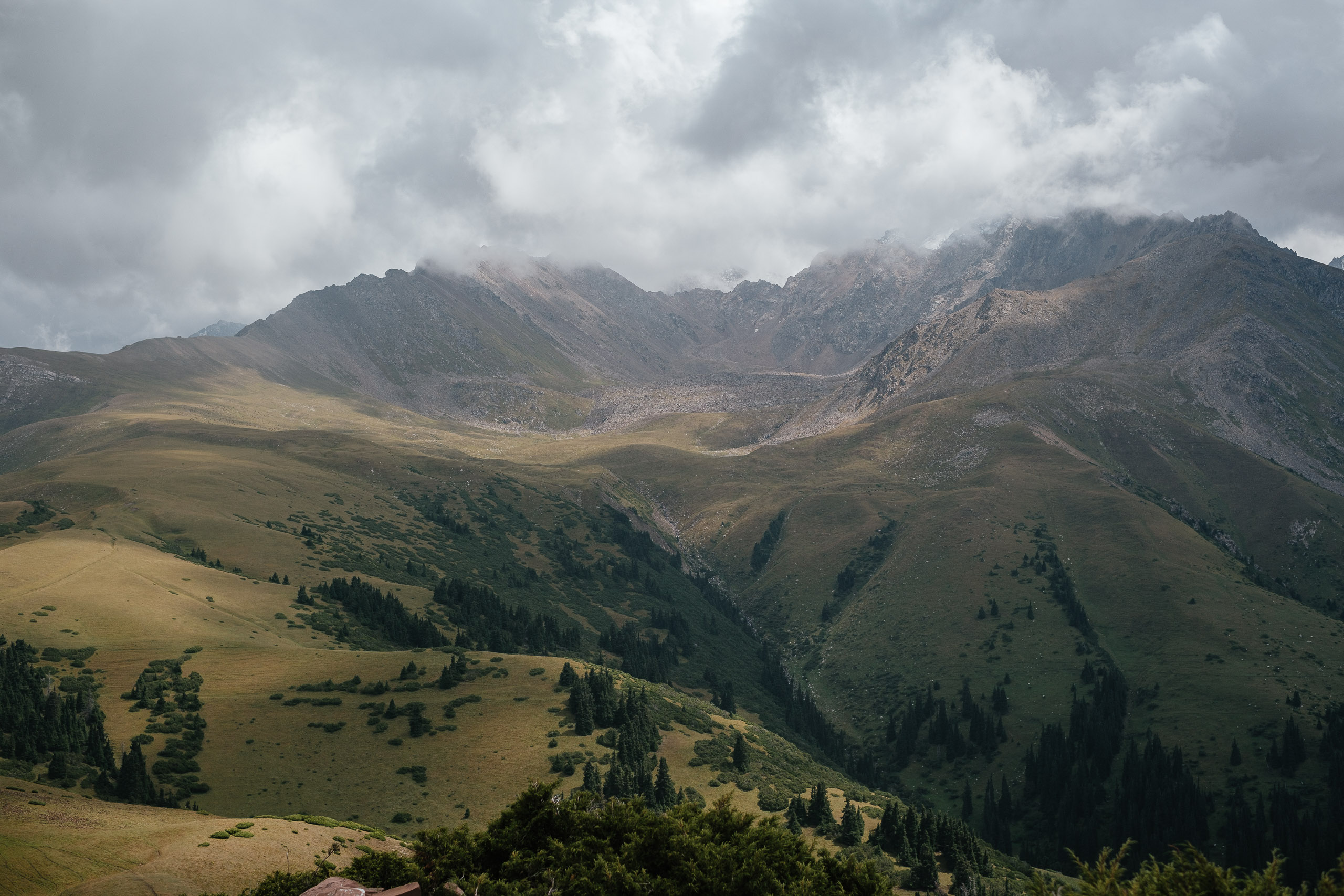
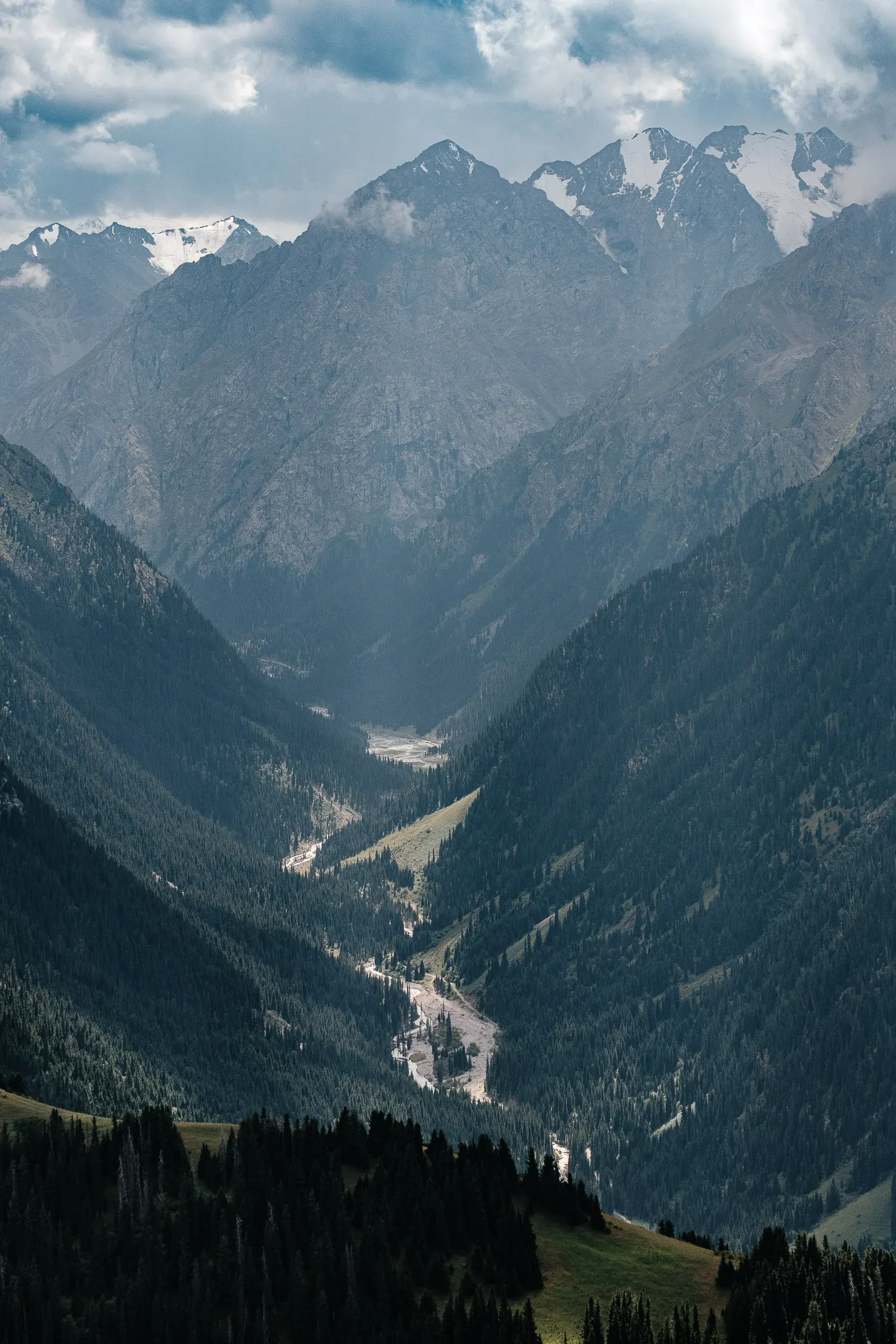
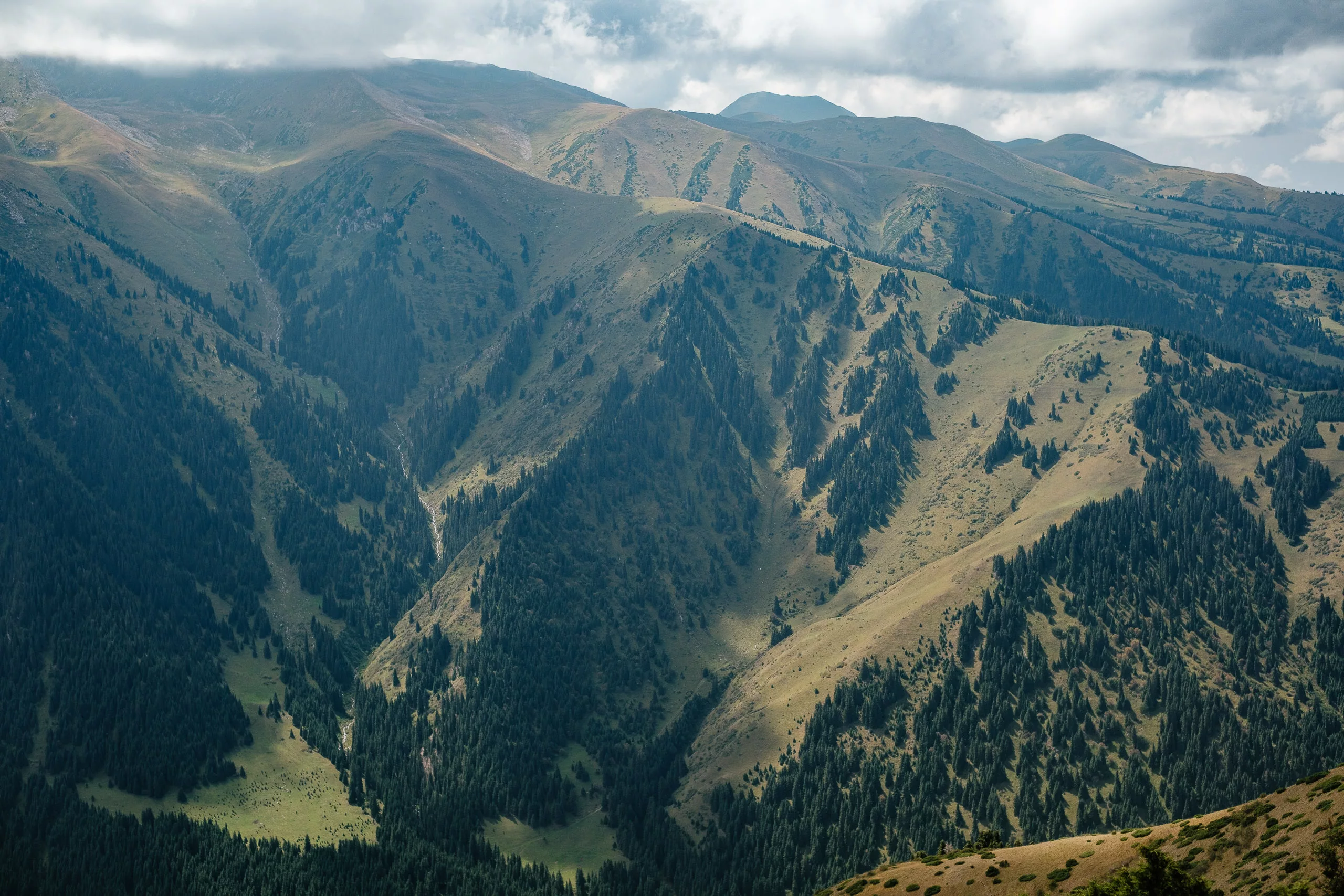
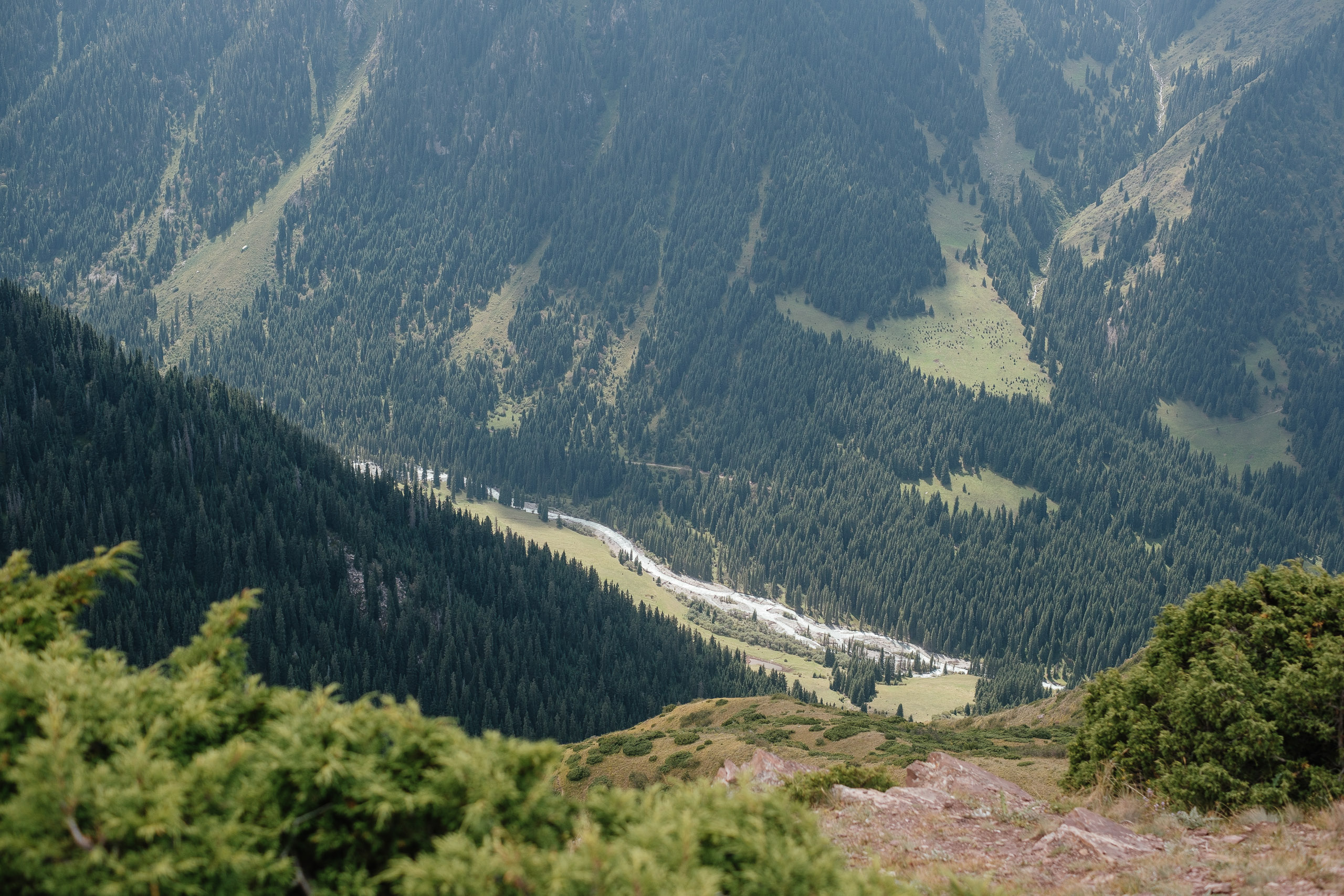
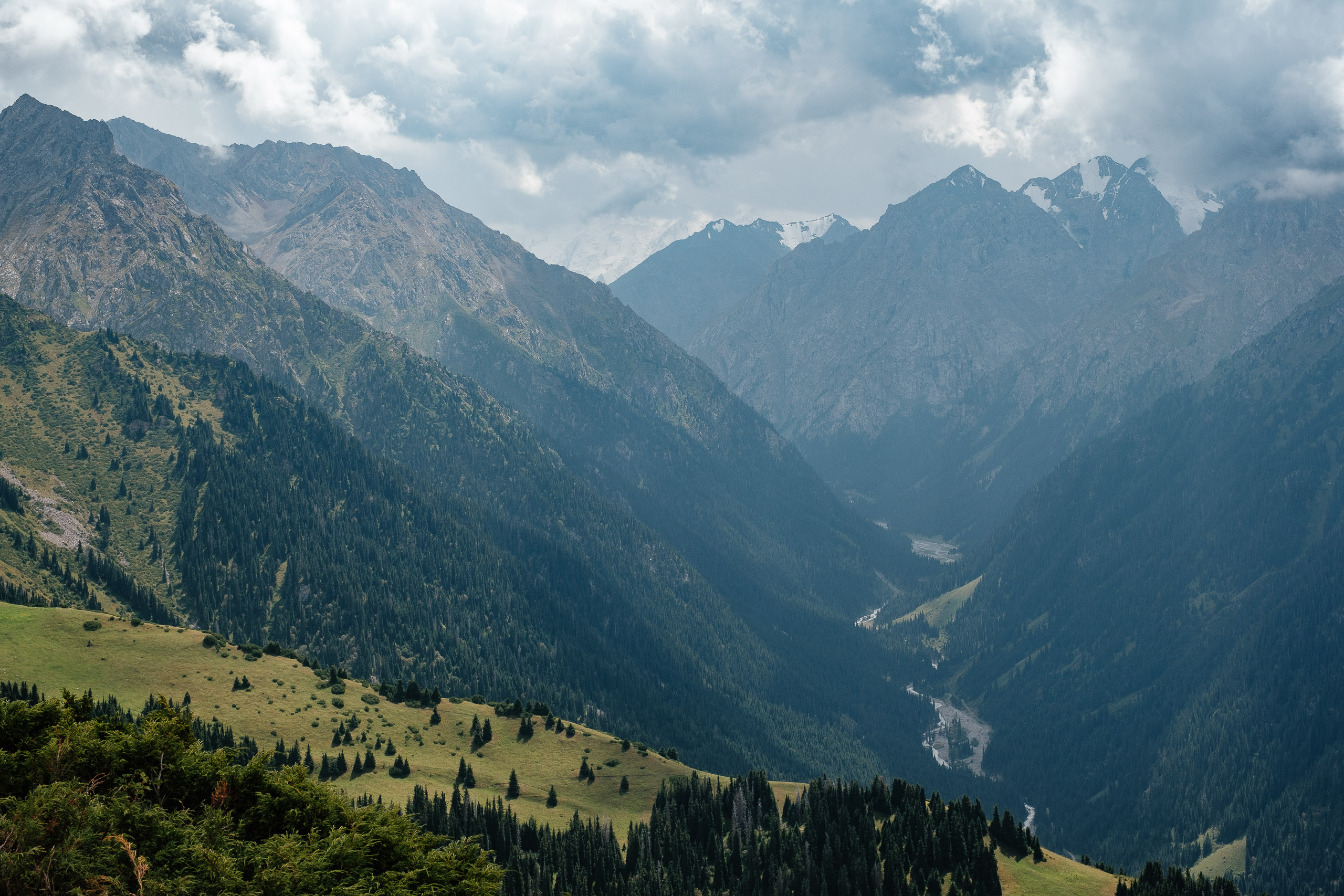
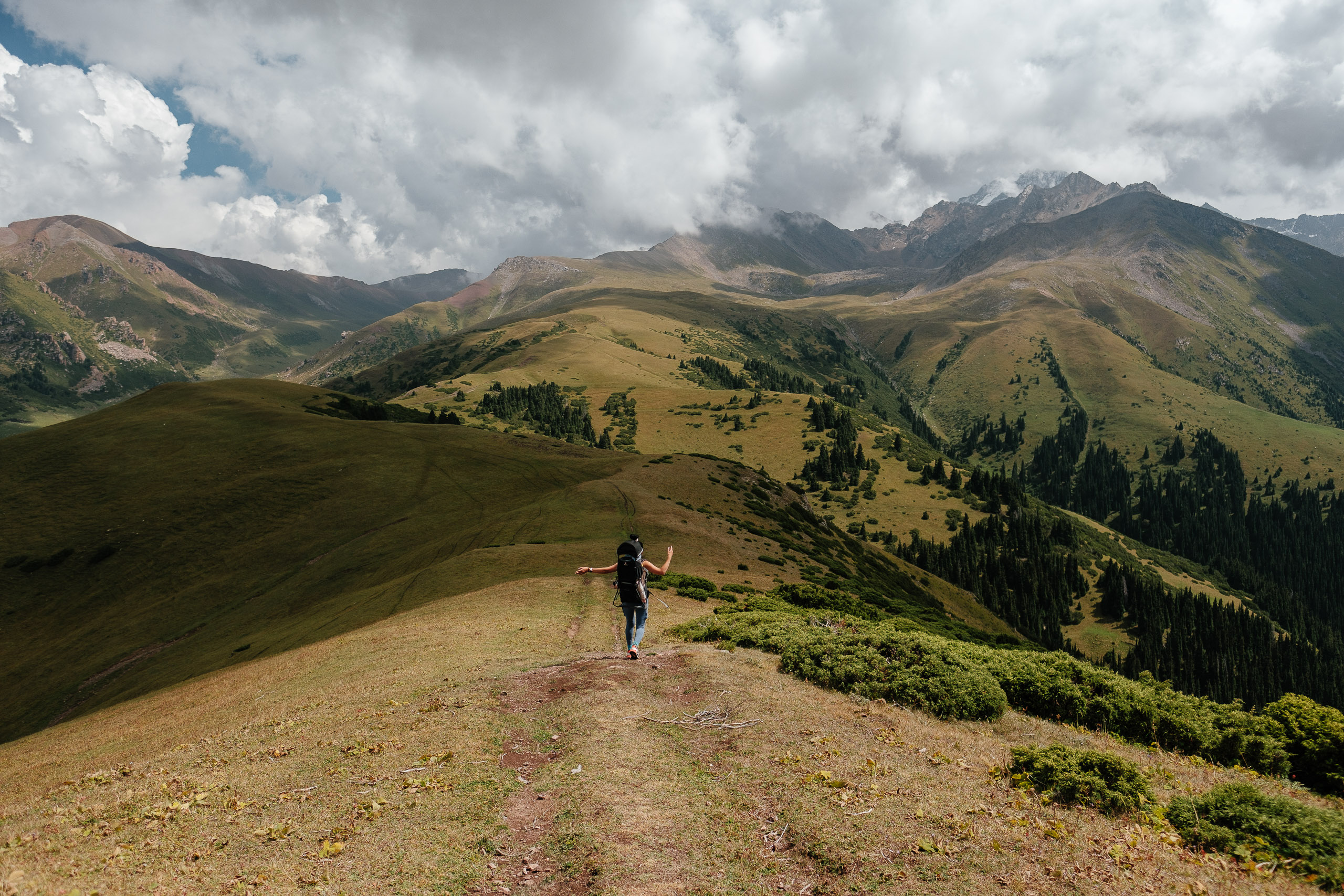
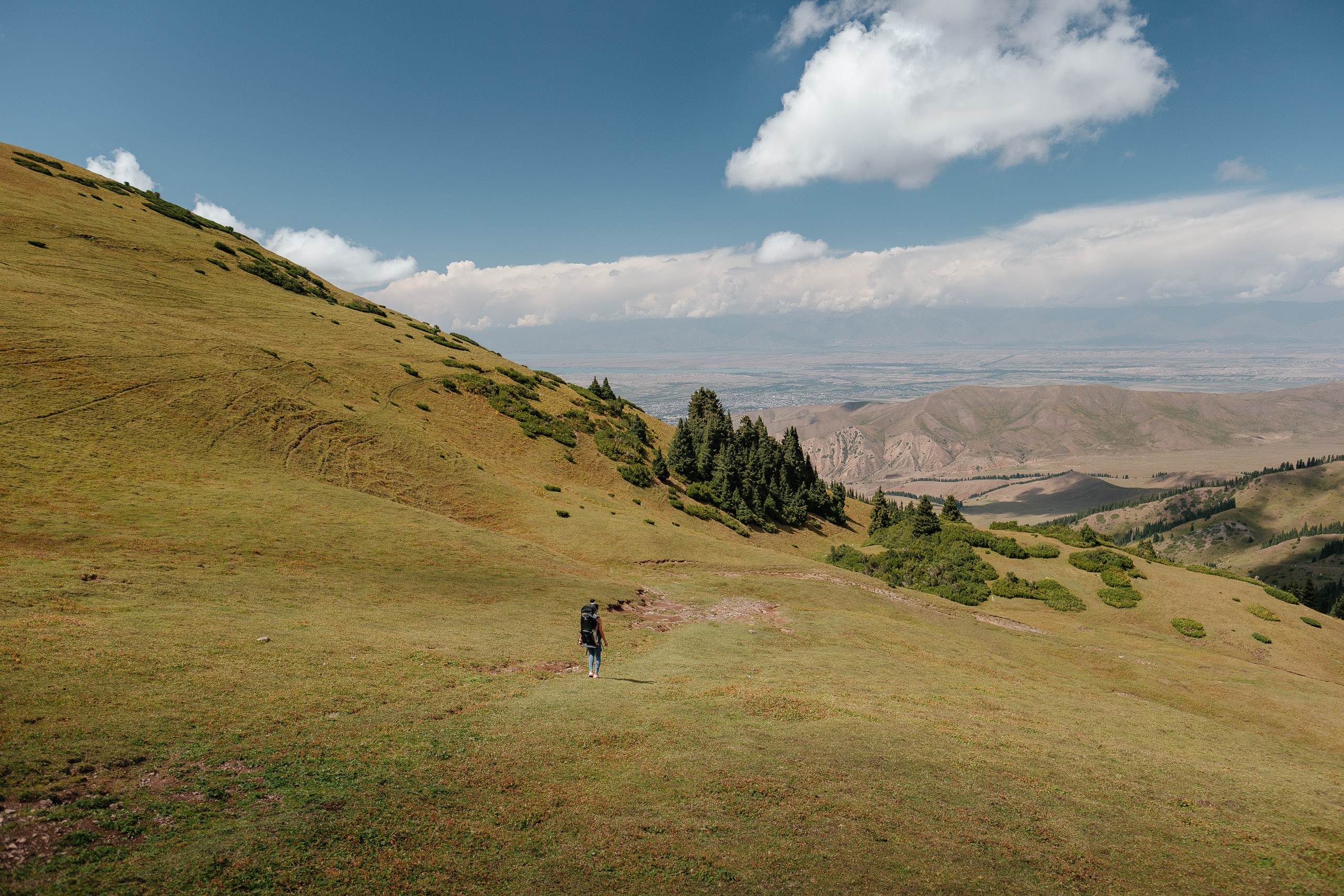
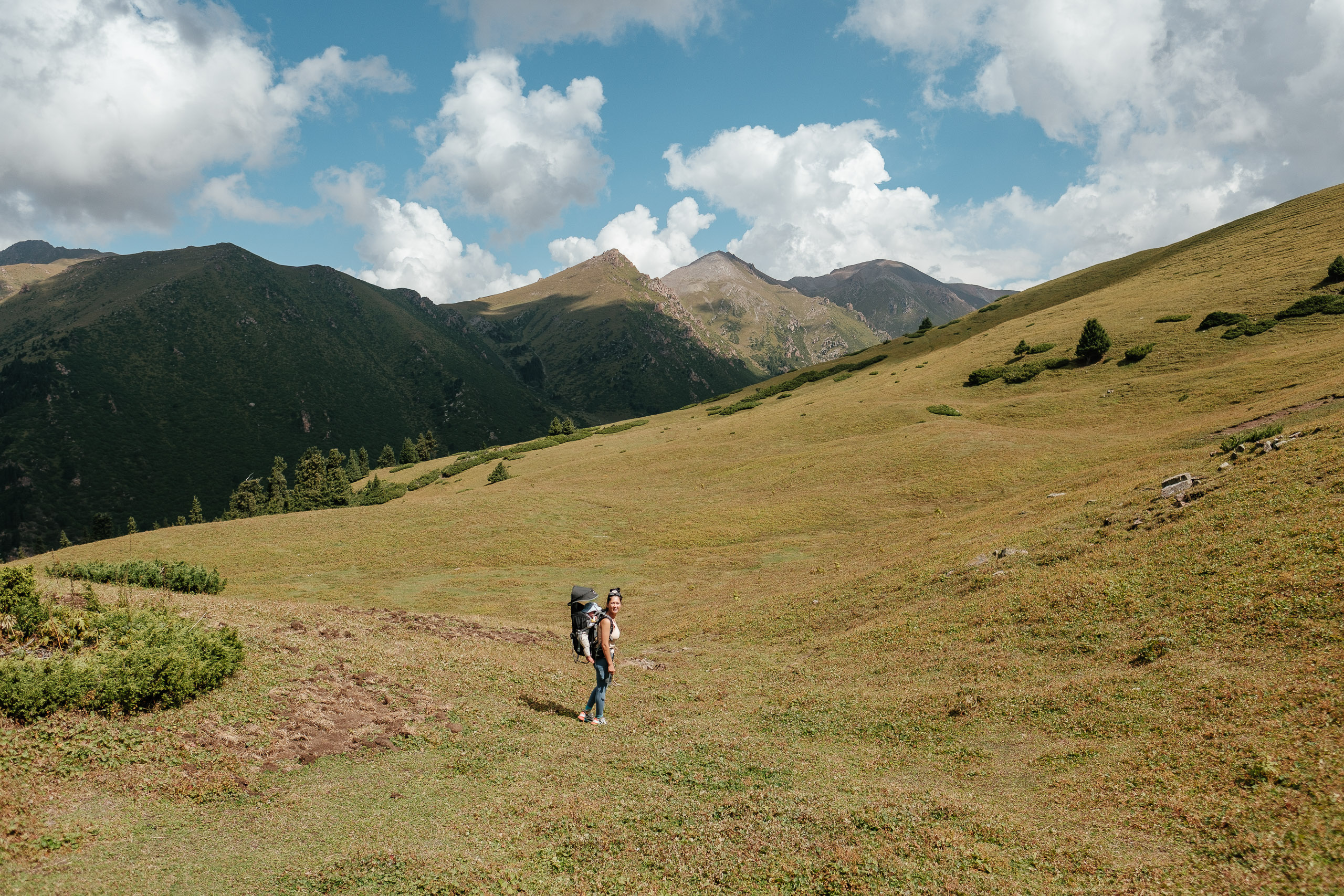
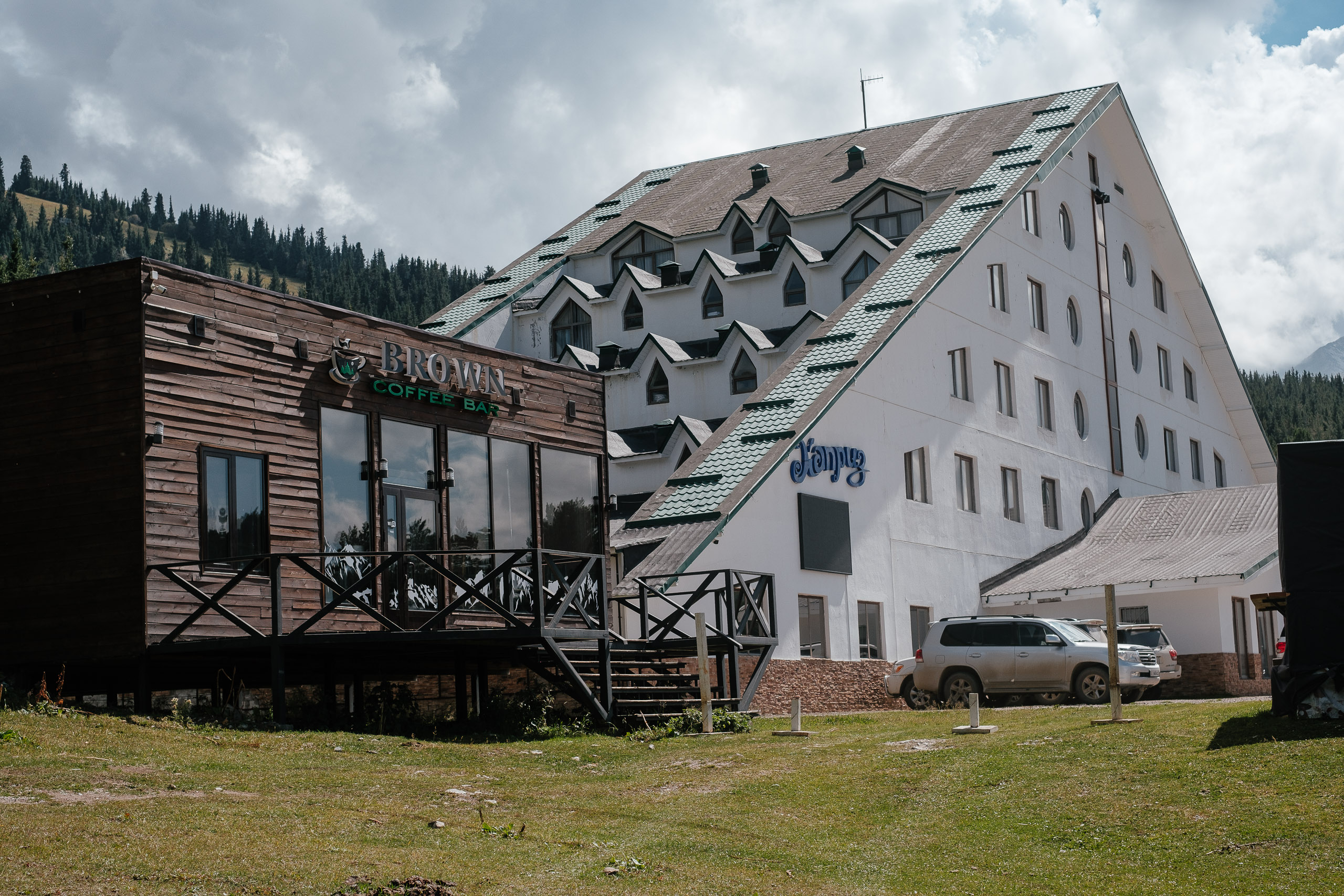
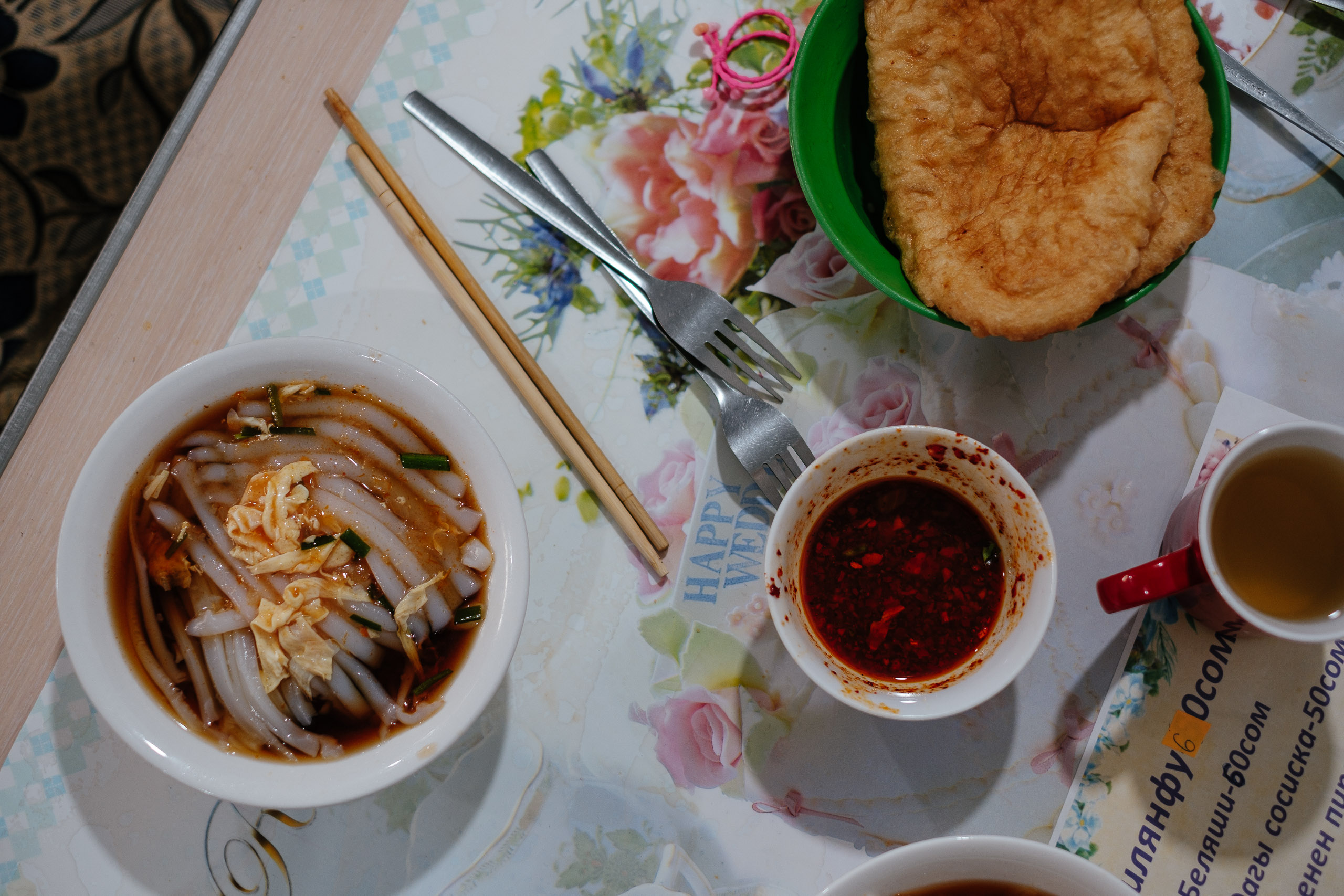
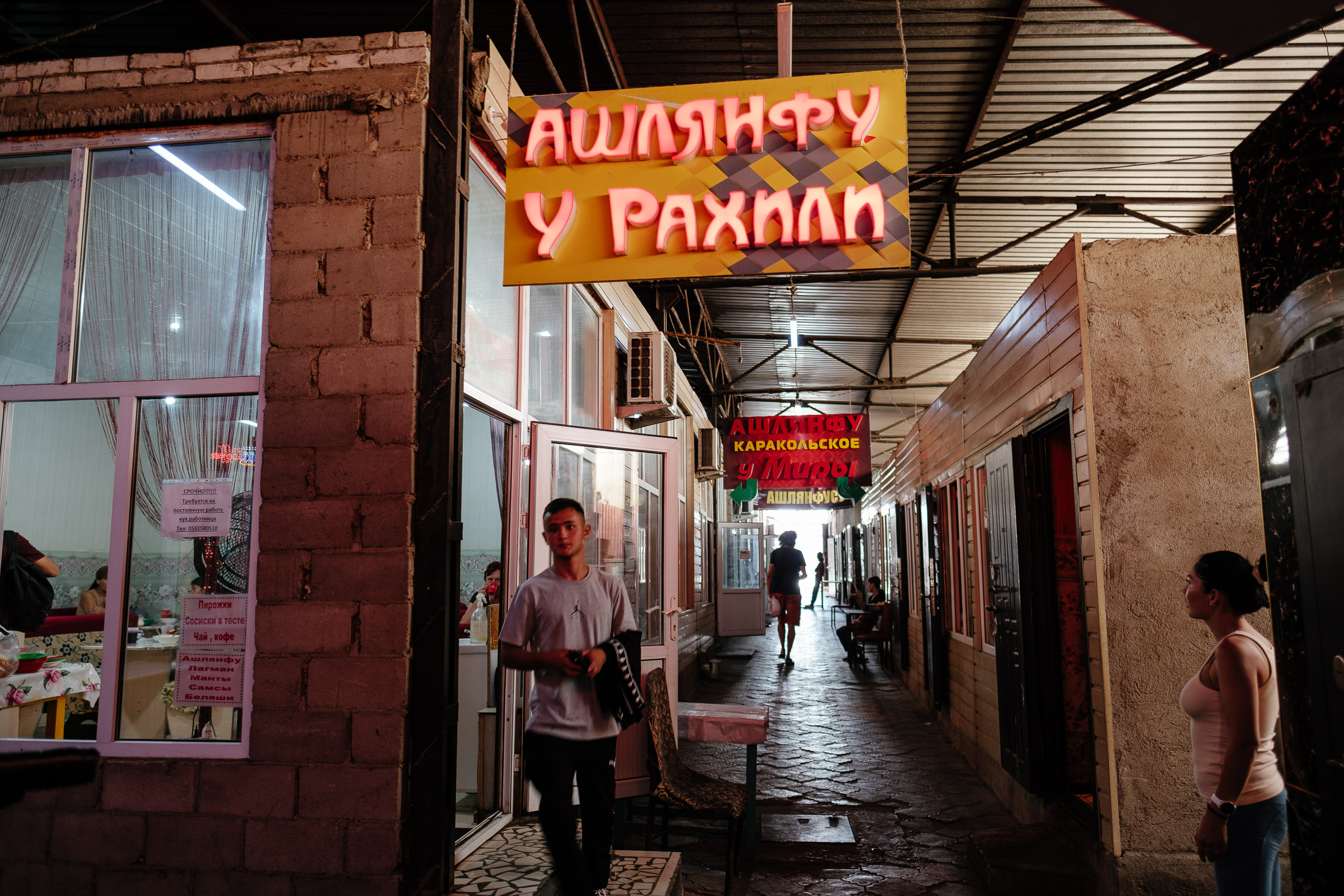
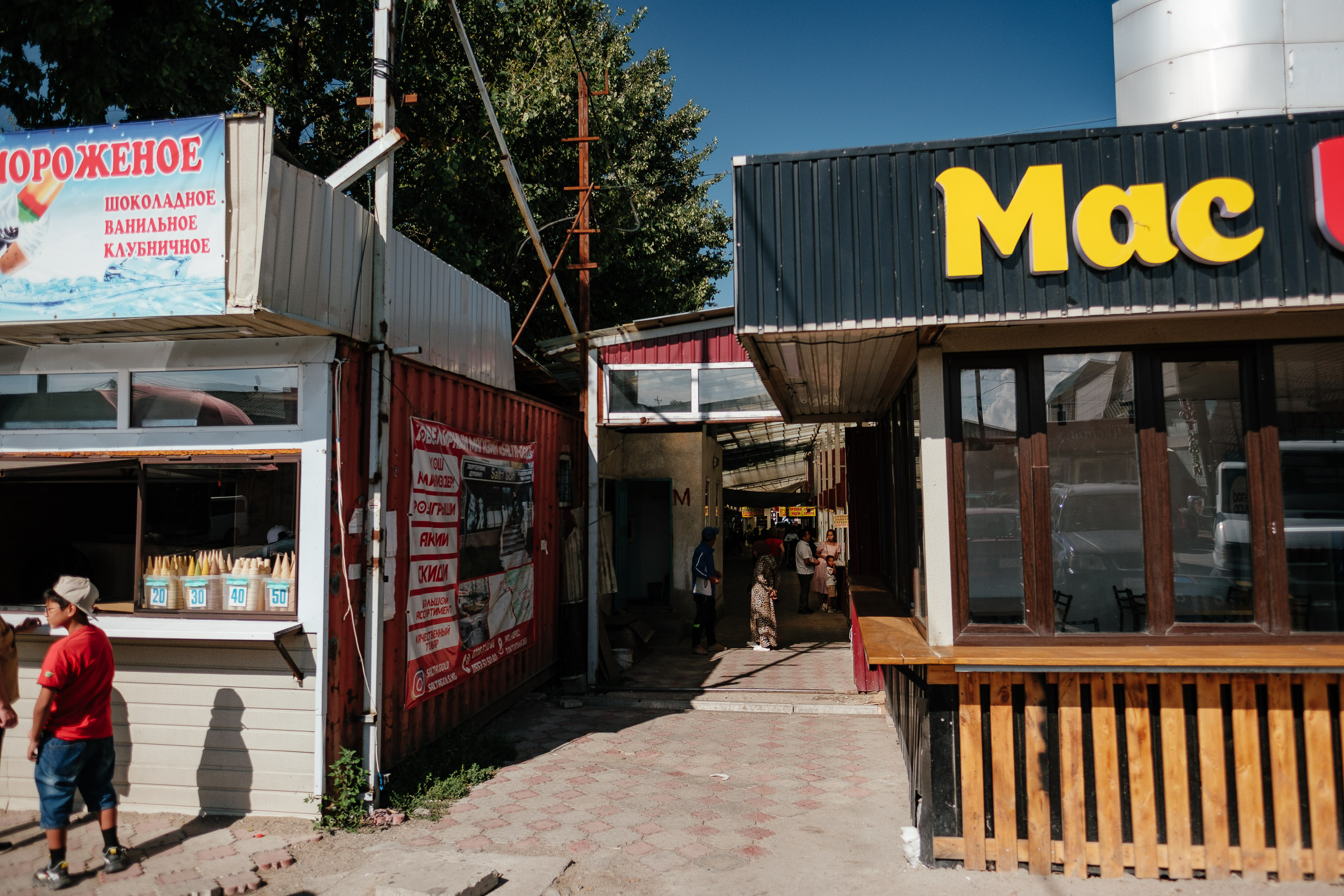
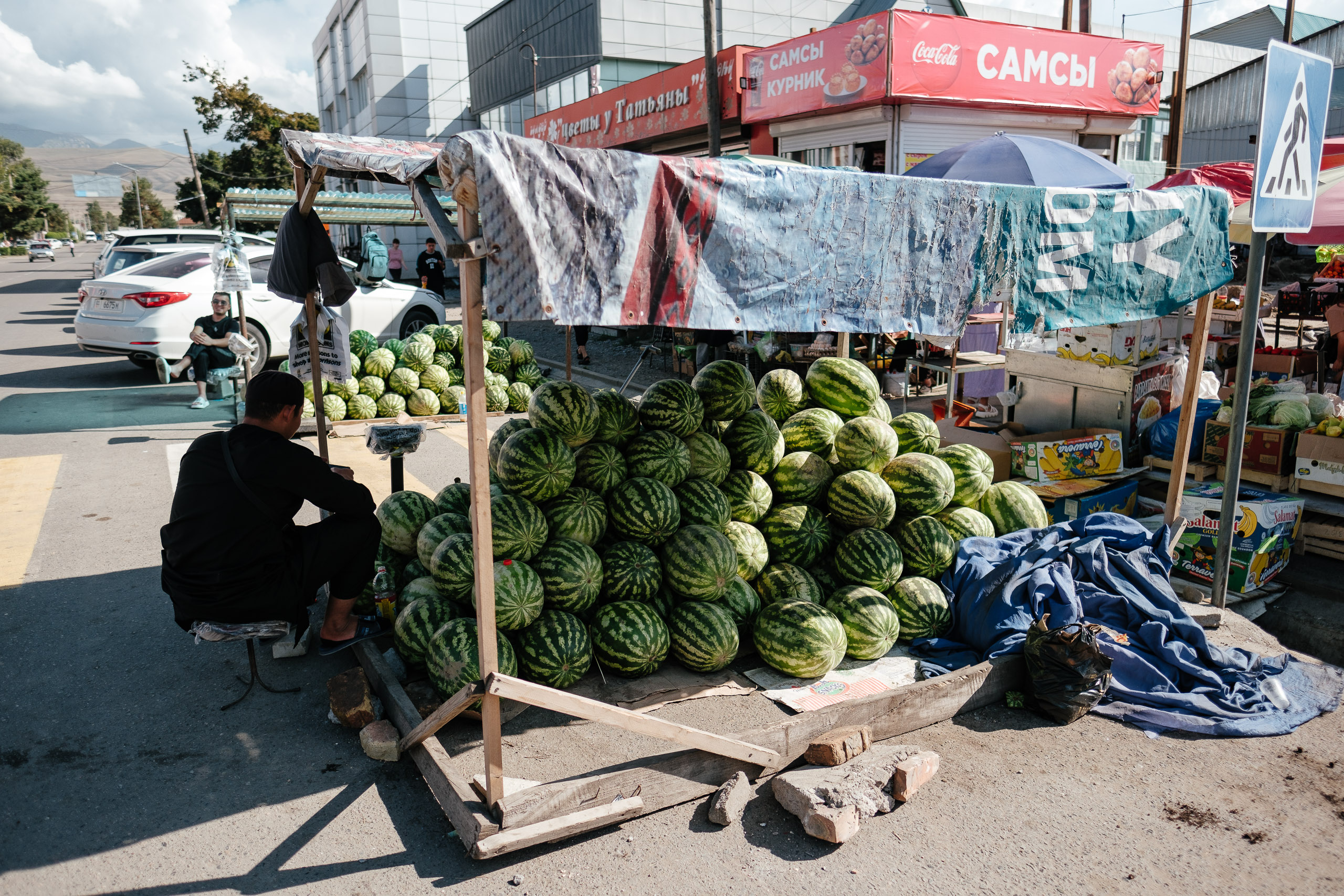
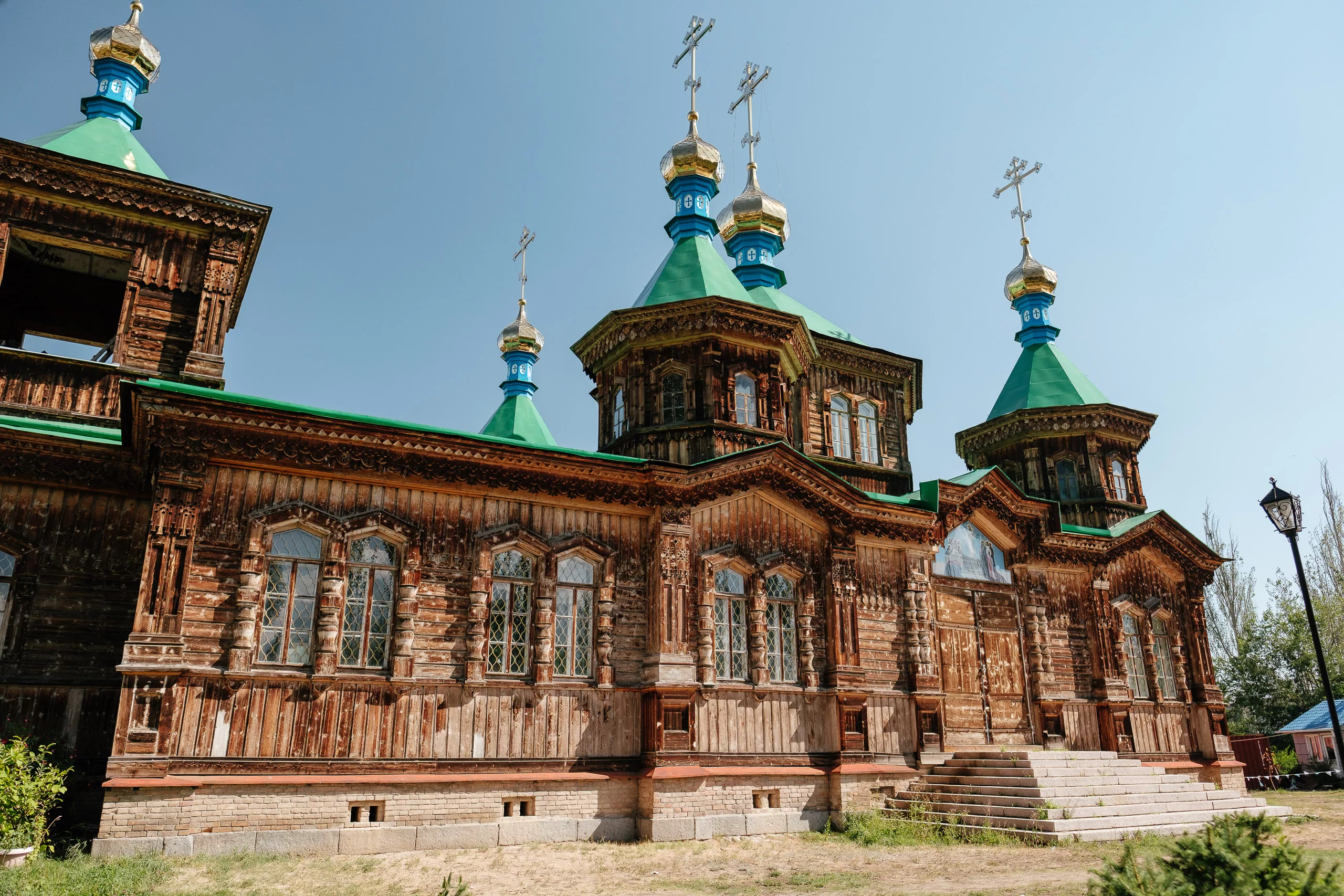
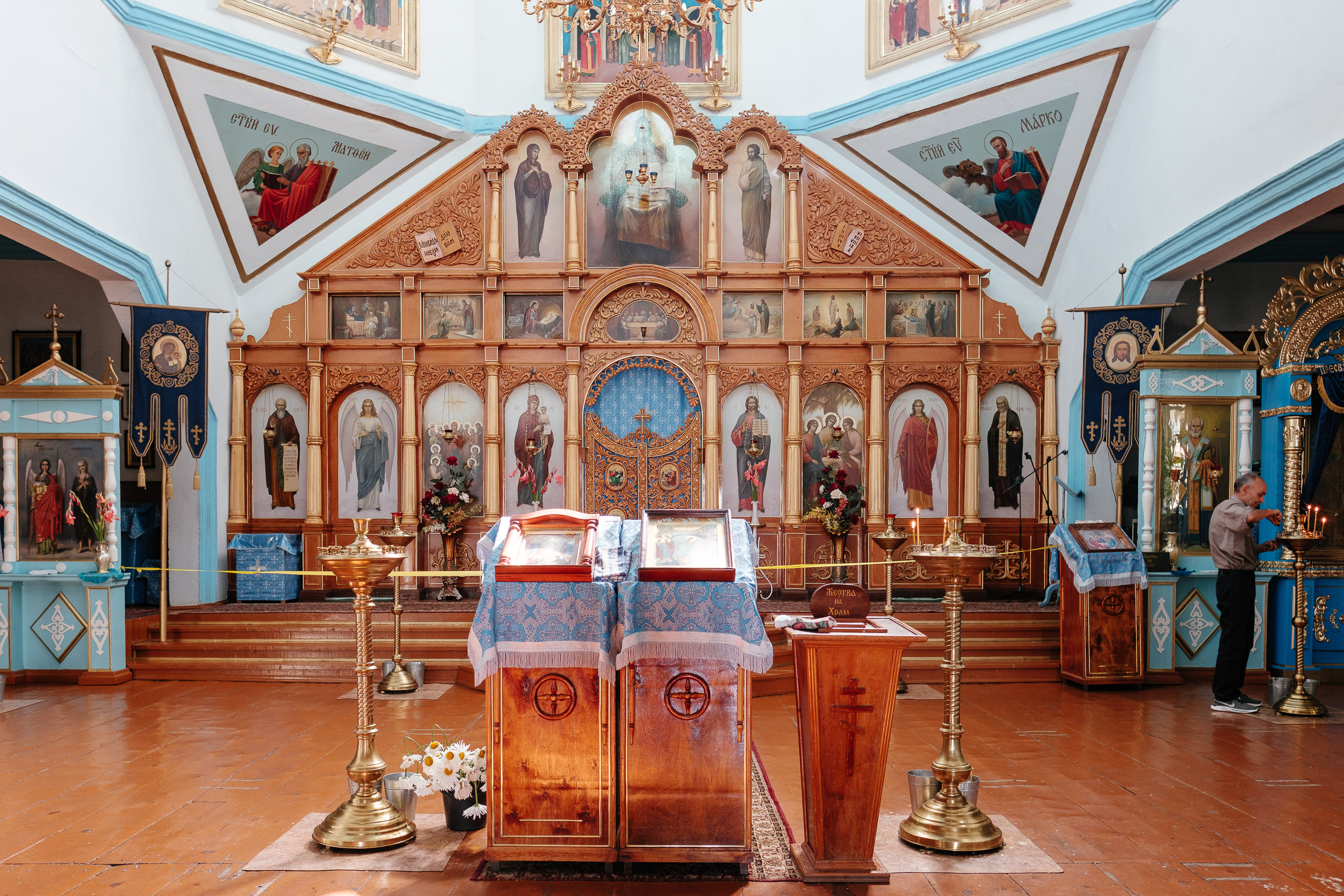

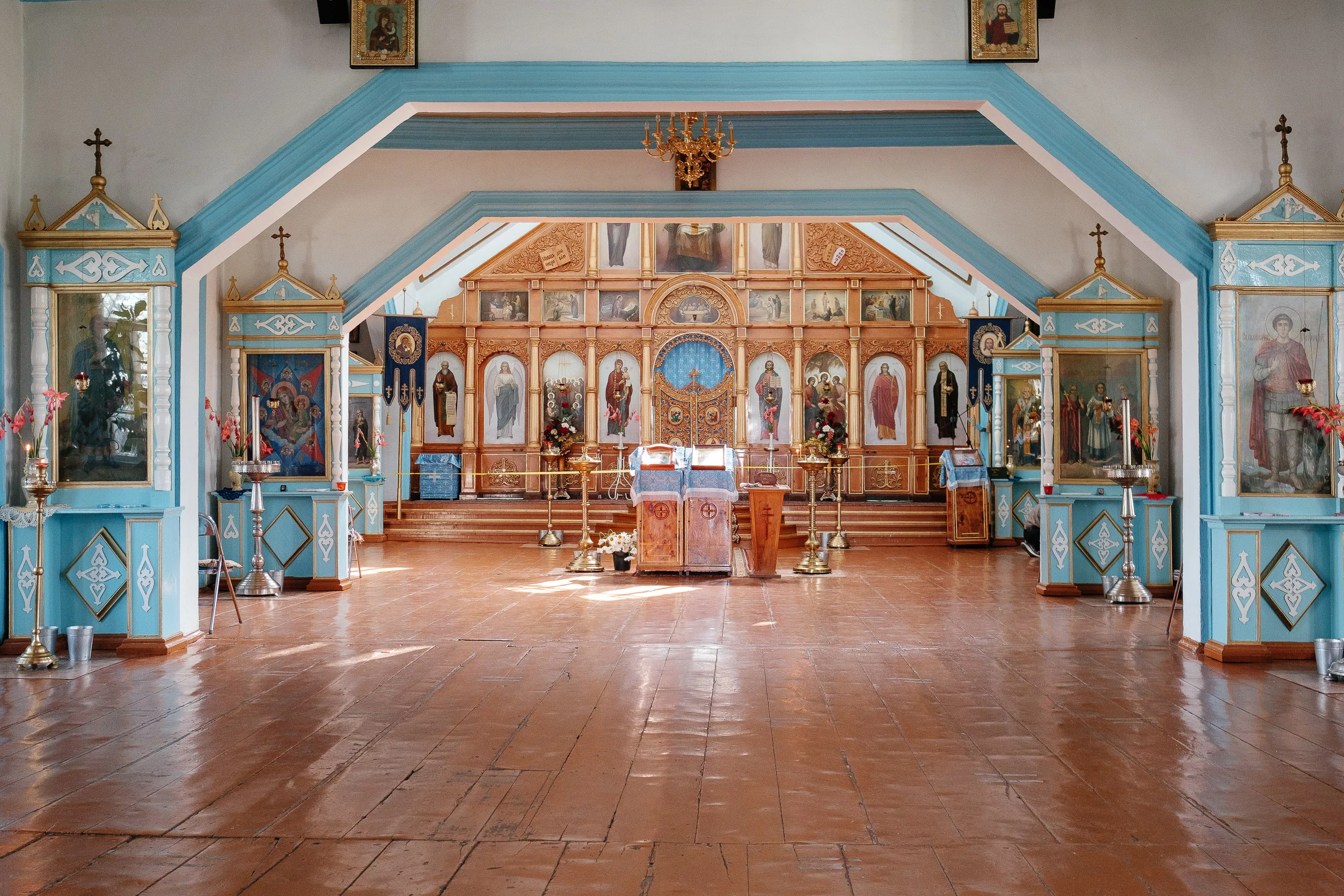
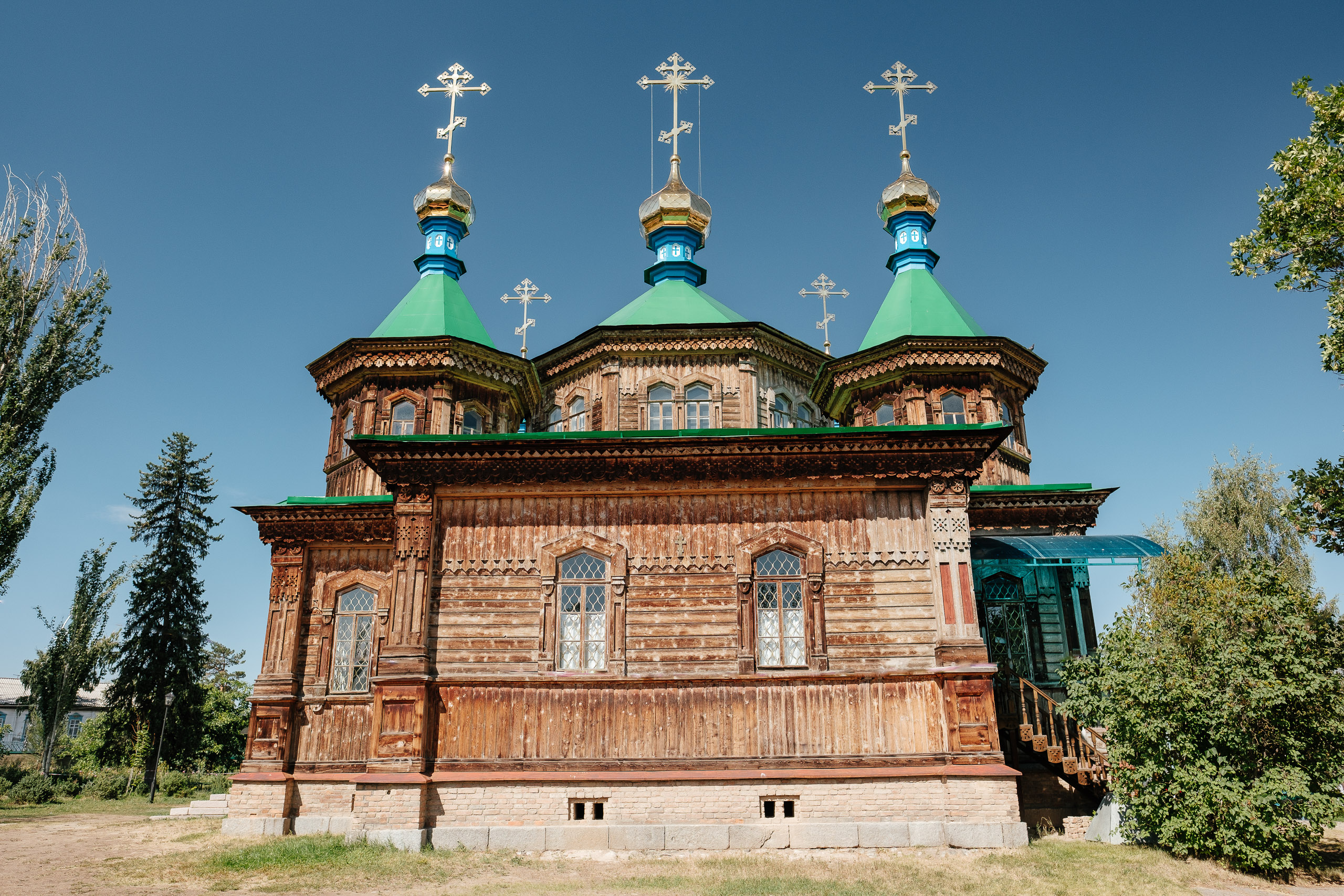
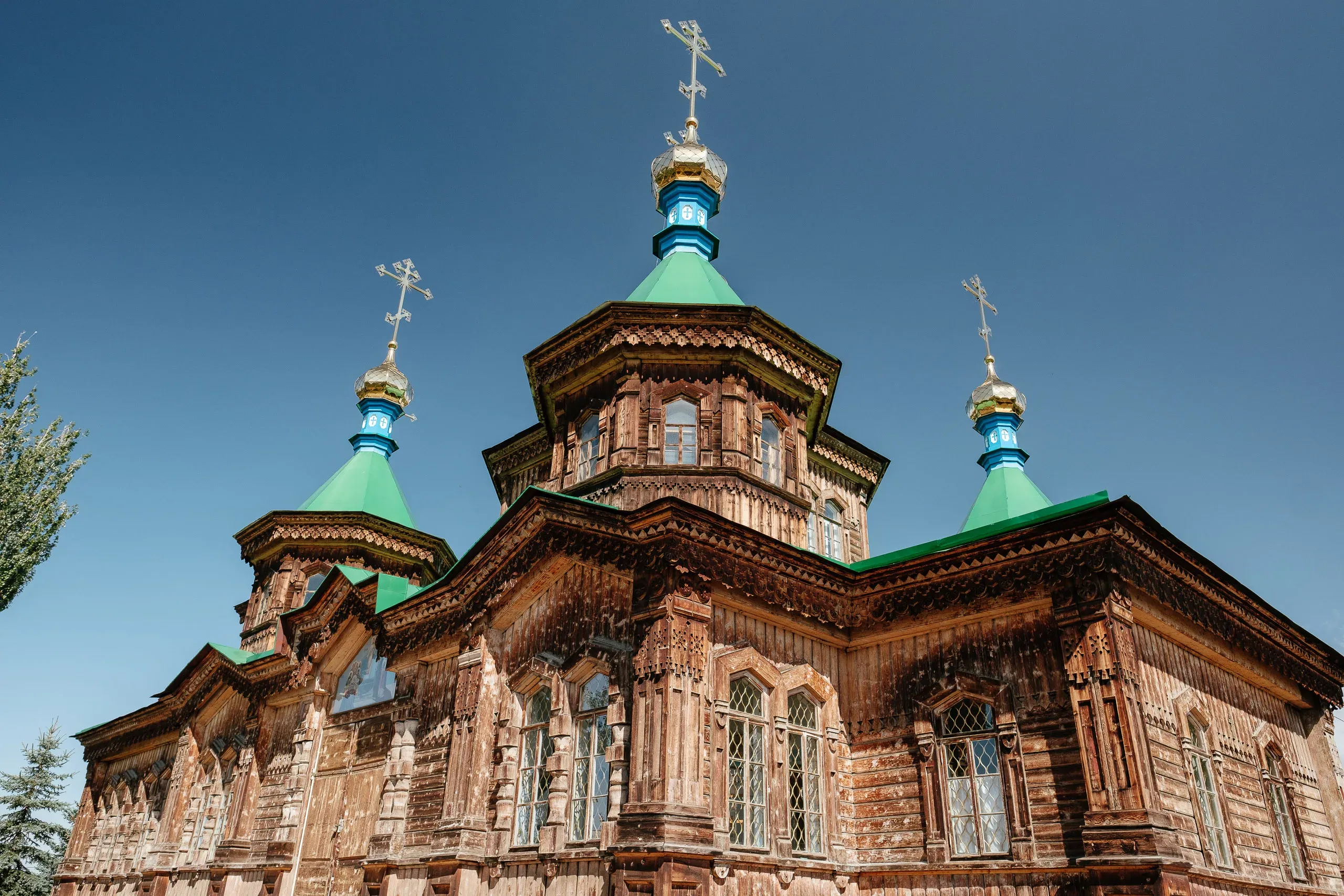
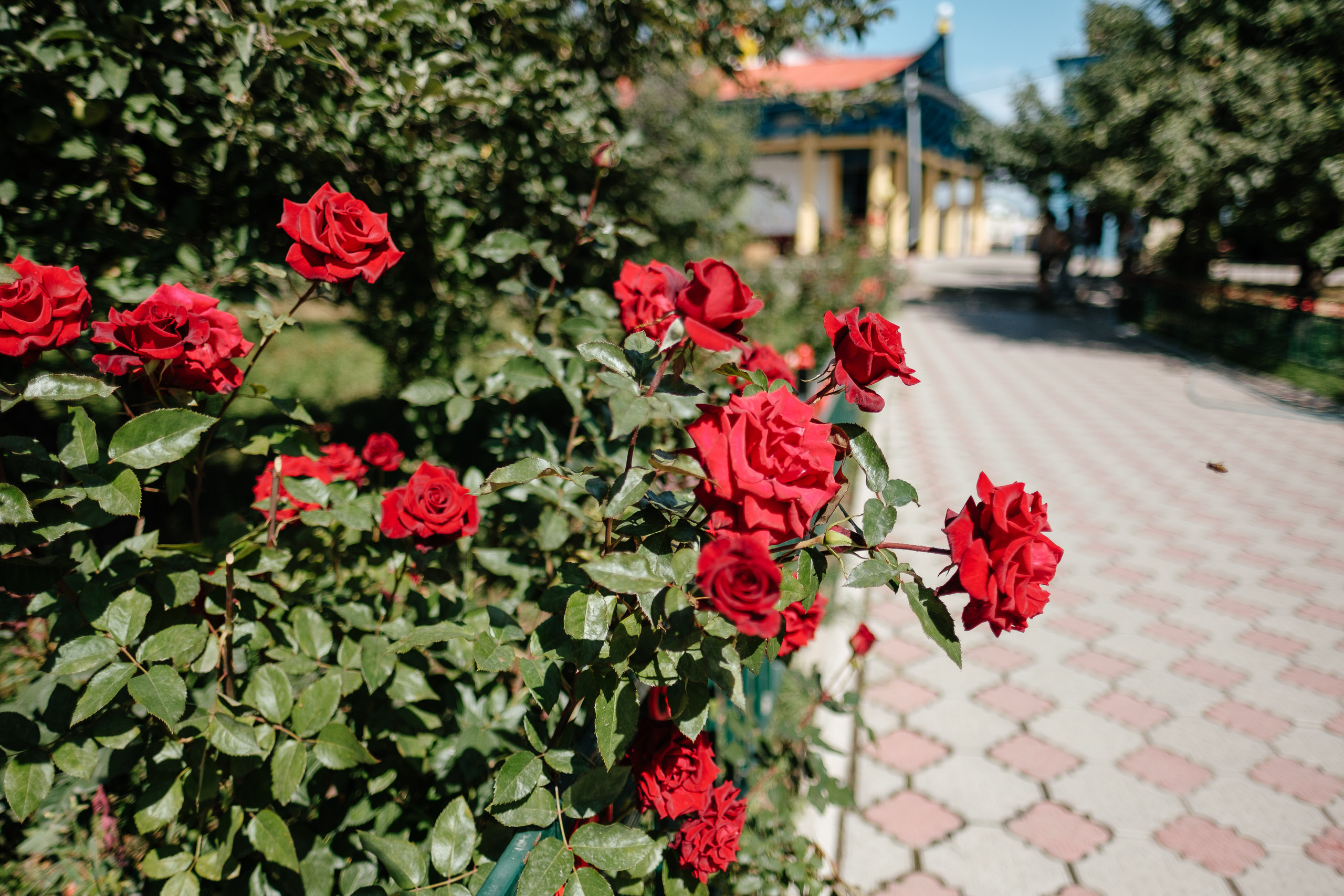

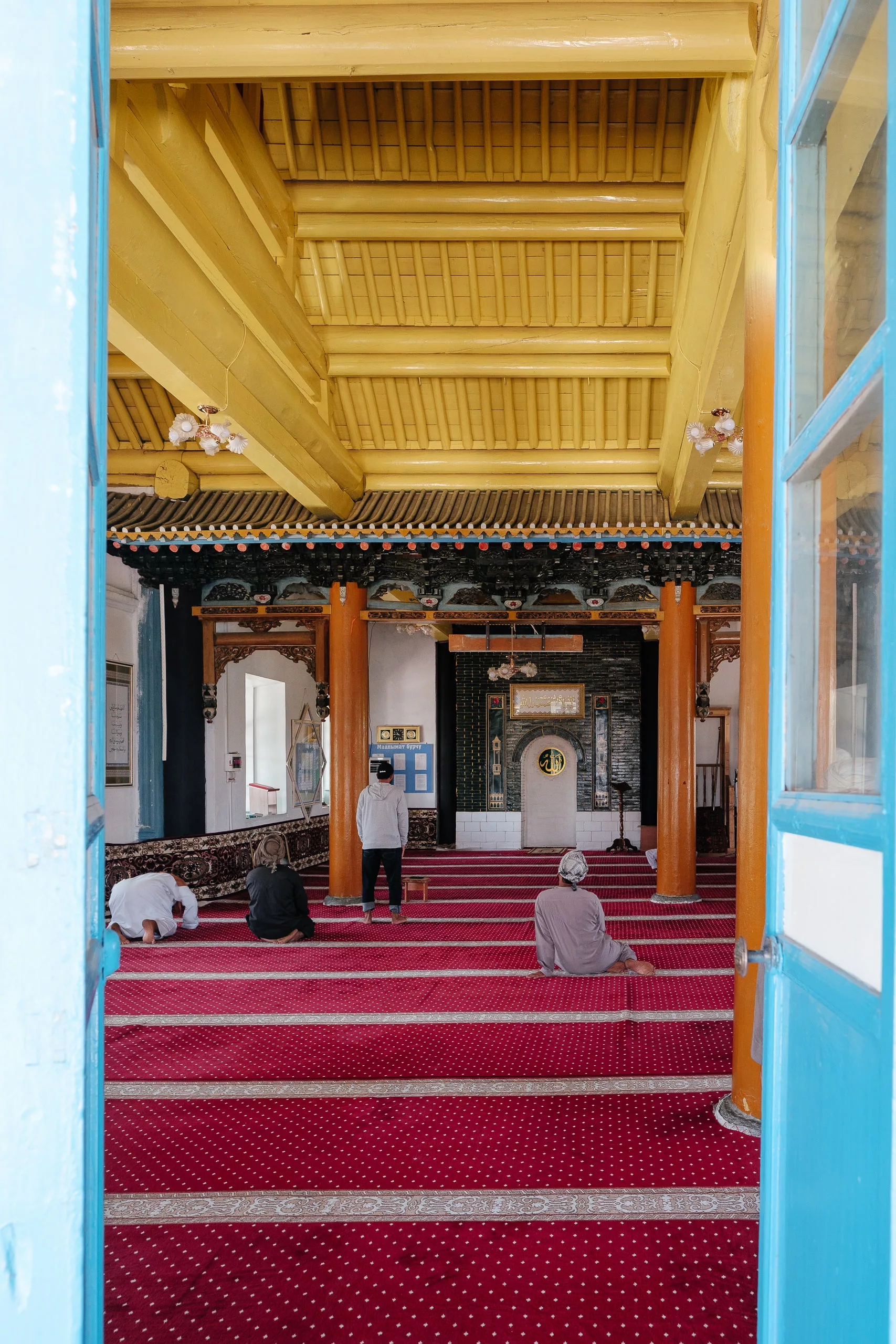
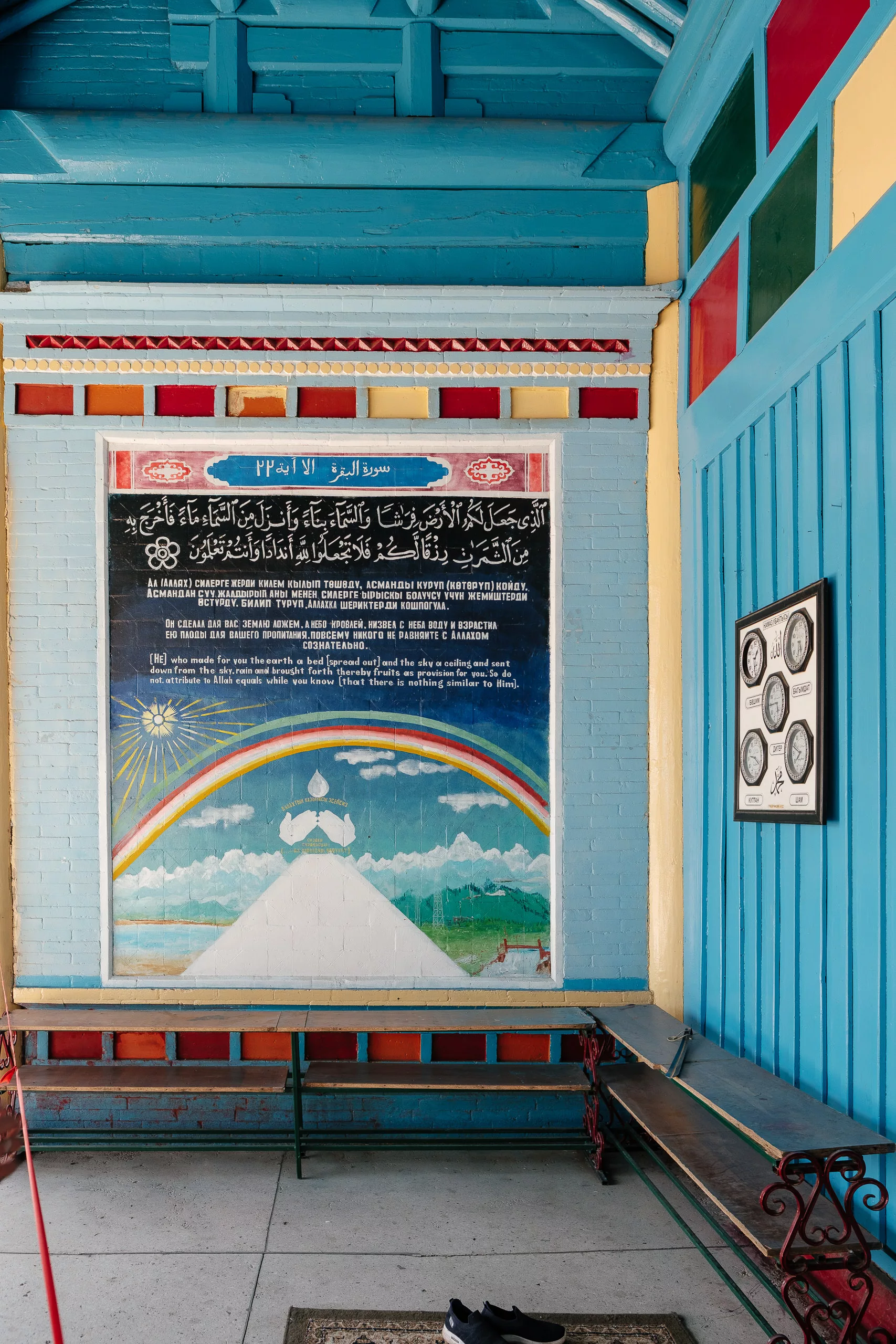
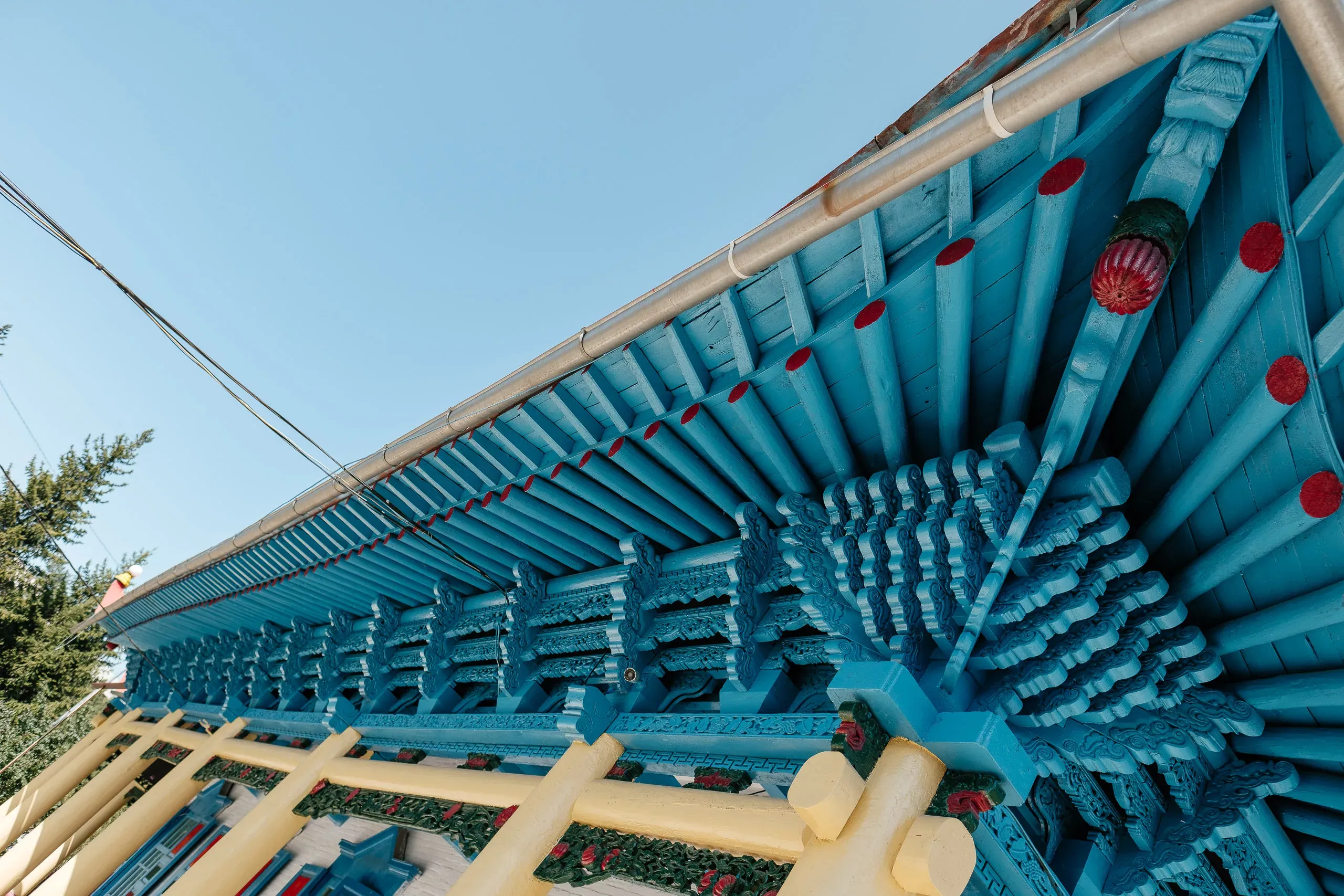
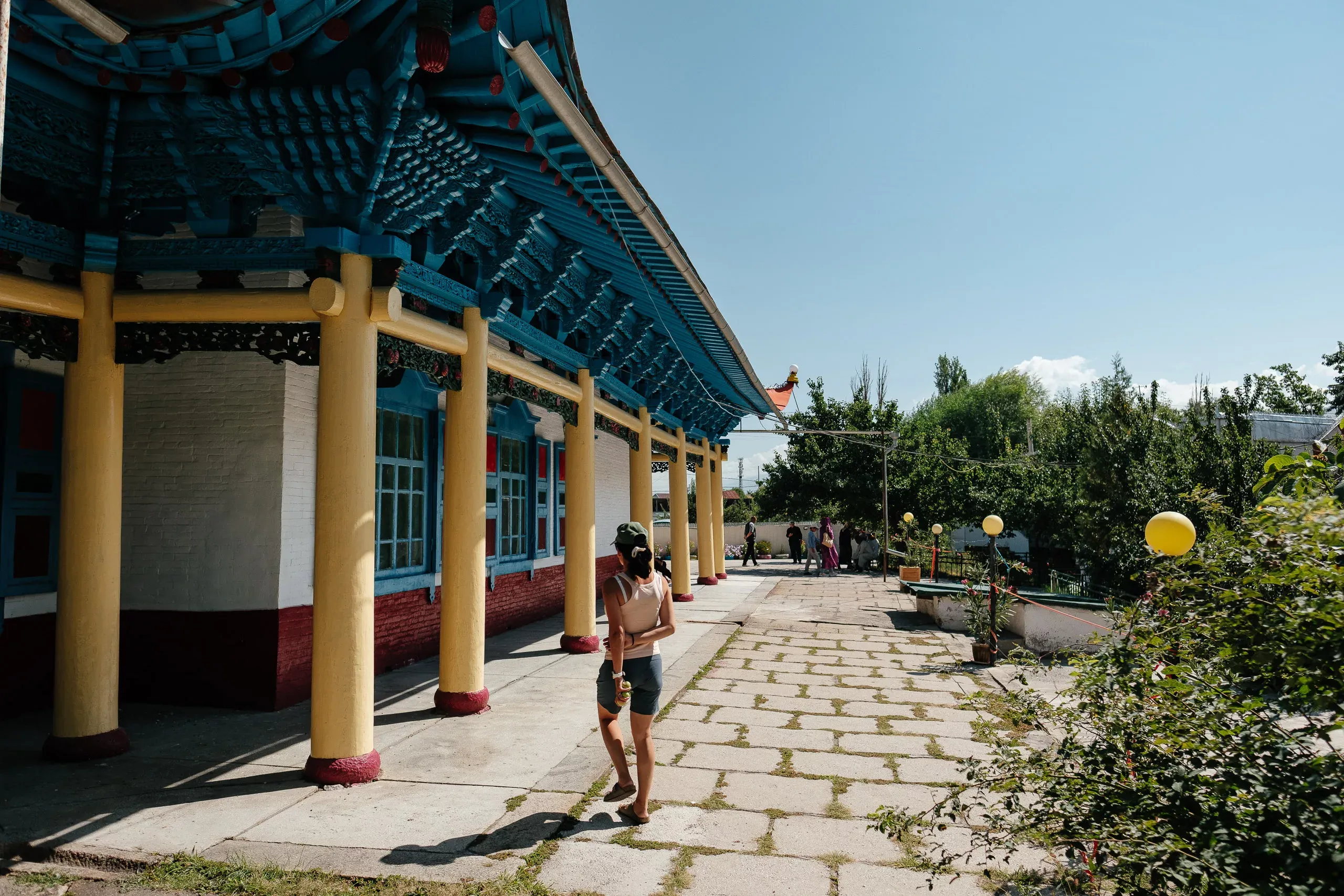
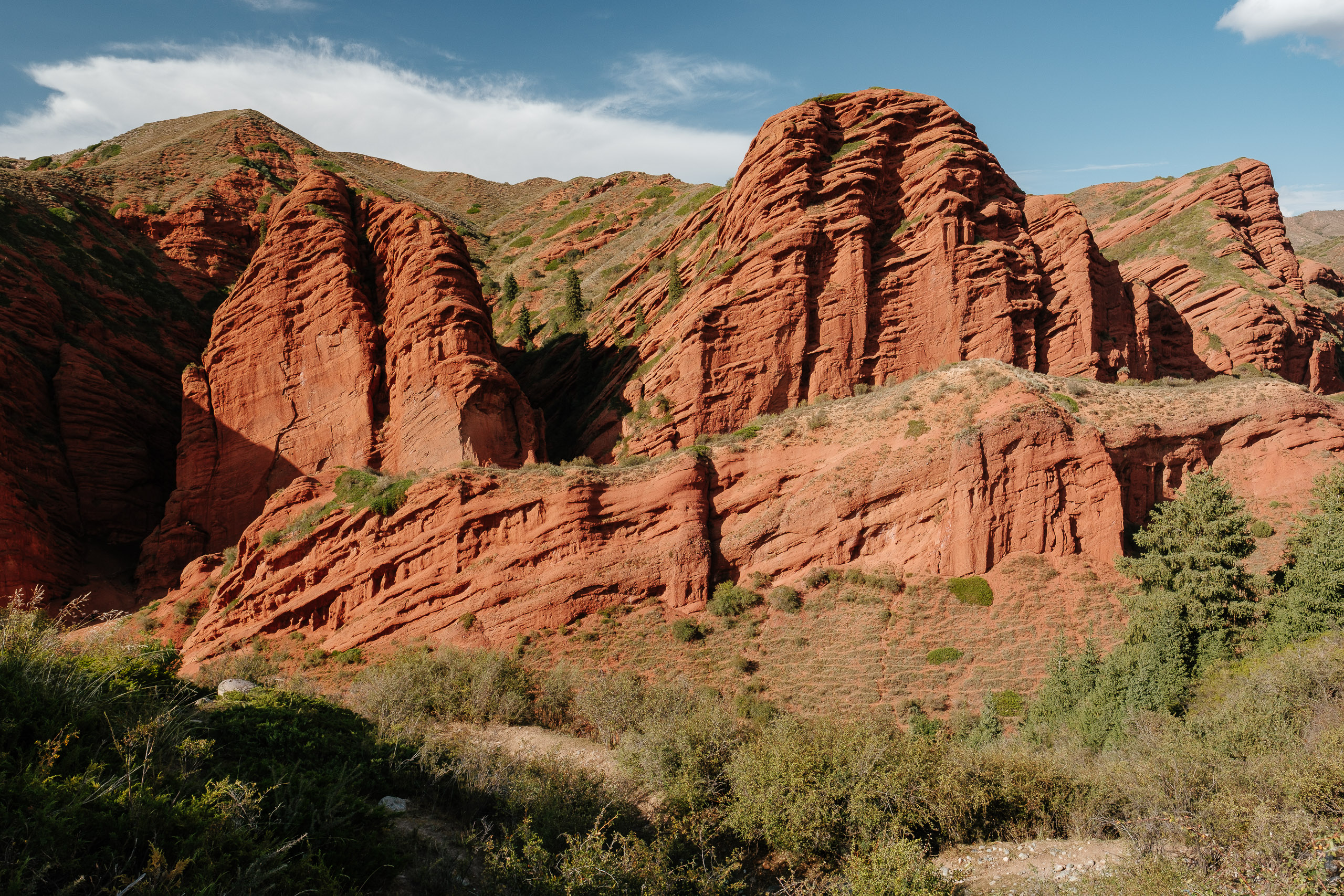
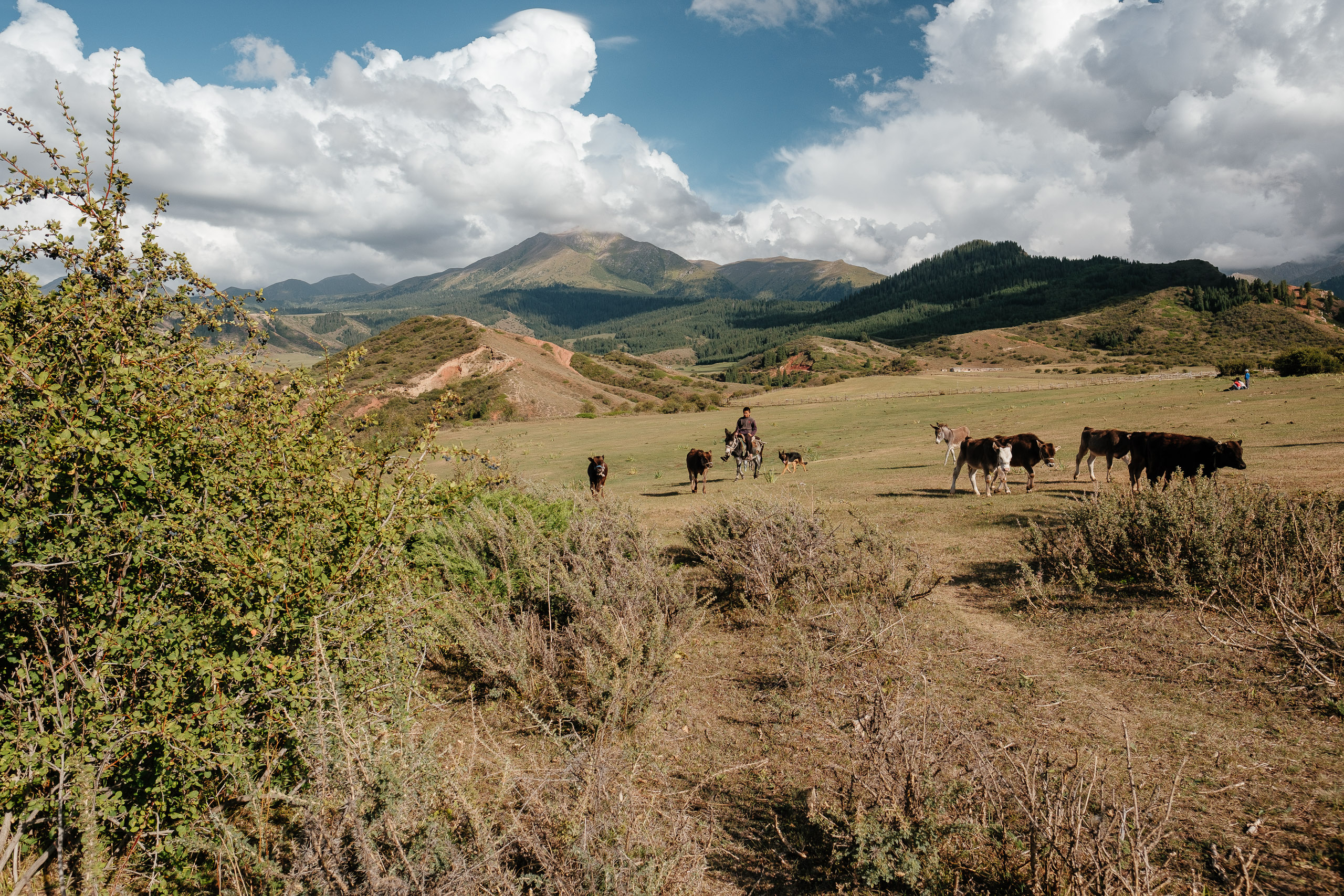
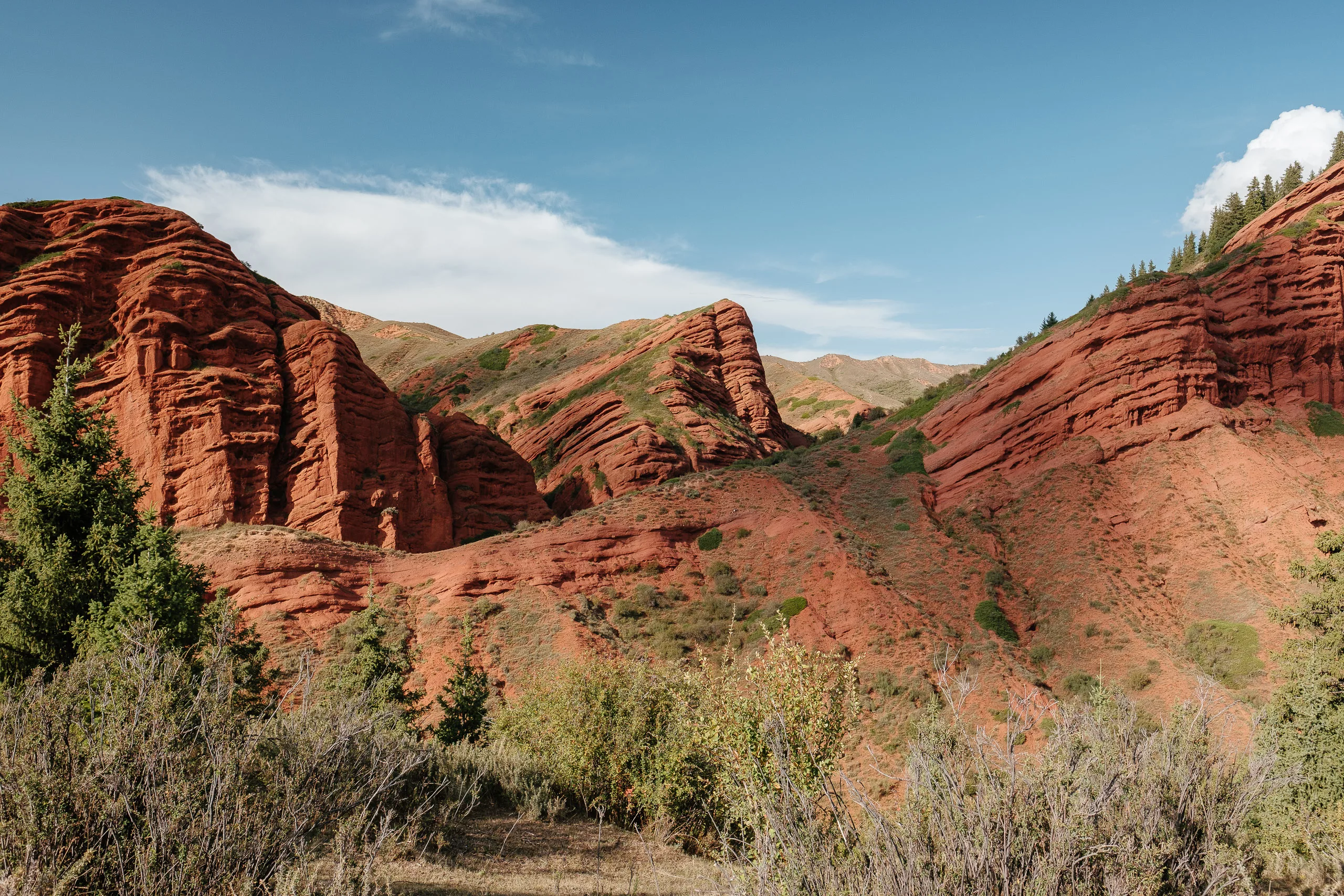
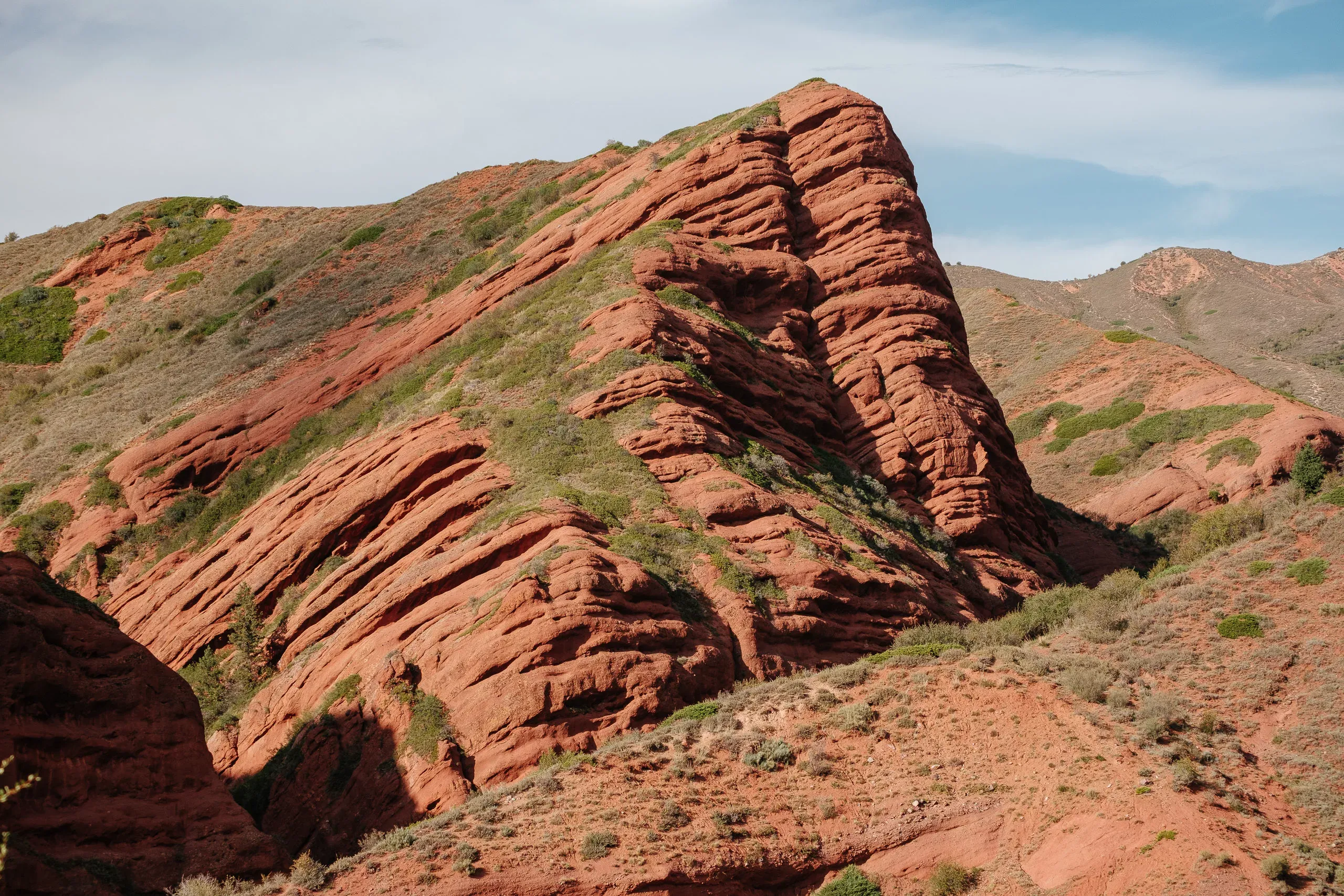
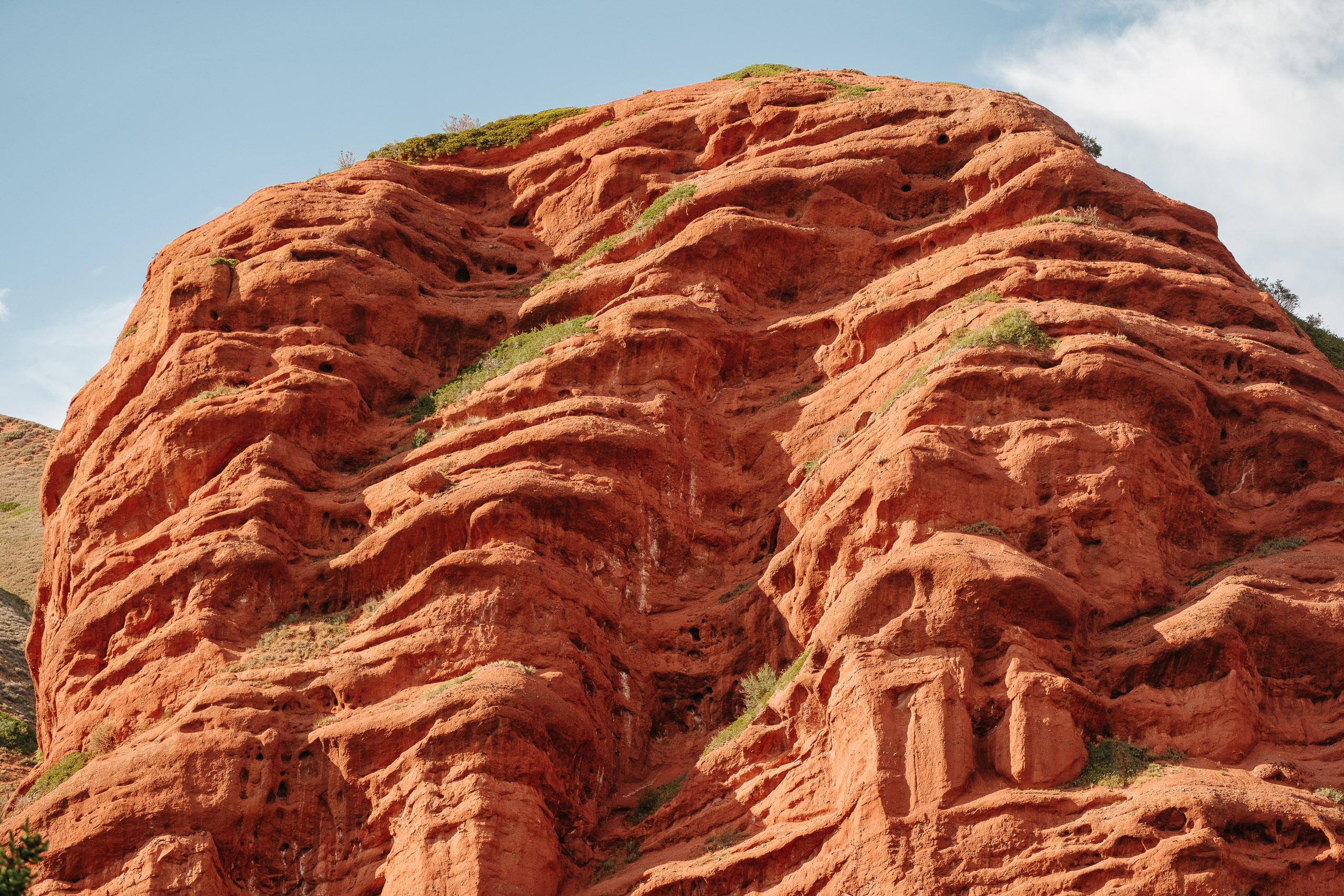
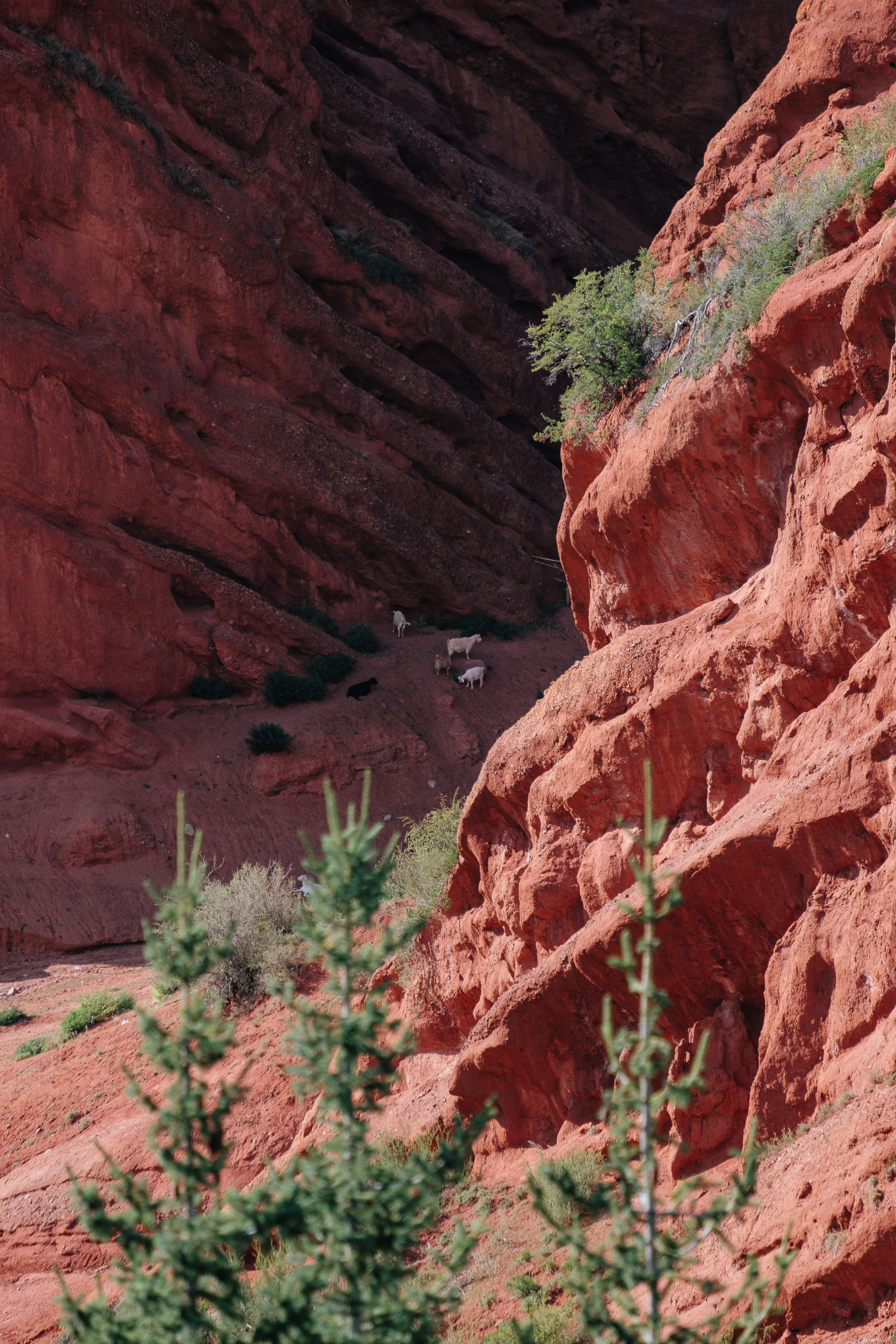
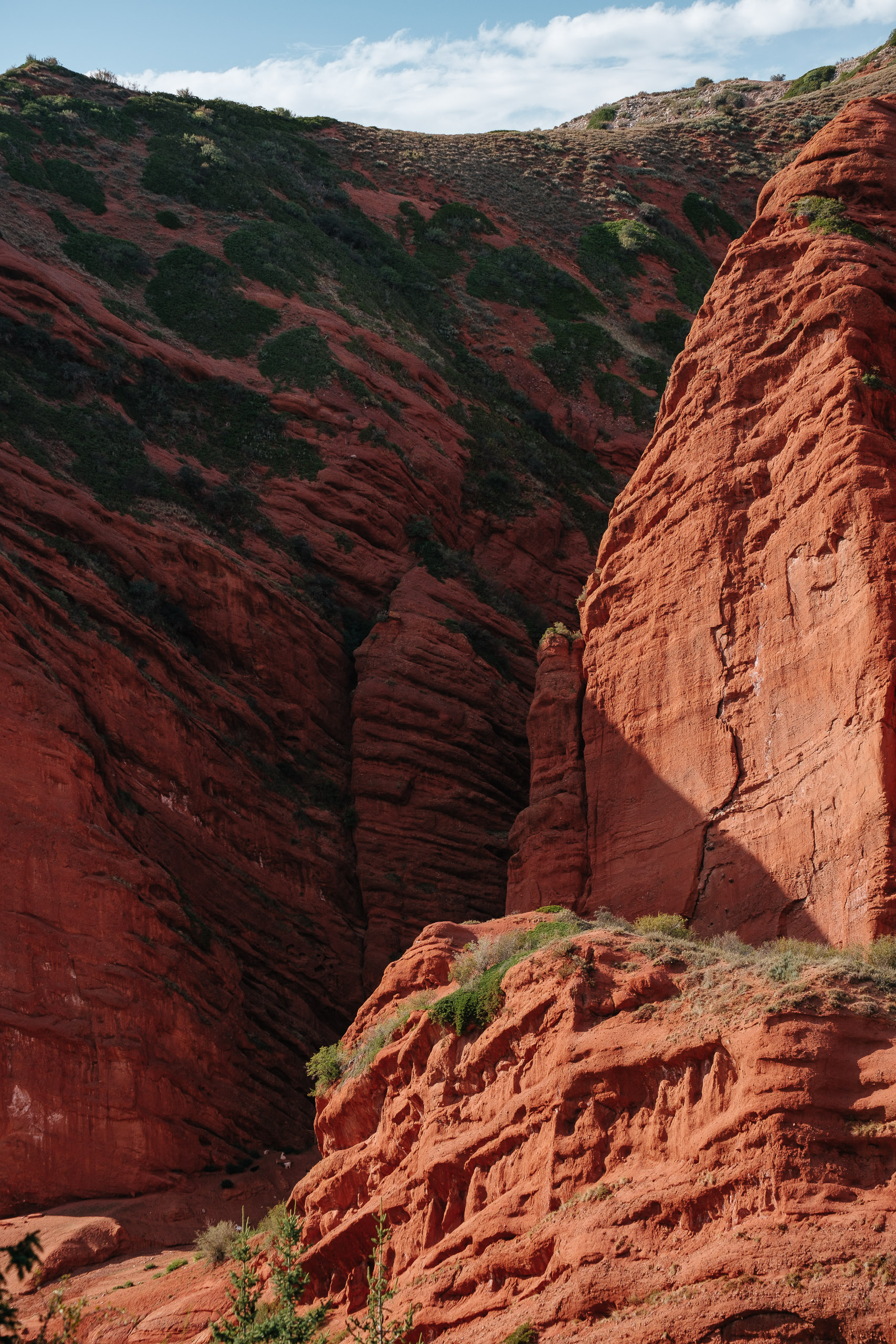
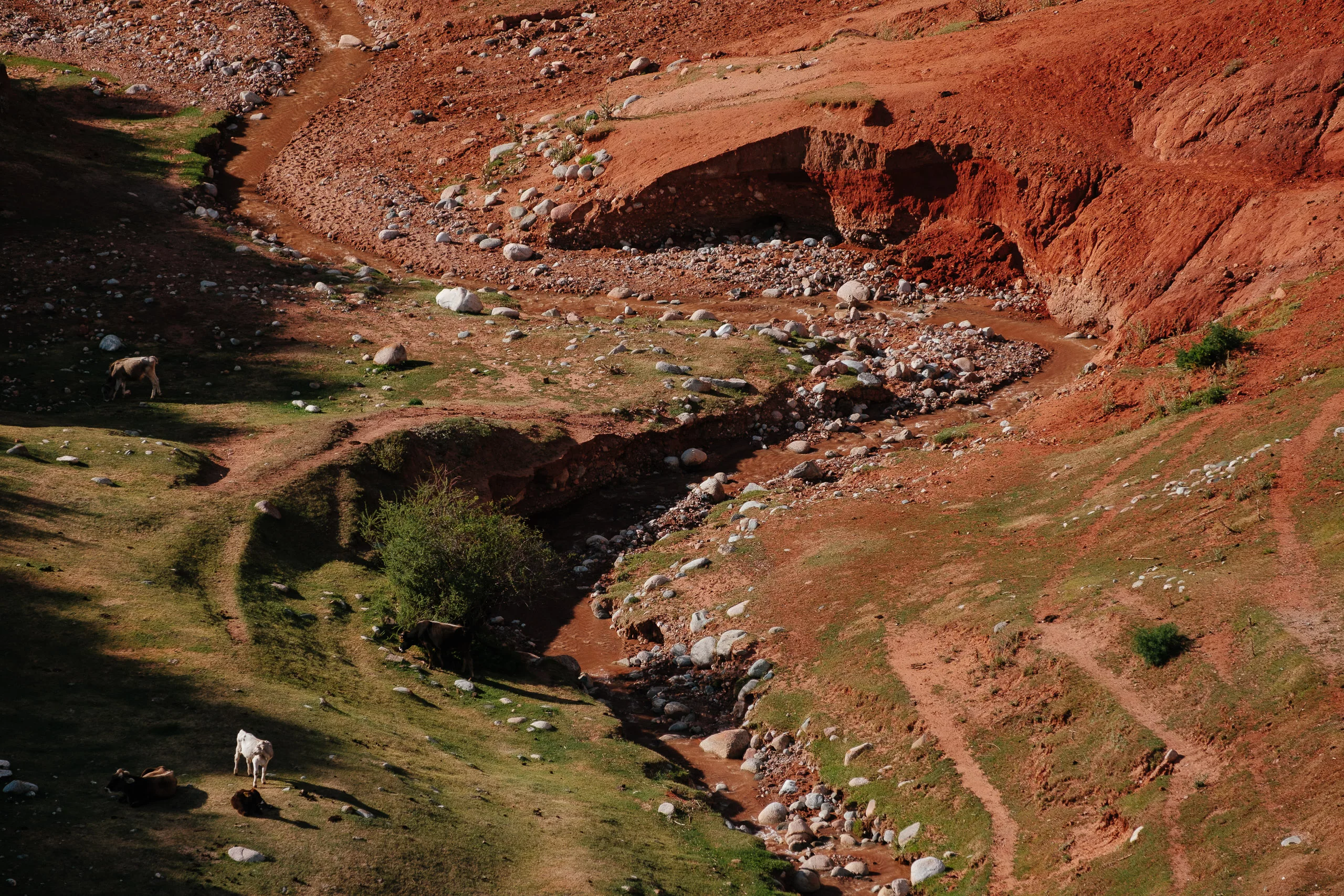
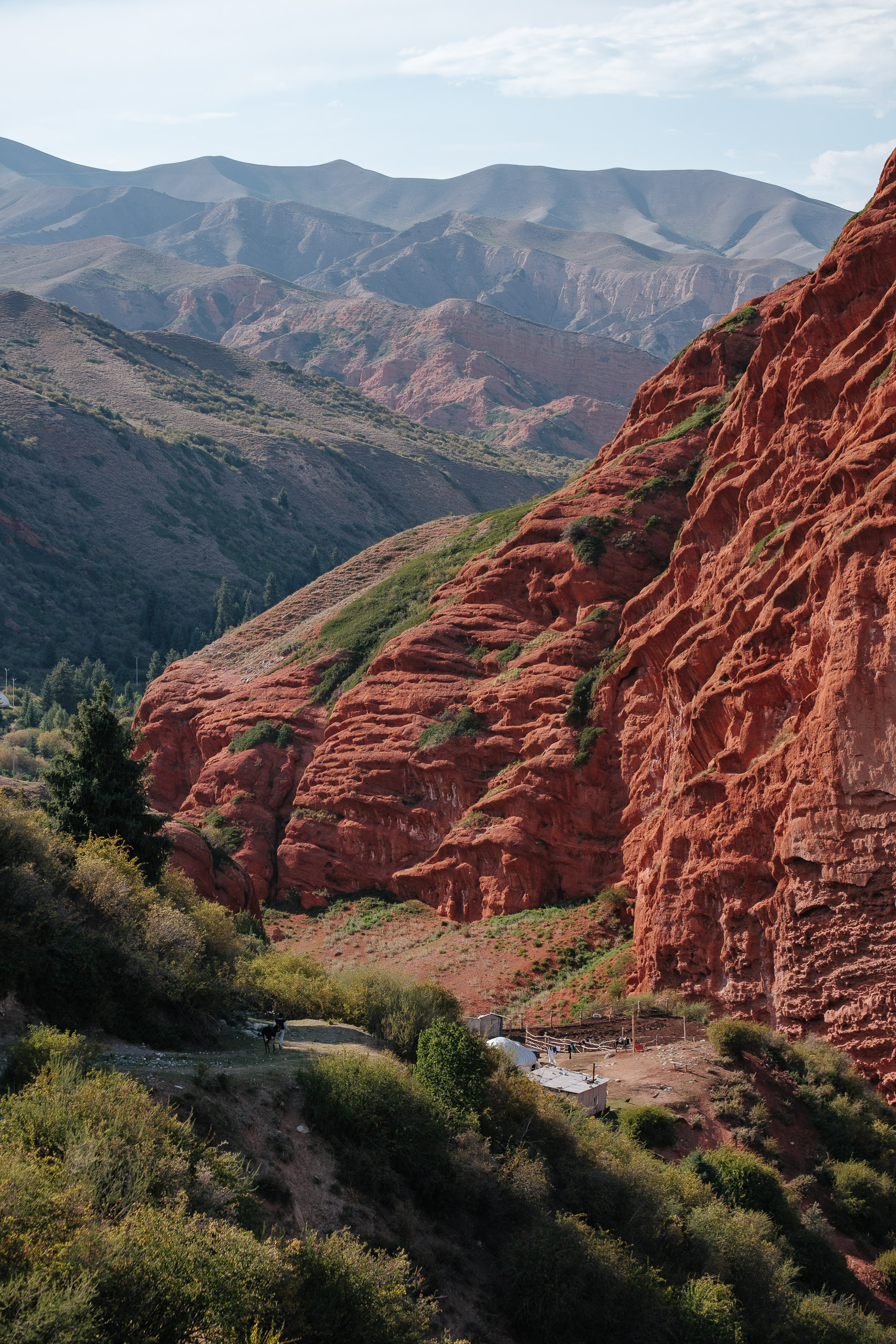
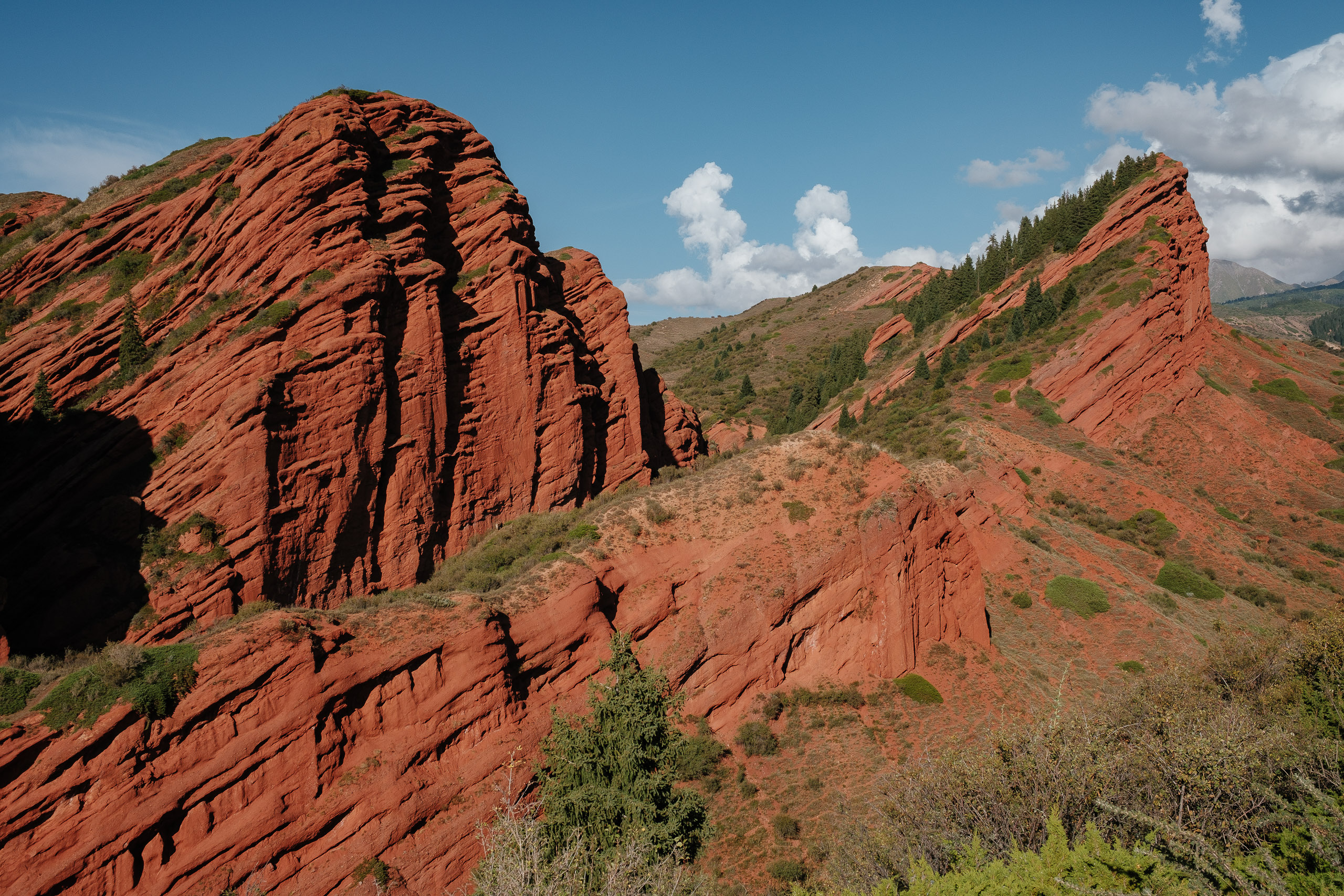
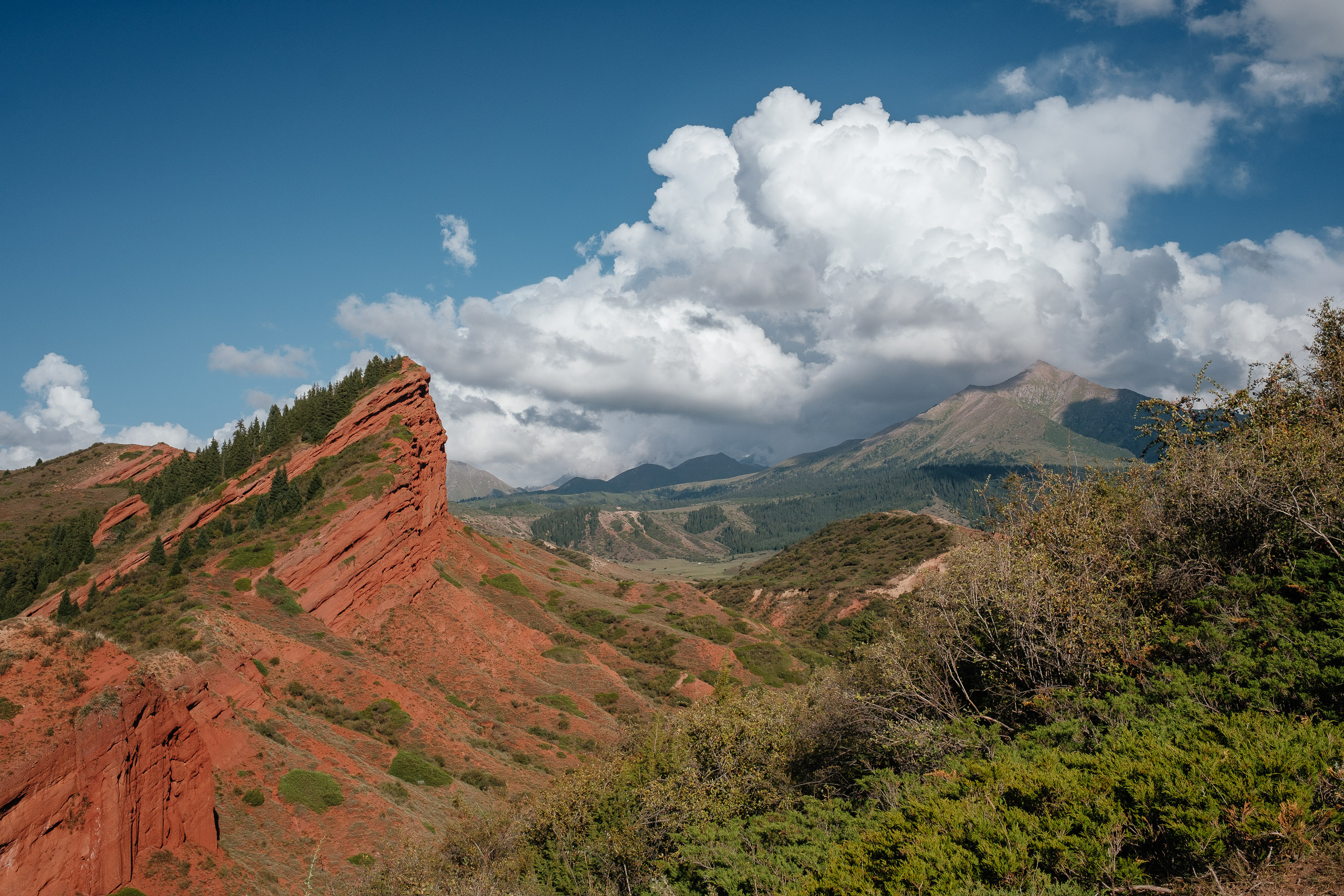
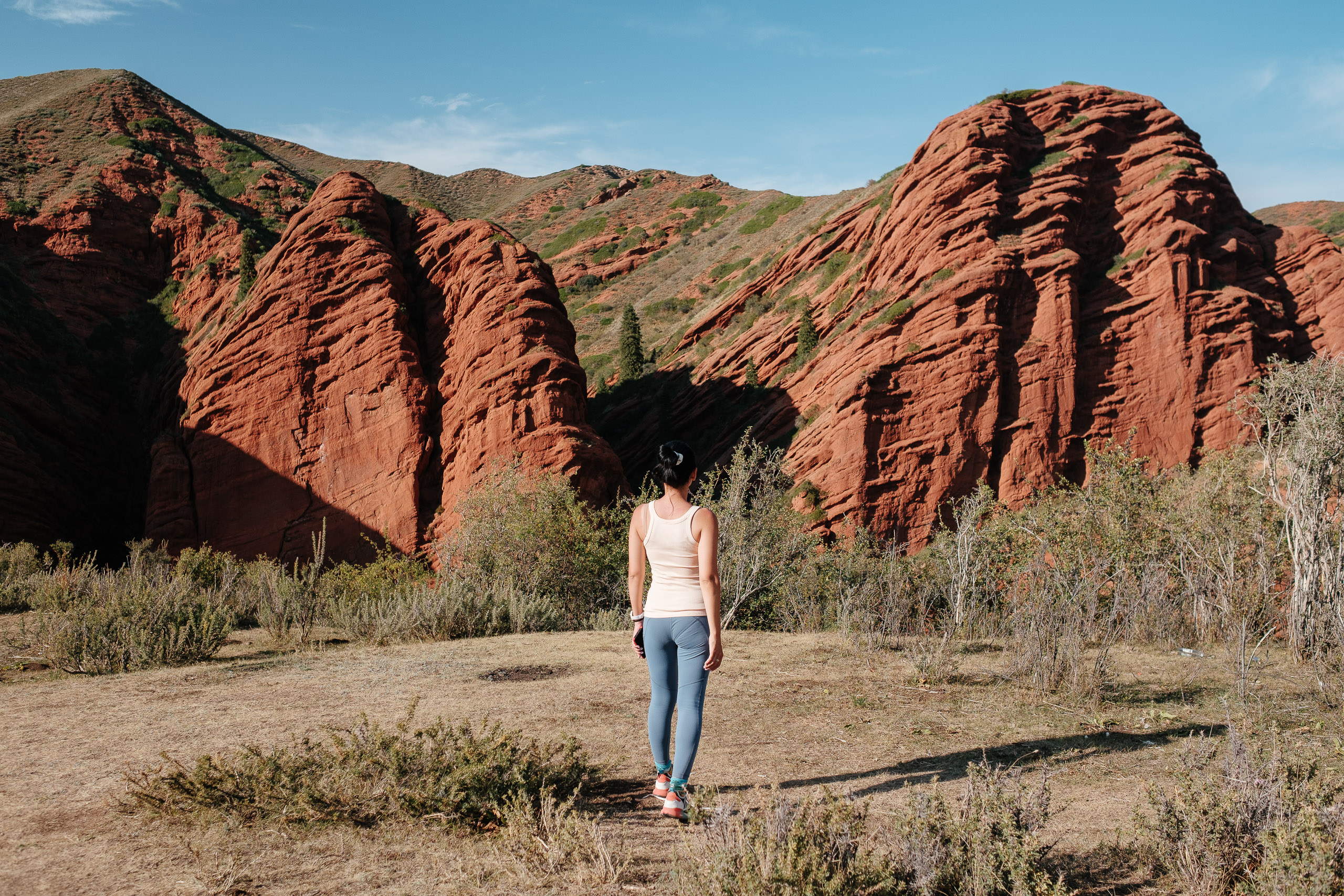
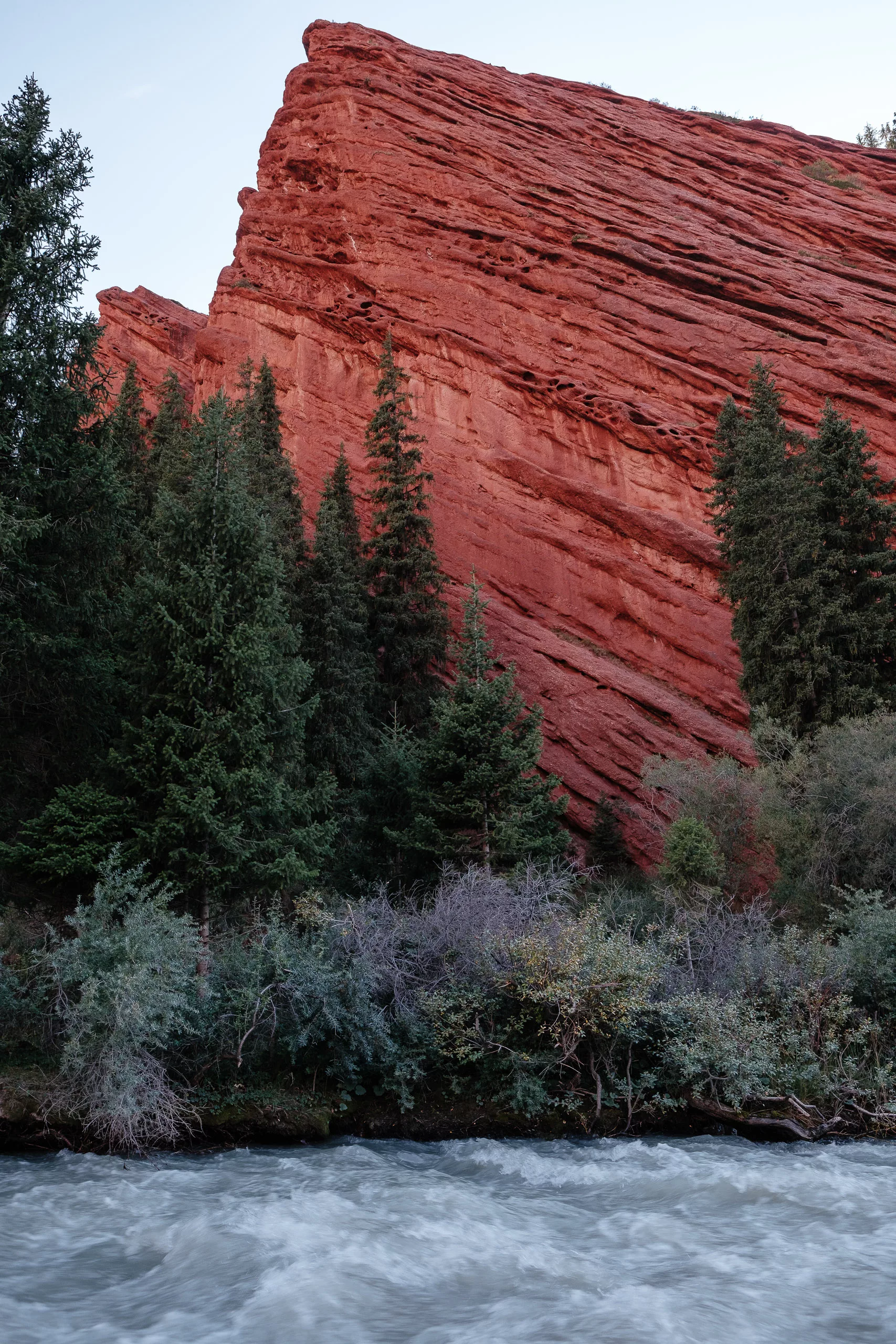
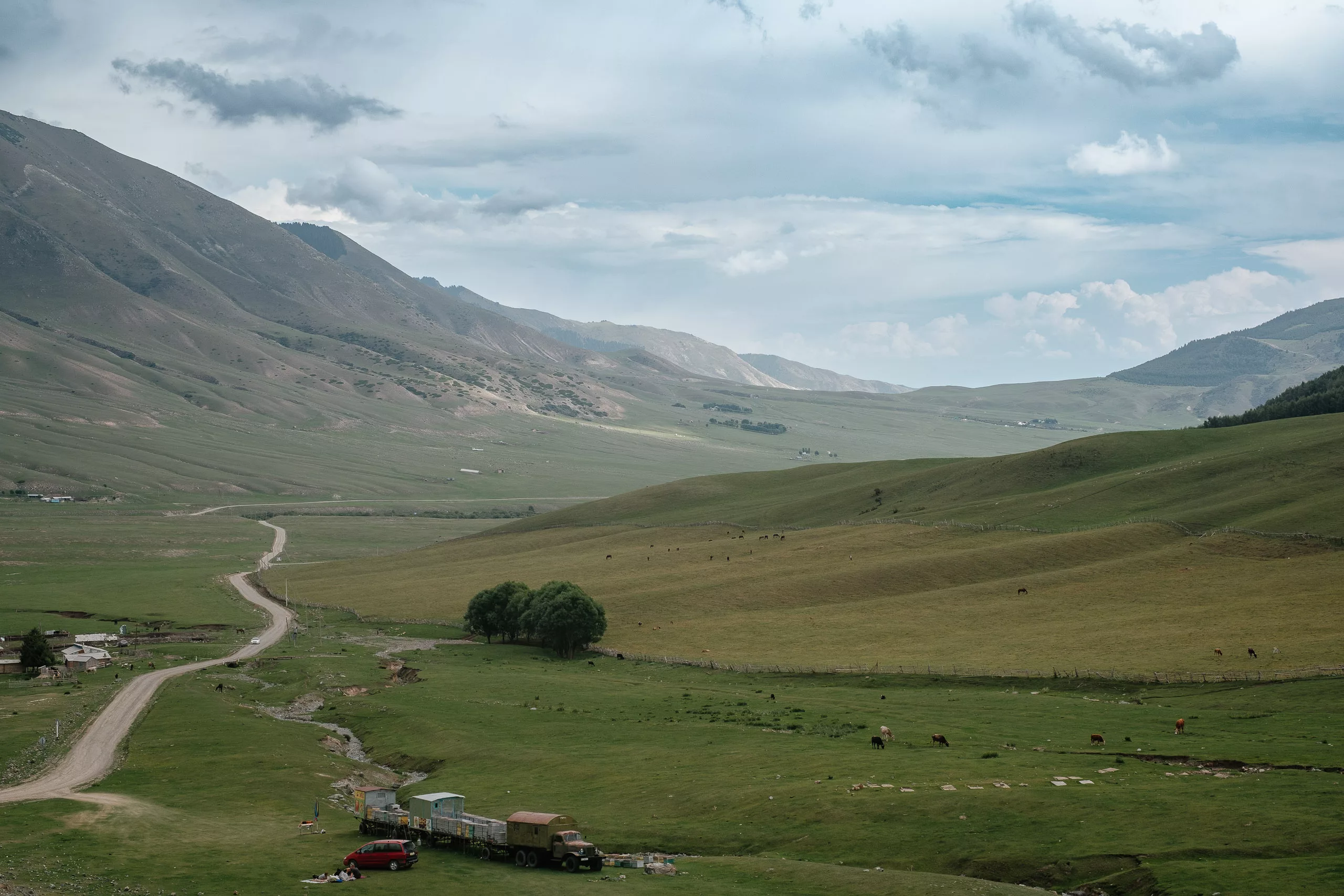
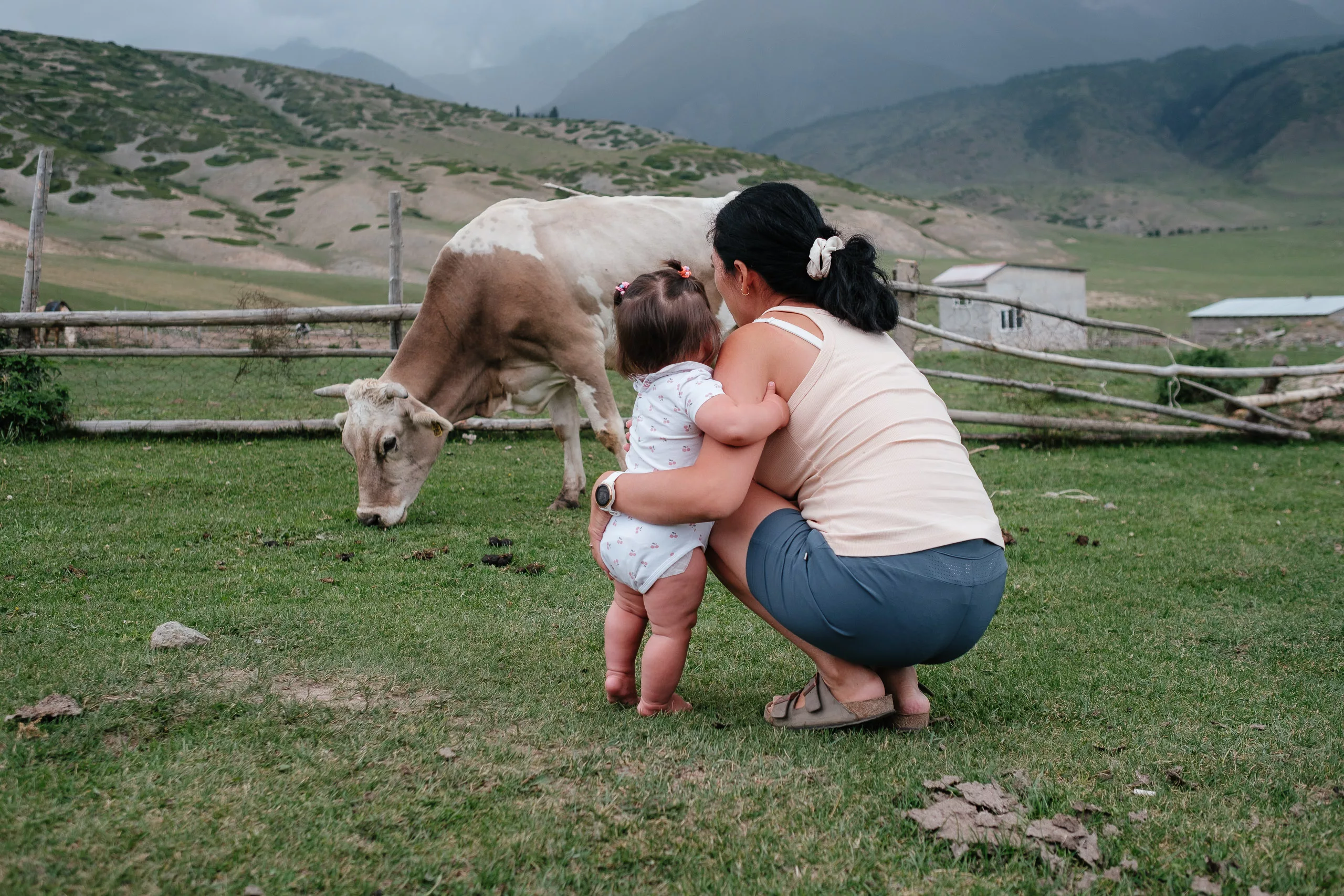
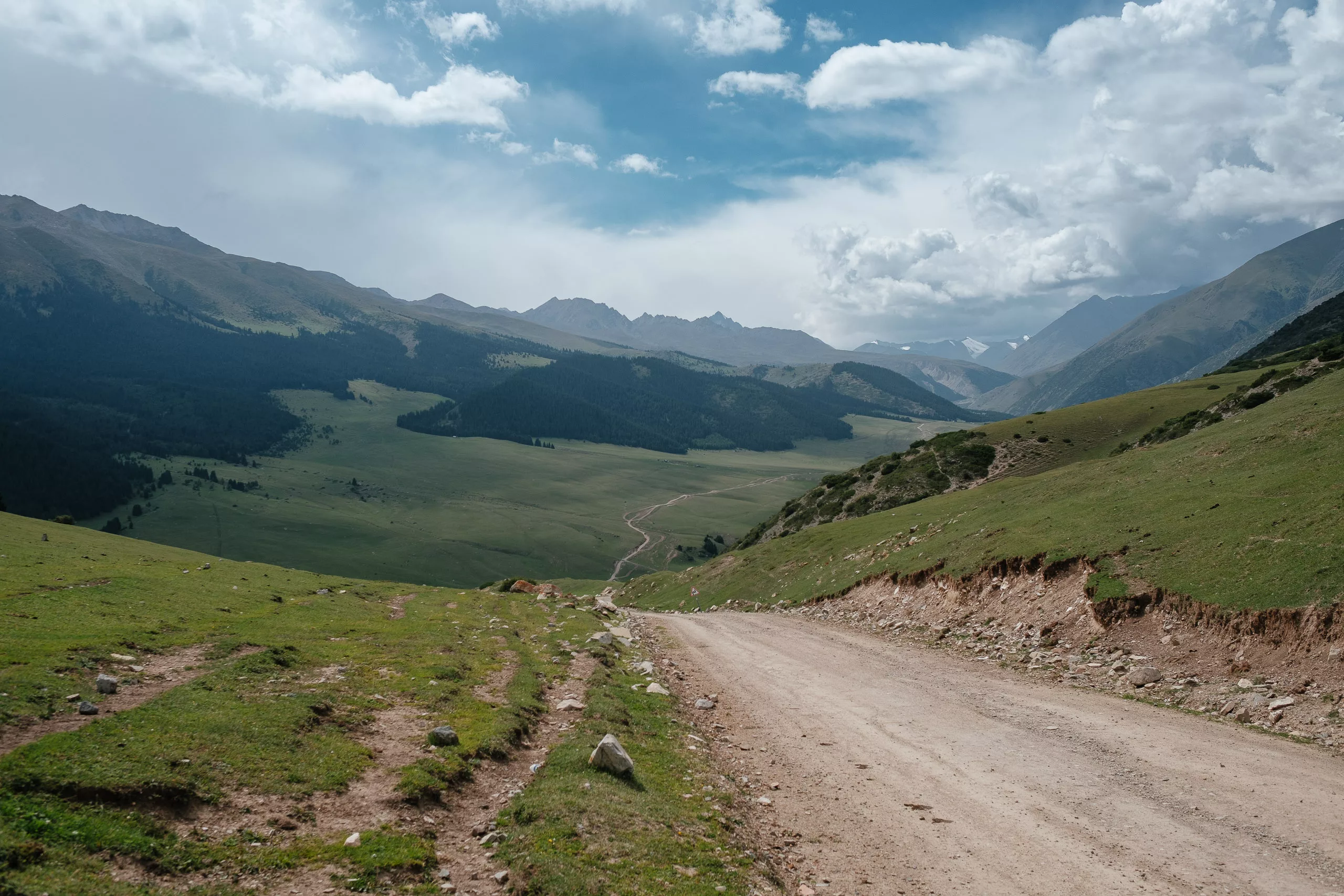
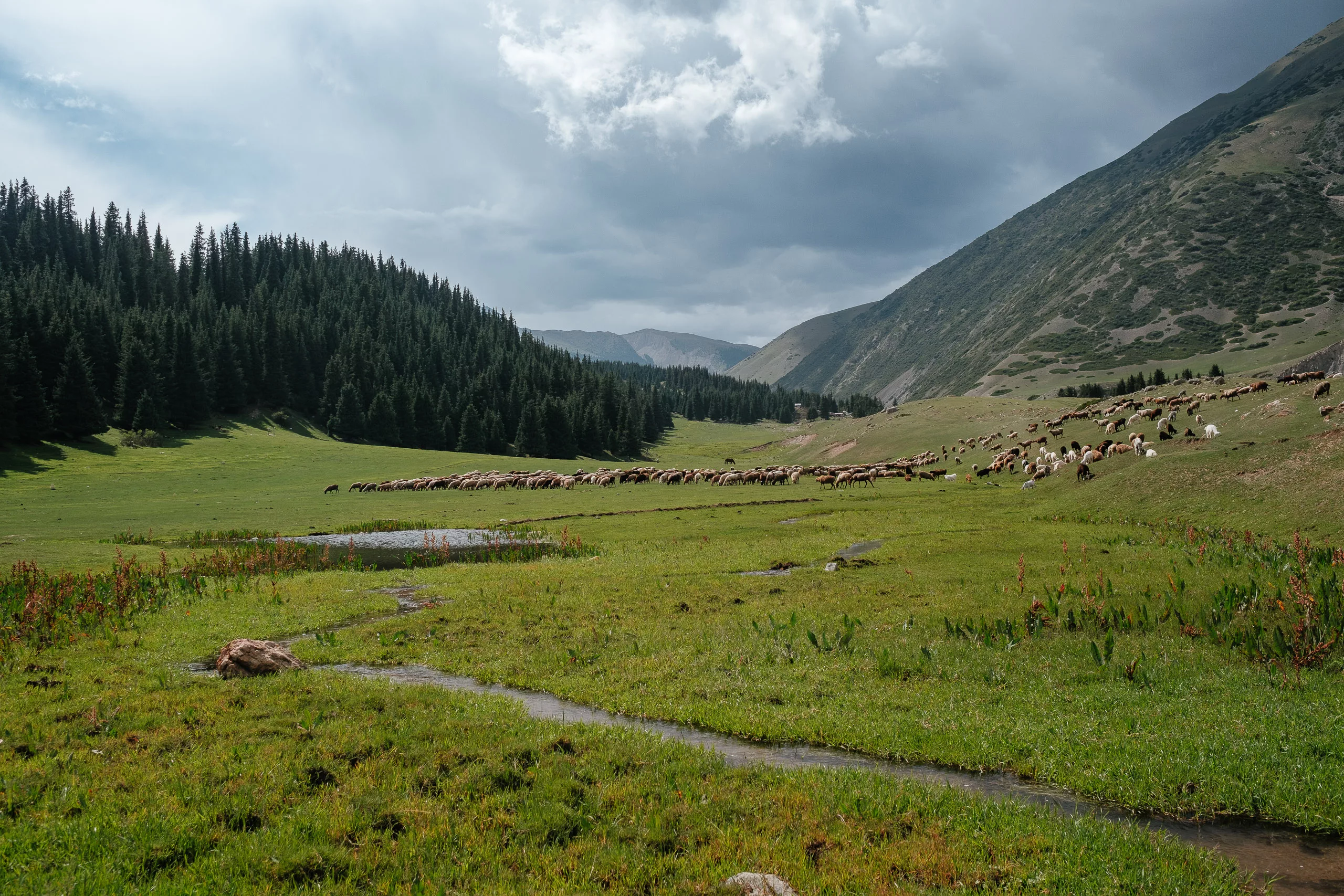
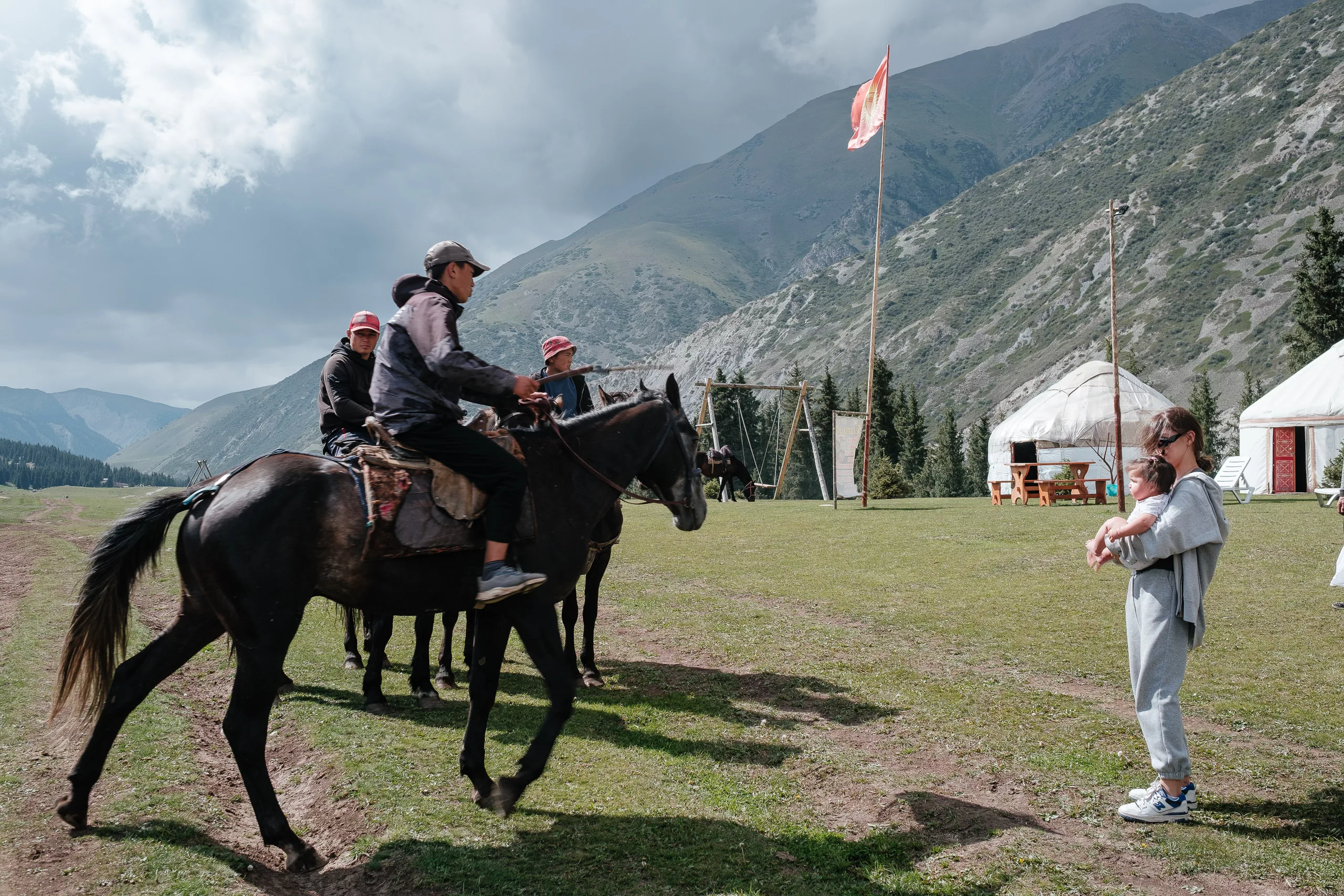
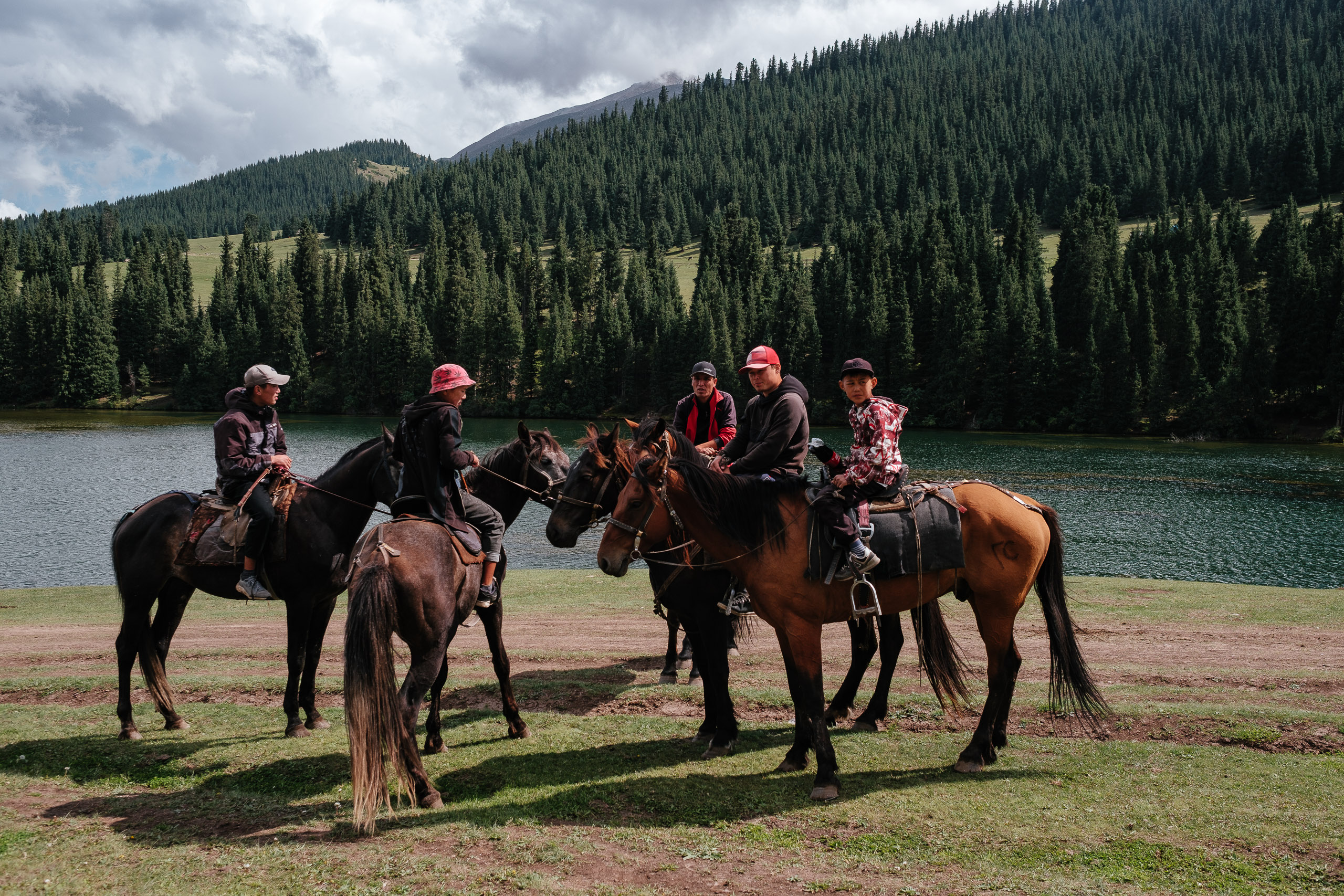
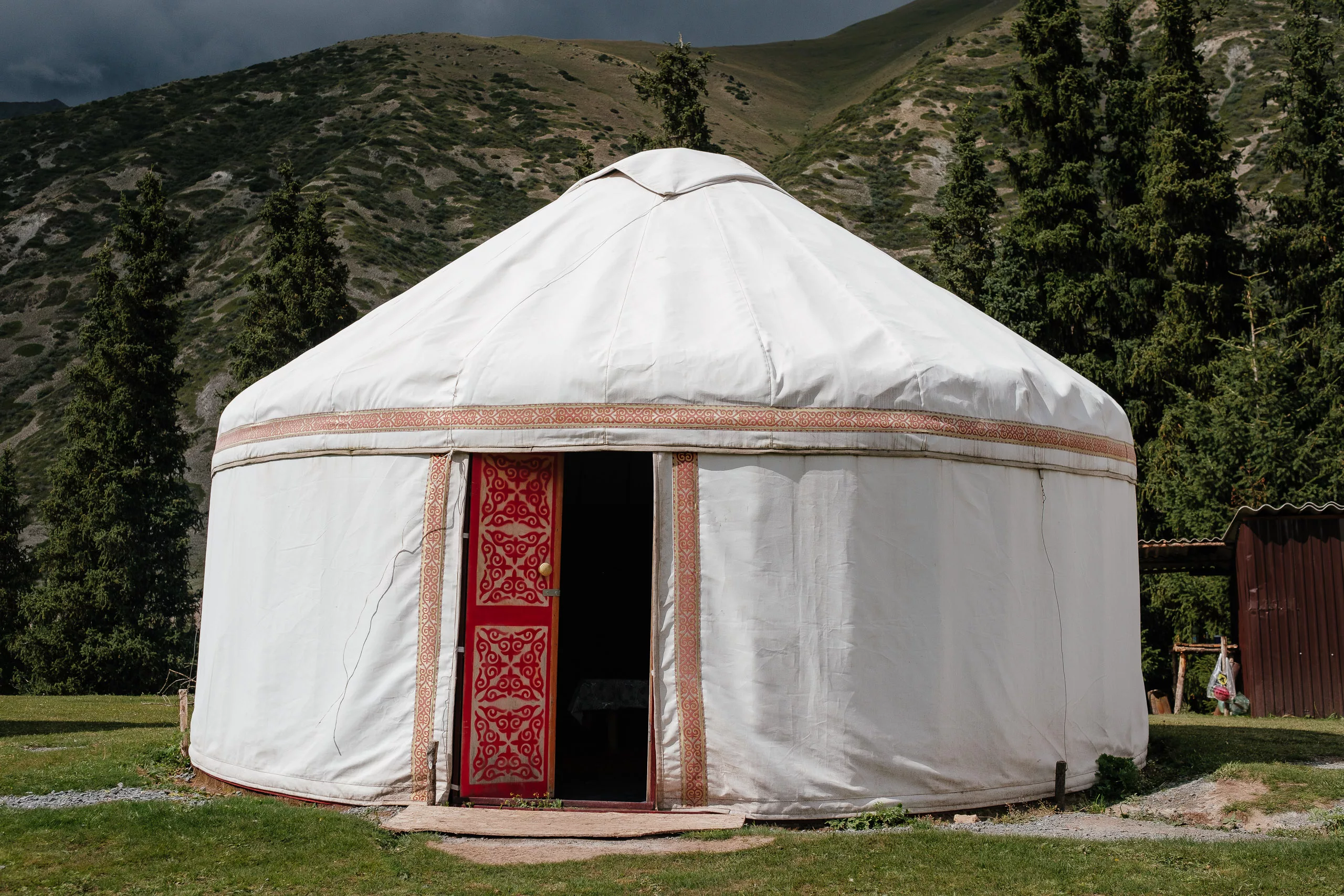
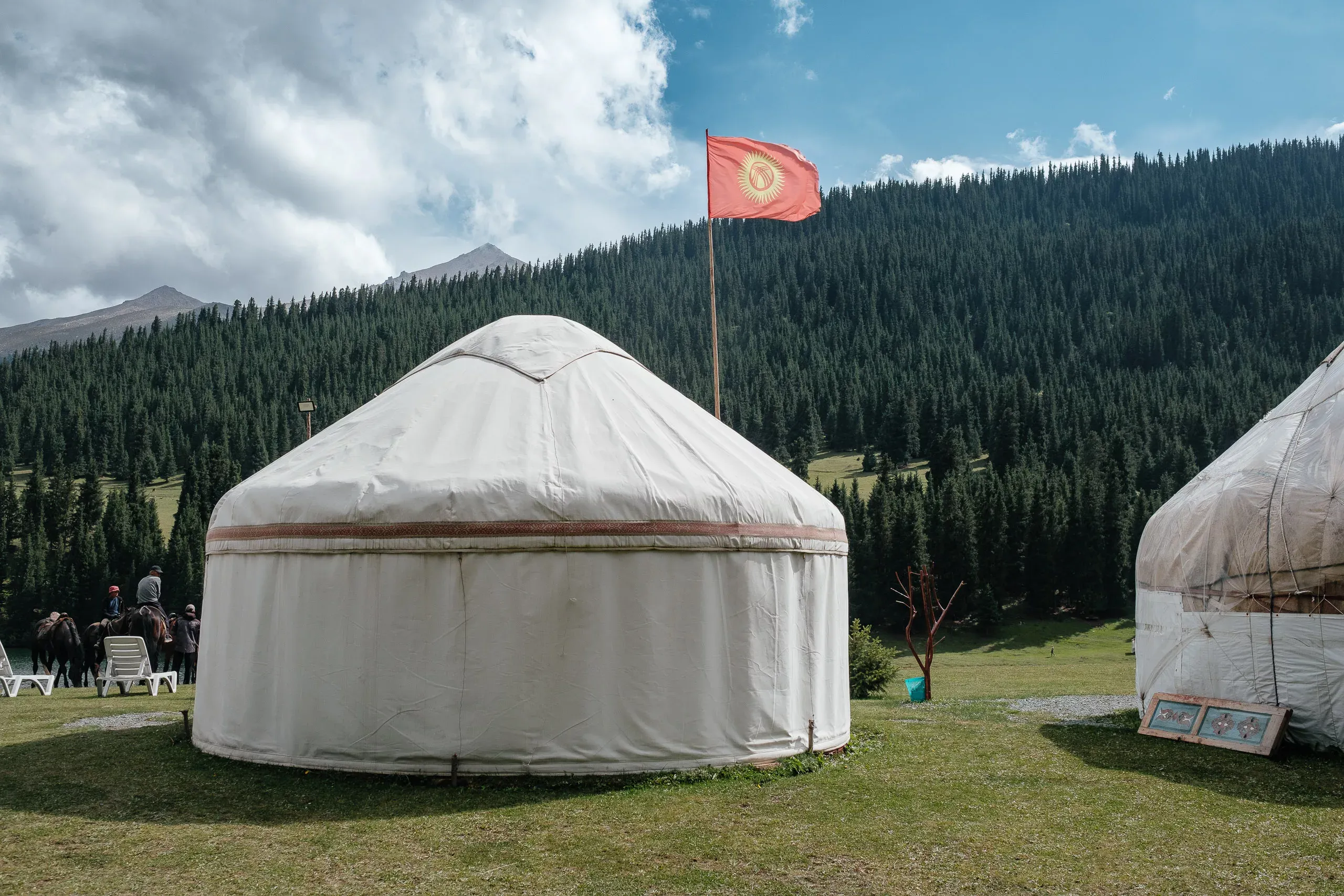
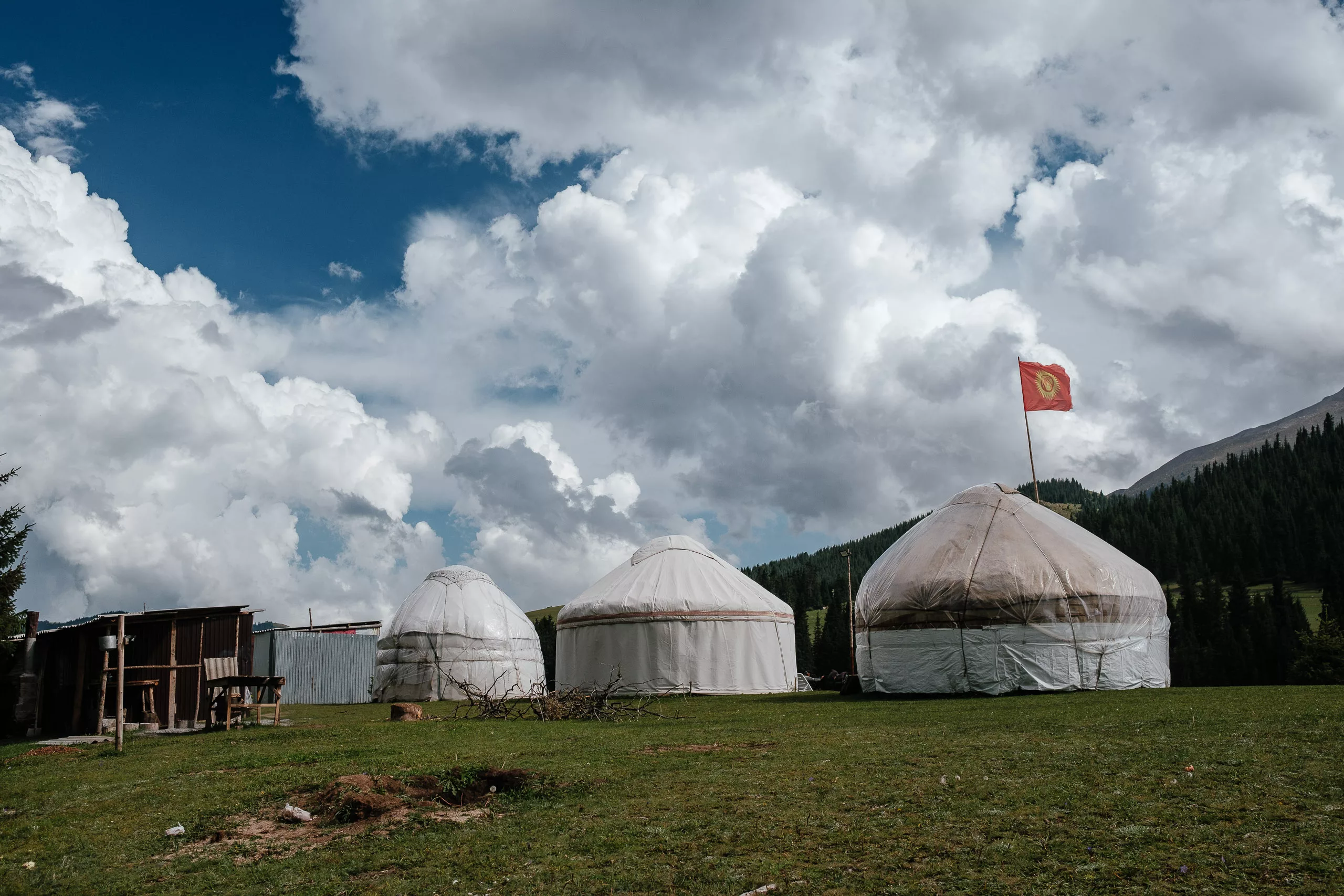
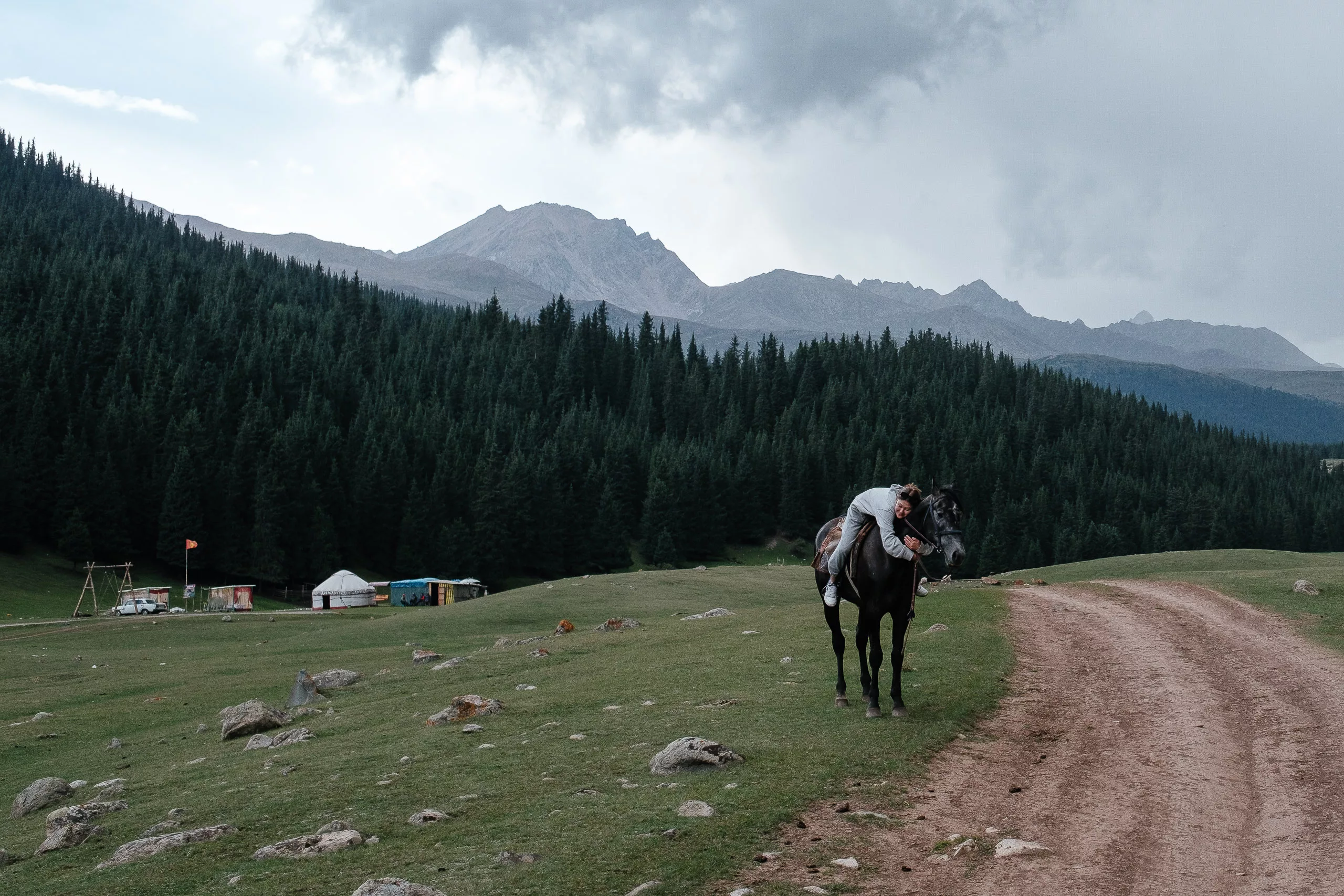
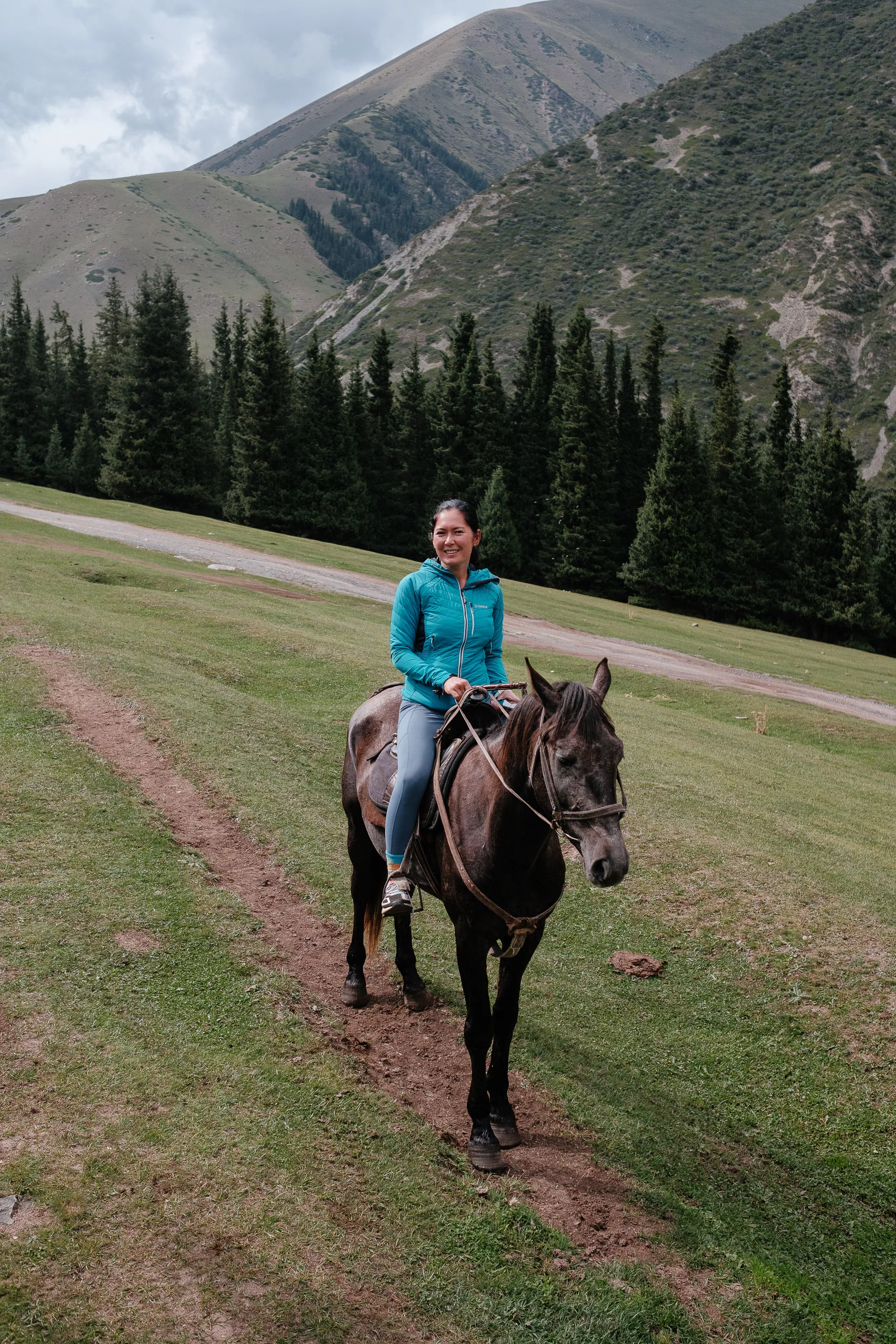
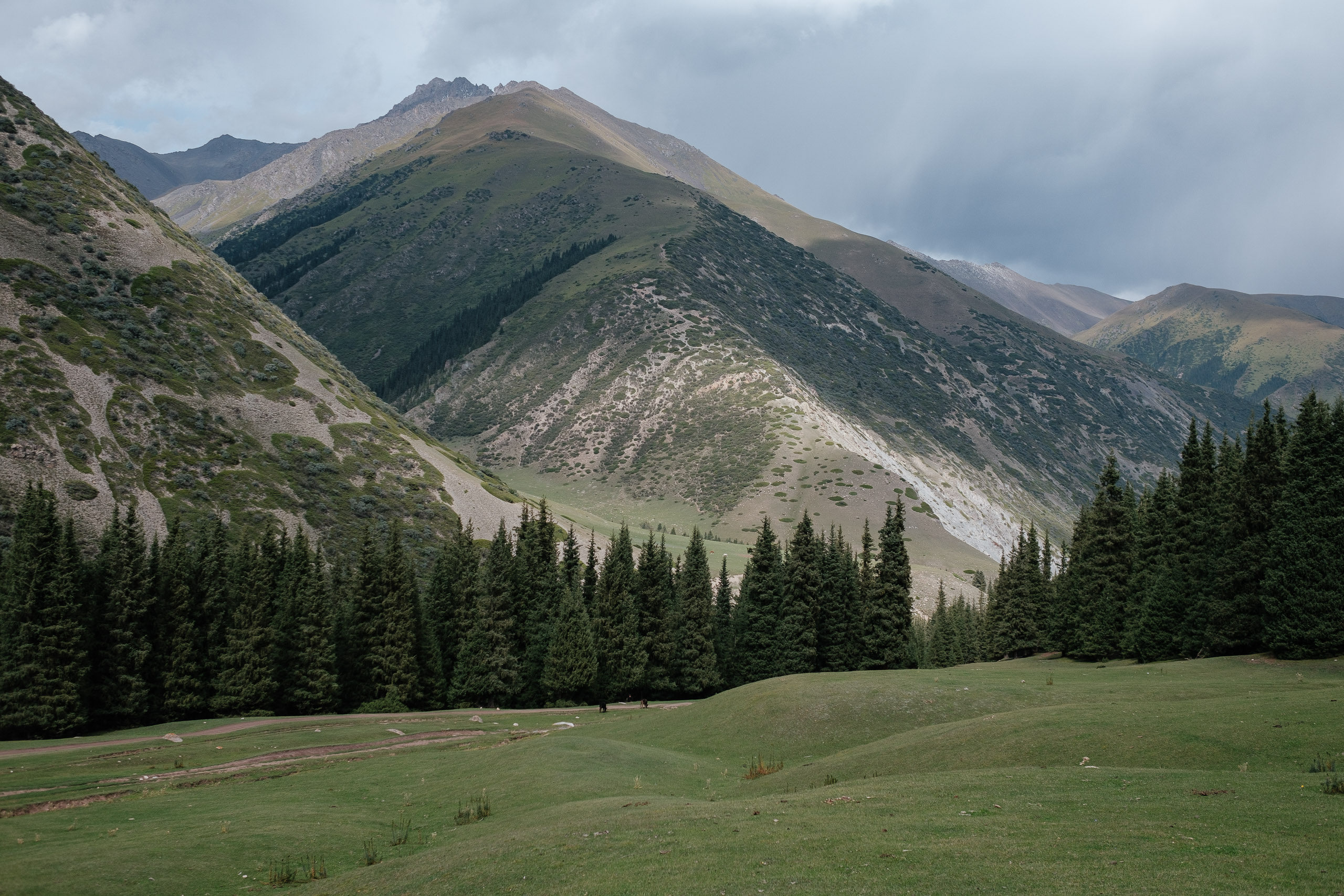
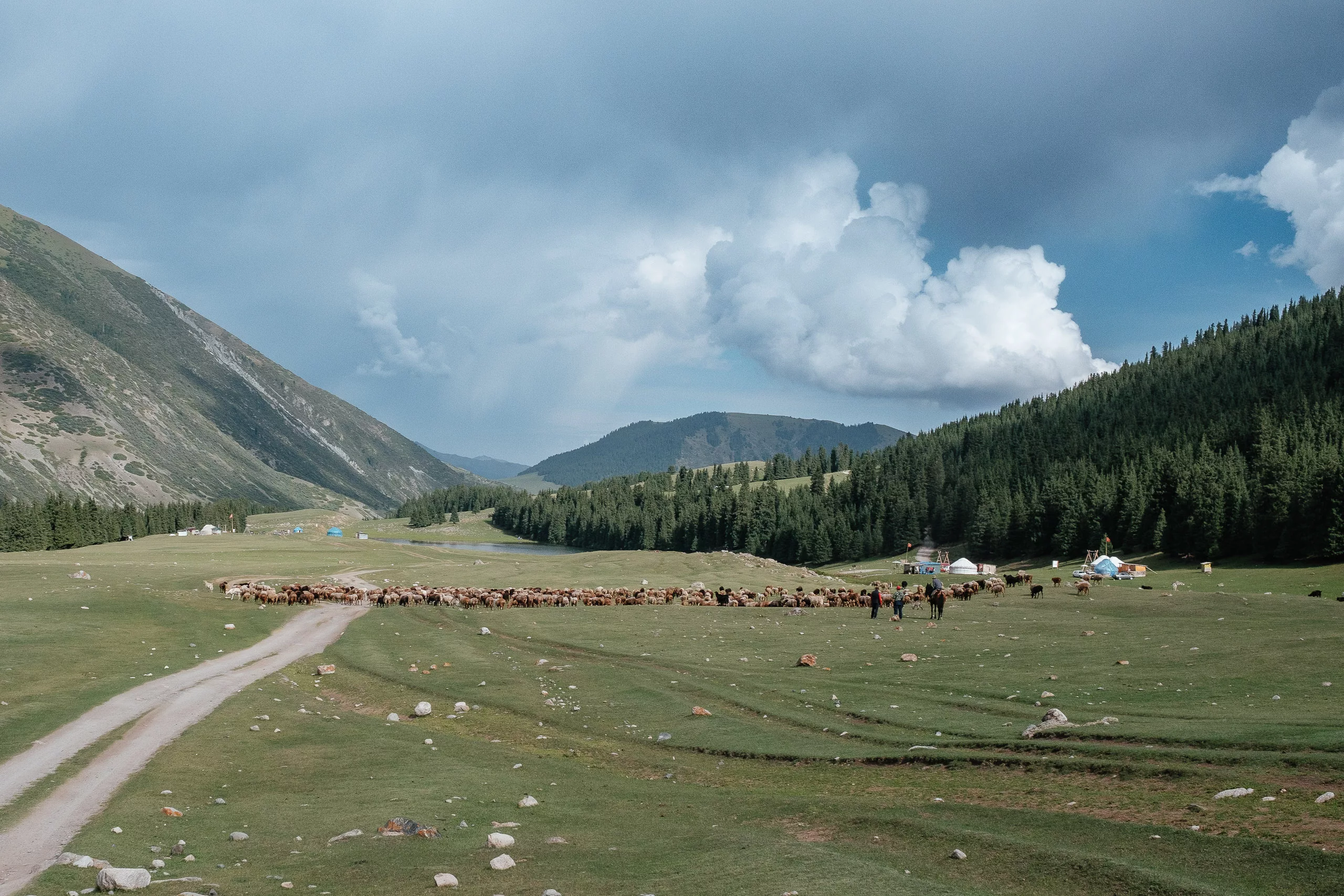
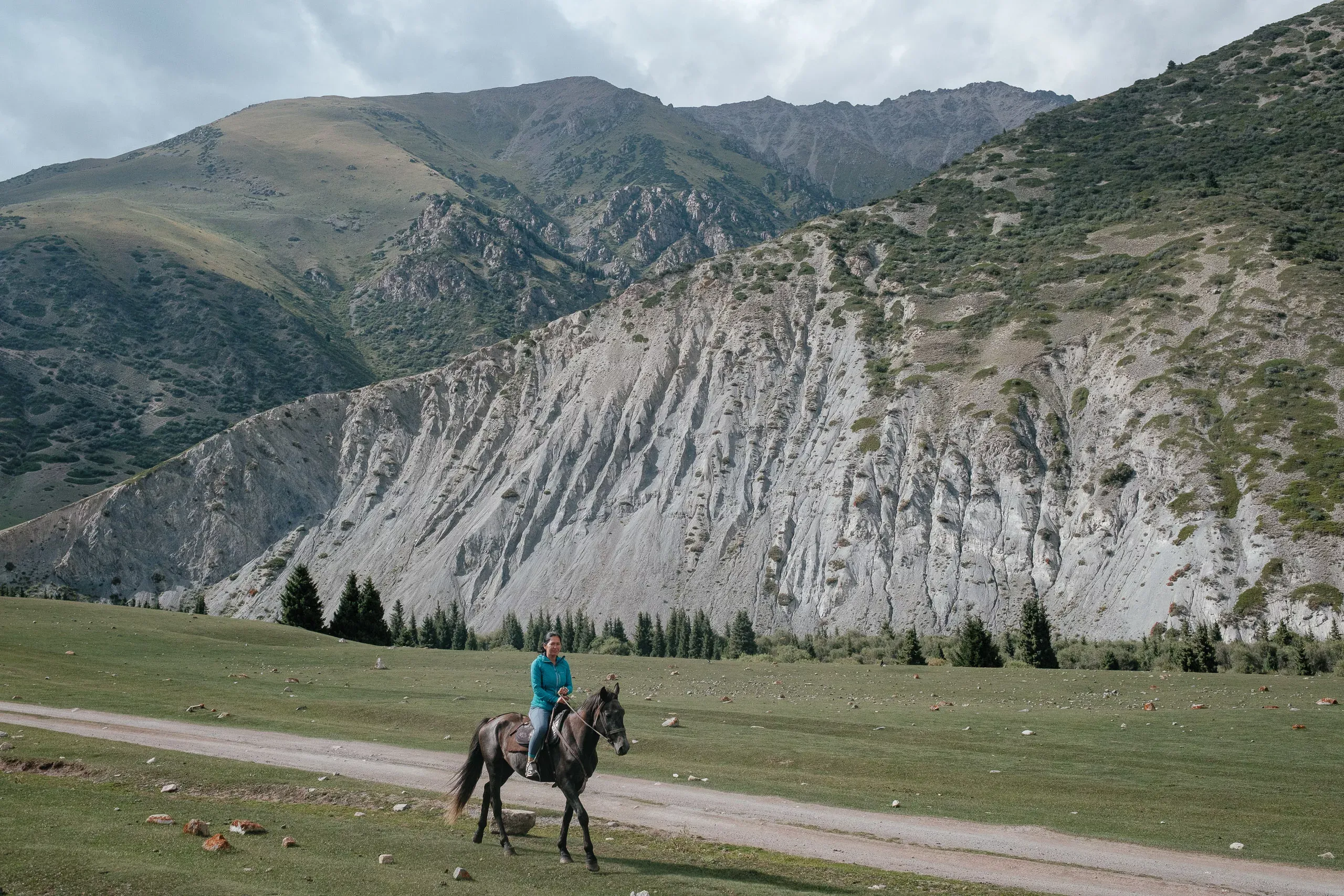
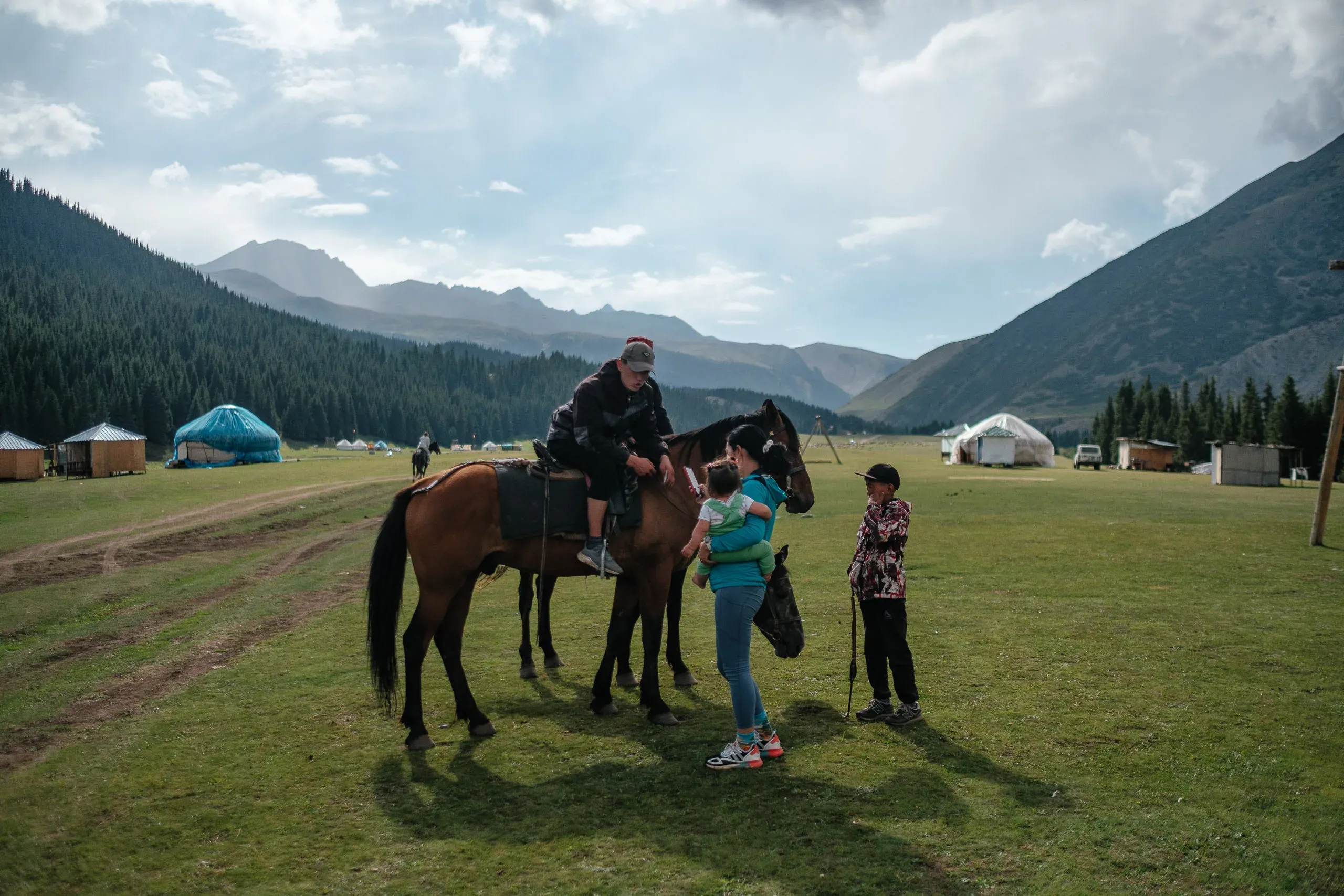
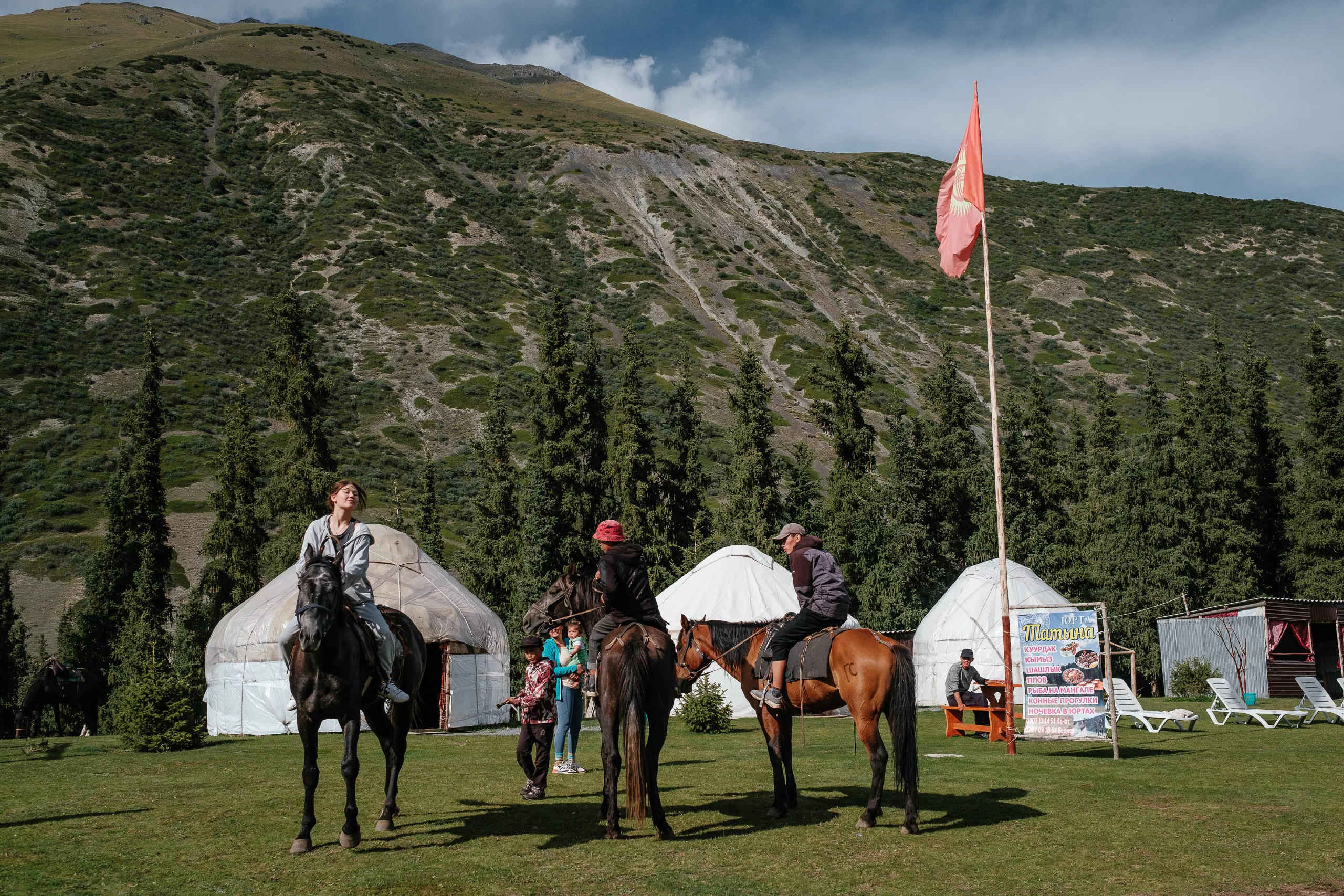
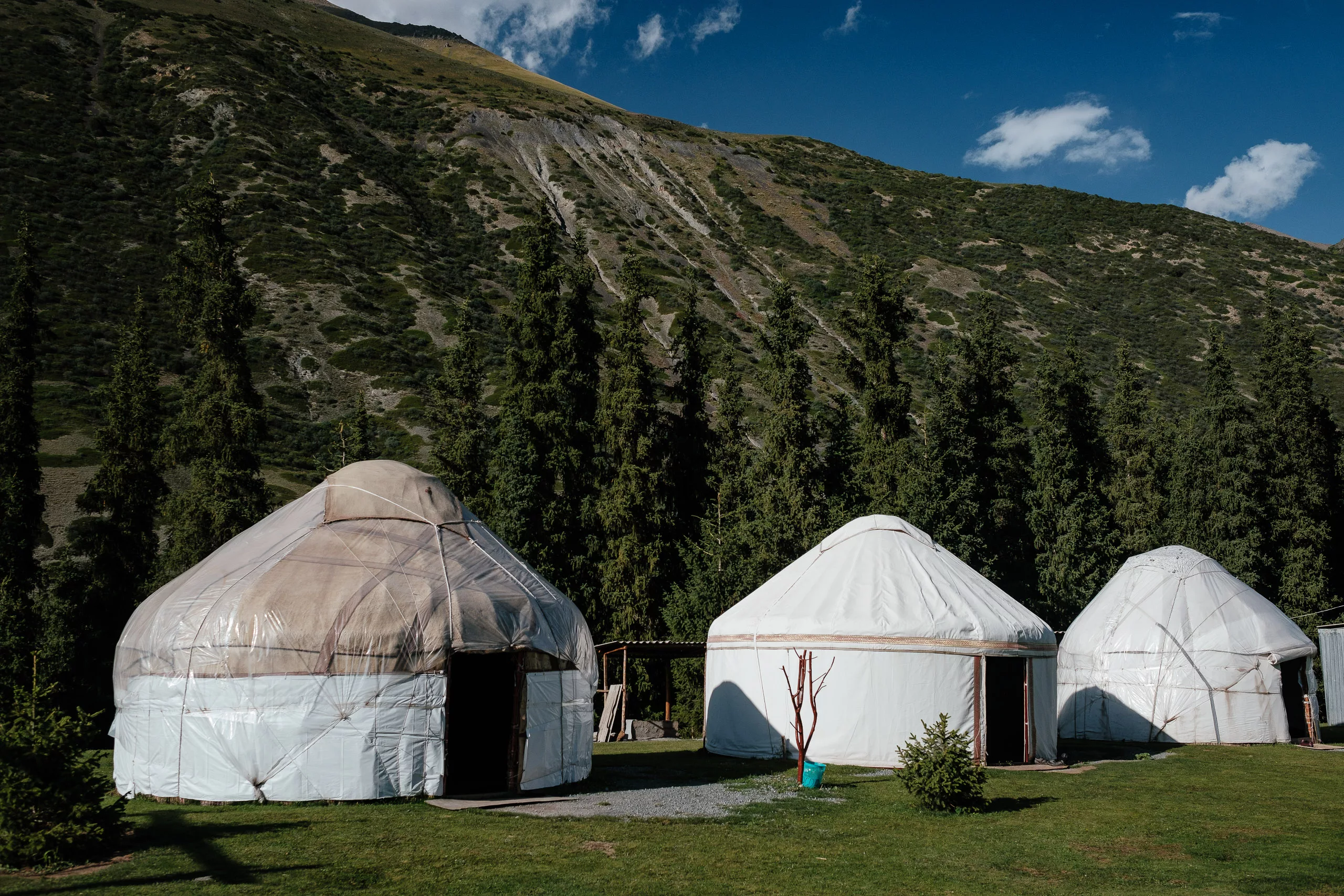
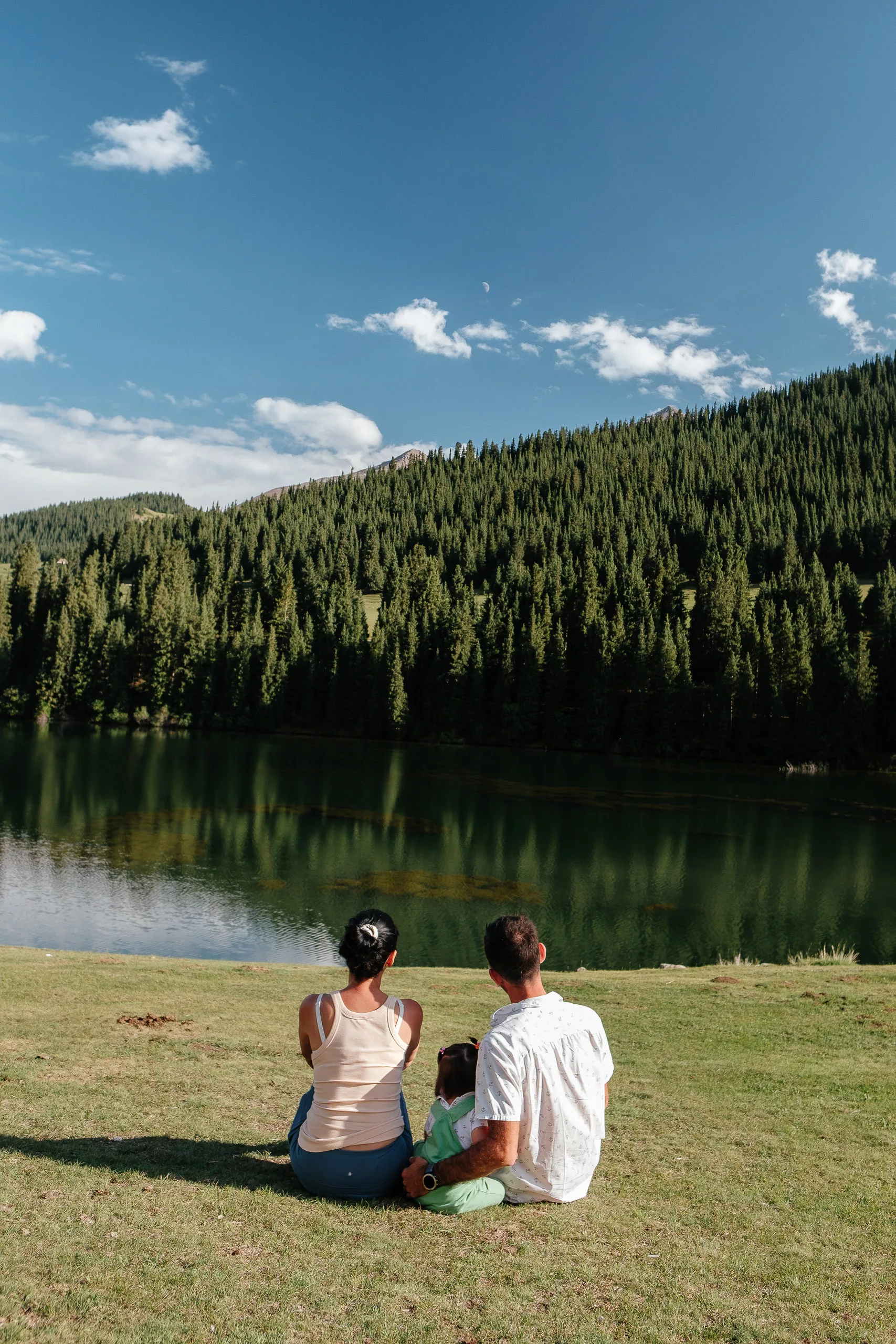
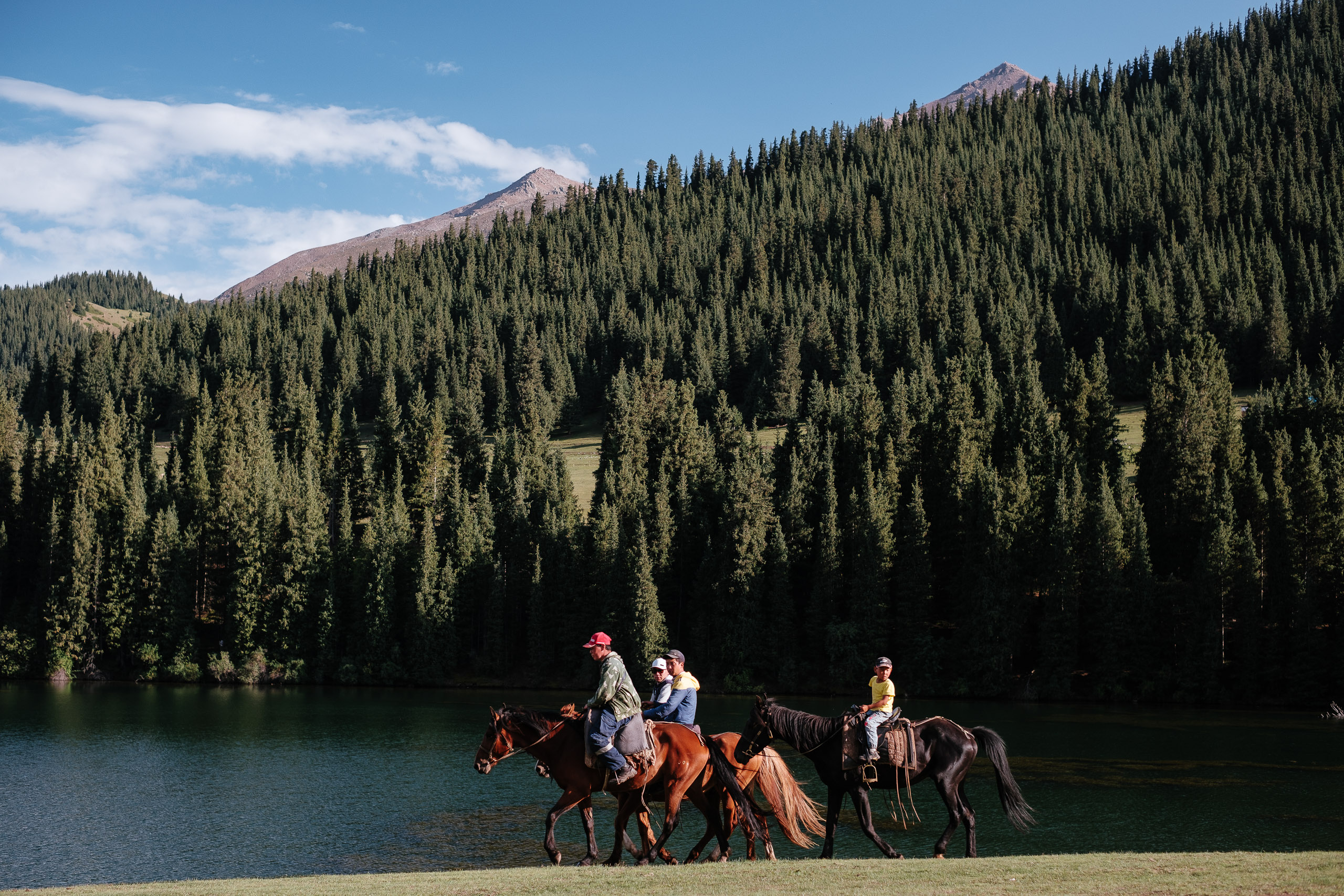
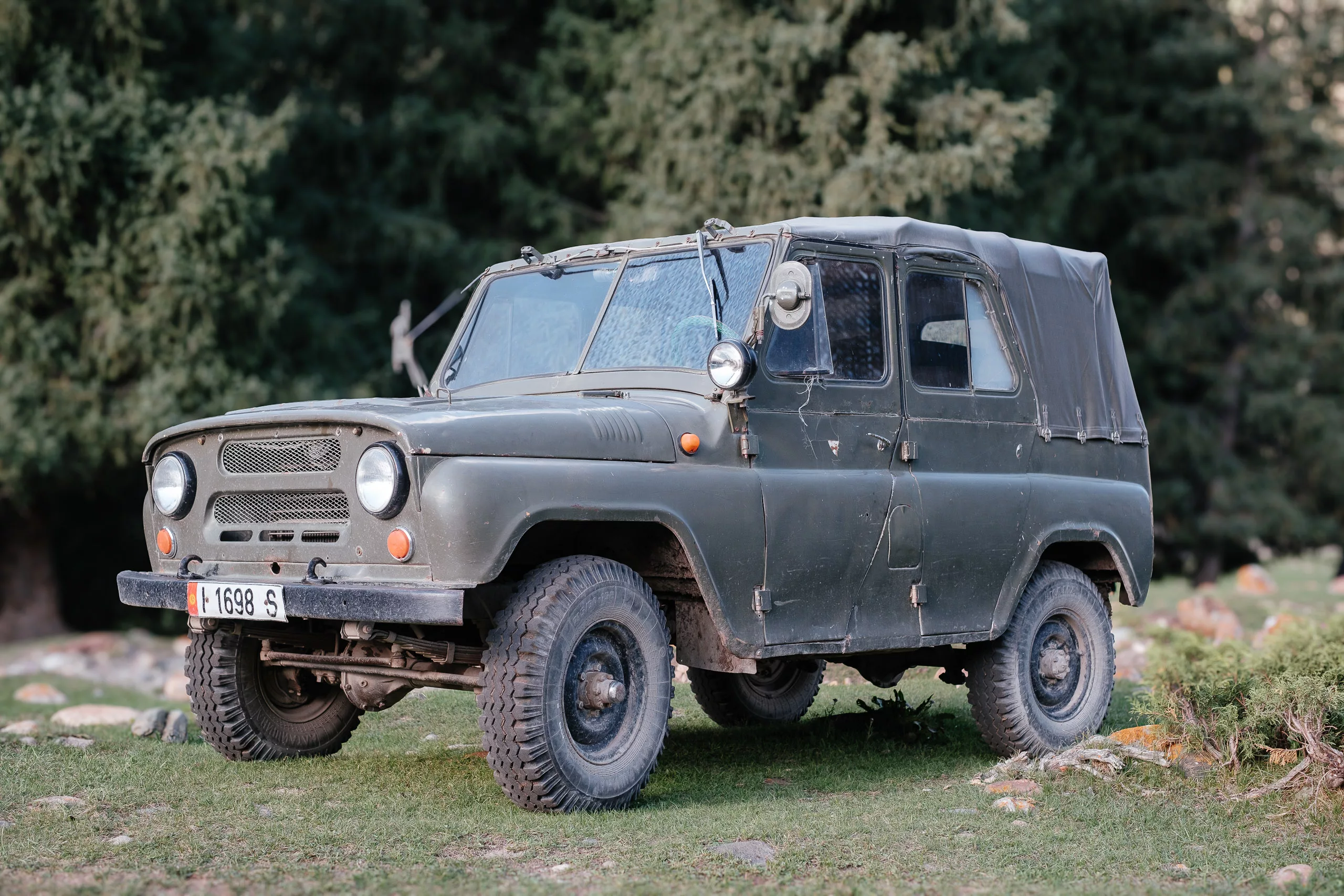
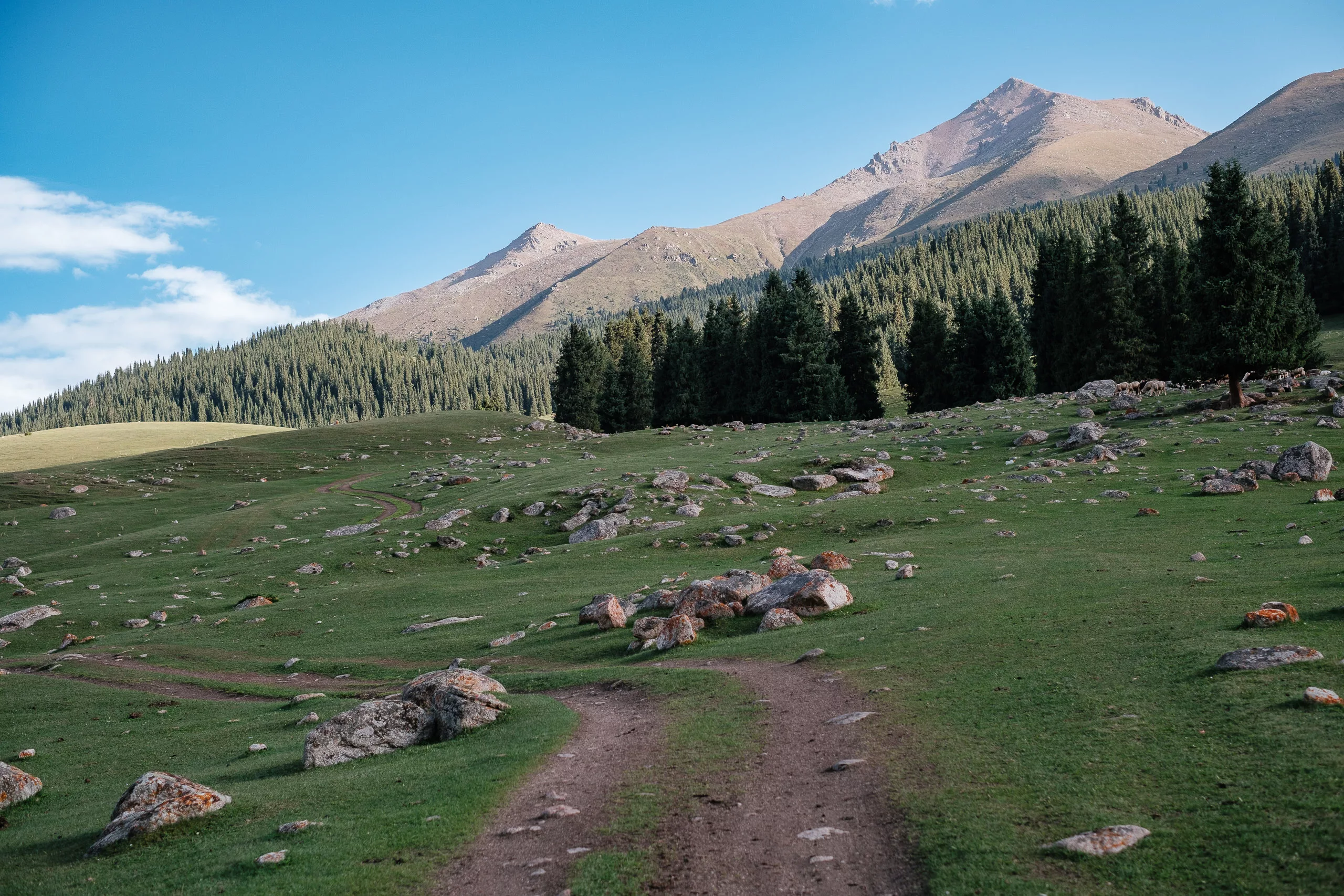
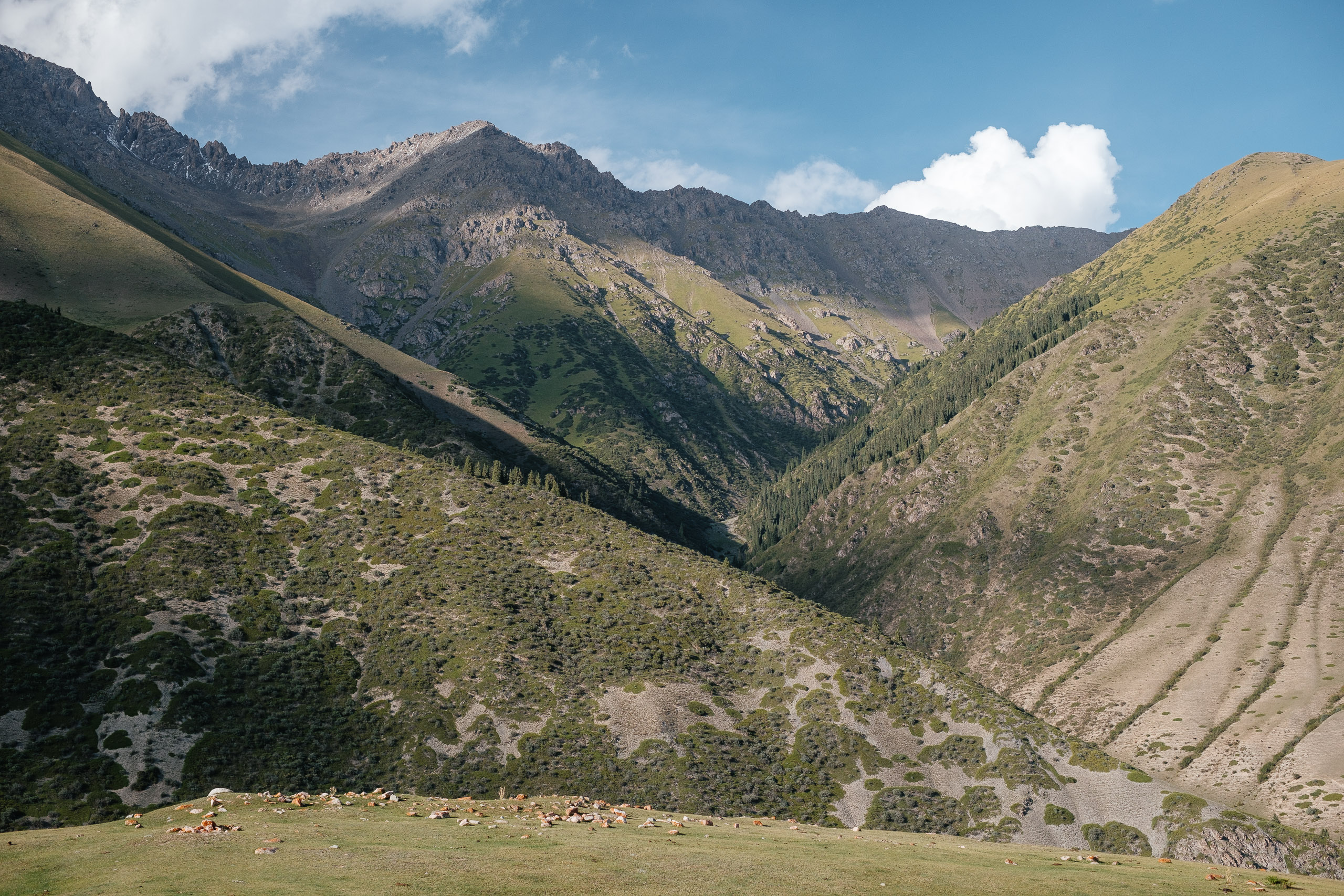
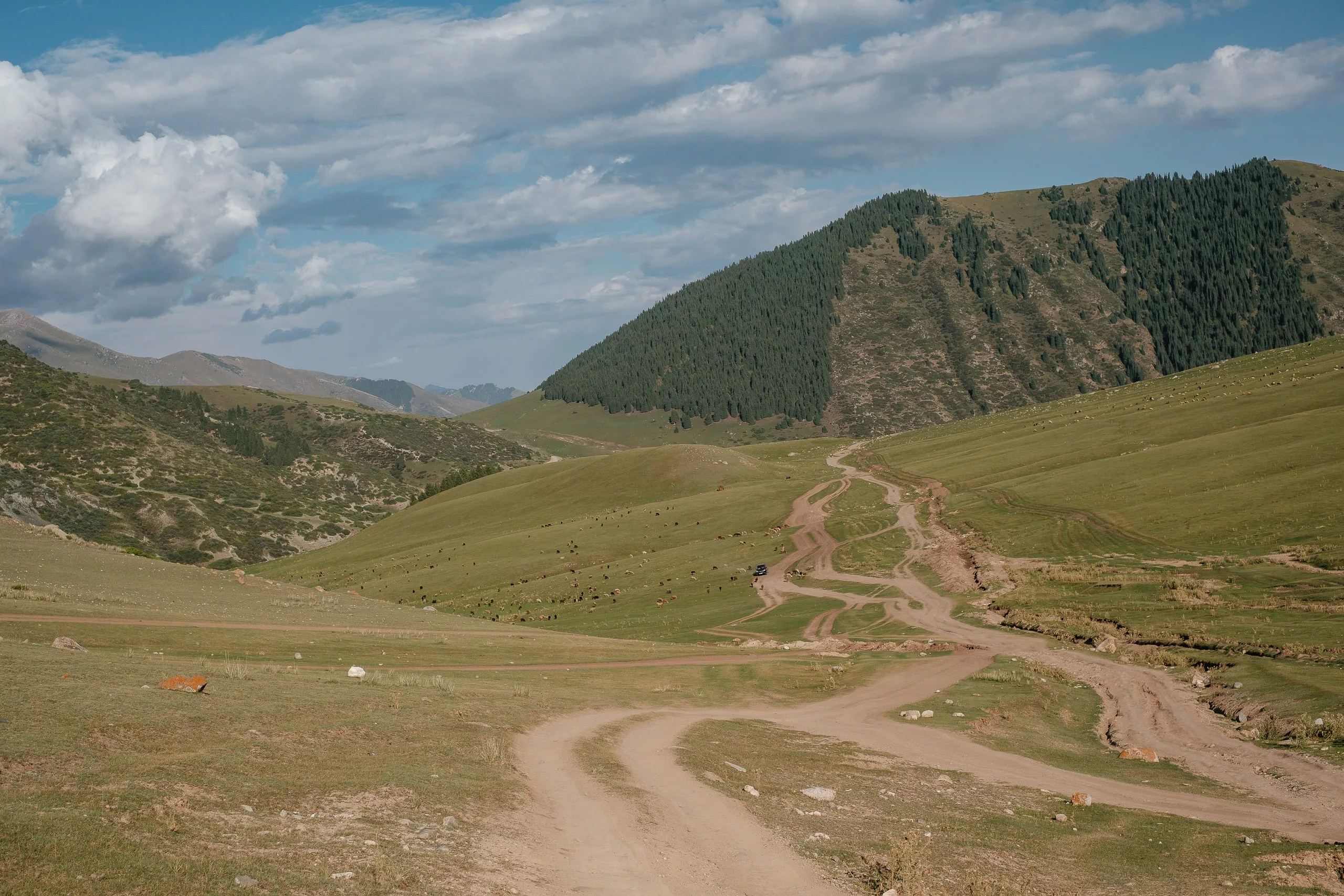
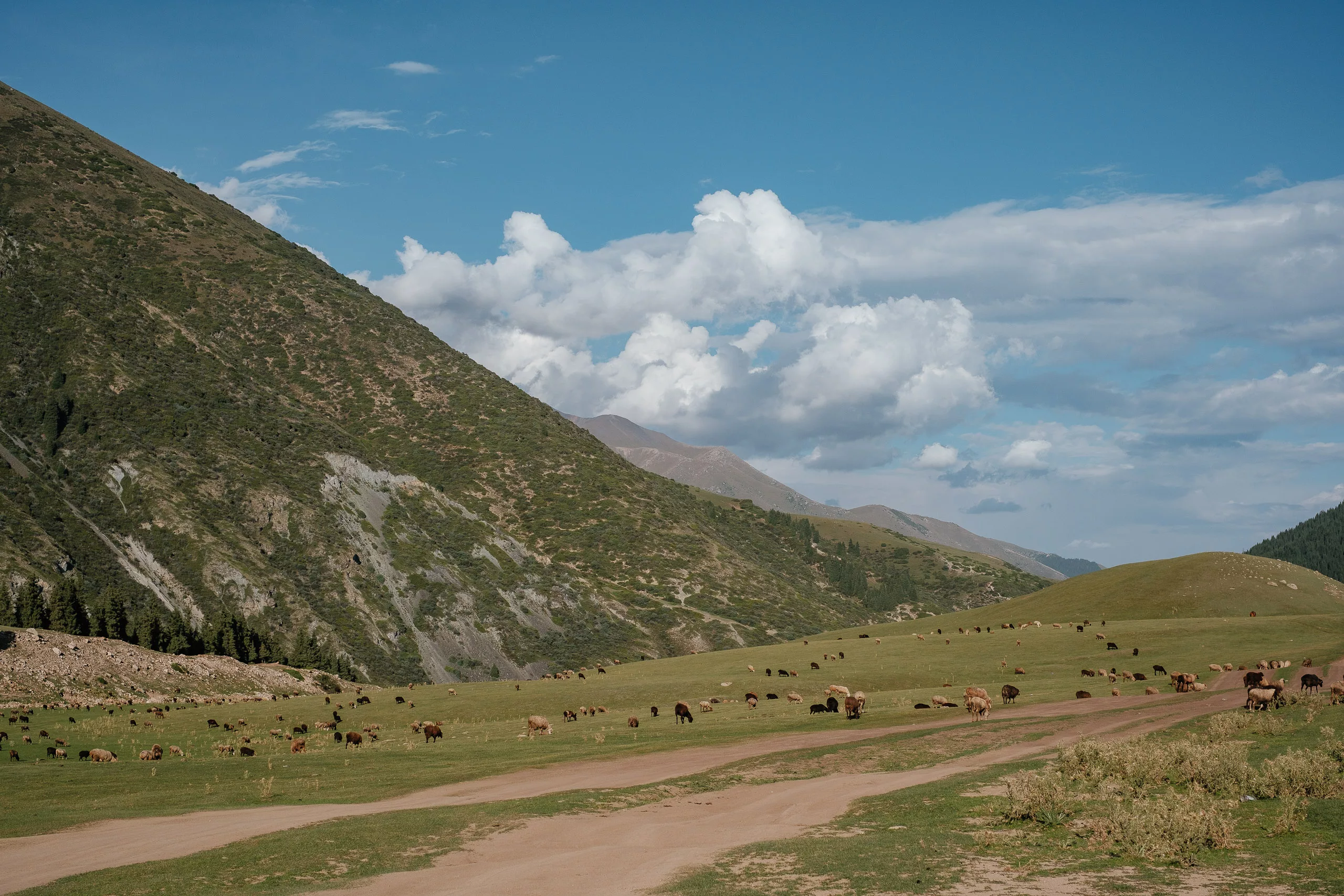
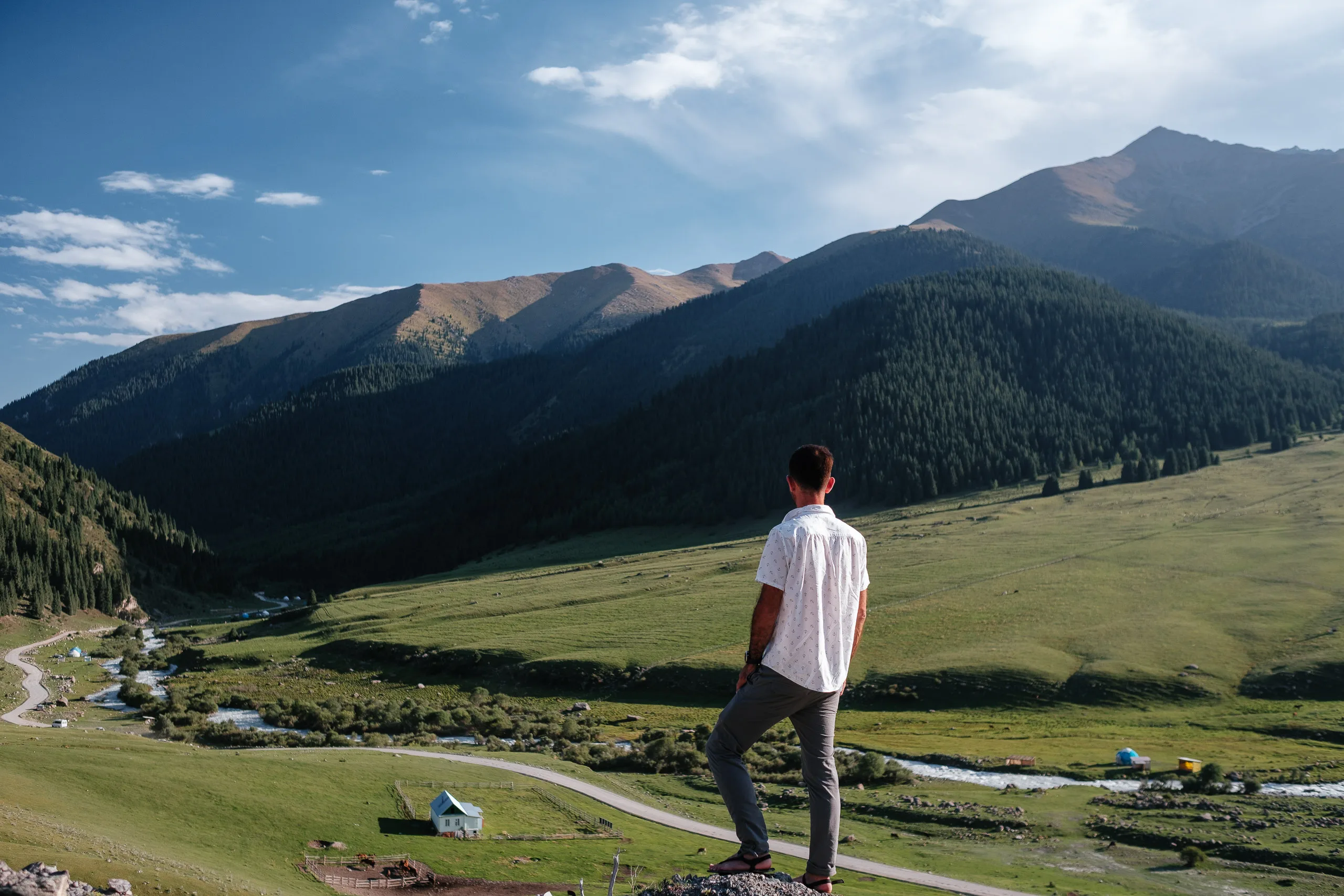
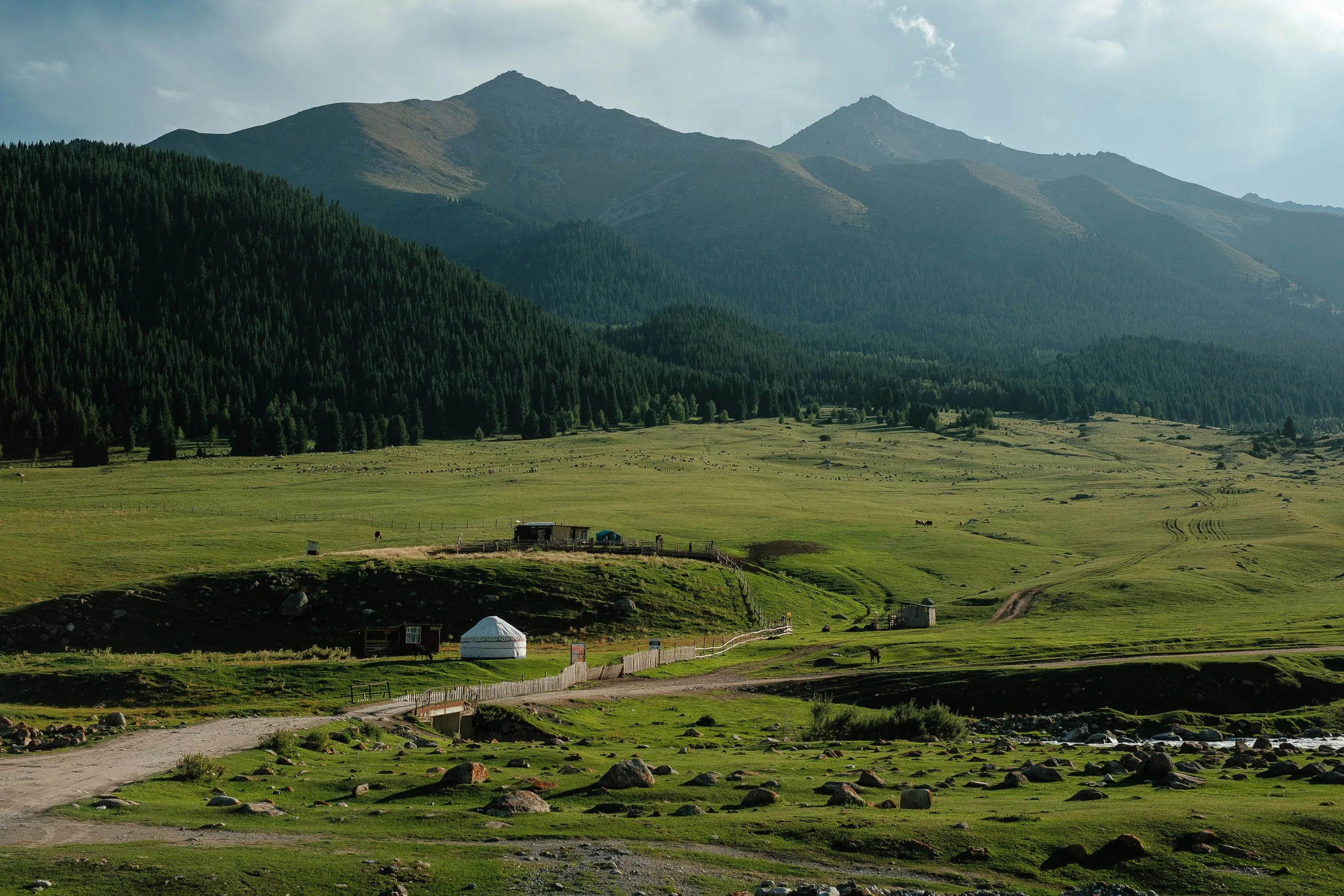
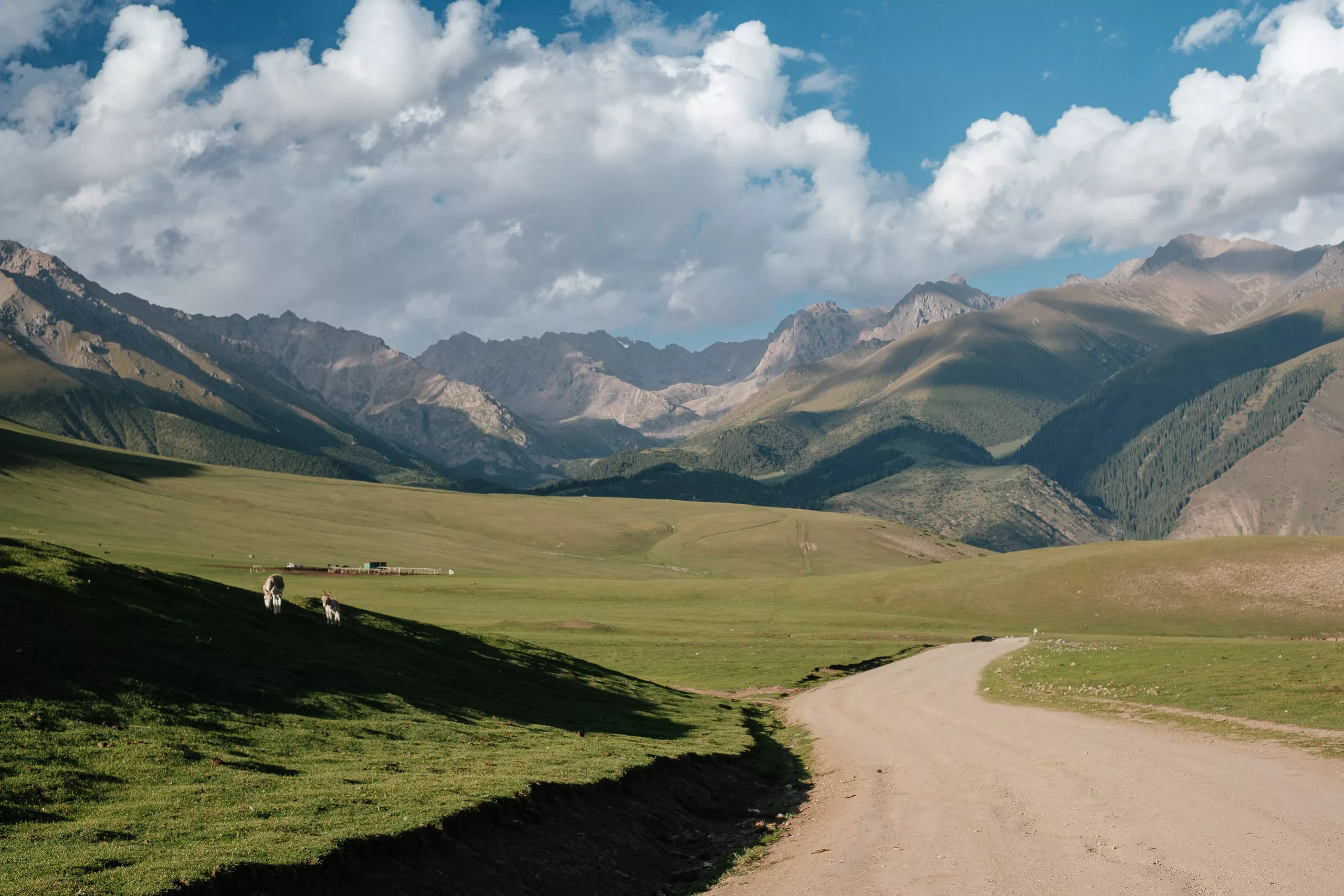
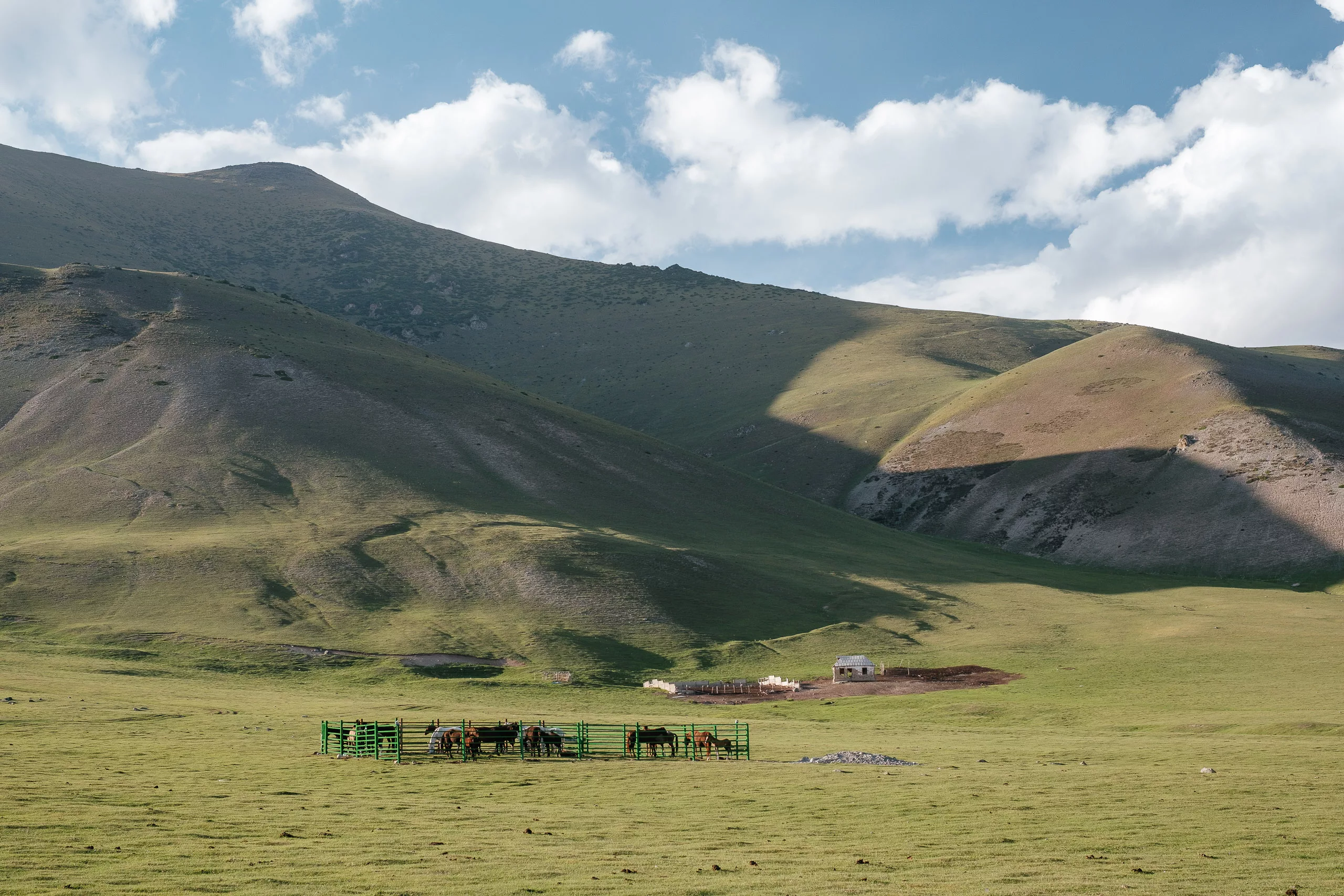
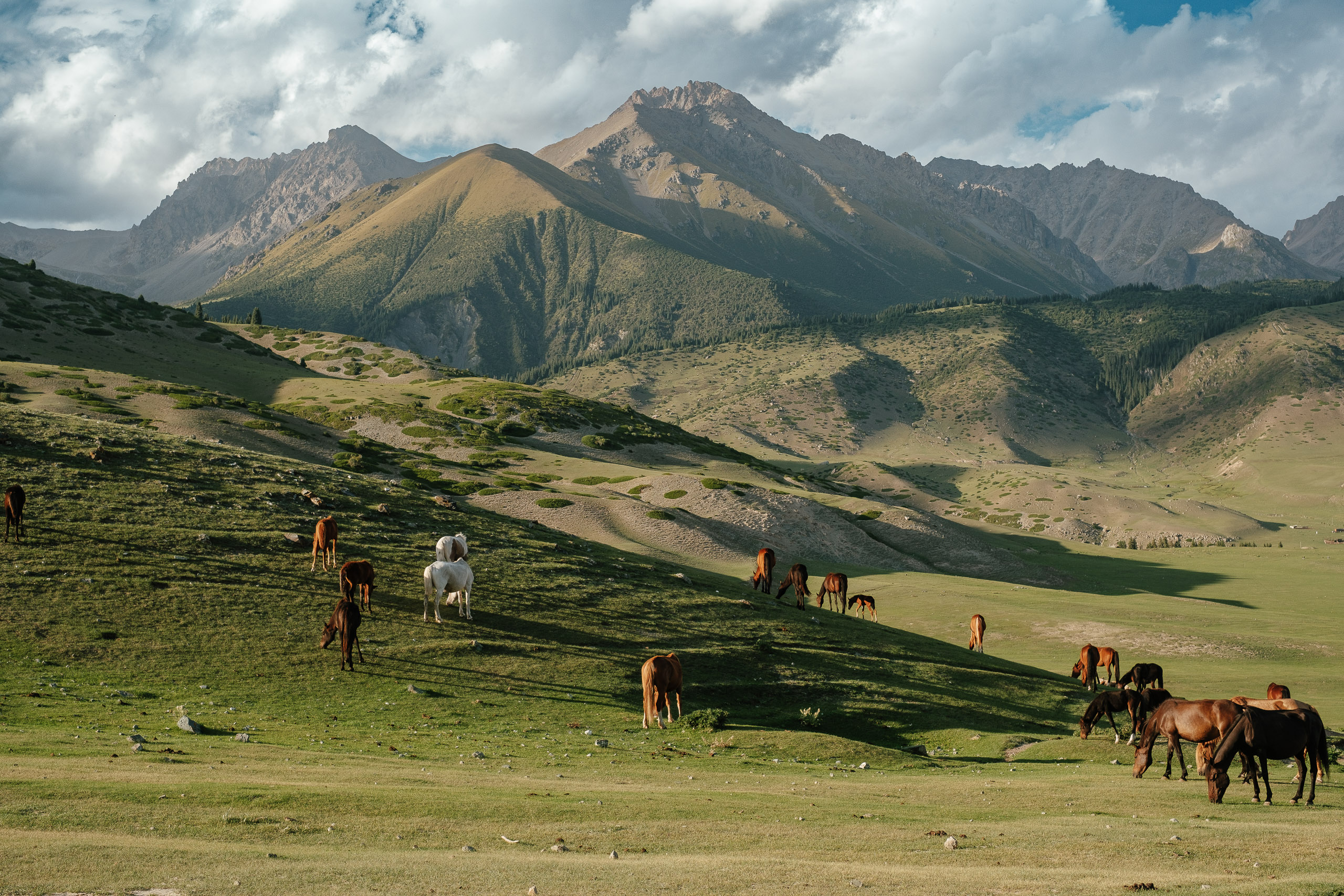
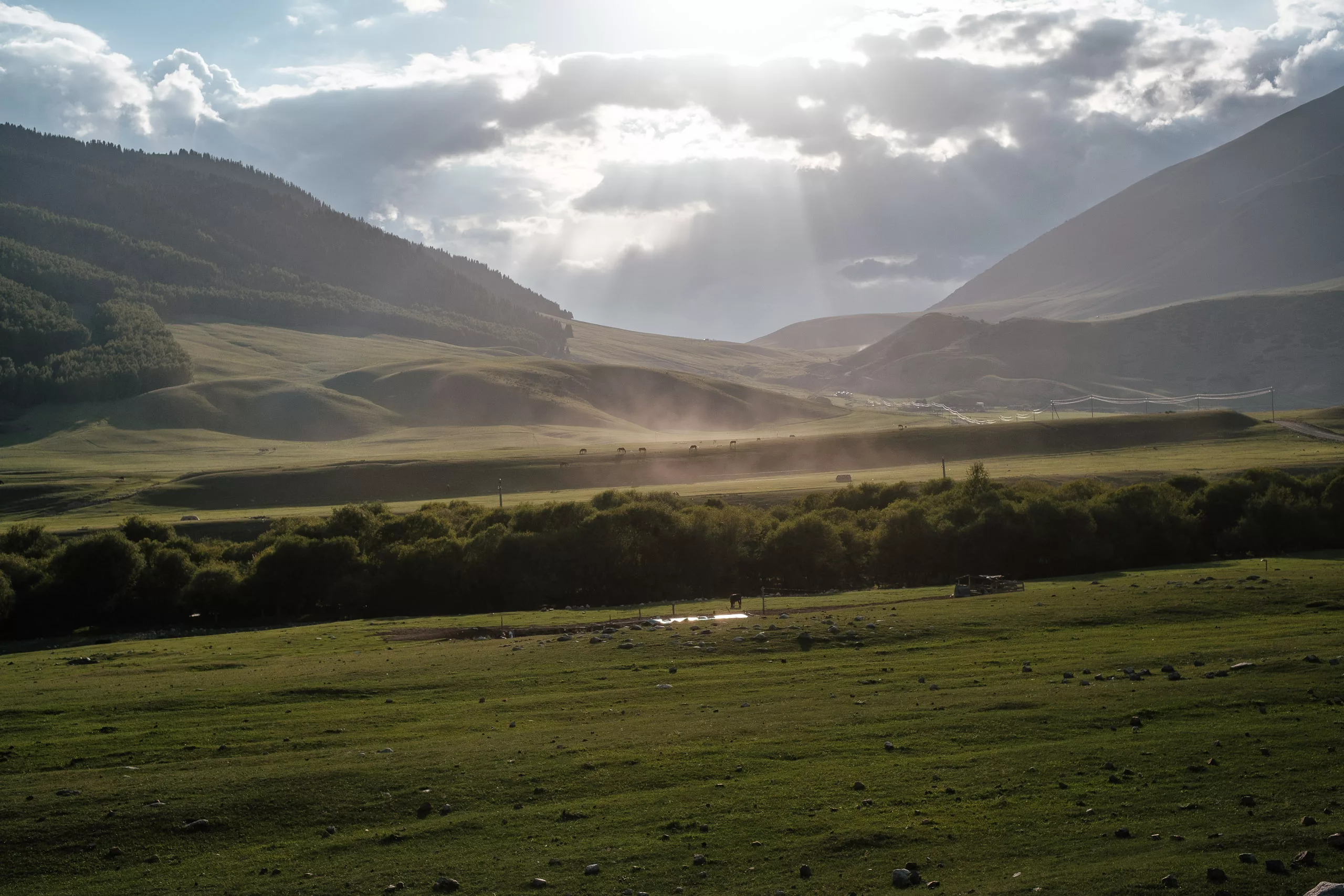
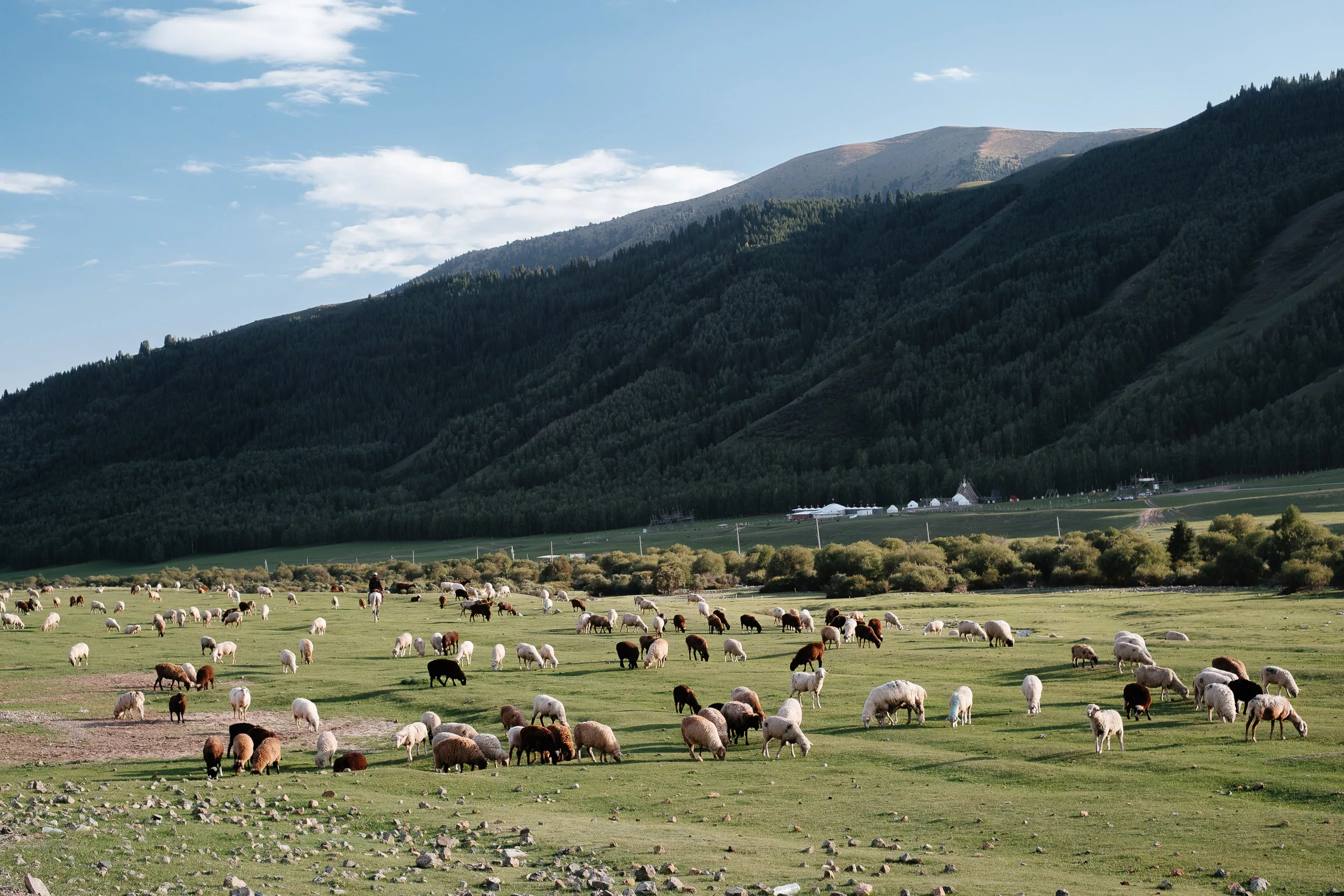
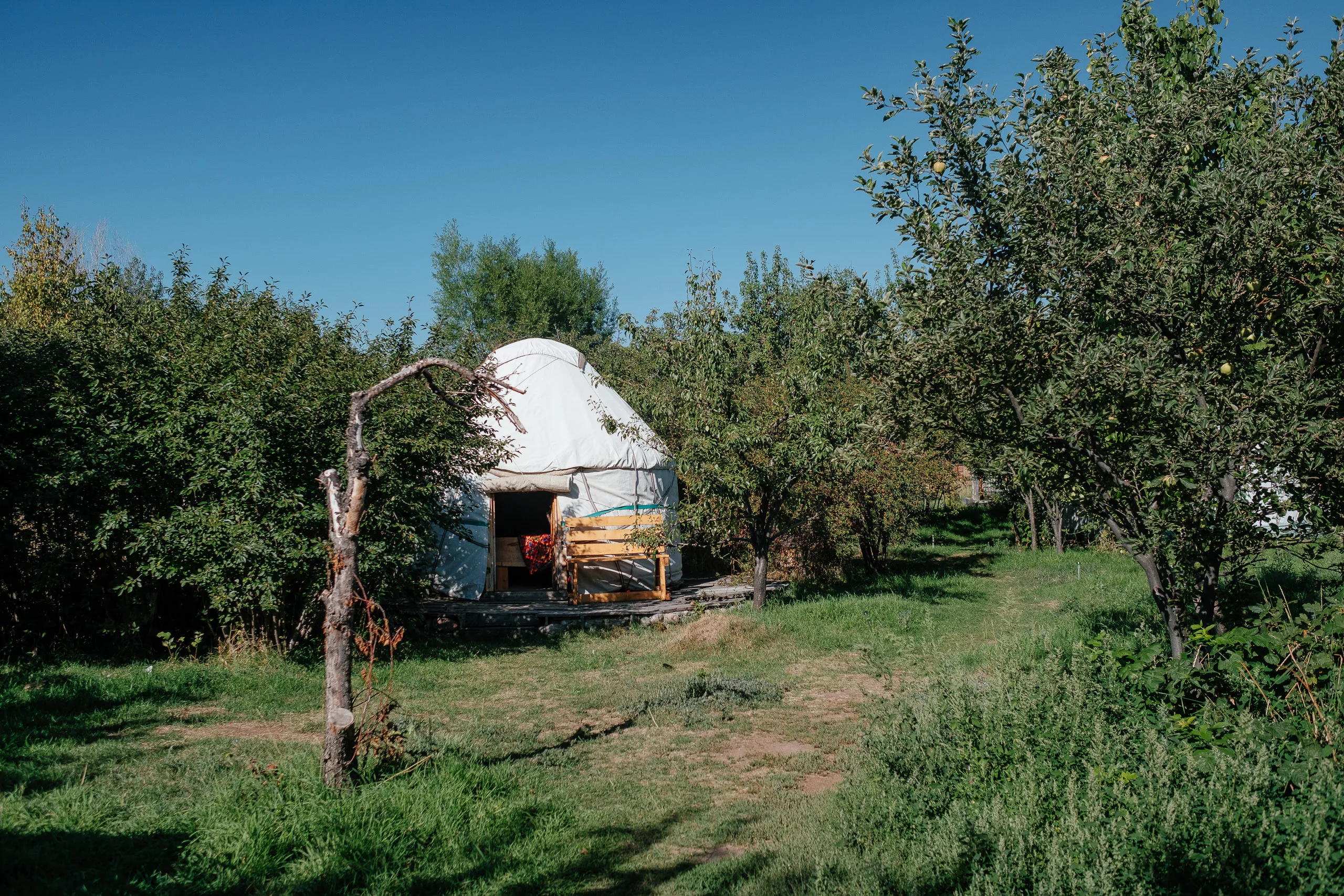
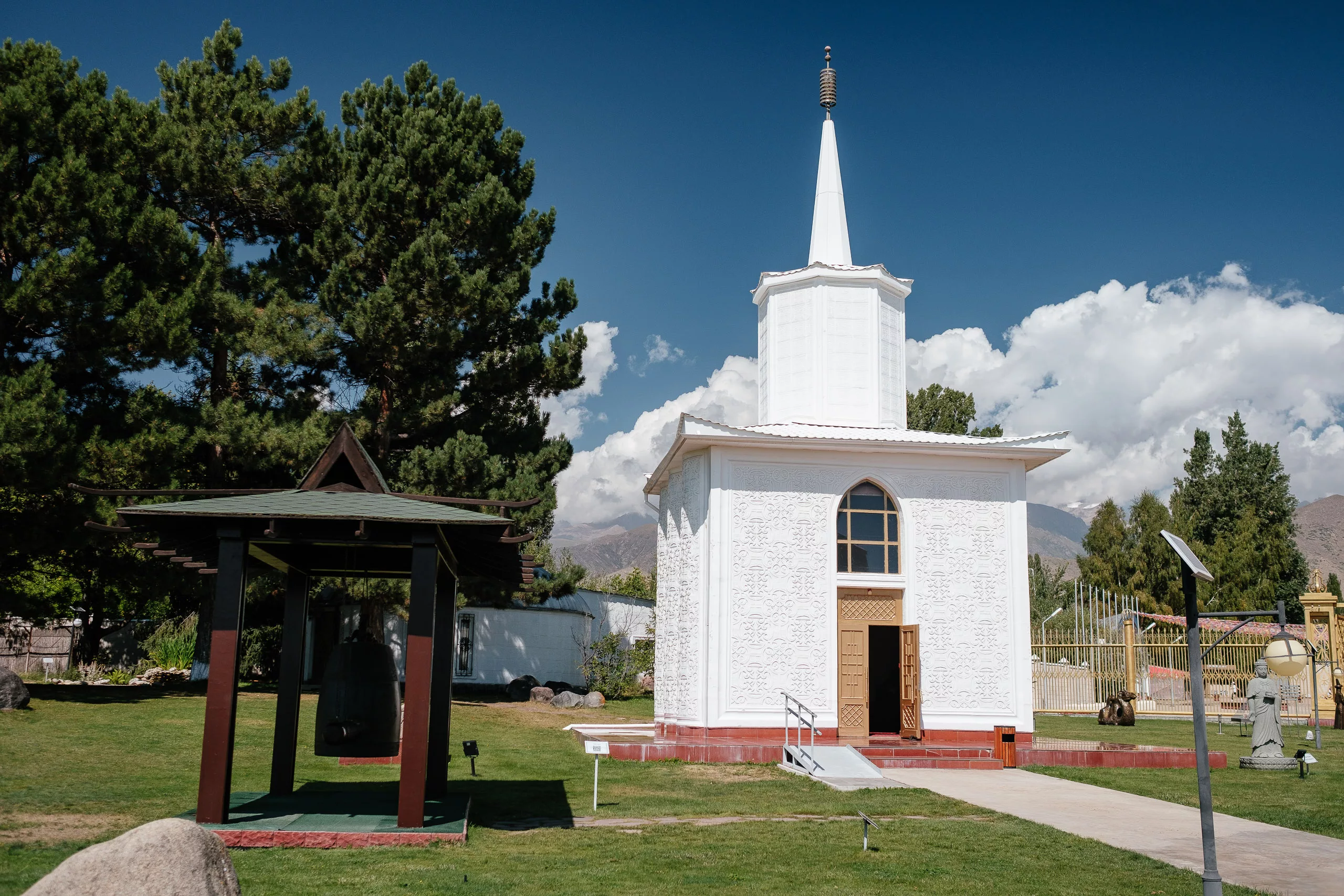


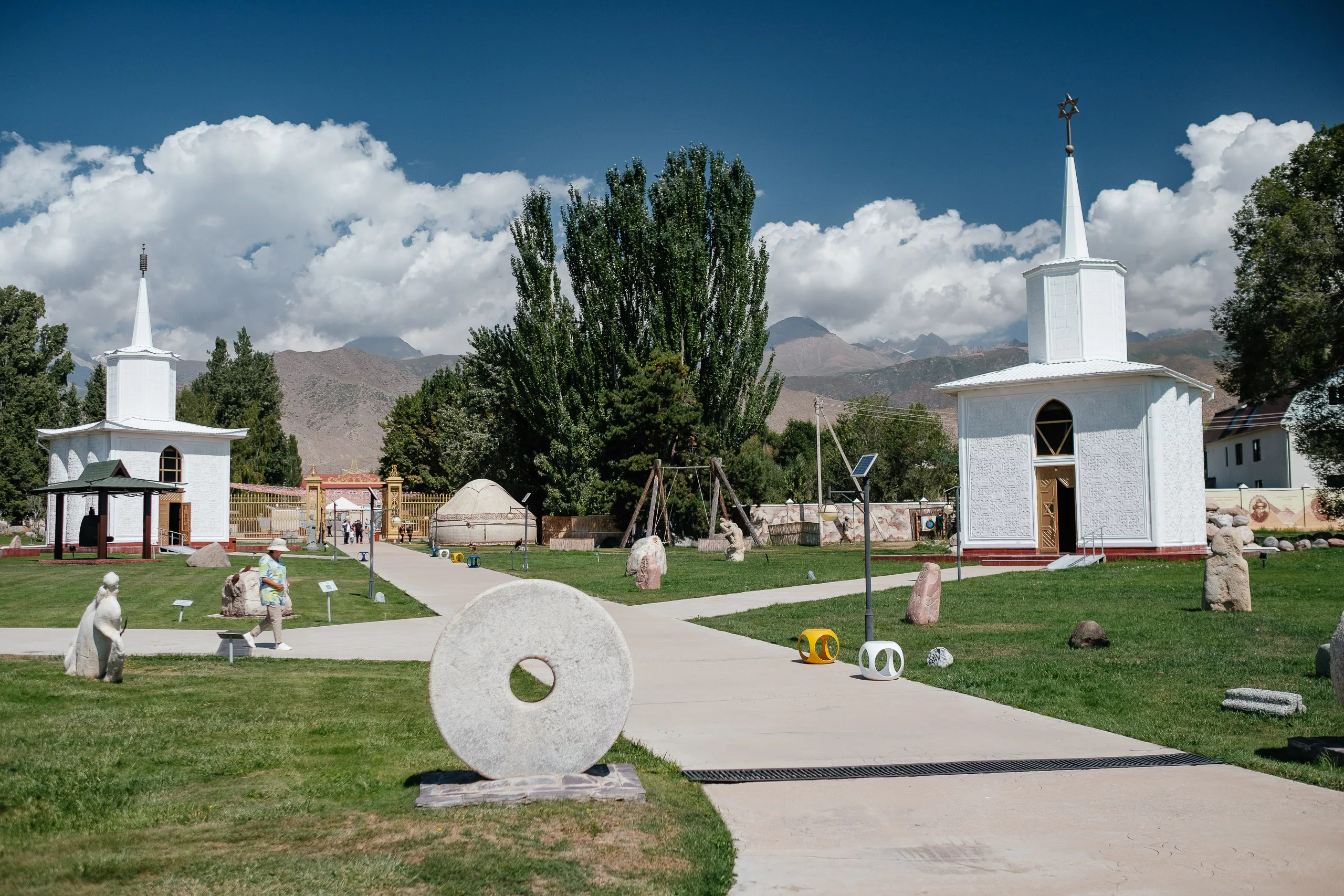
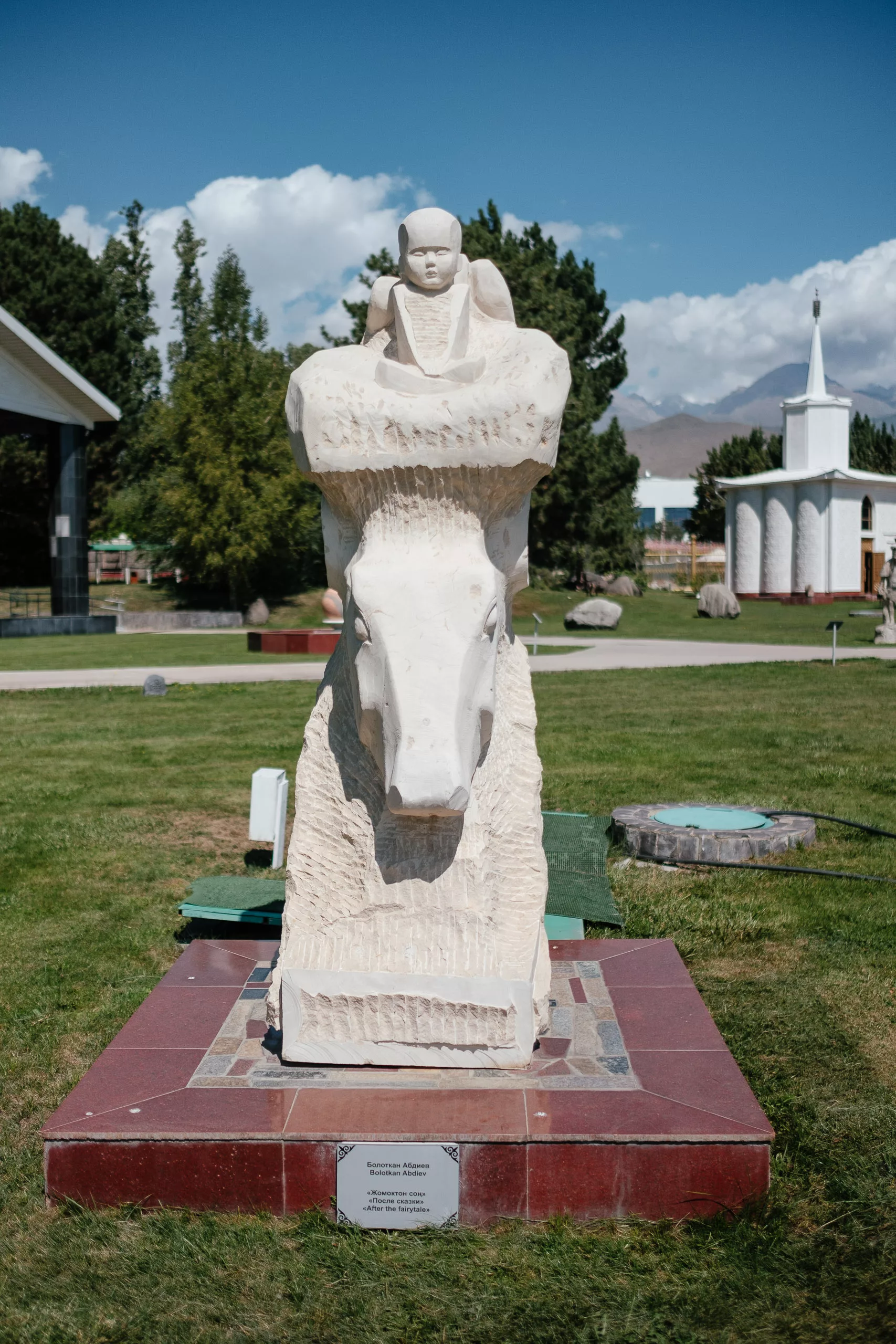
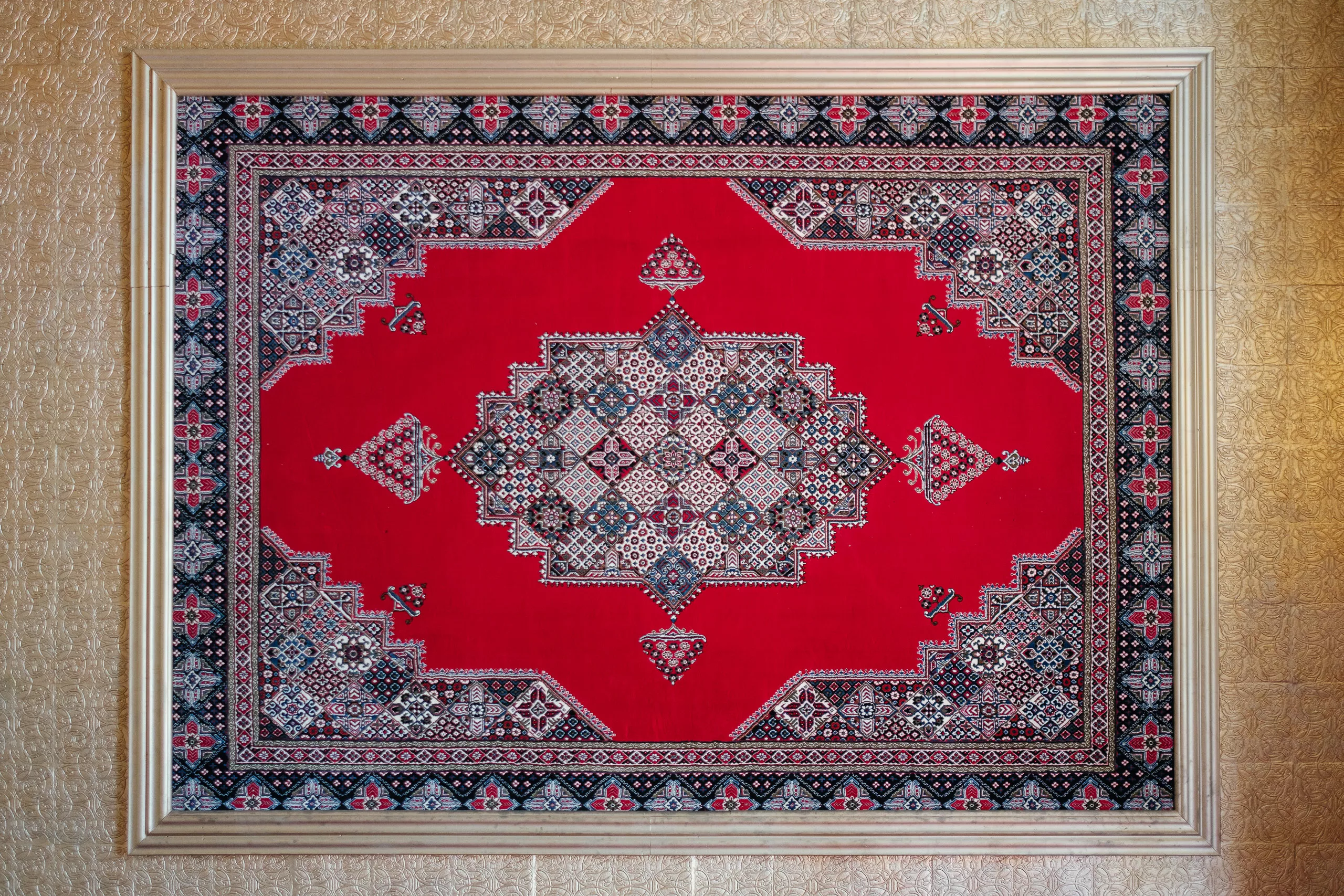
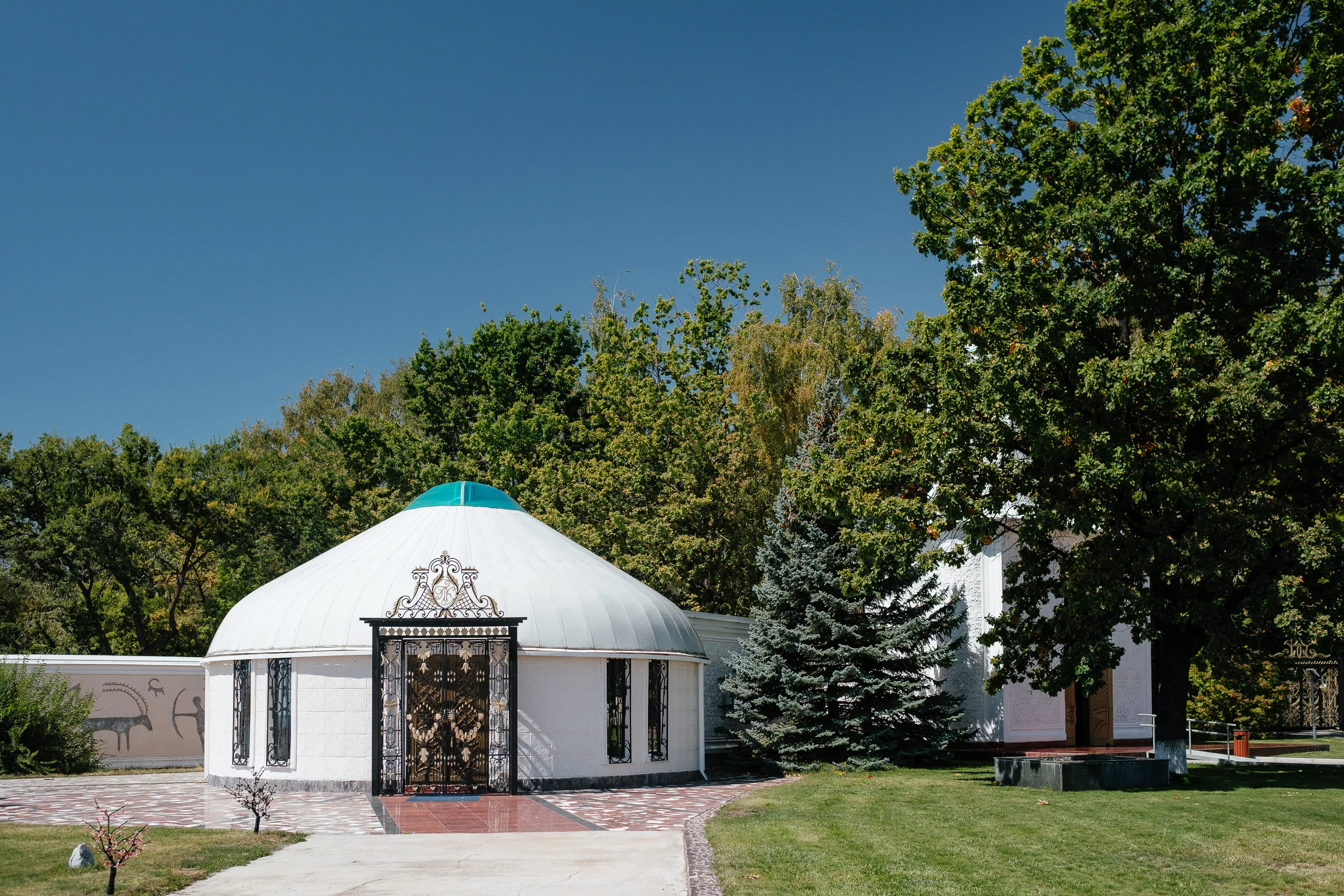
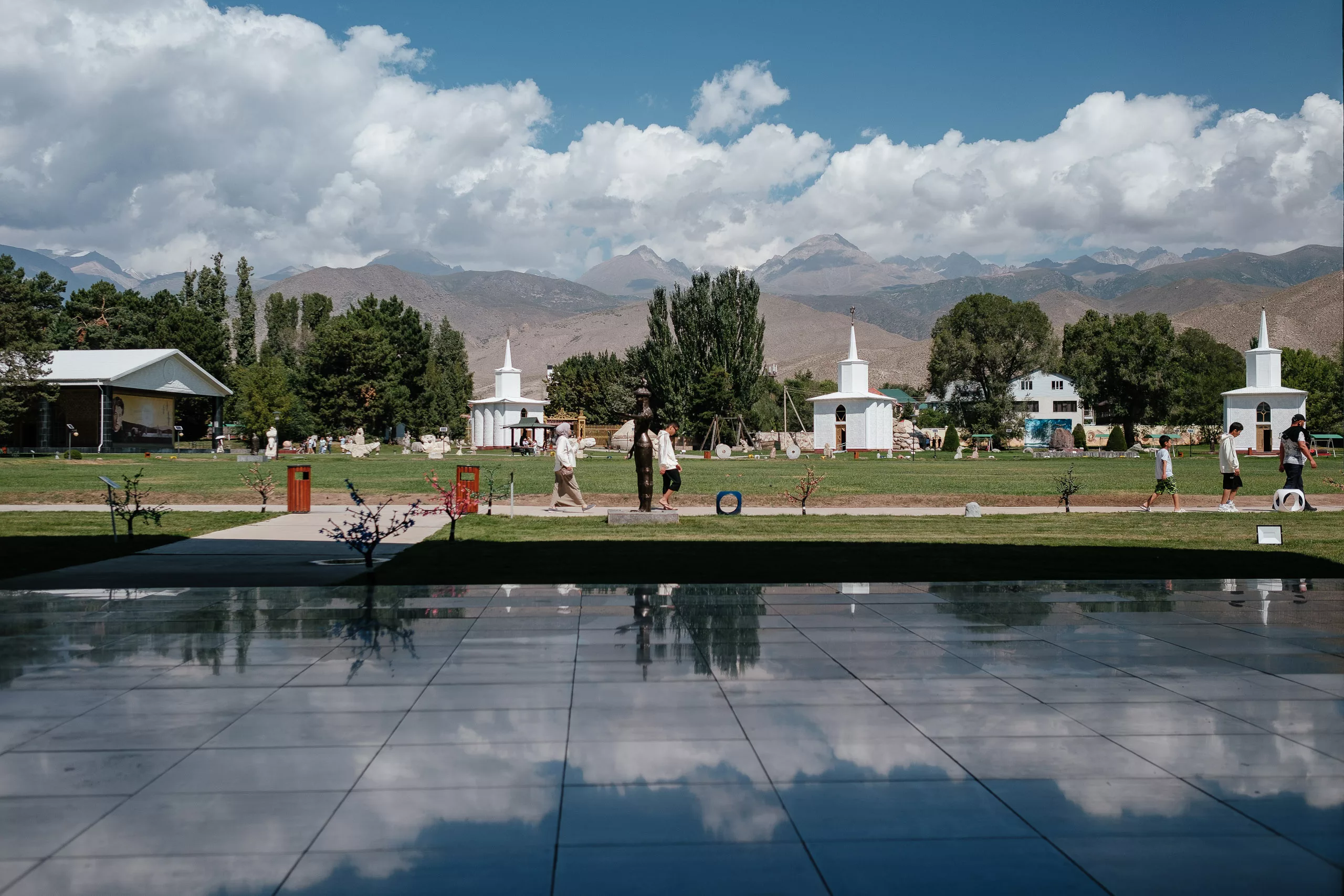
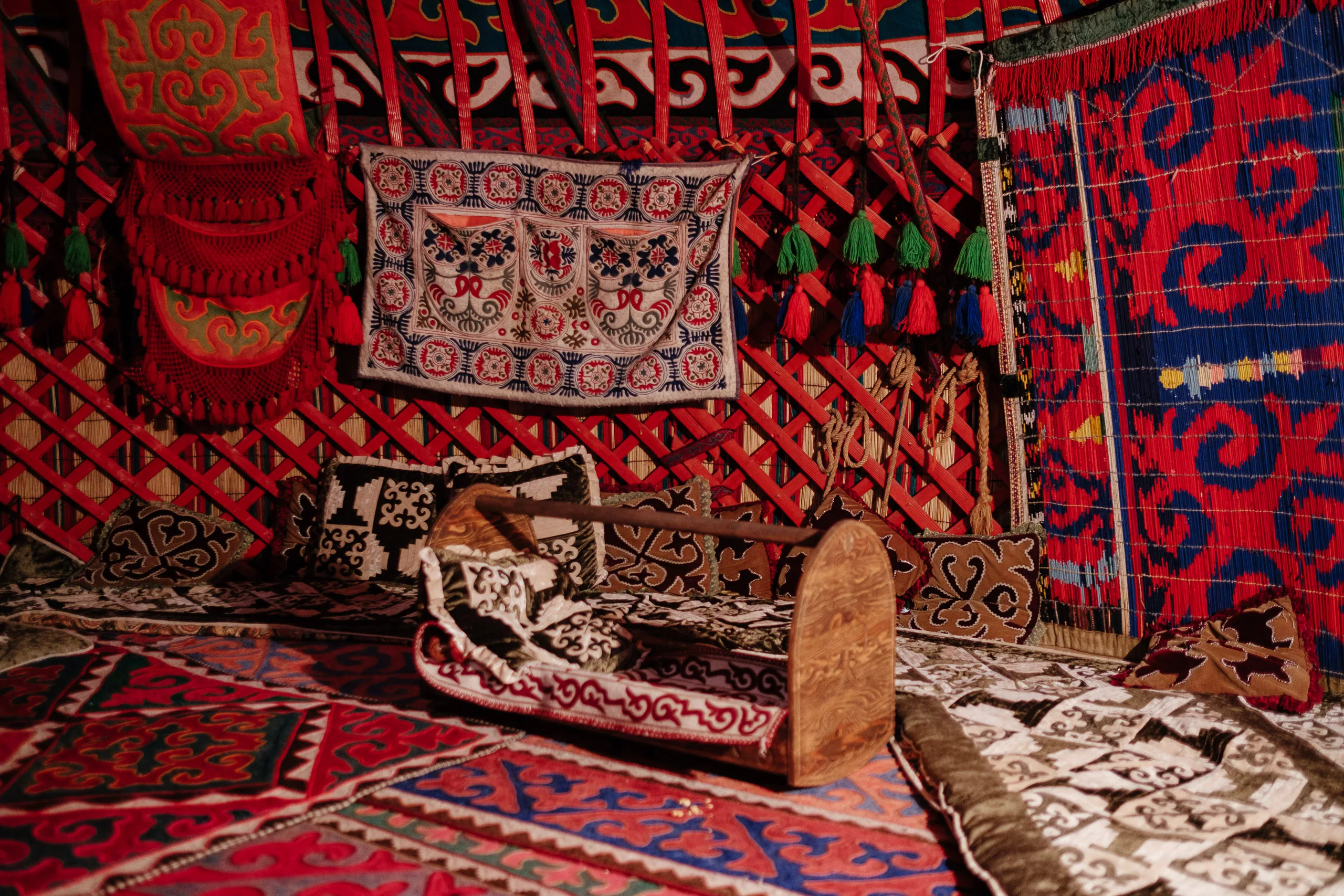
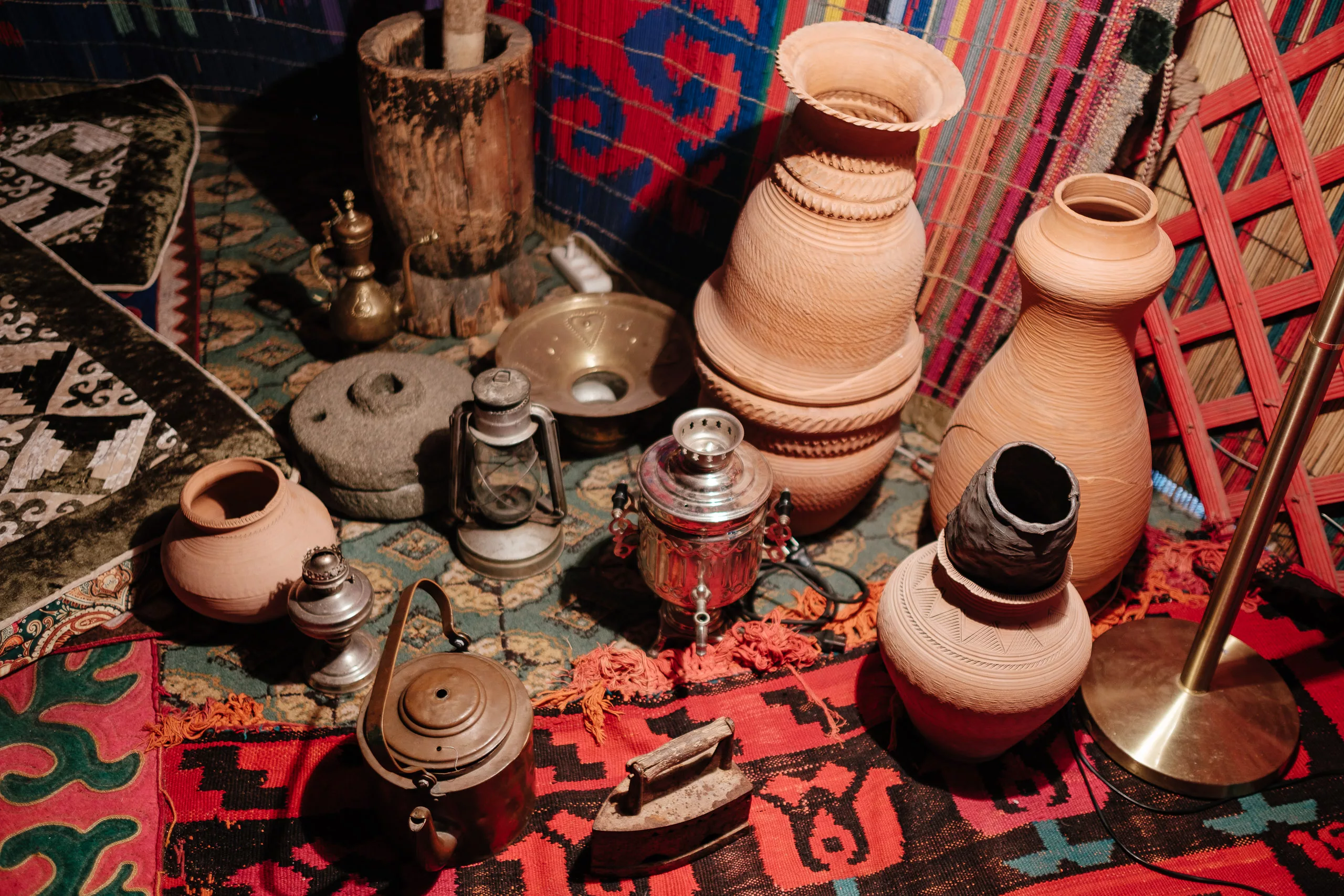
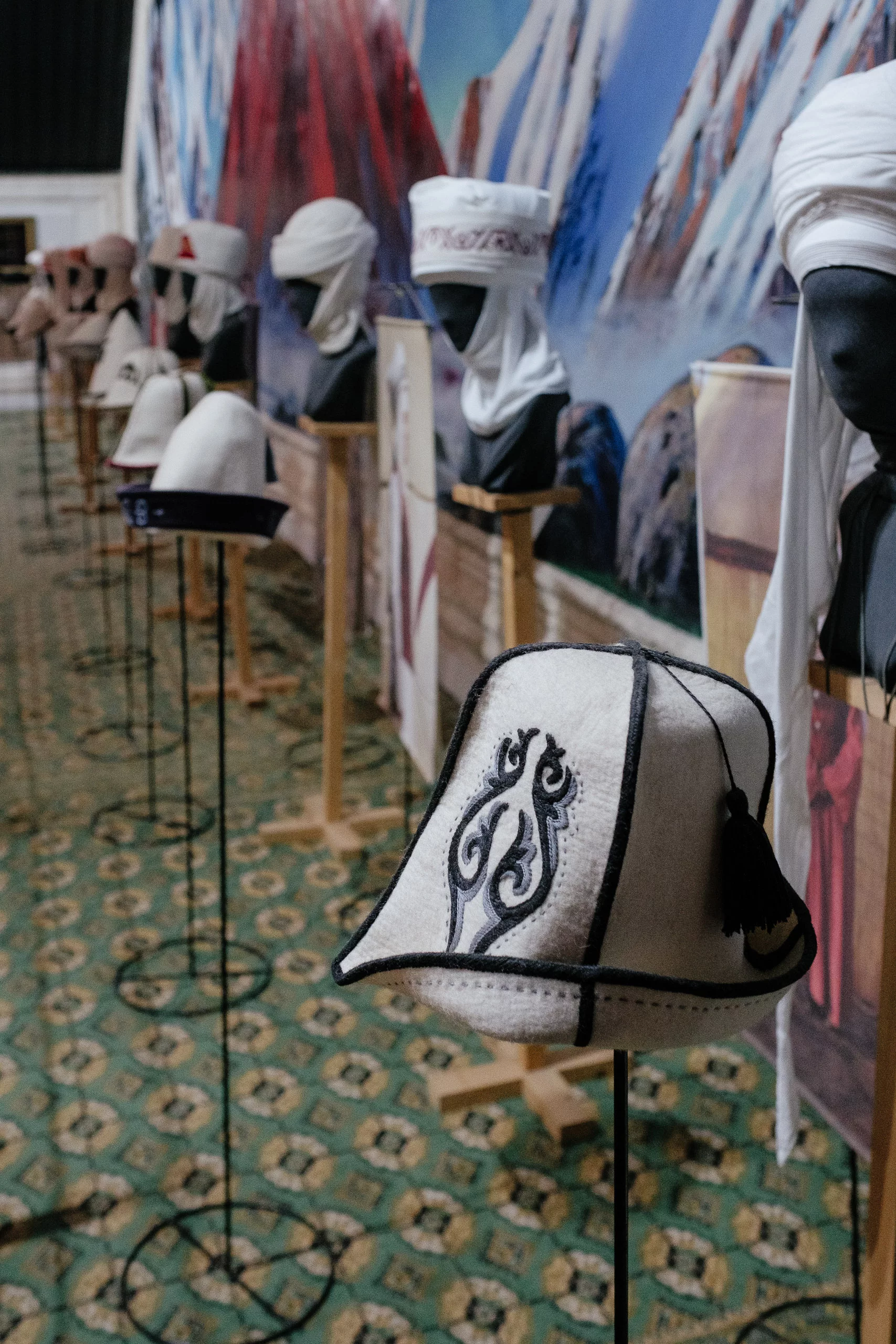
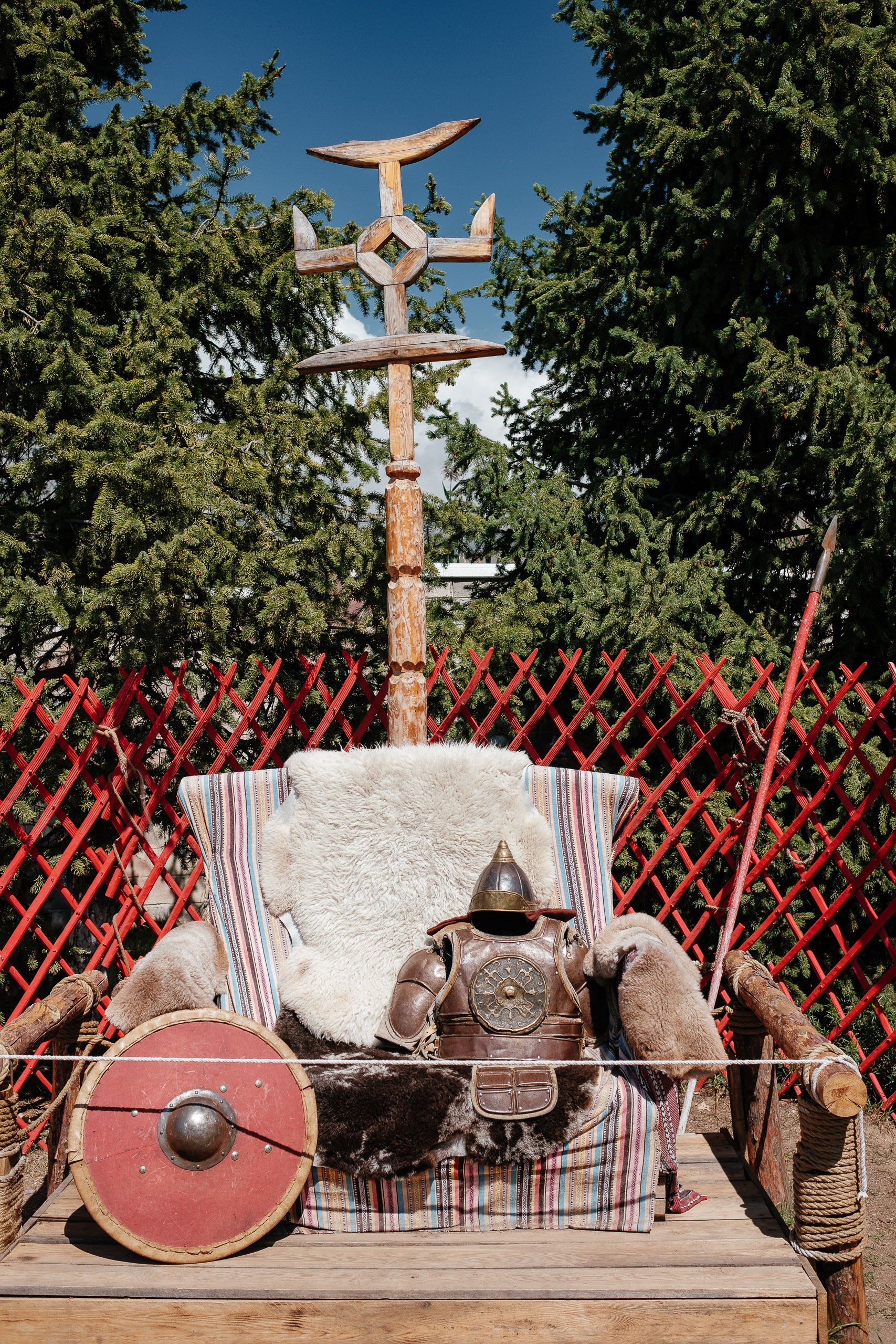

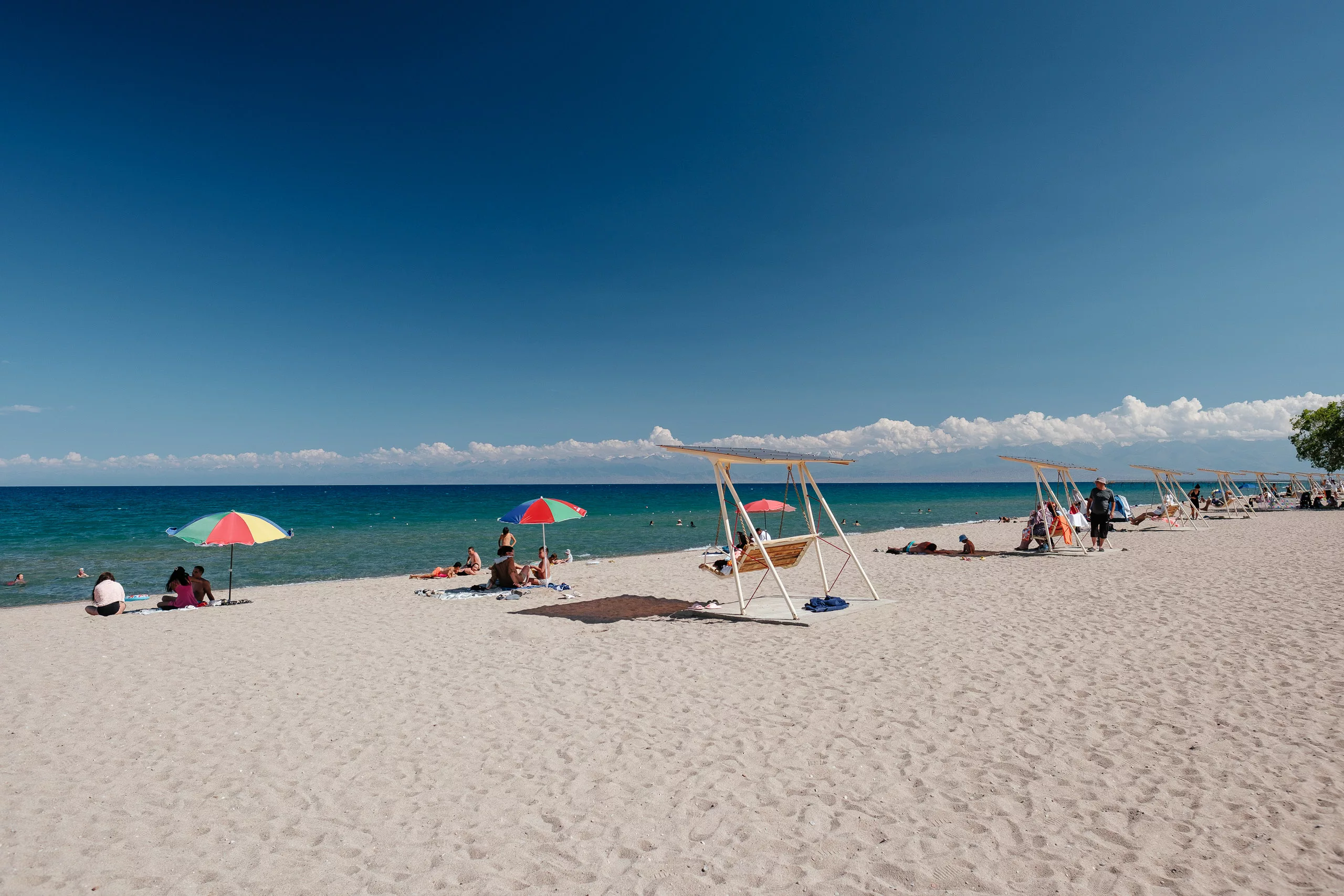
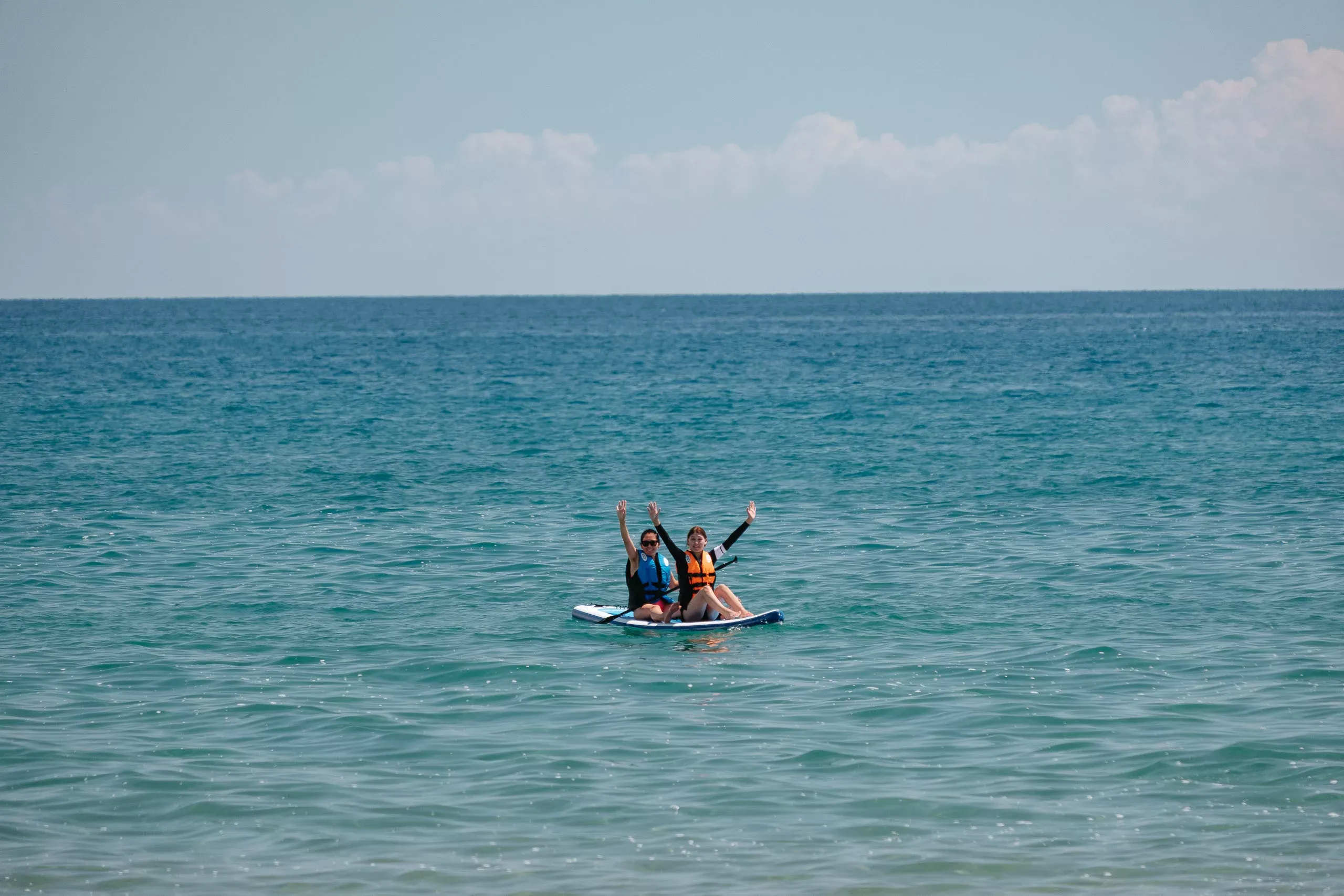
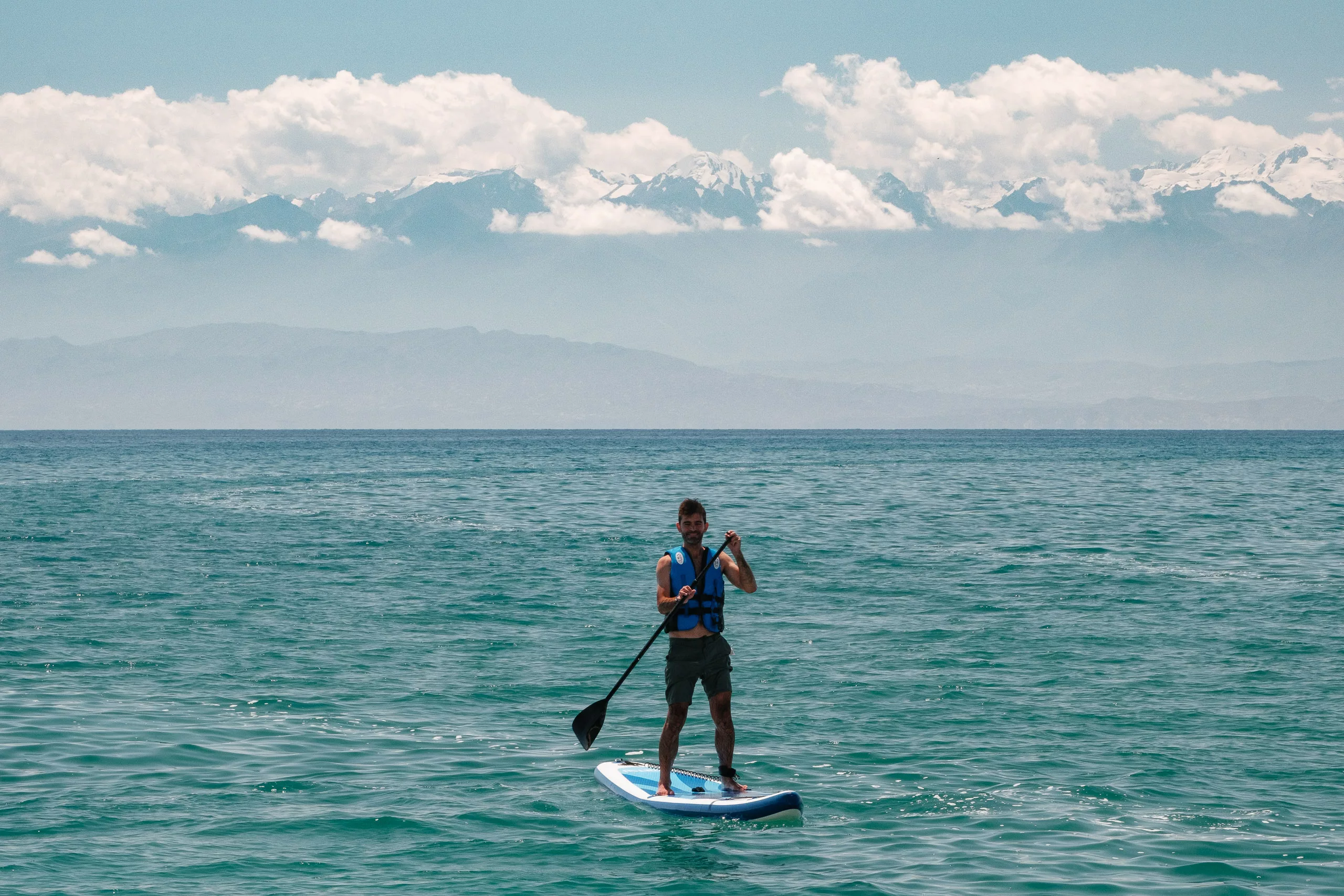
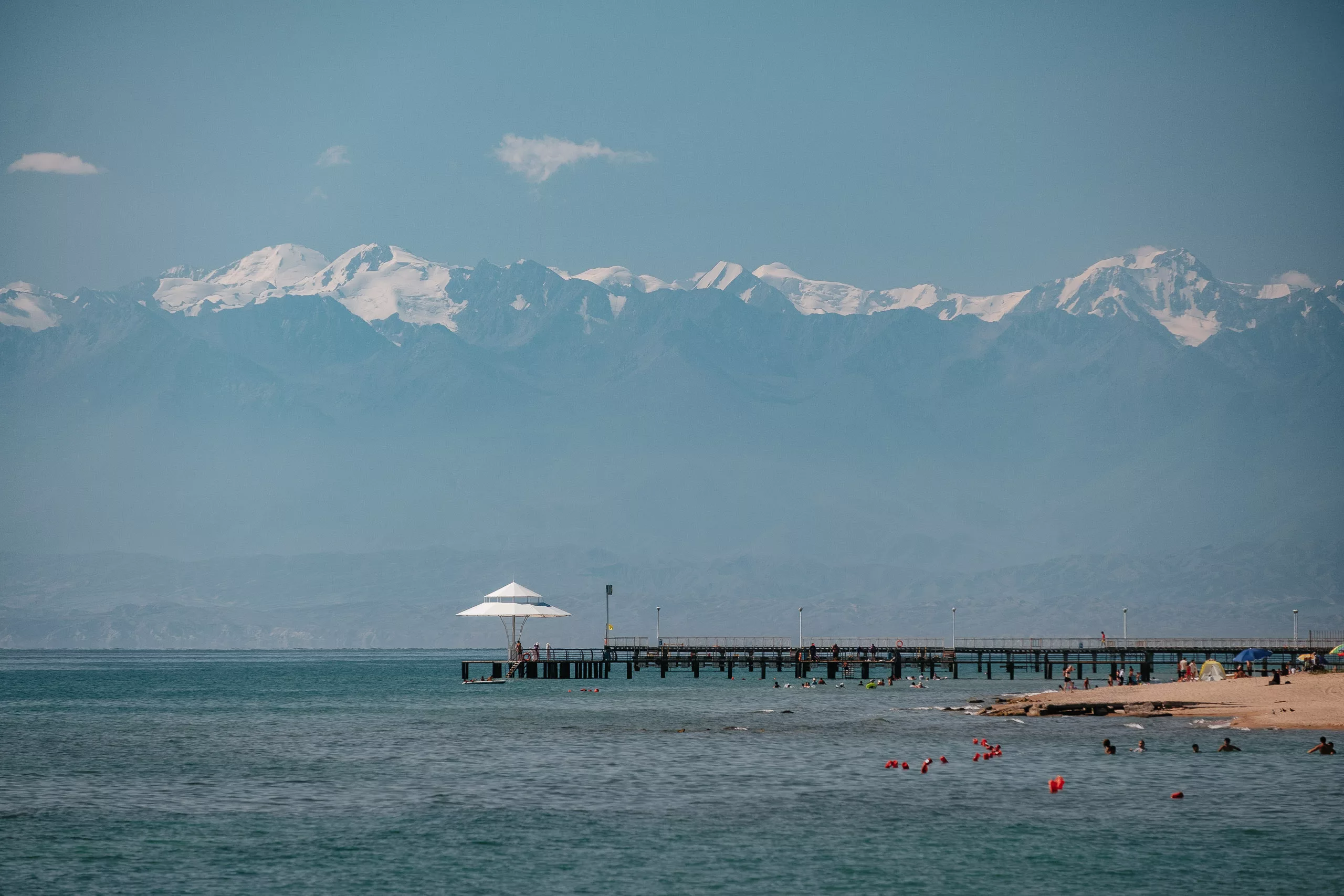

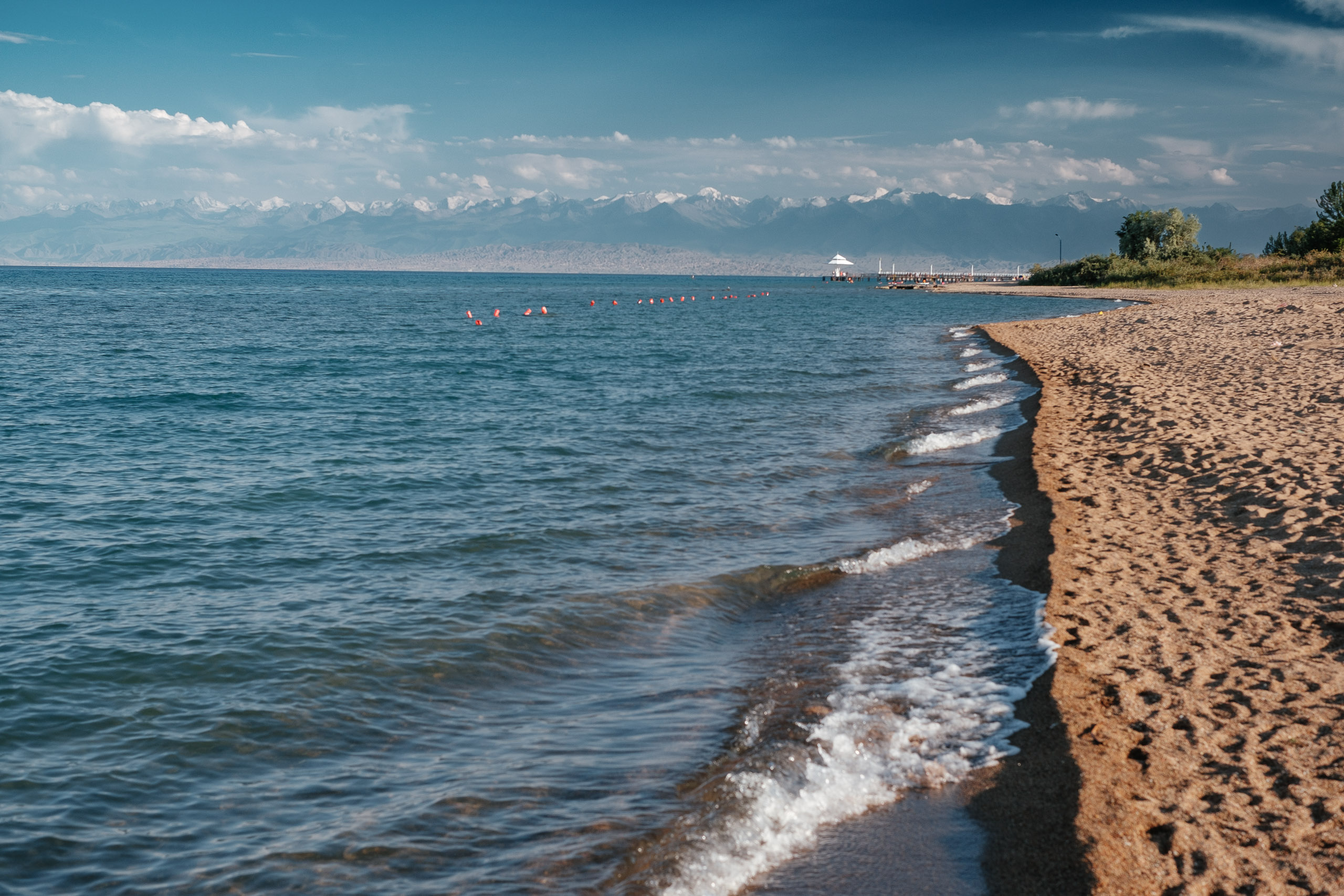
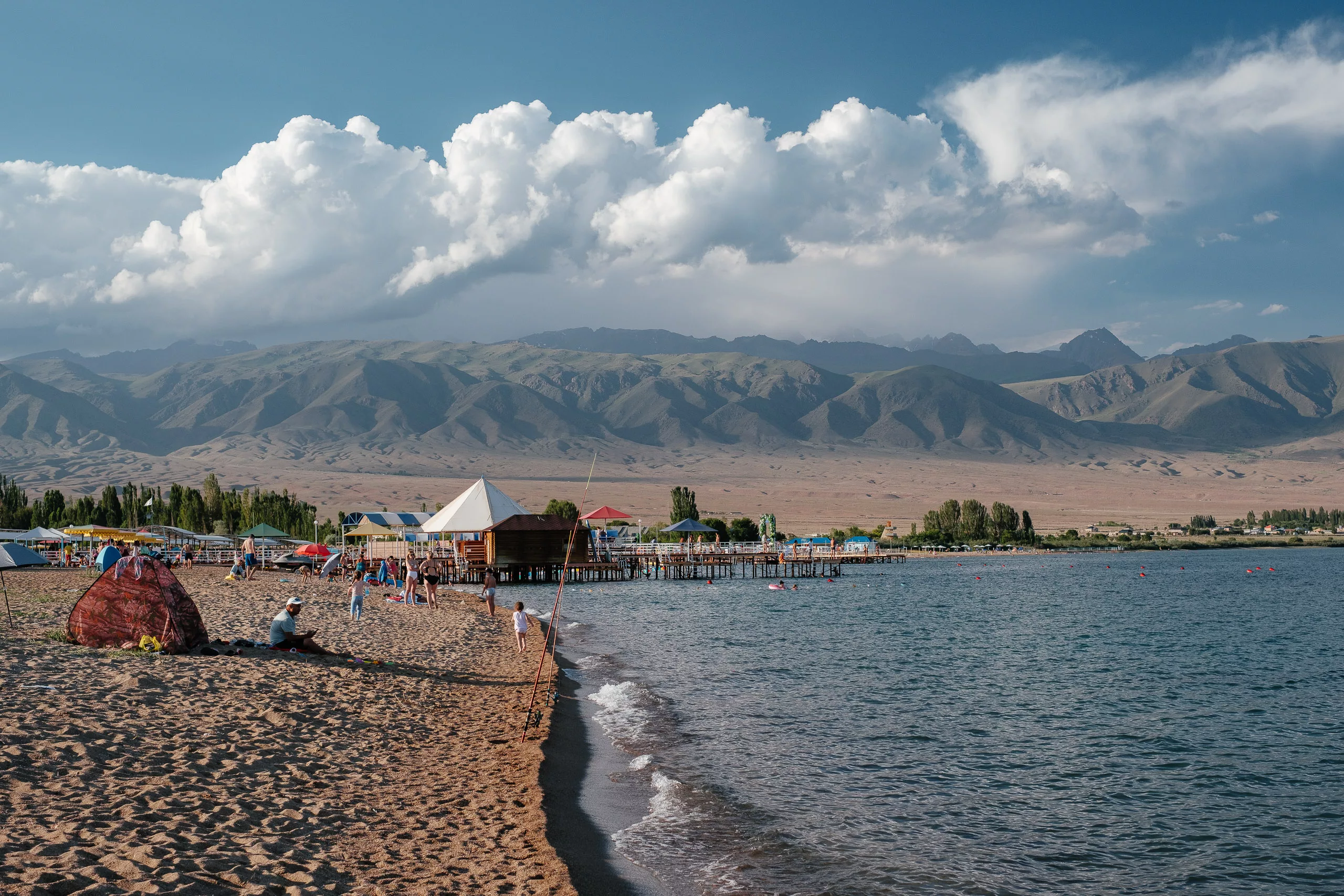
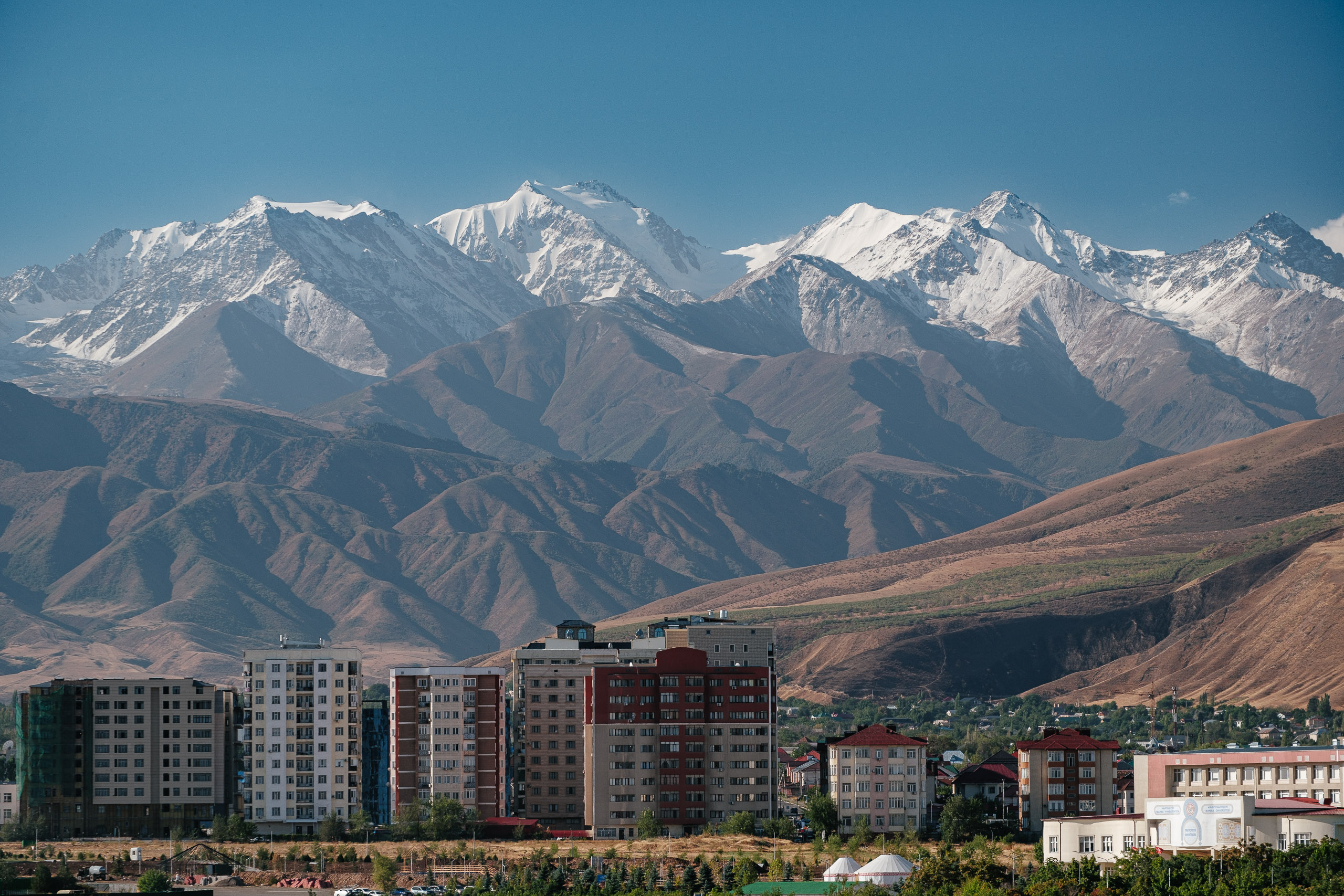
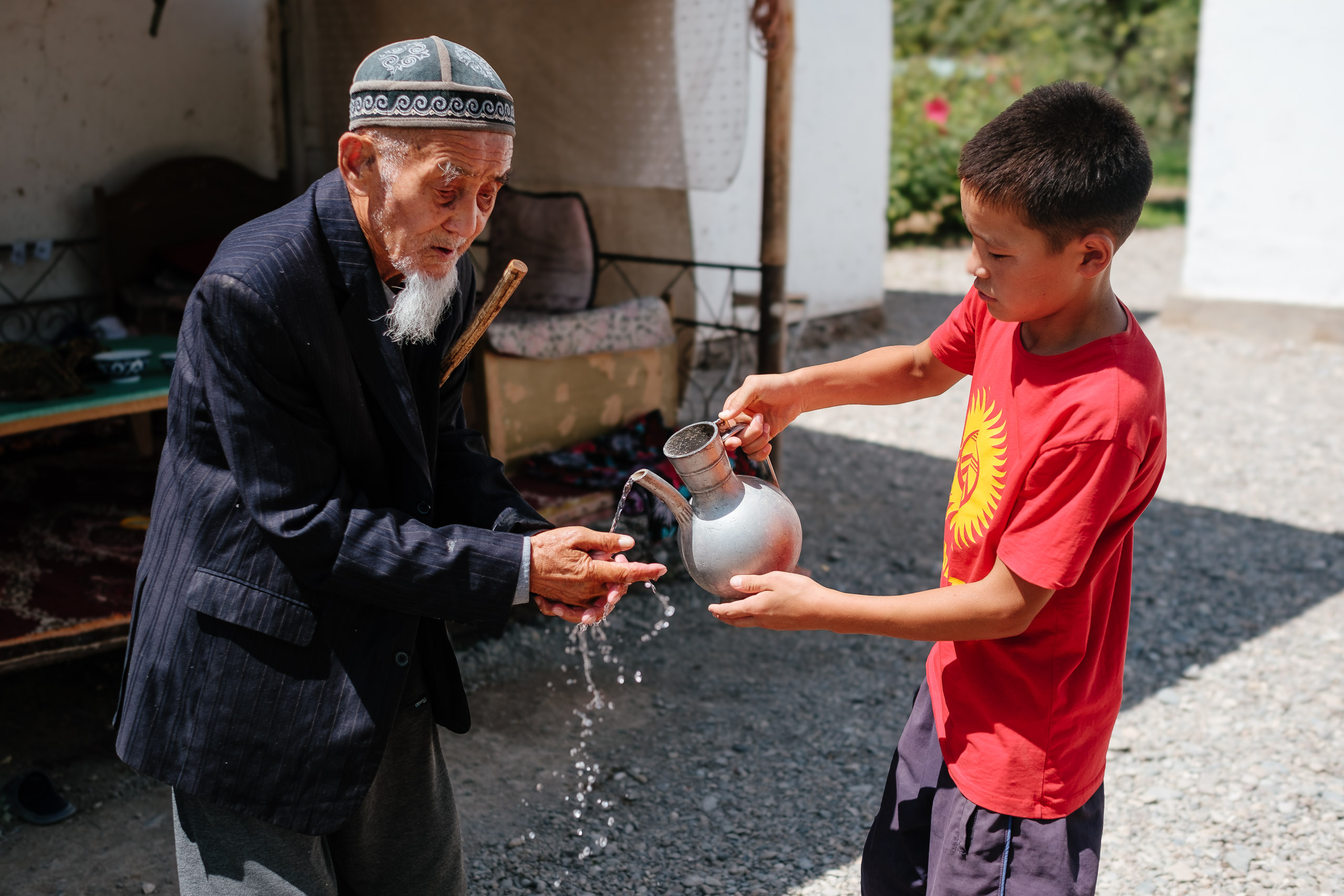
Love it!
Very cool! The bulls in the street would have been terrifying